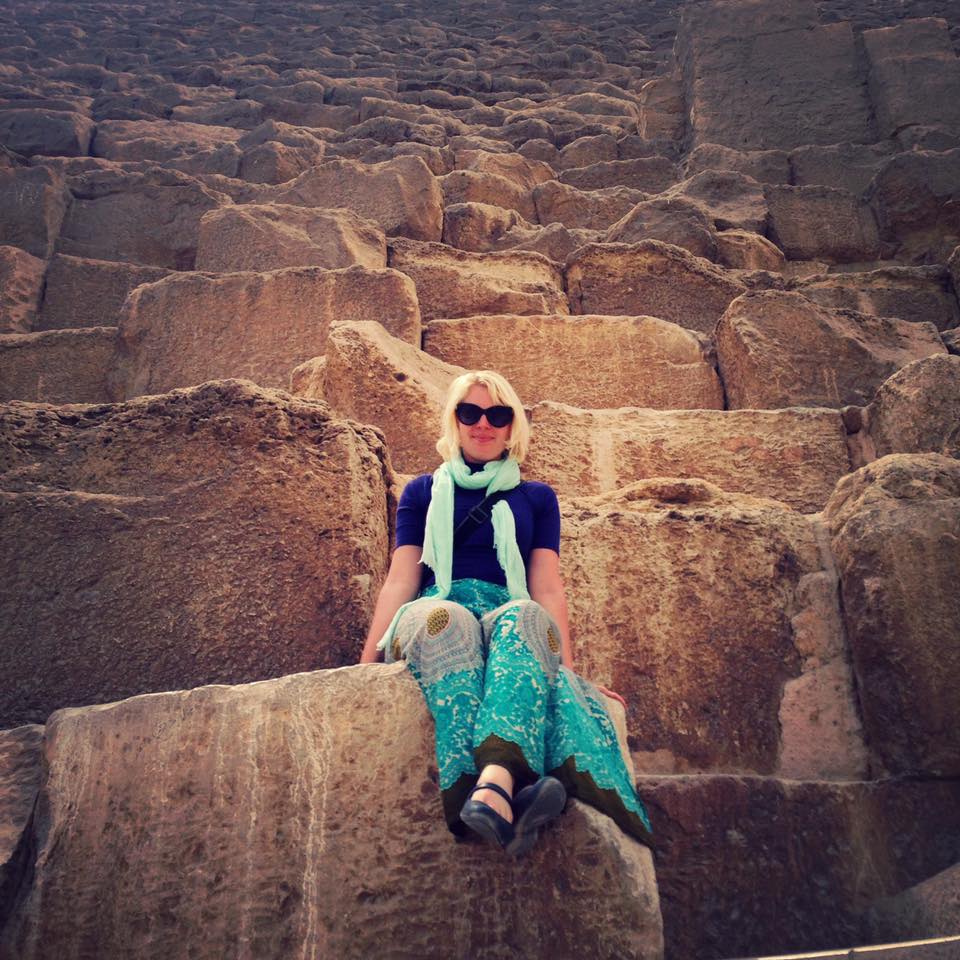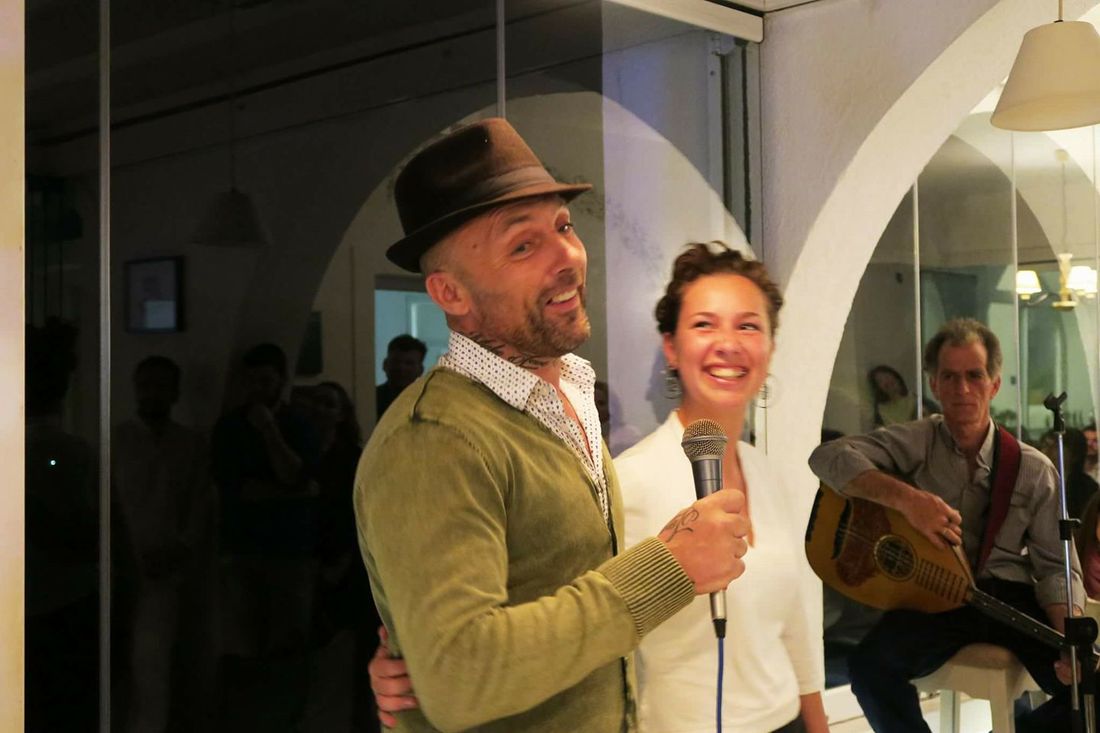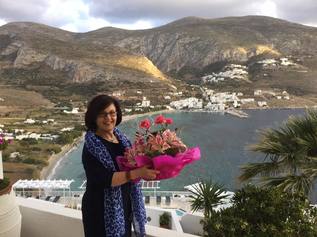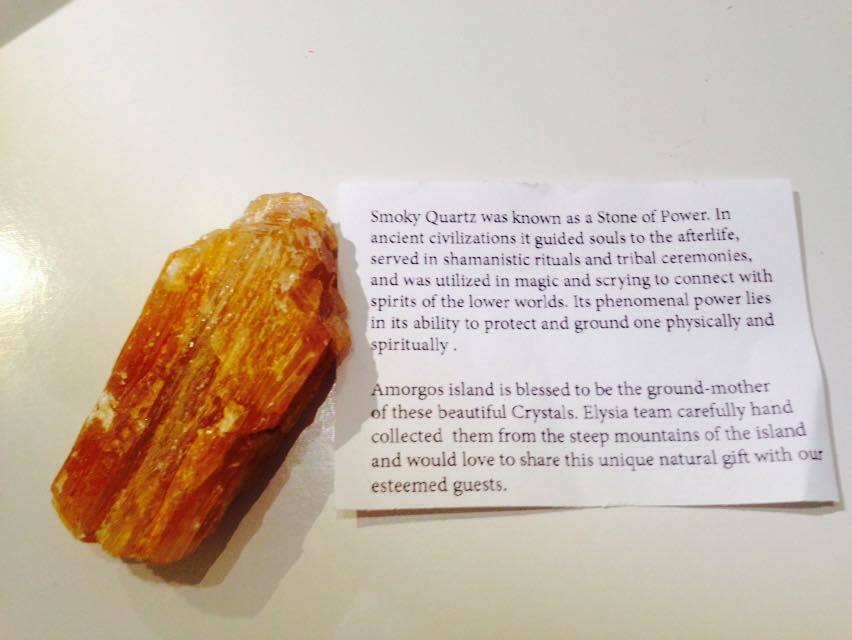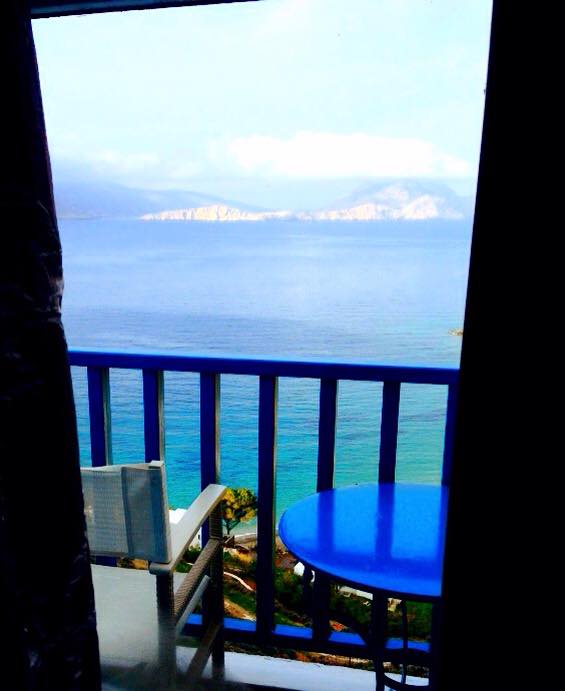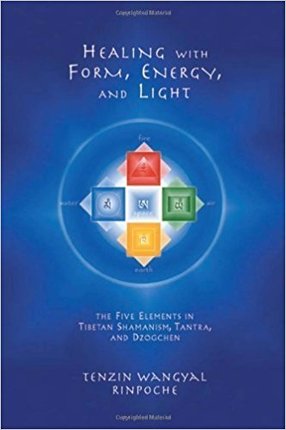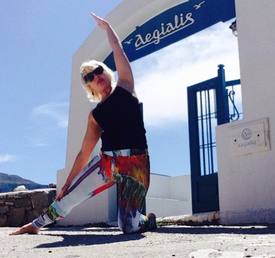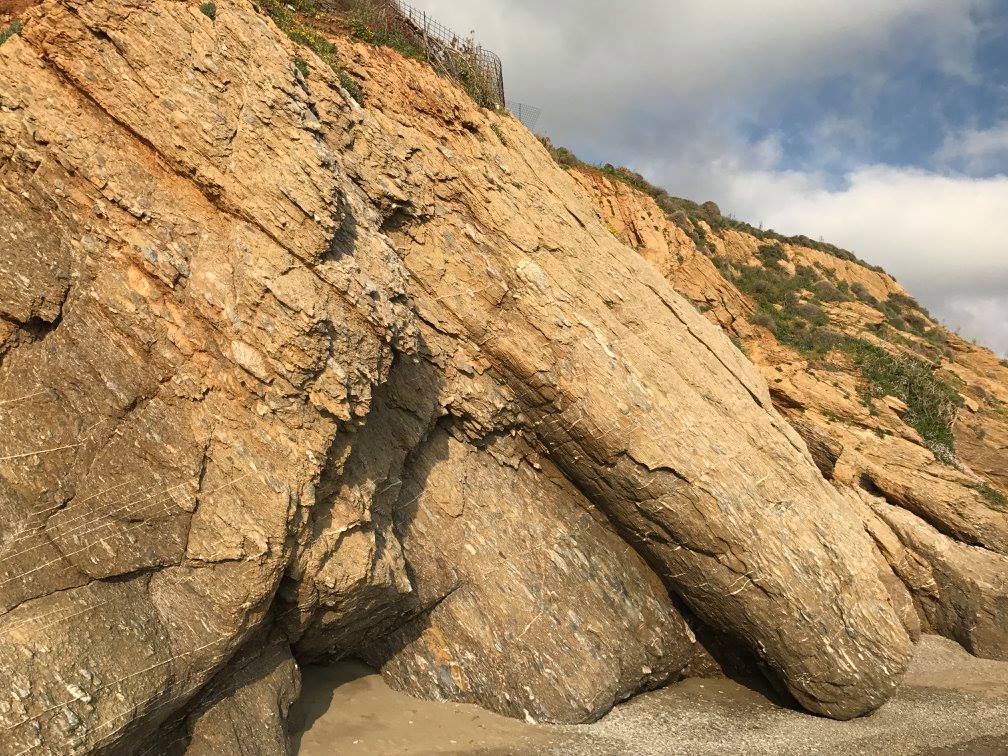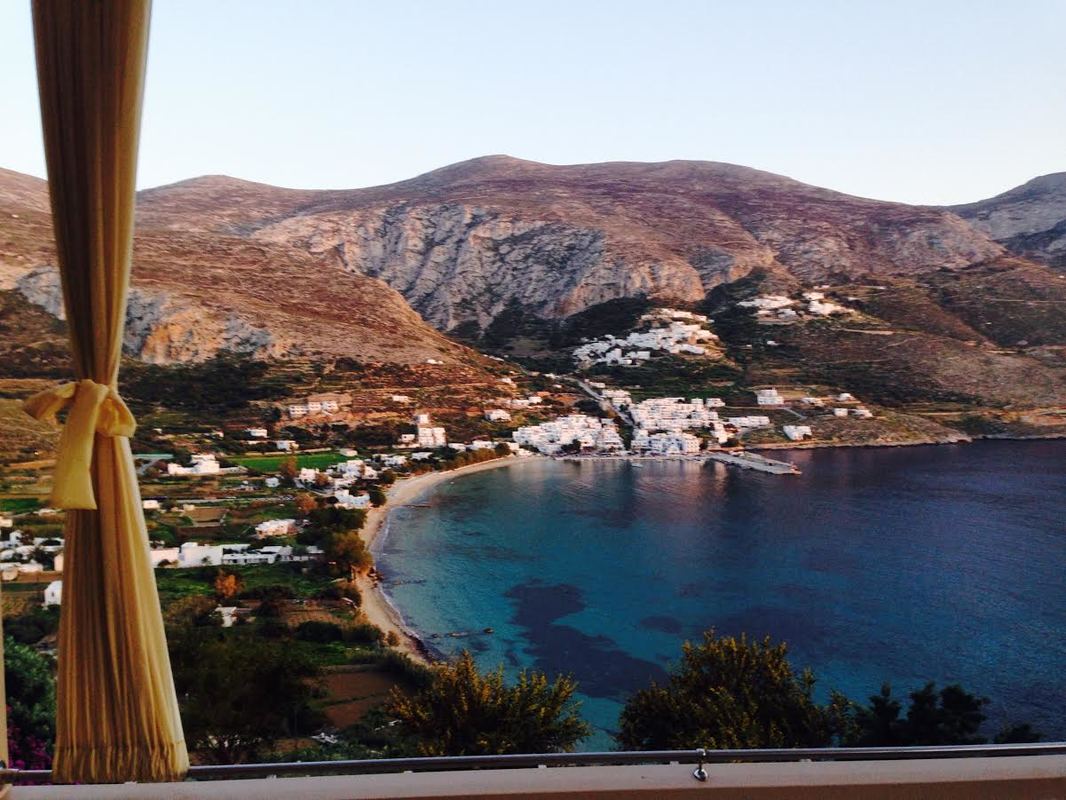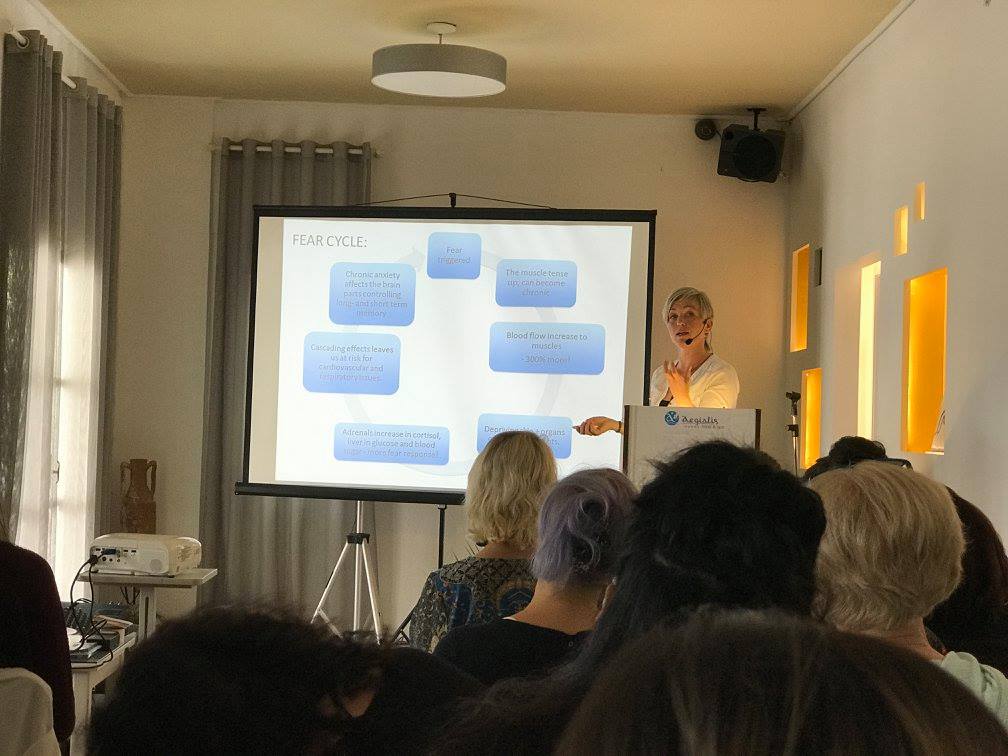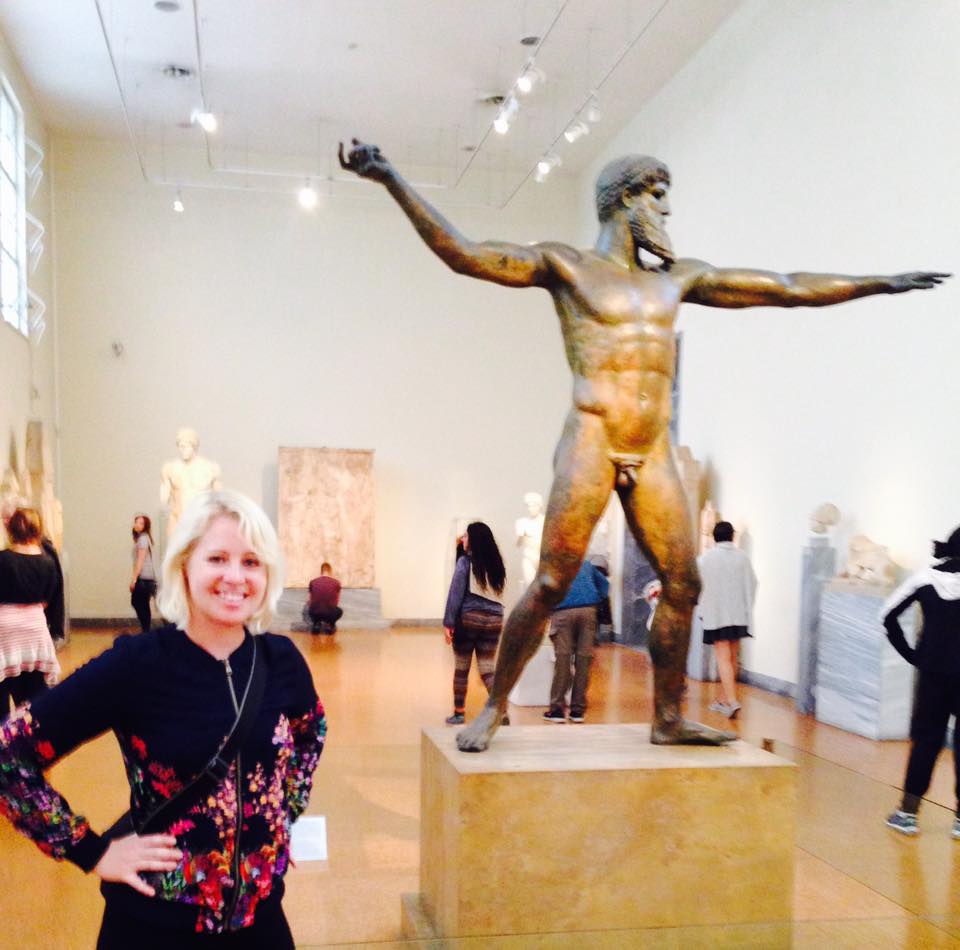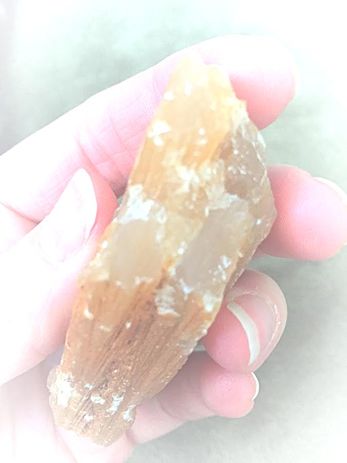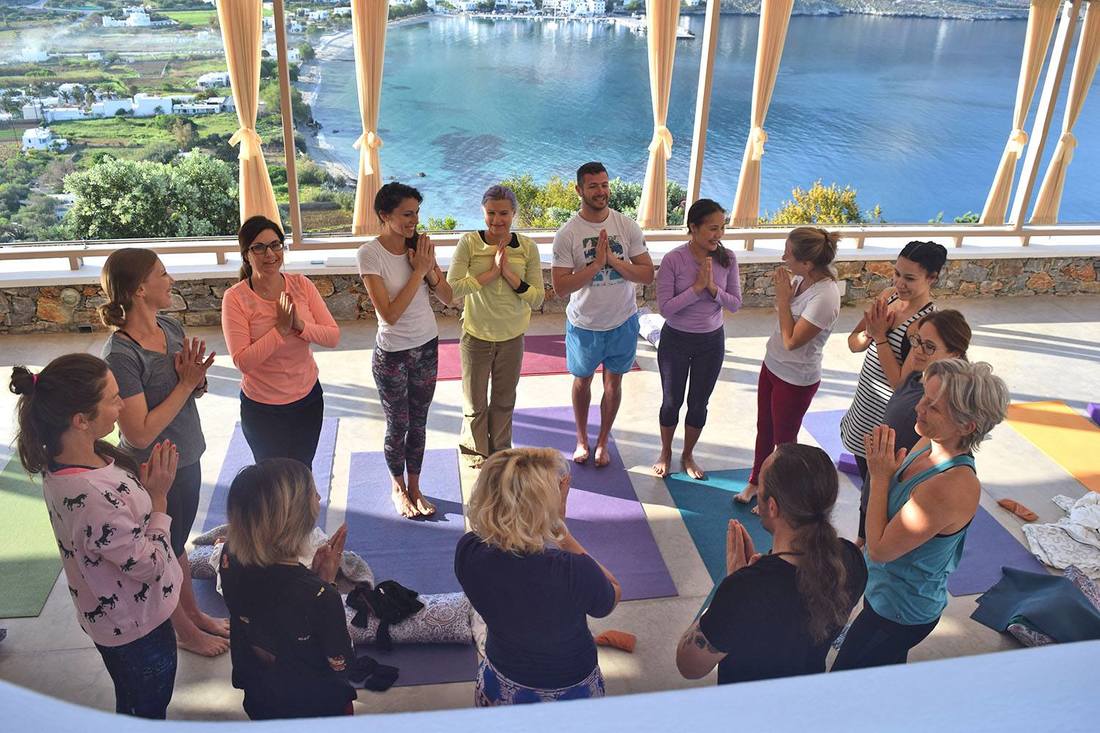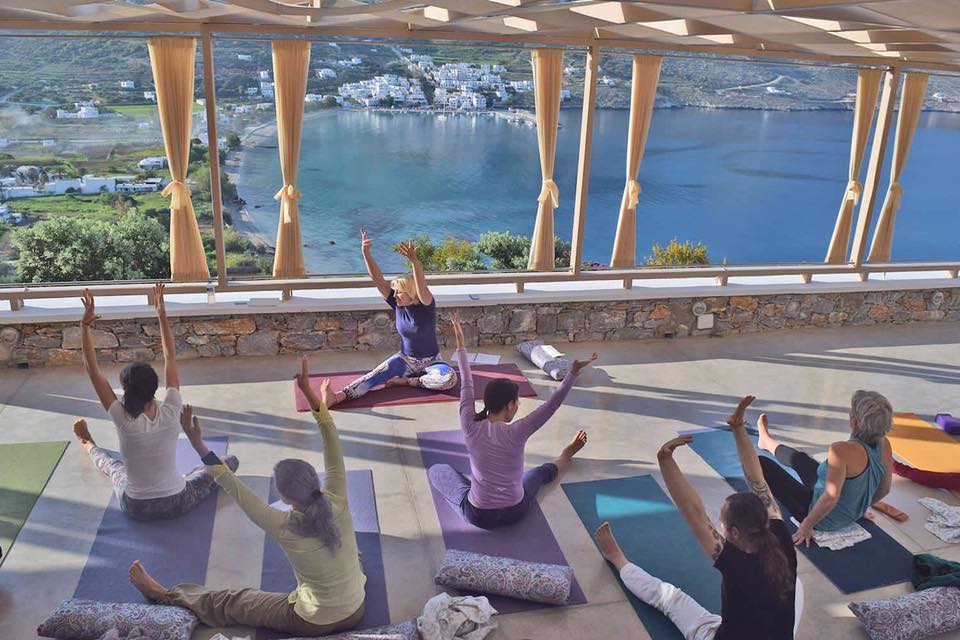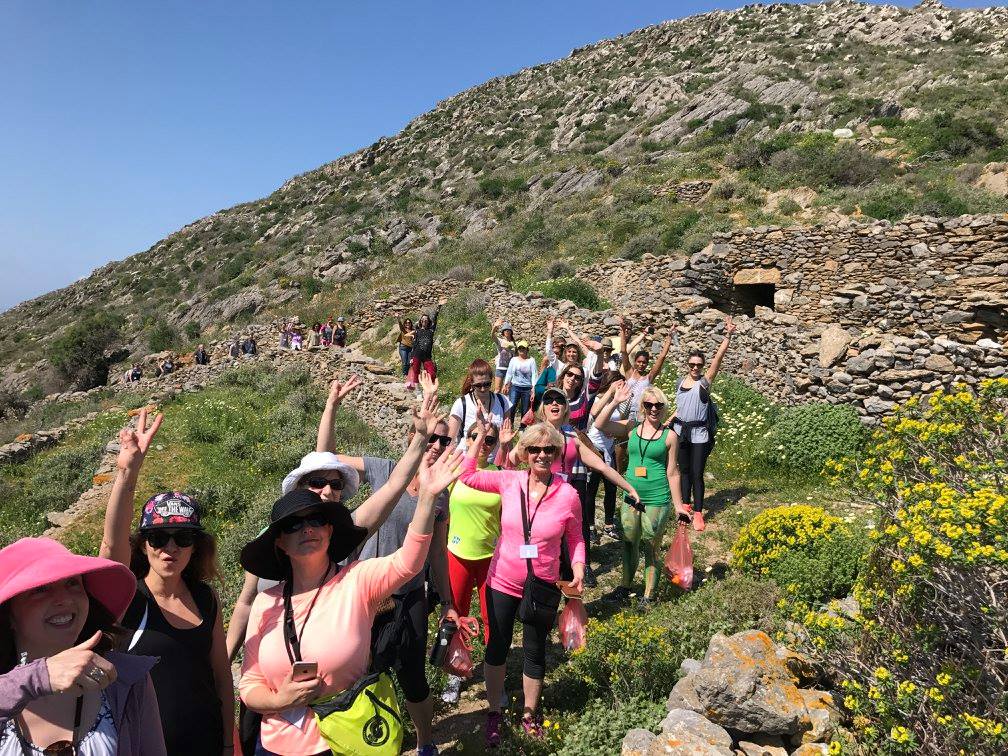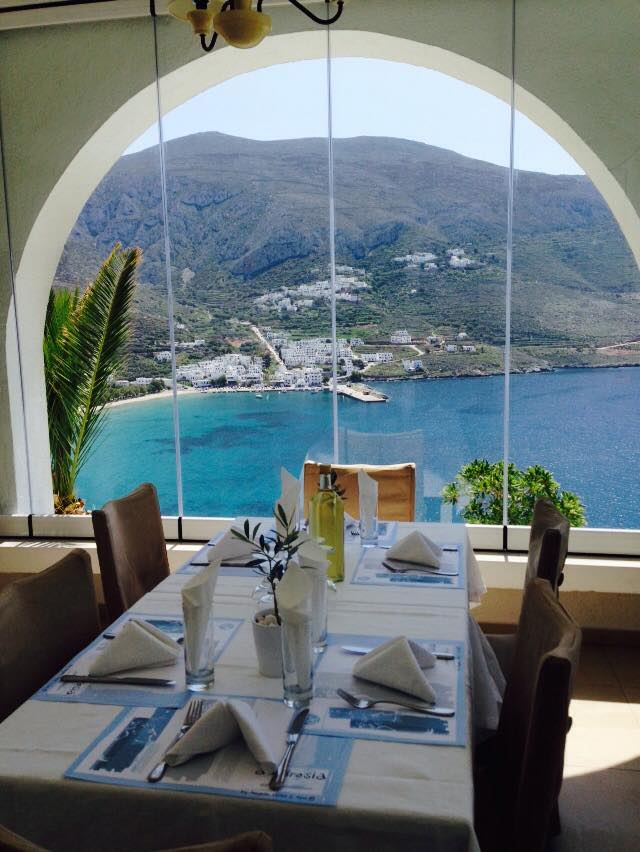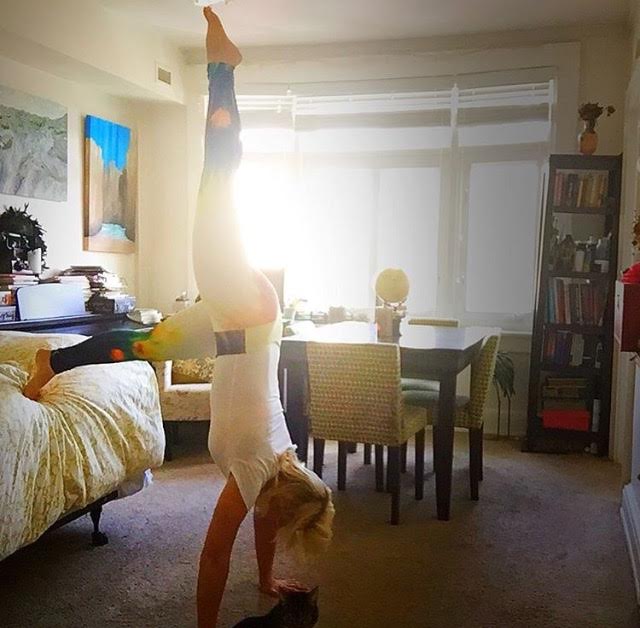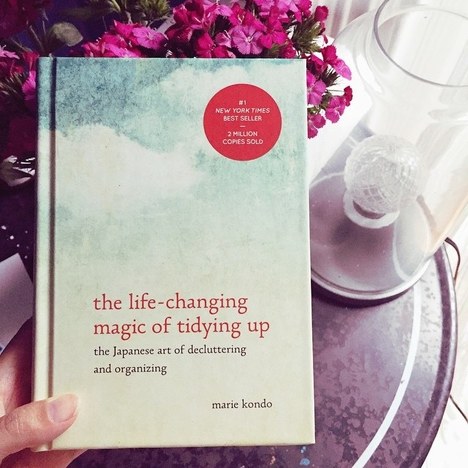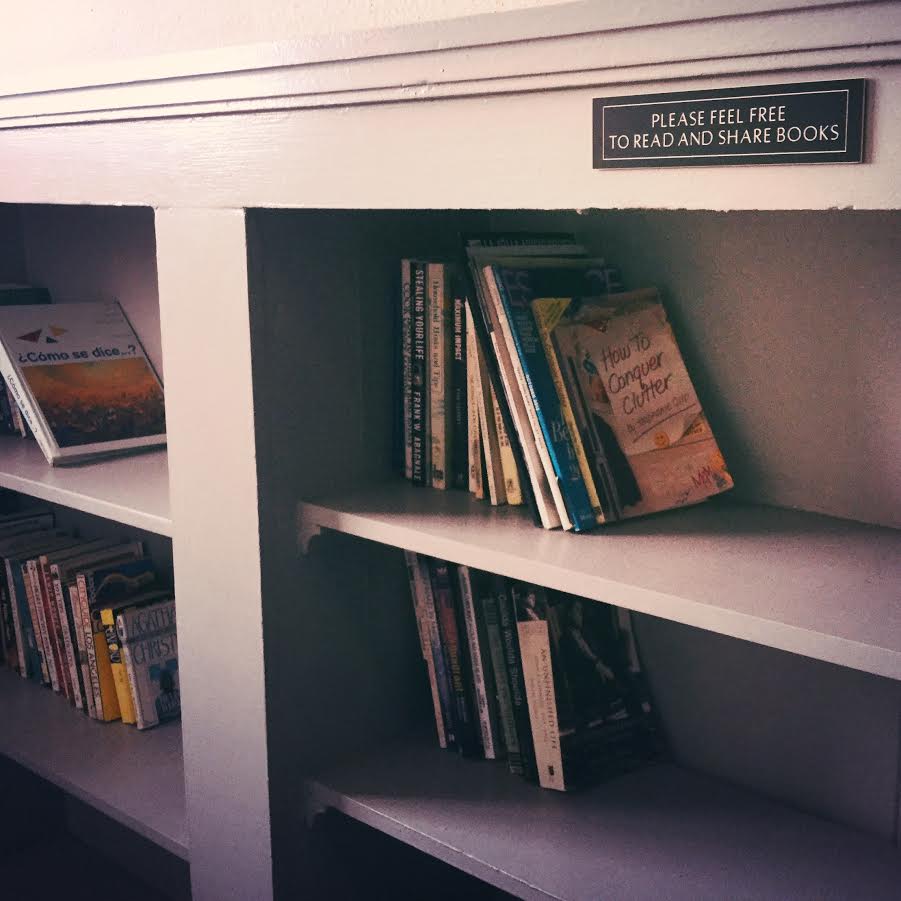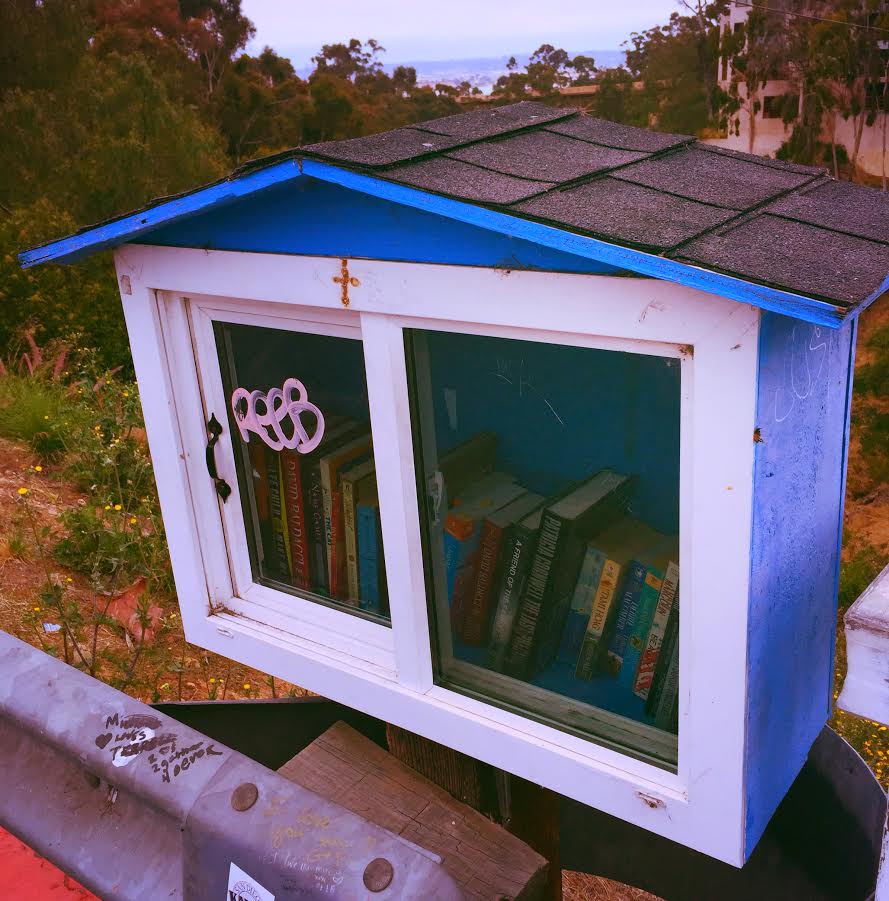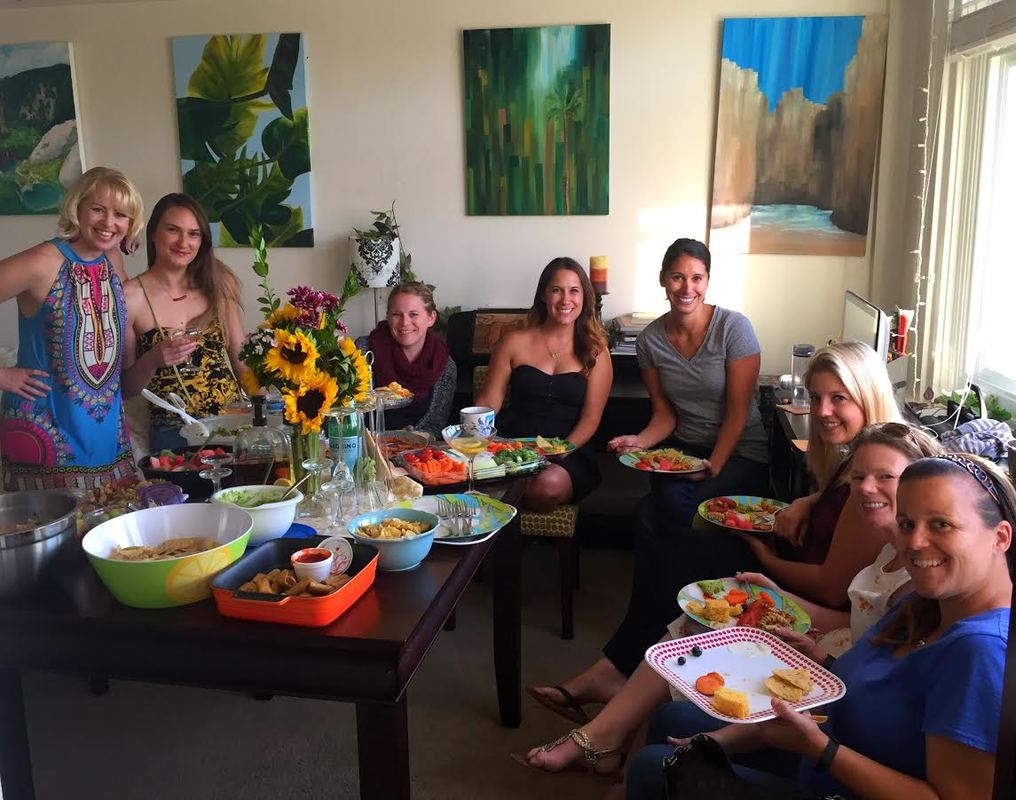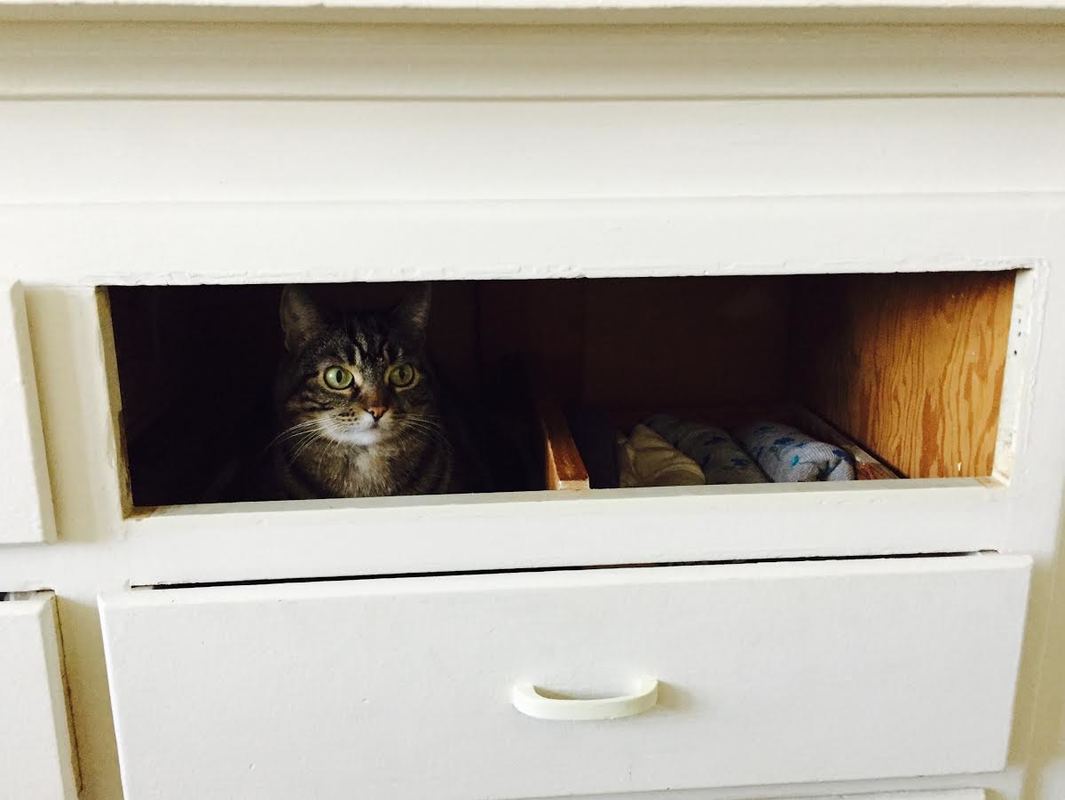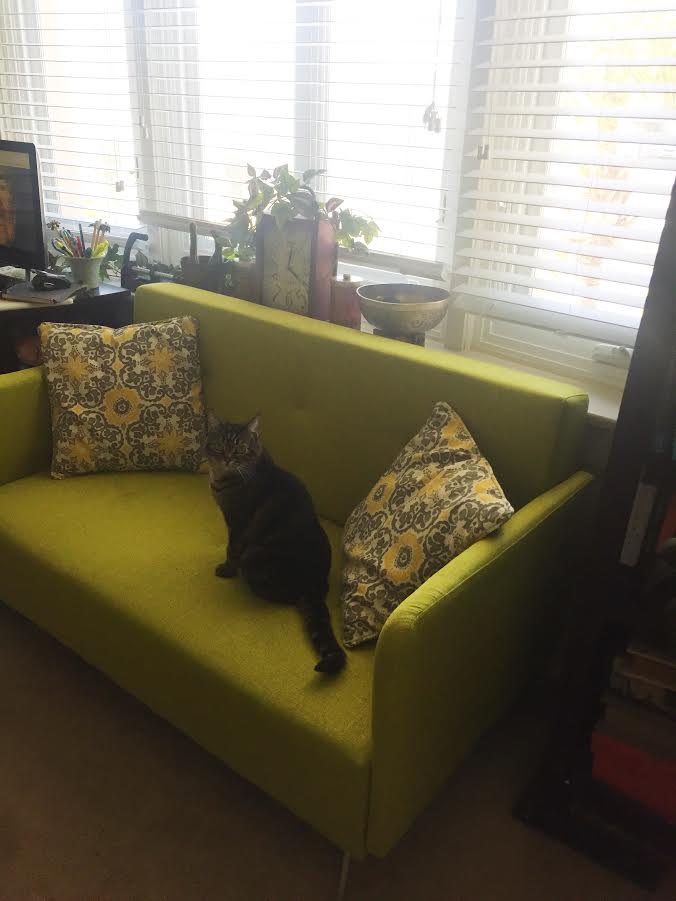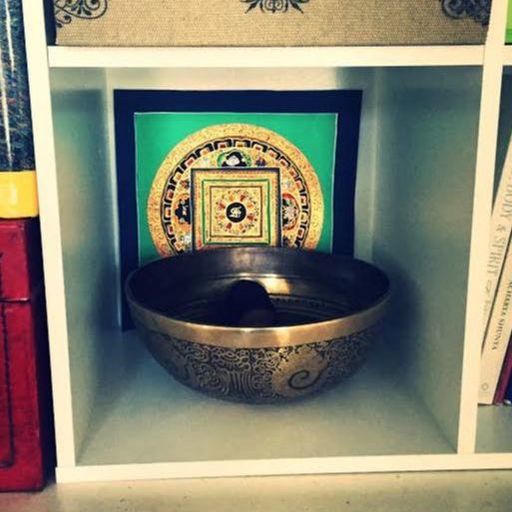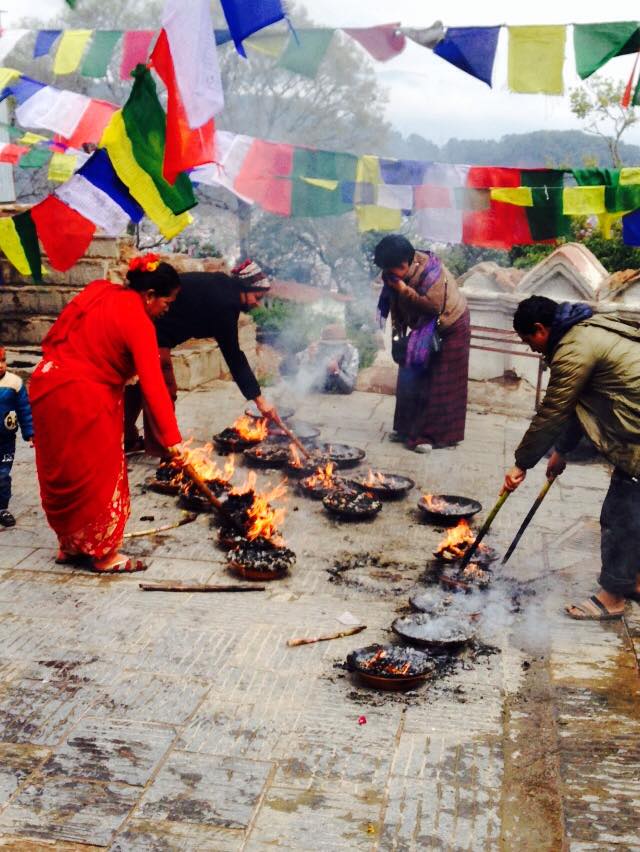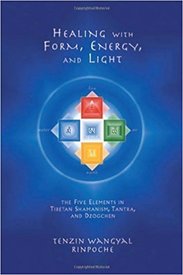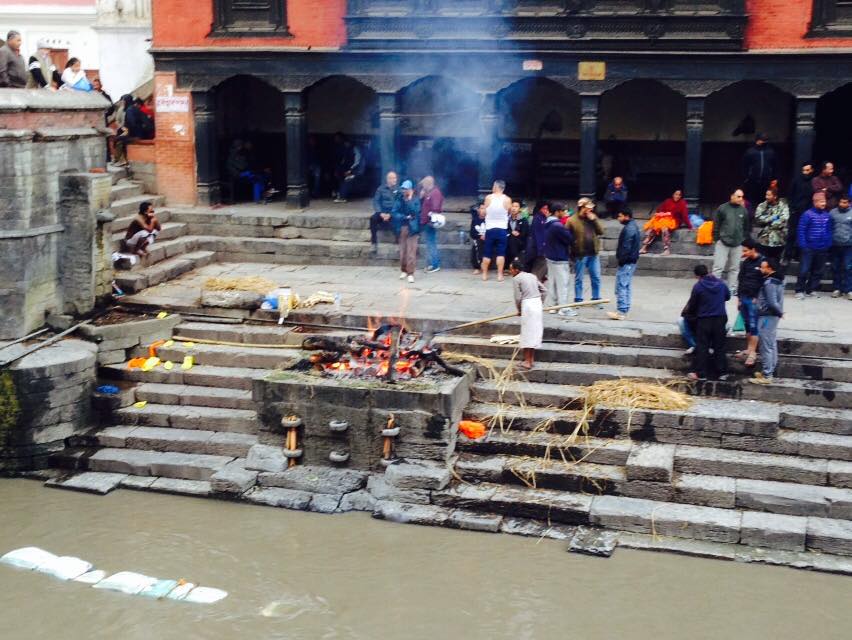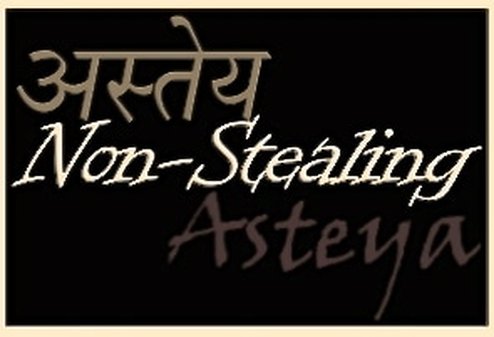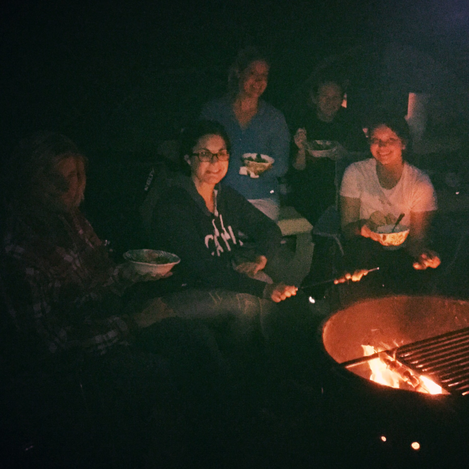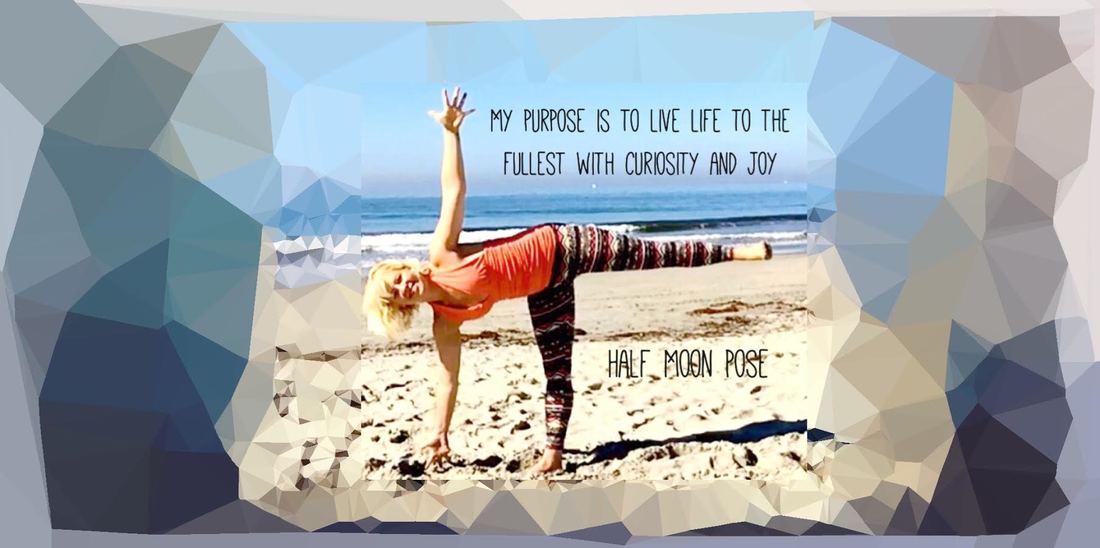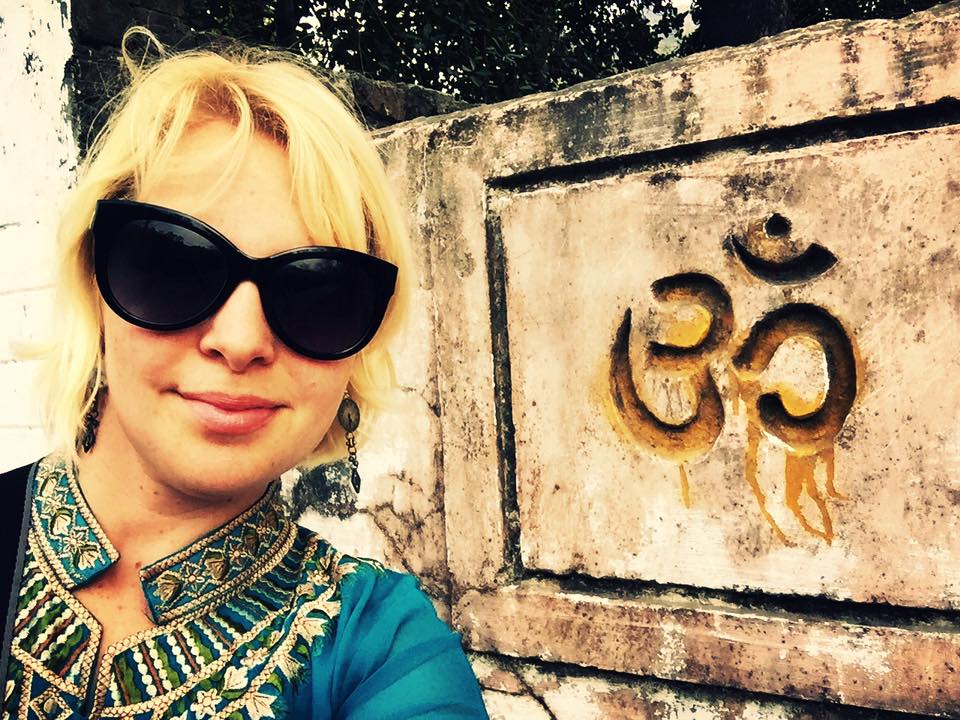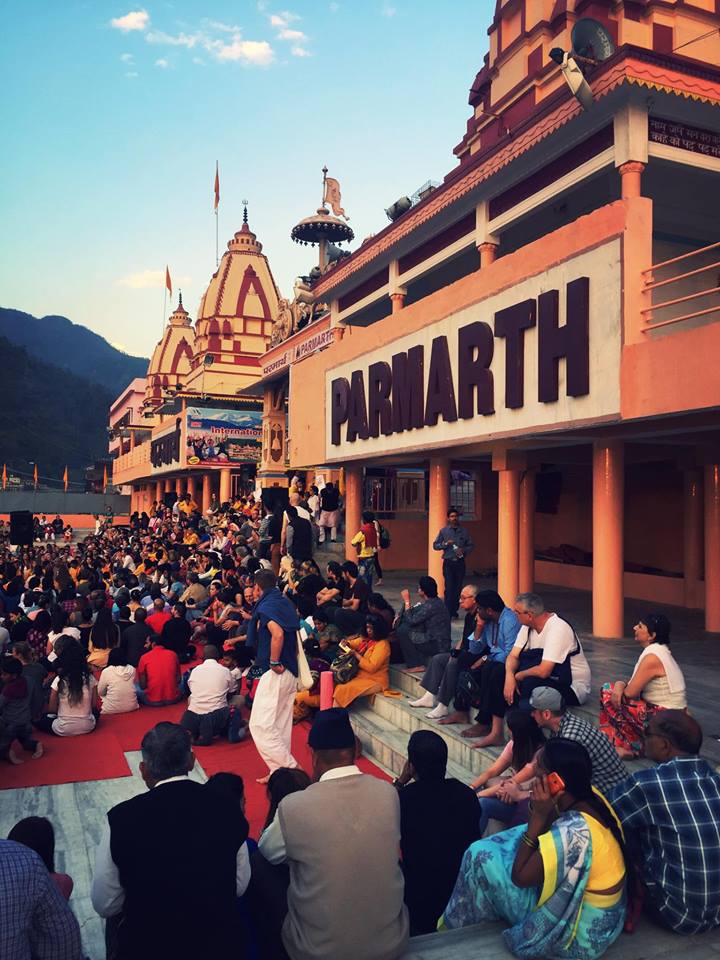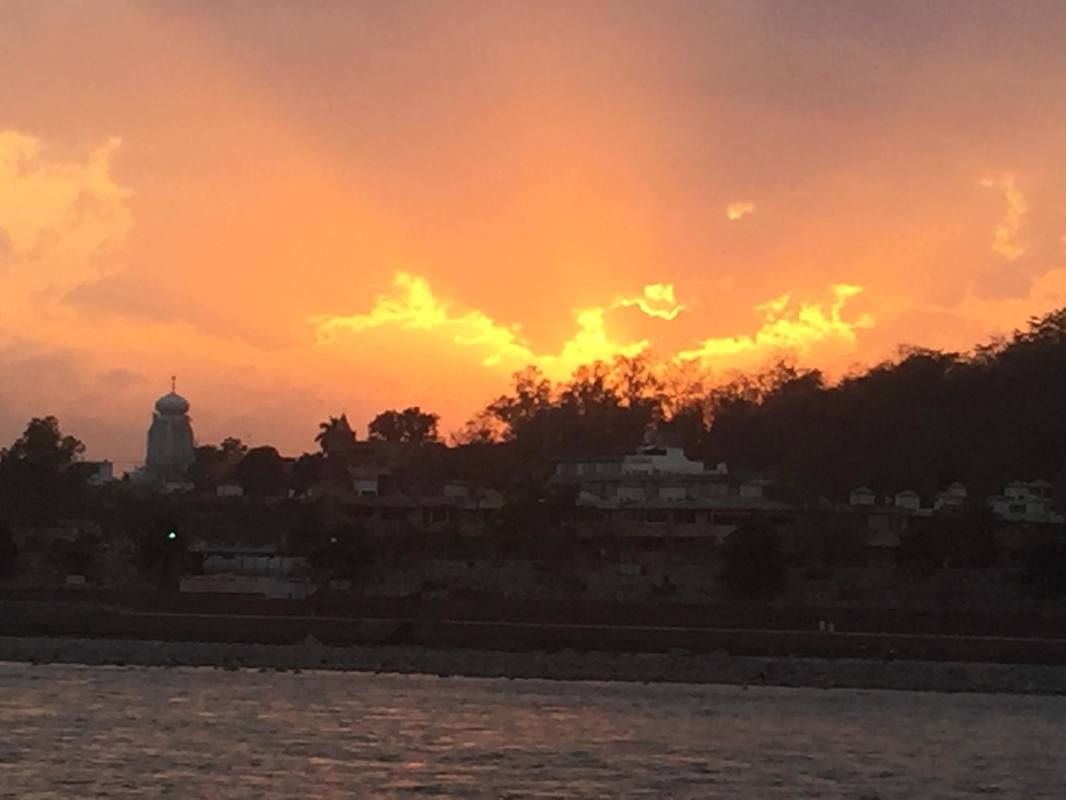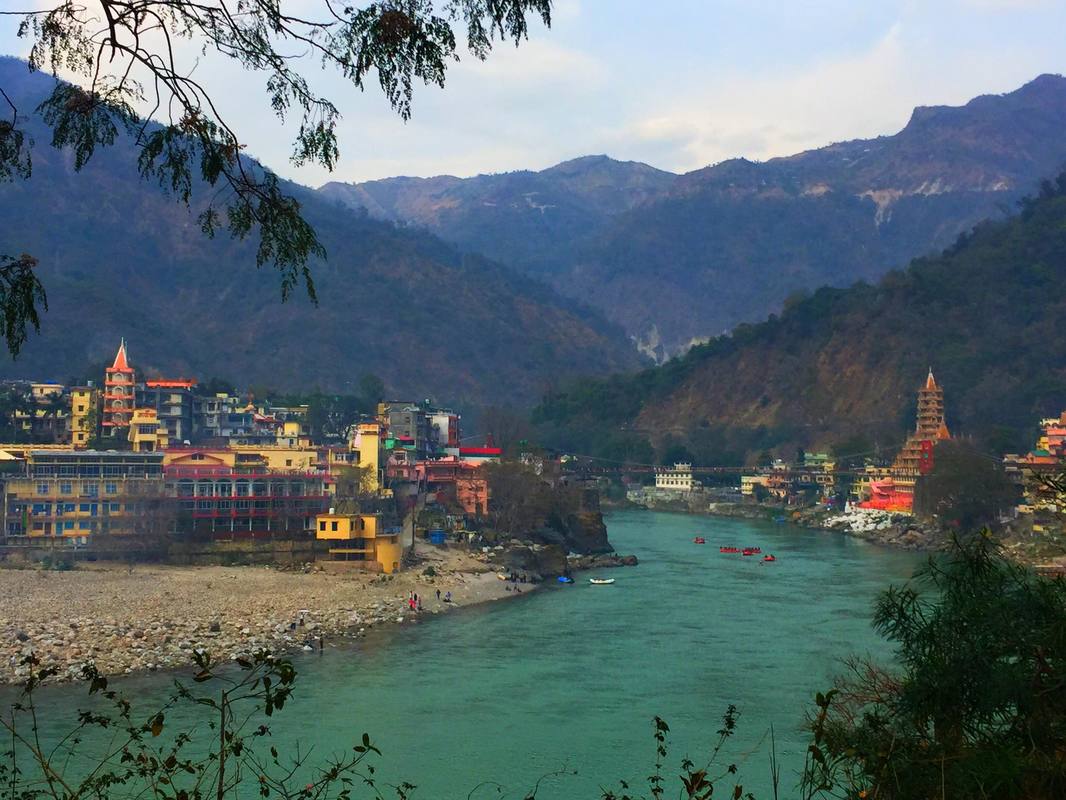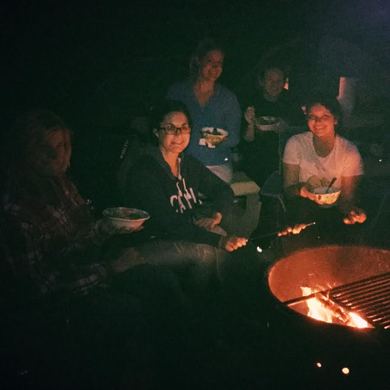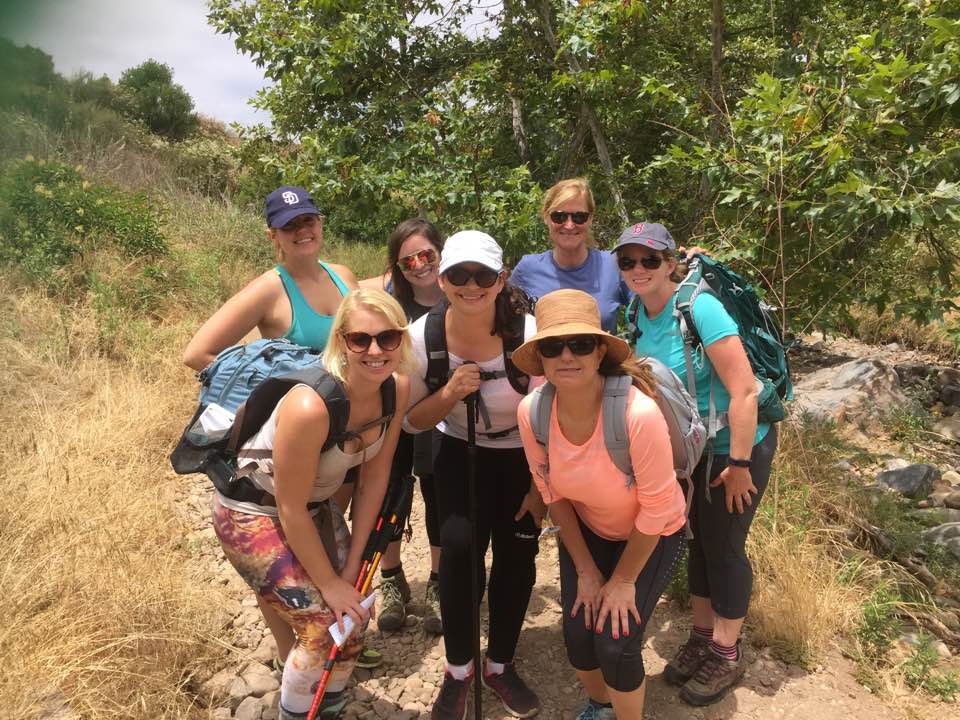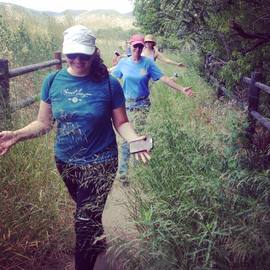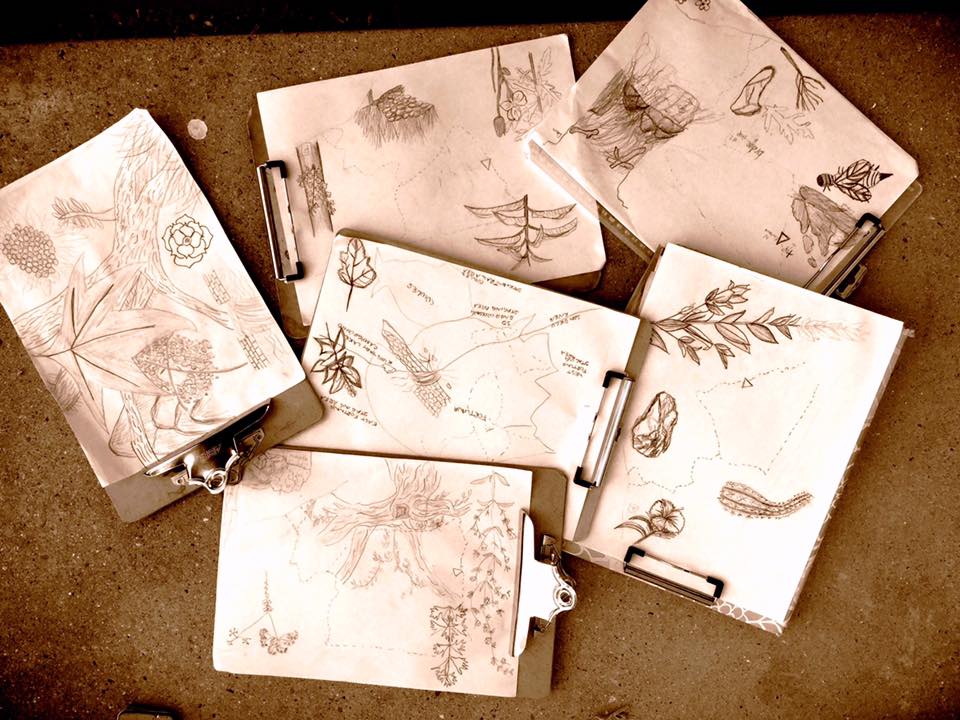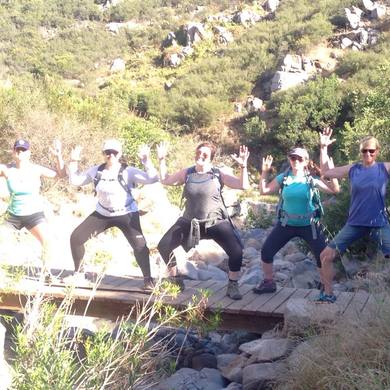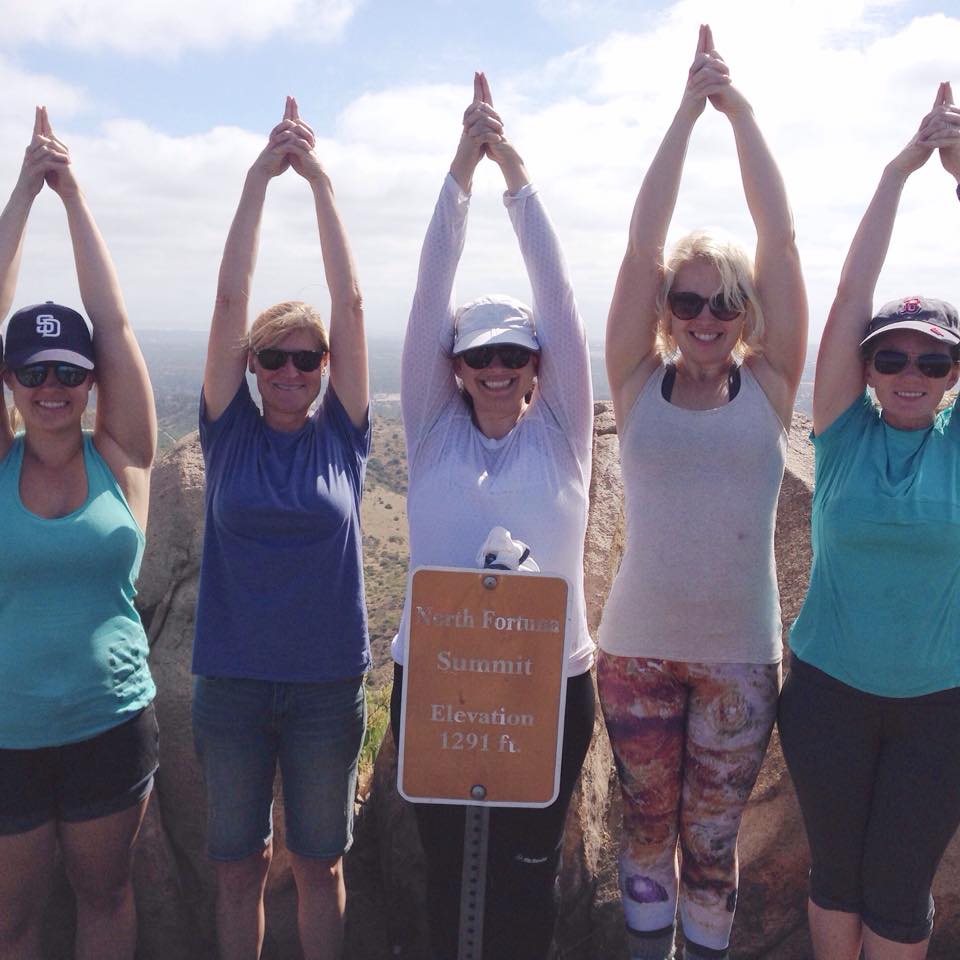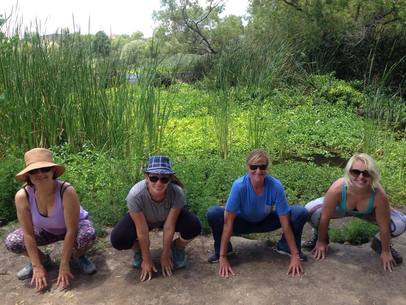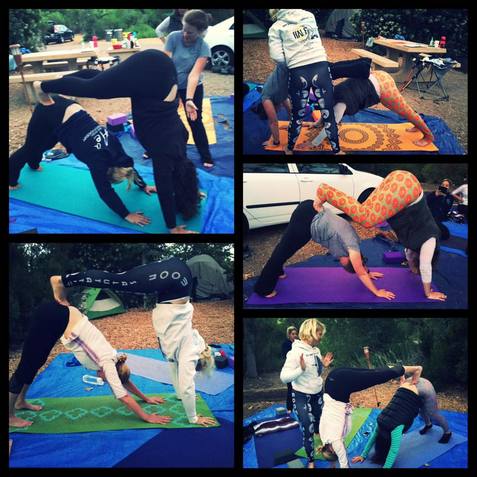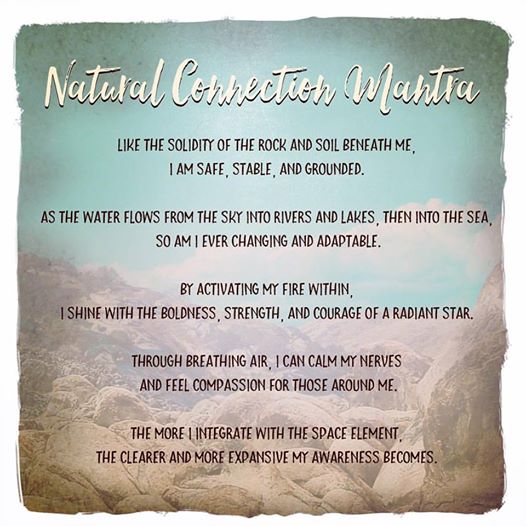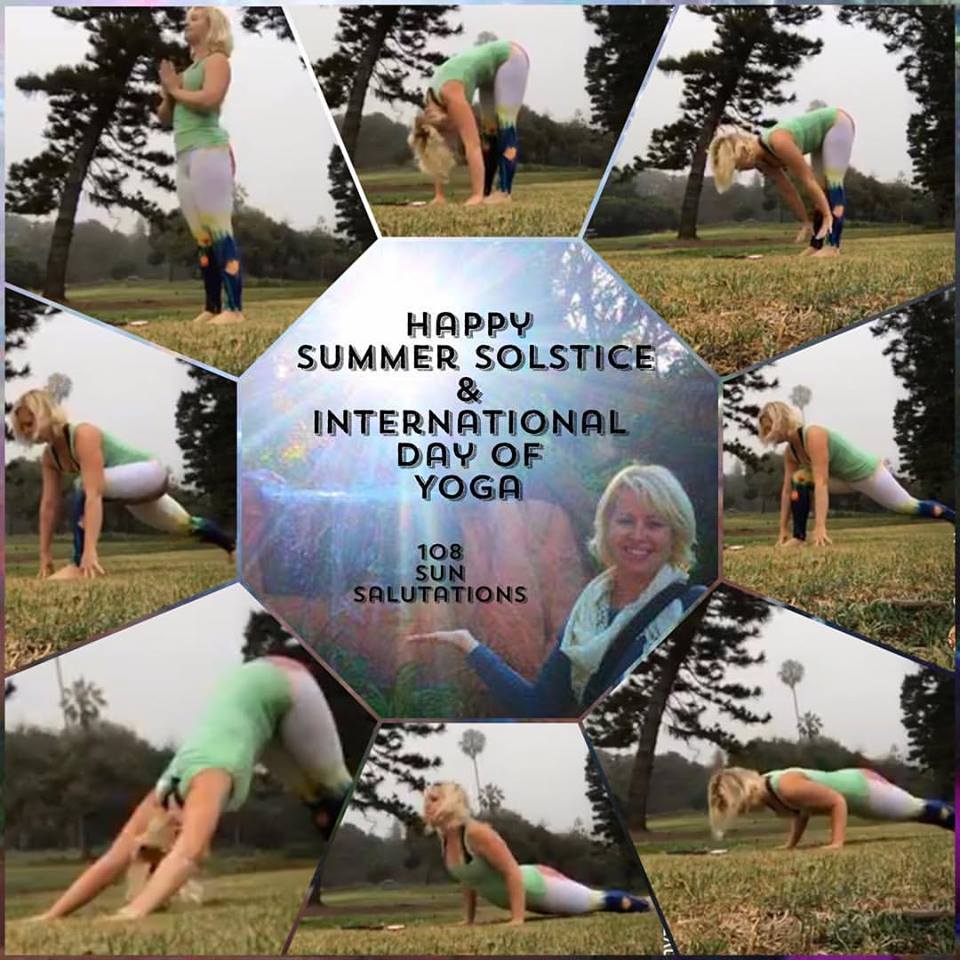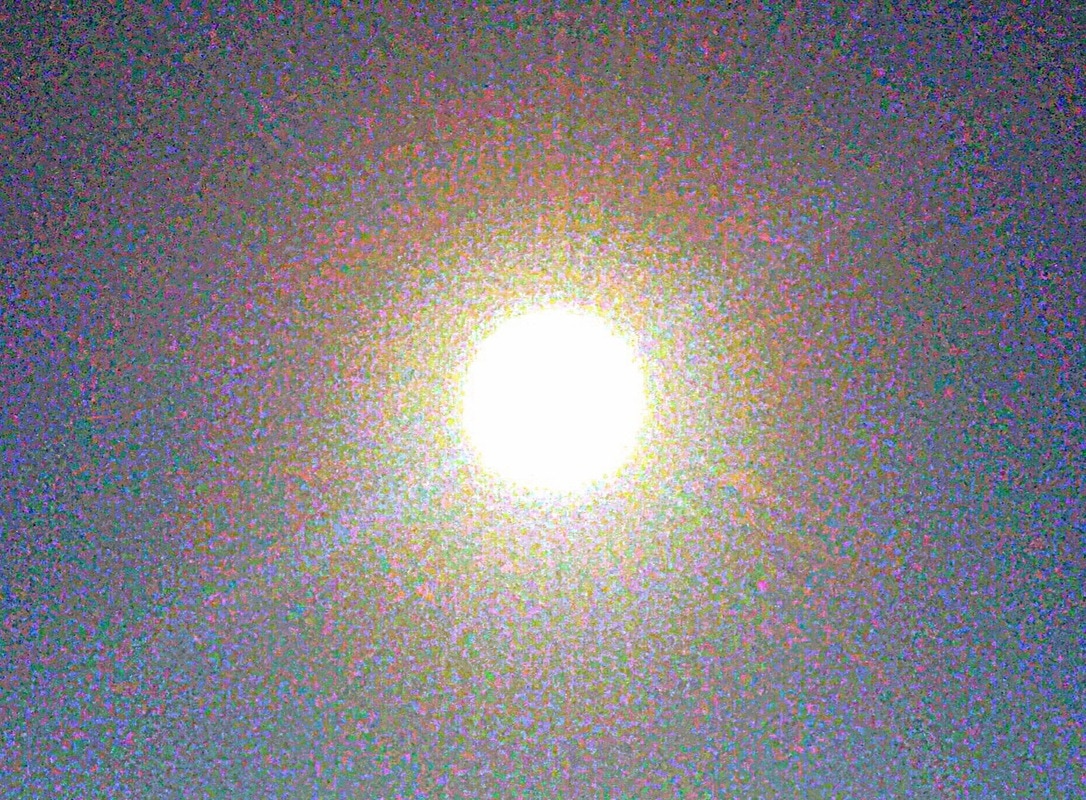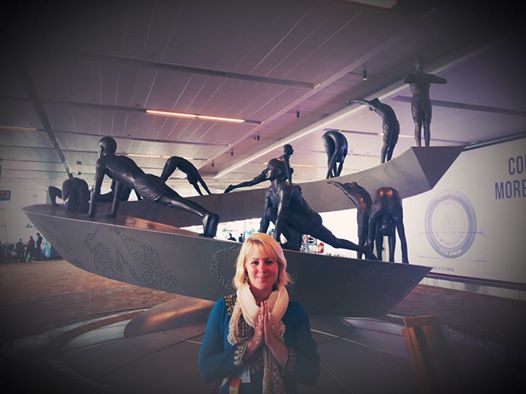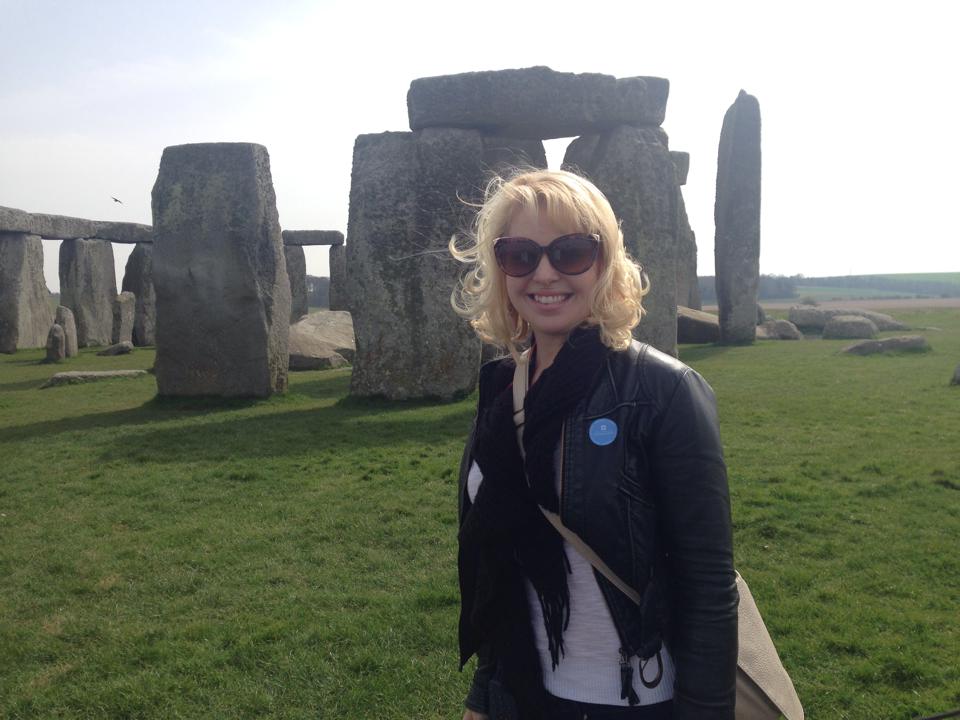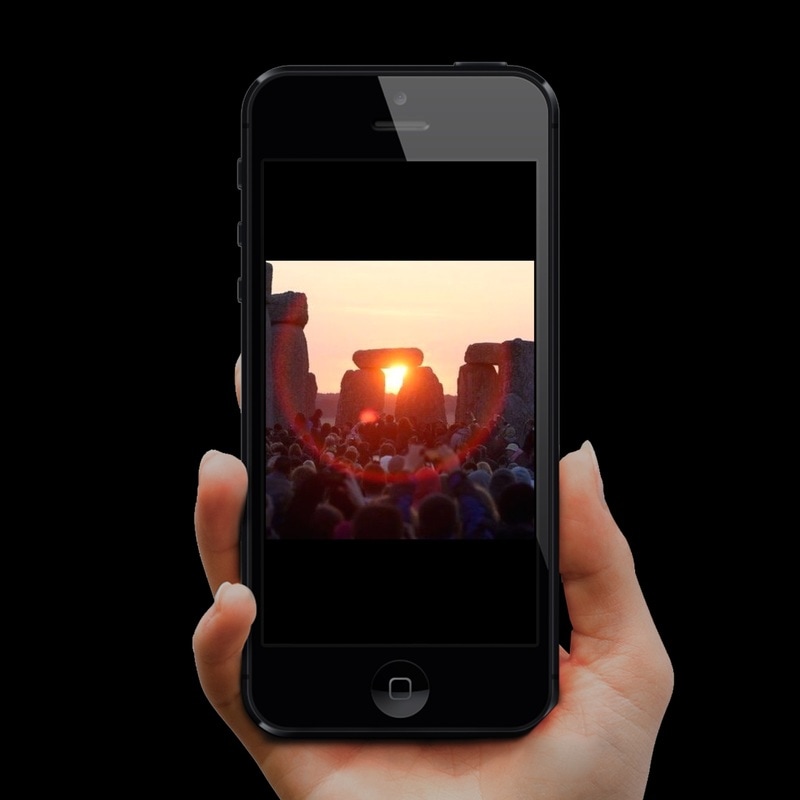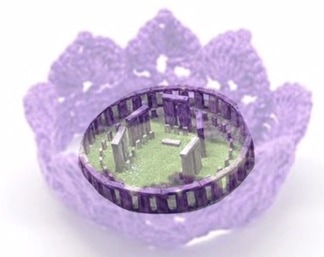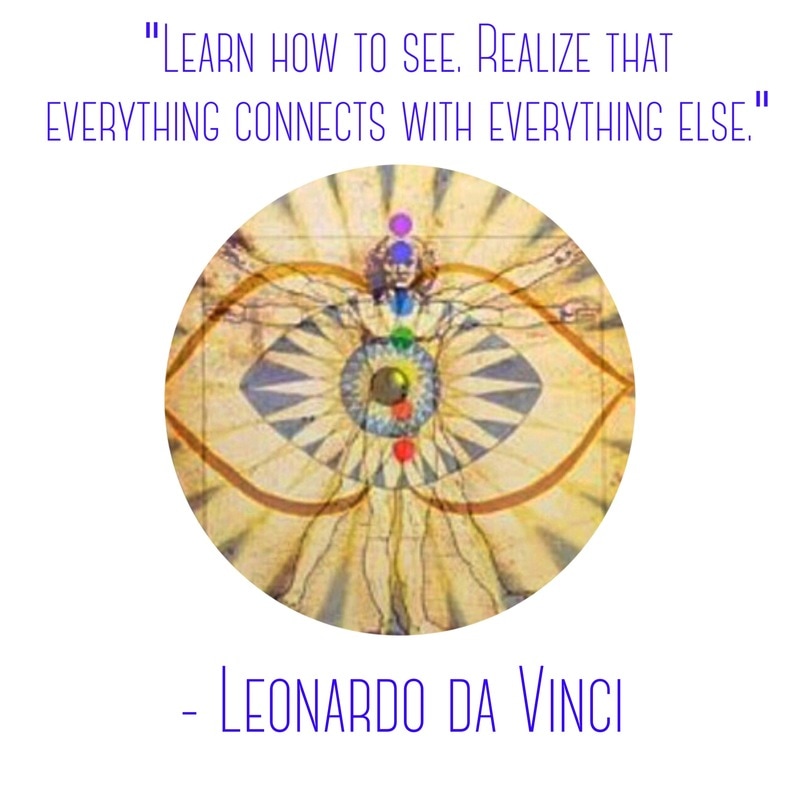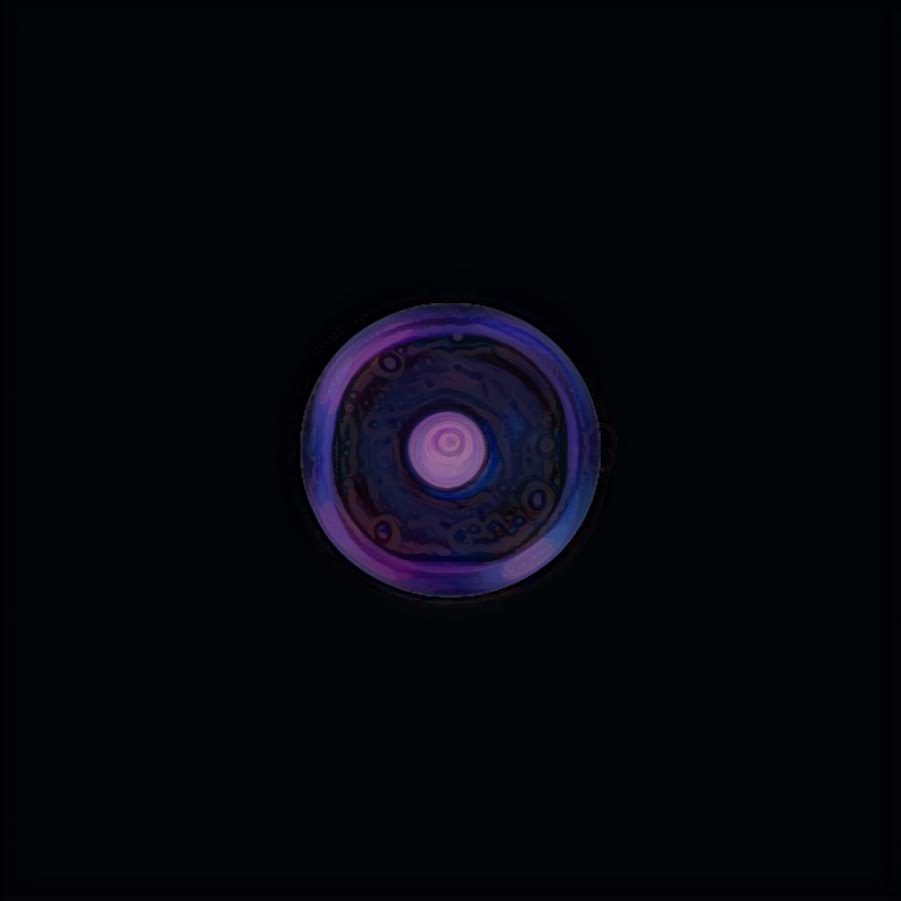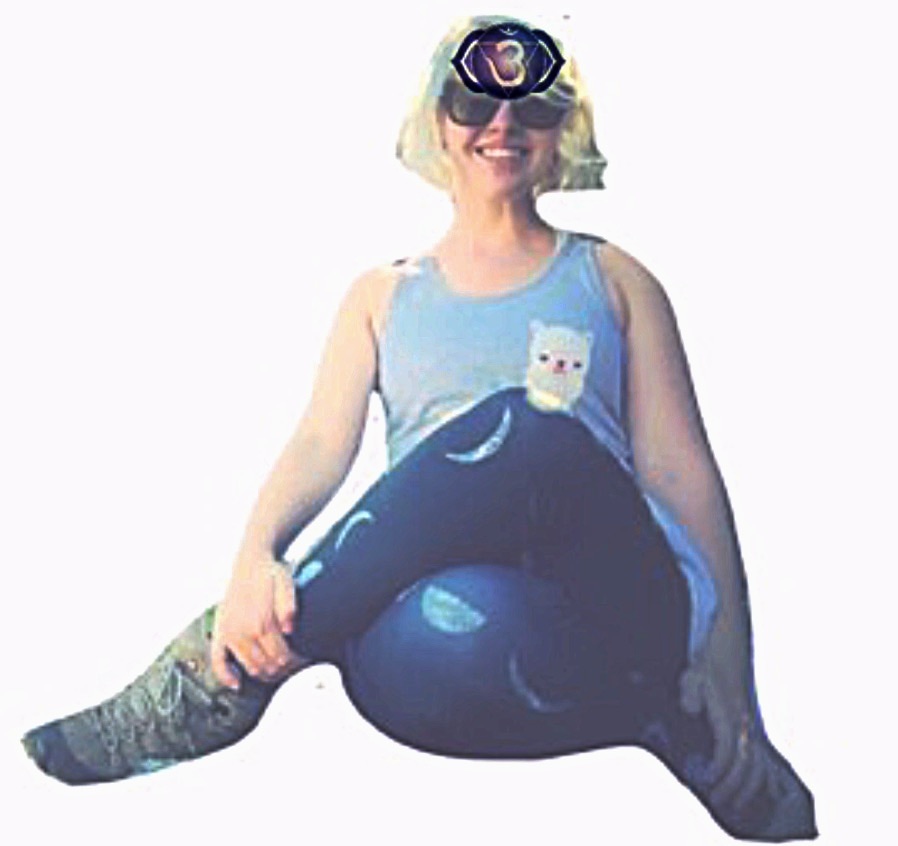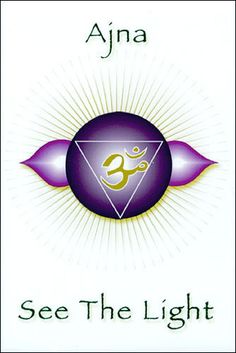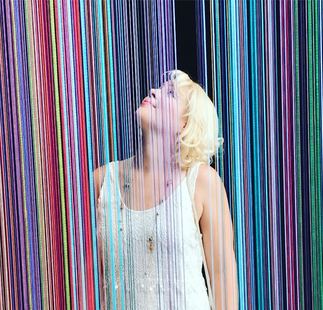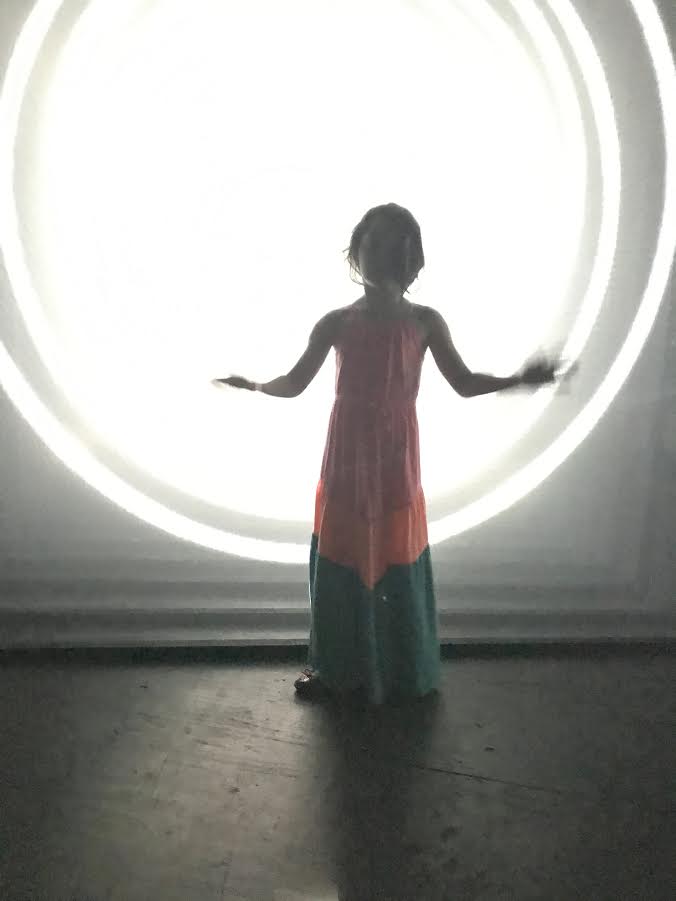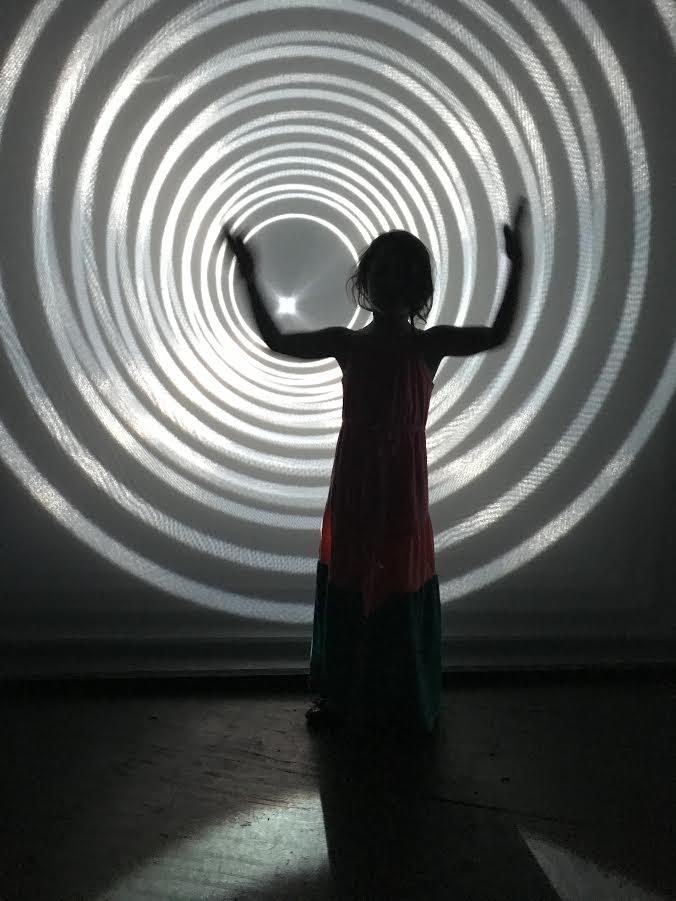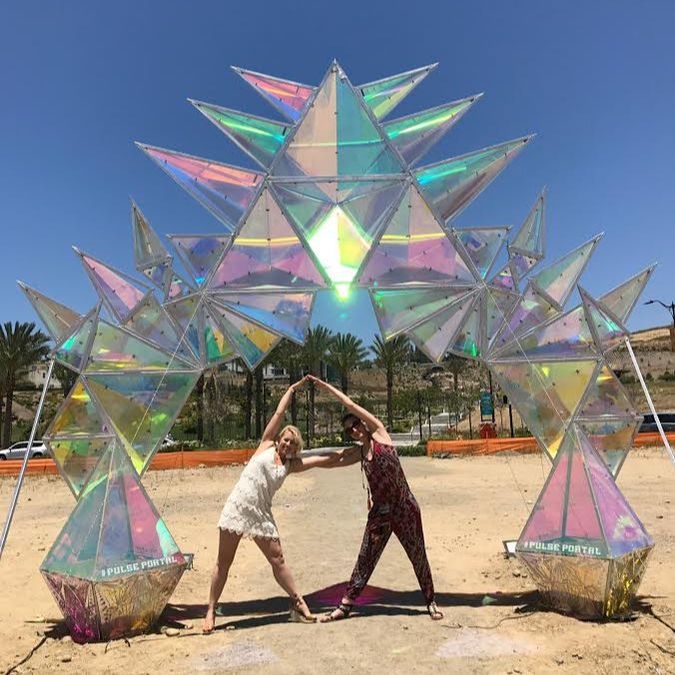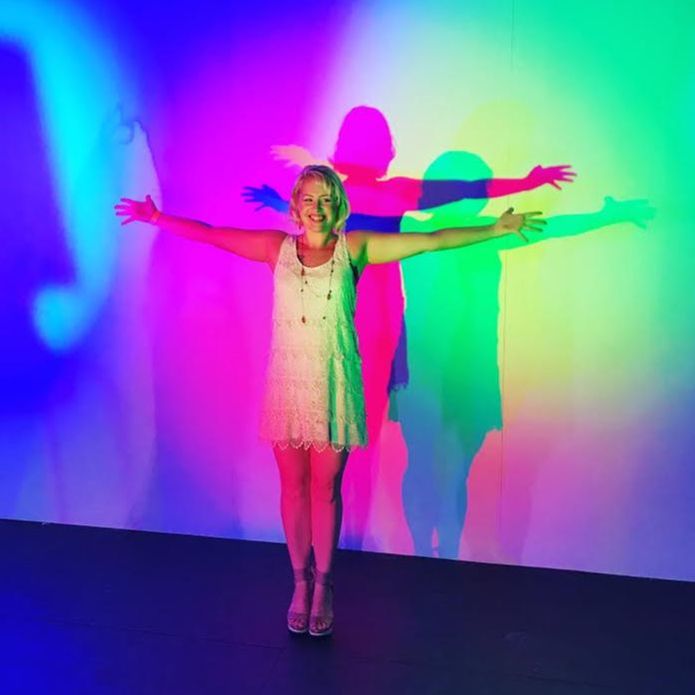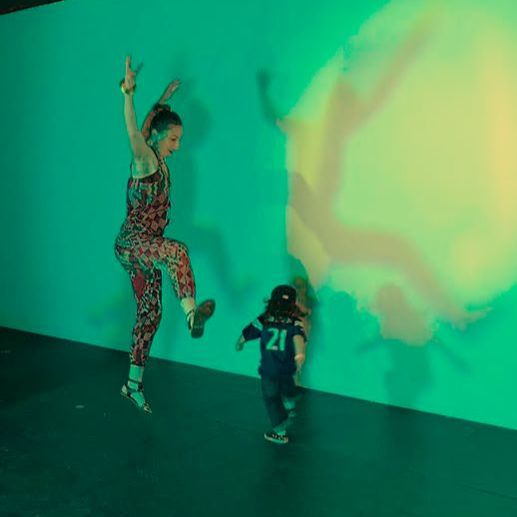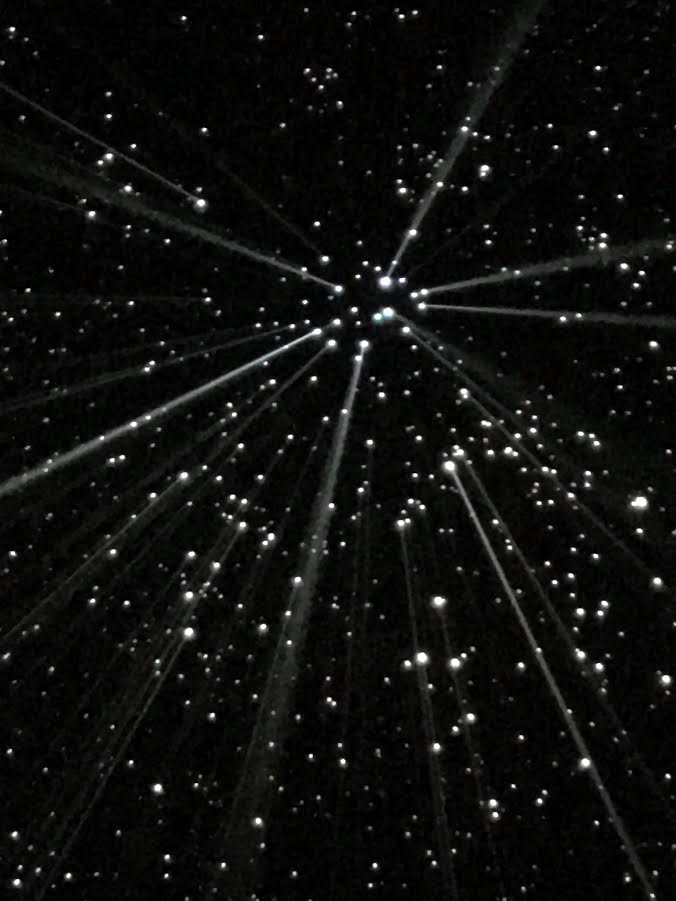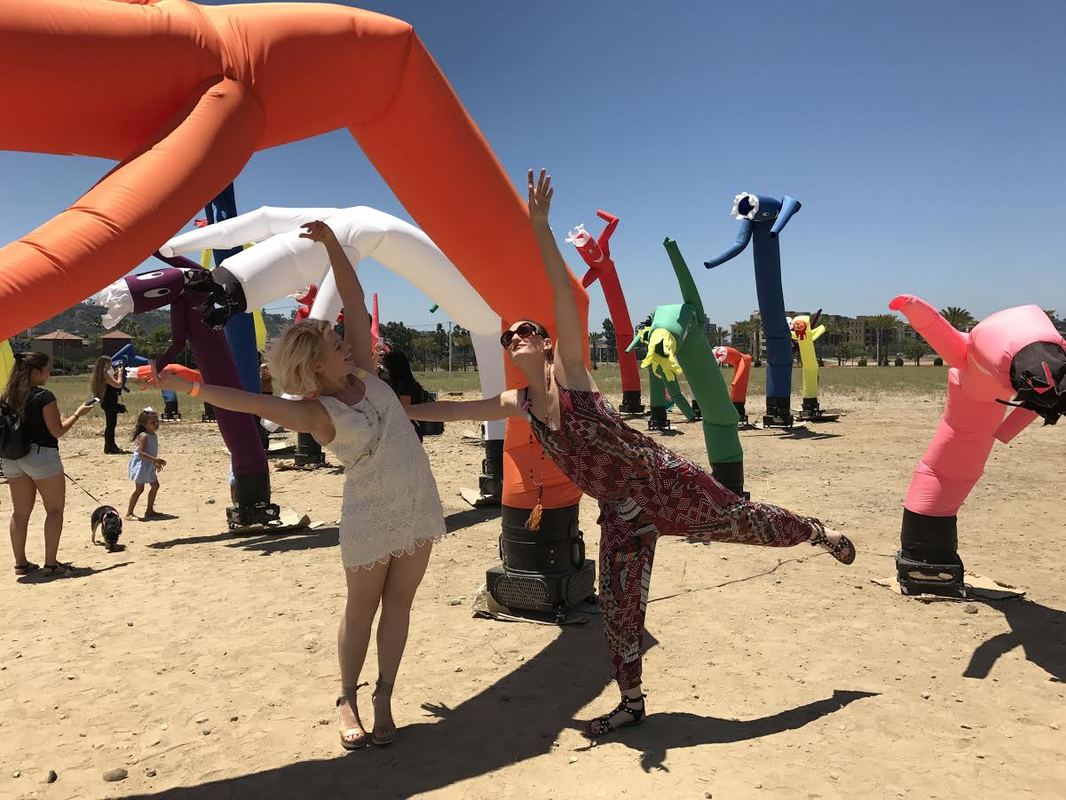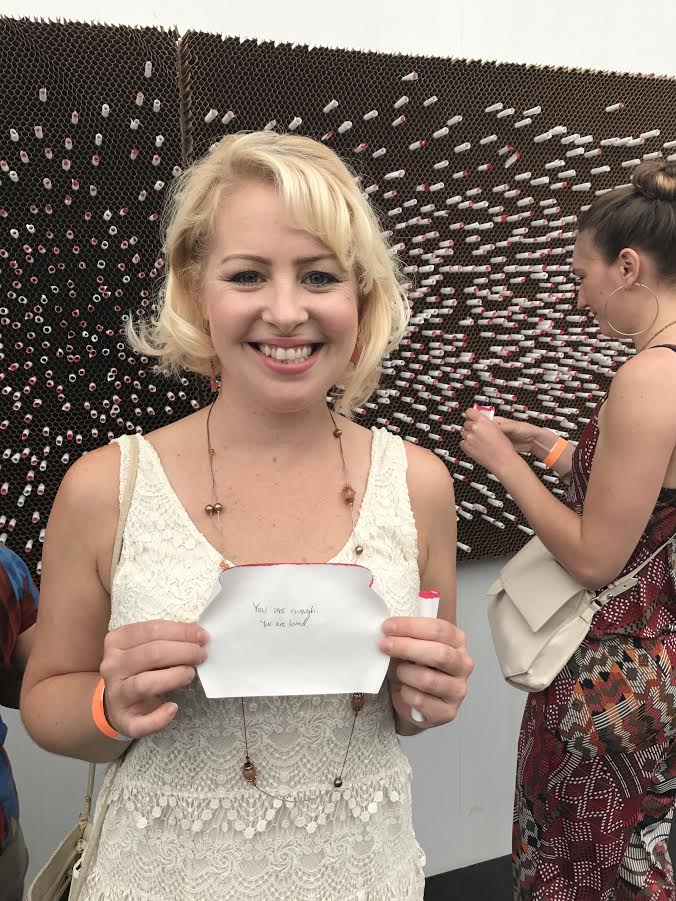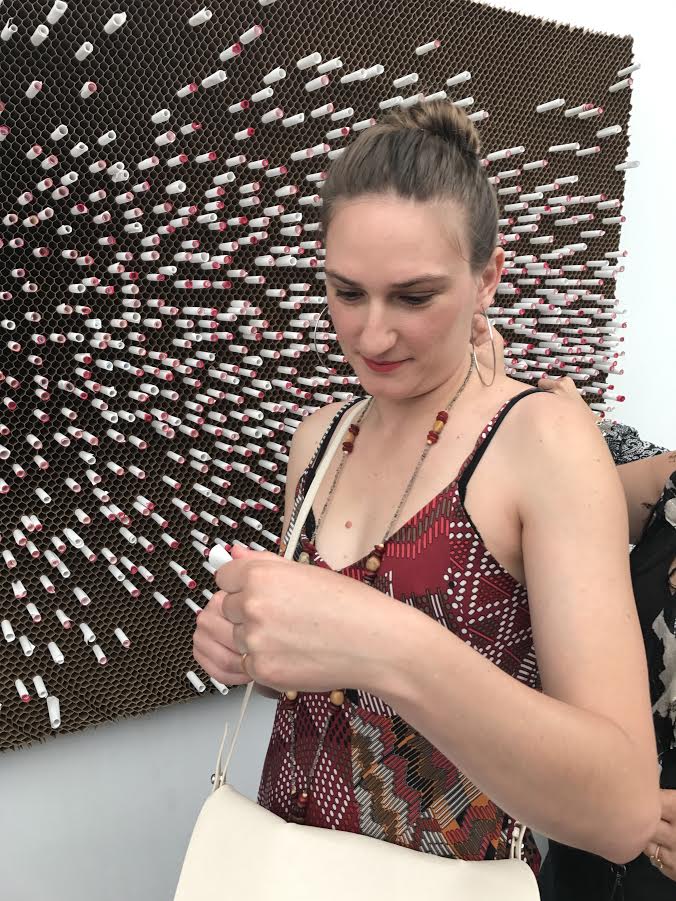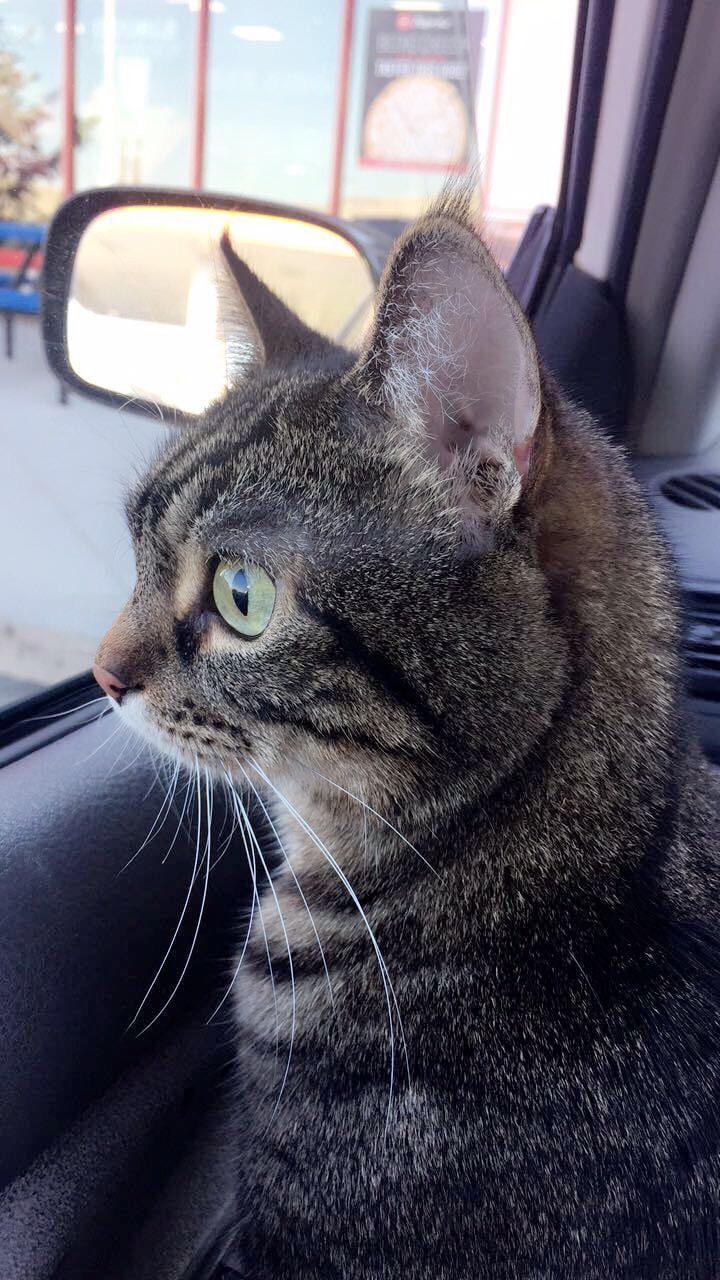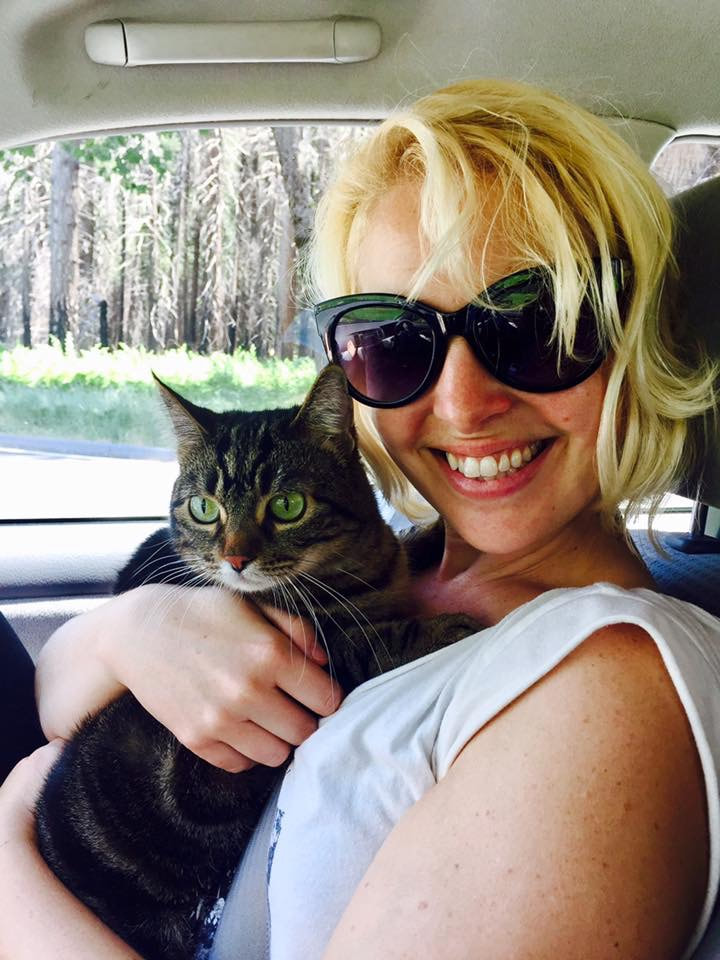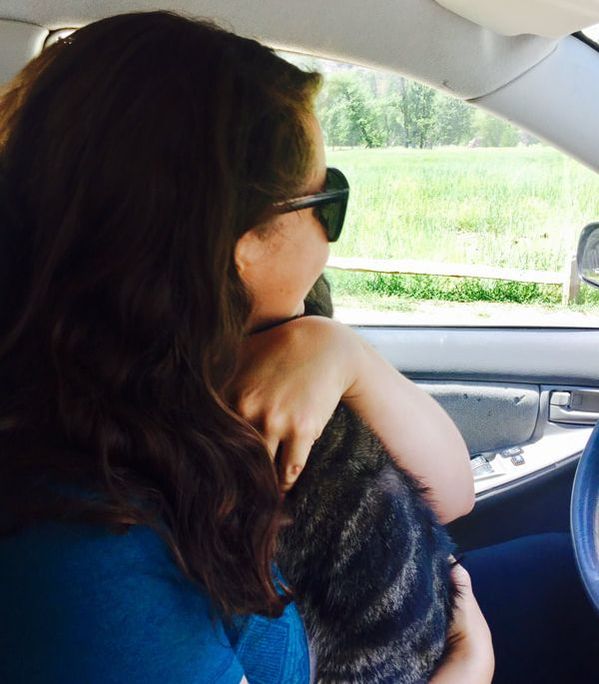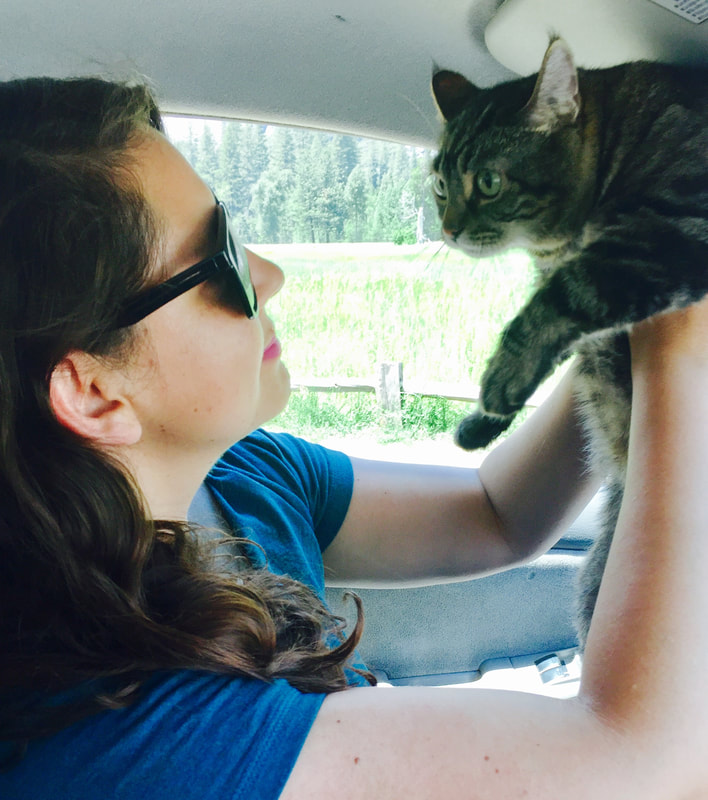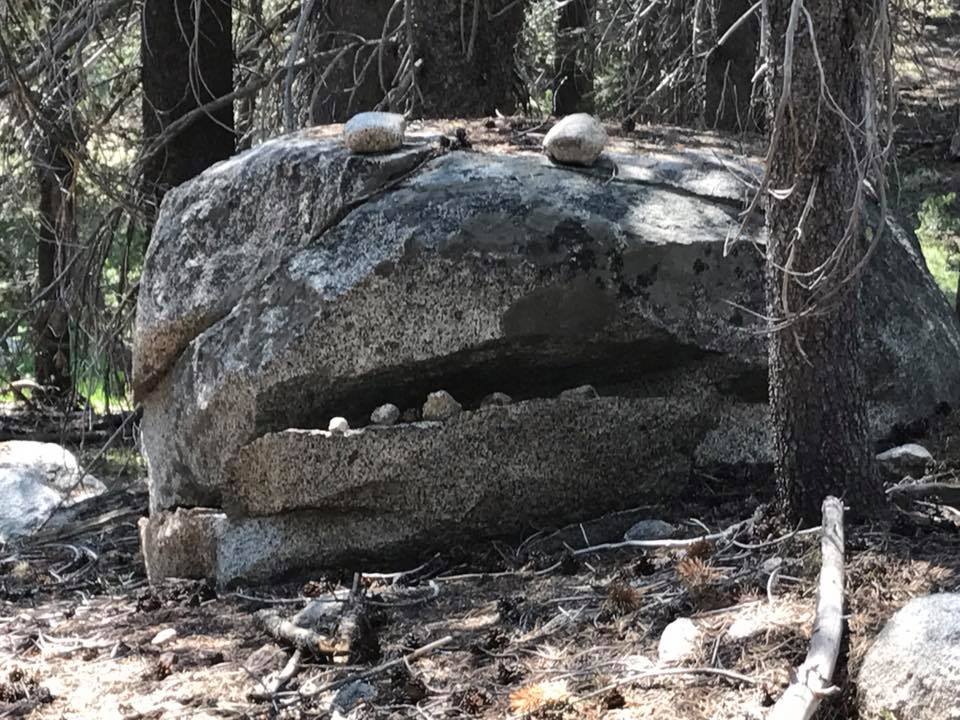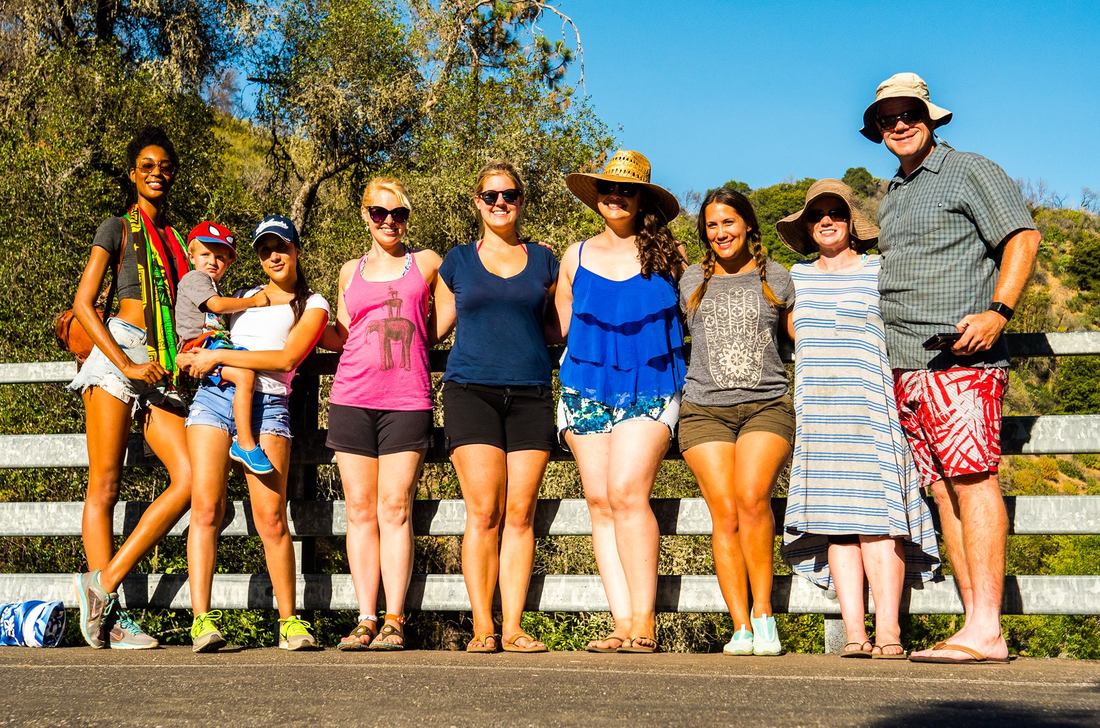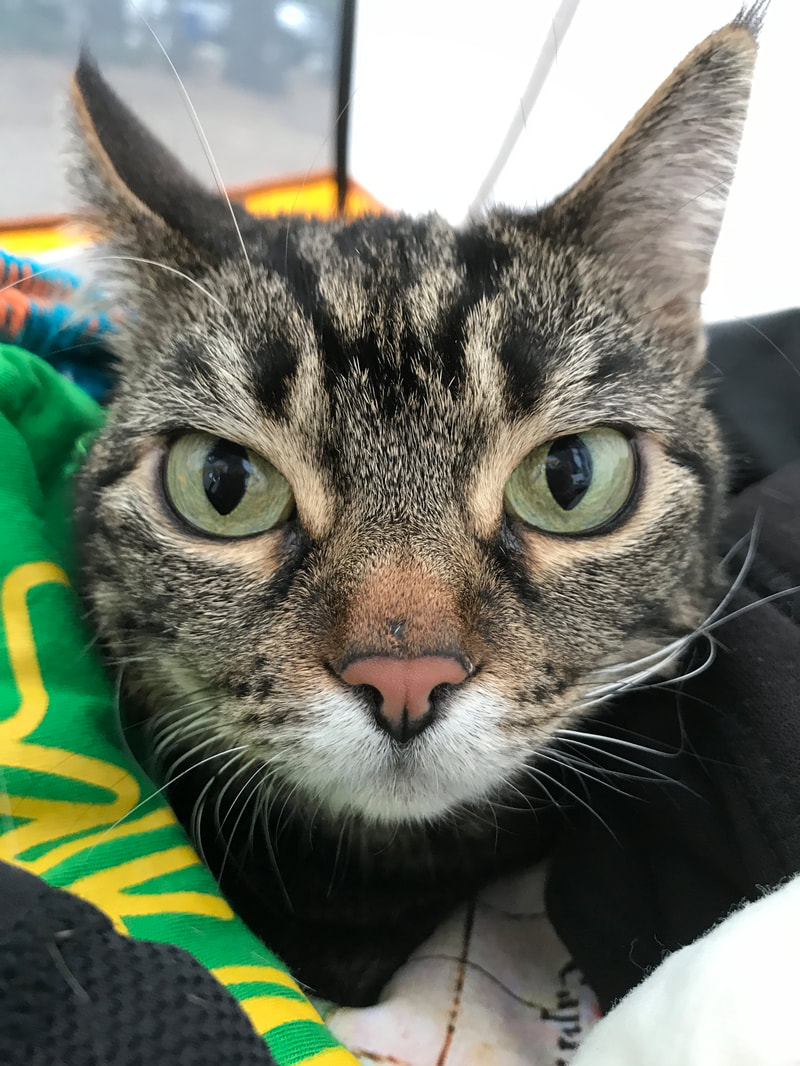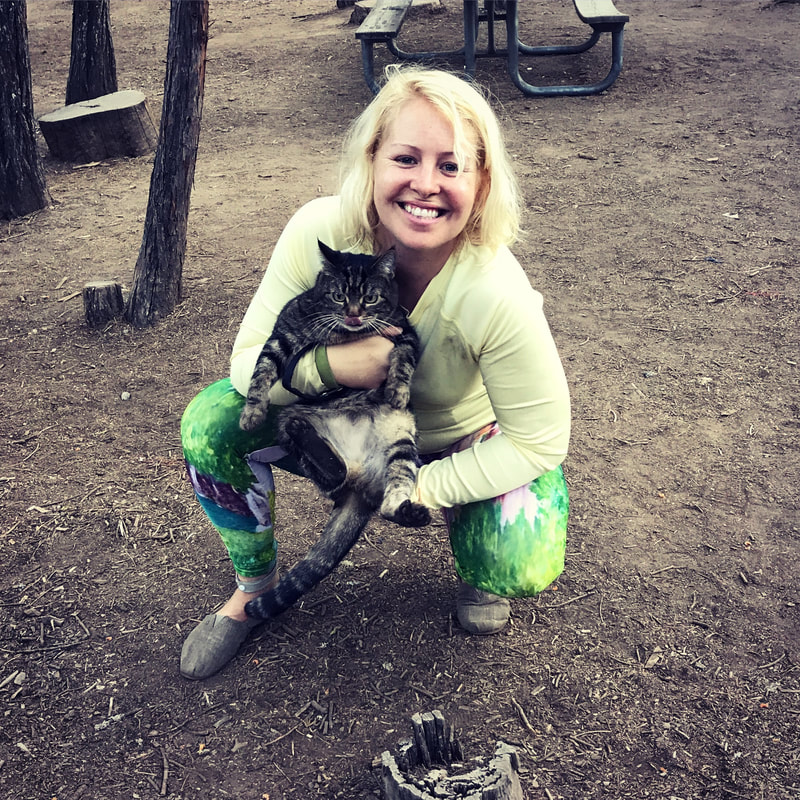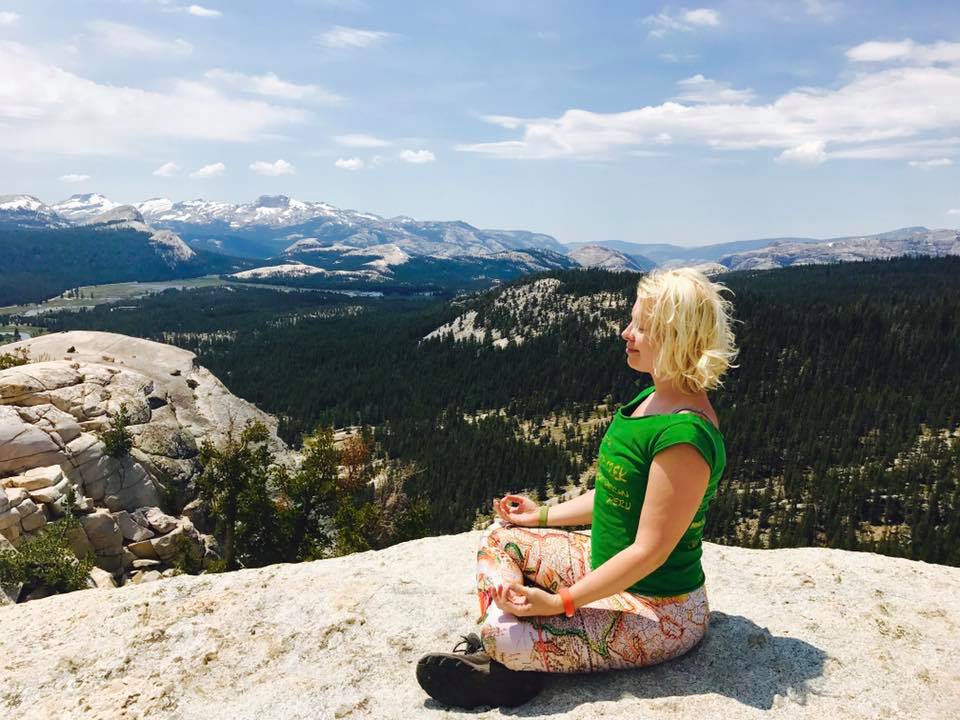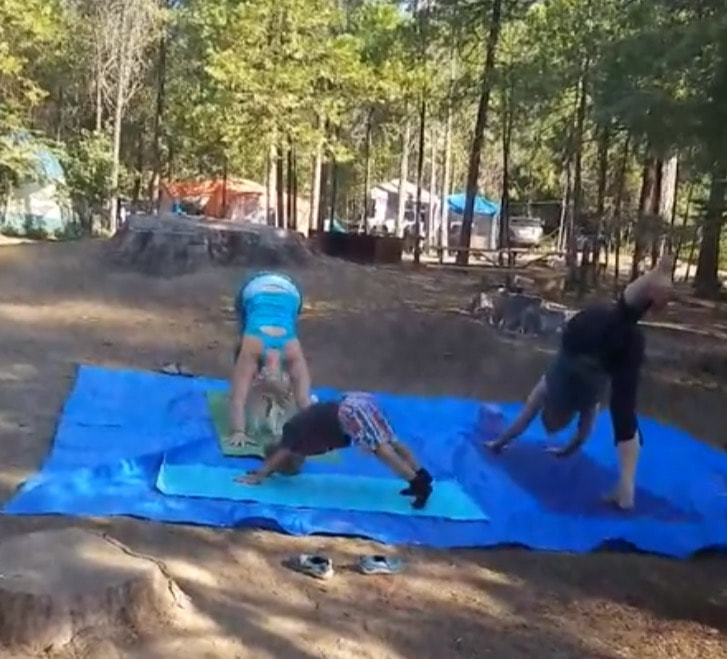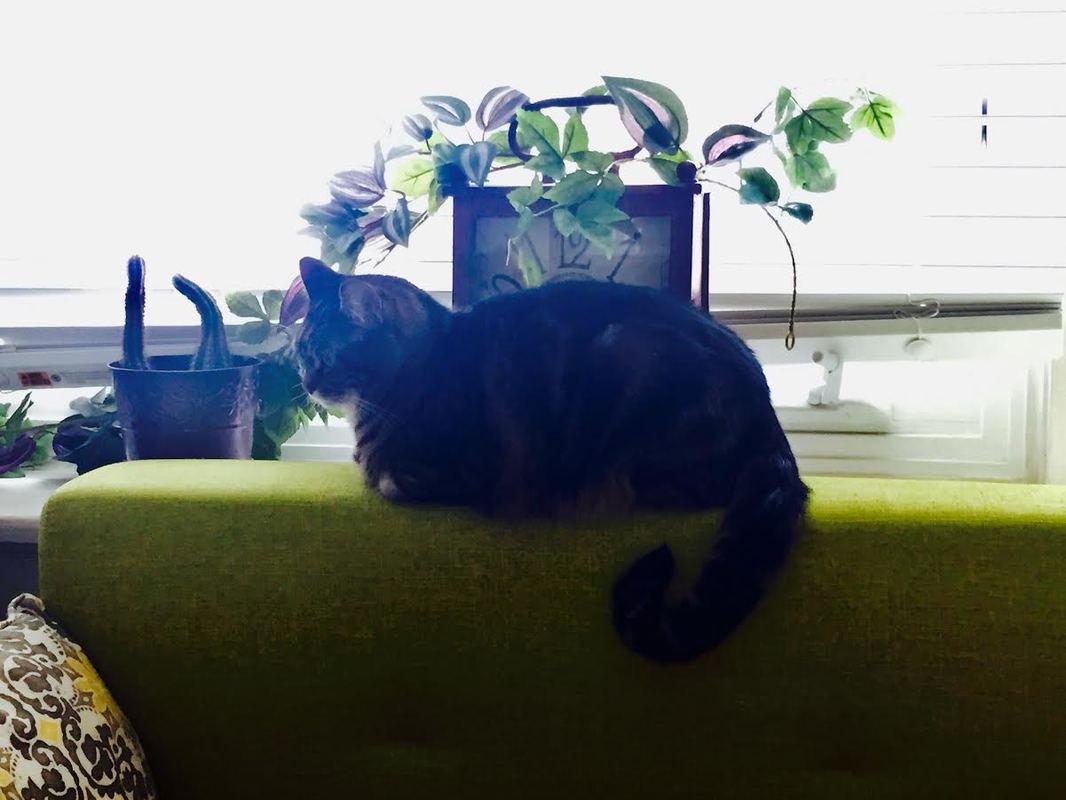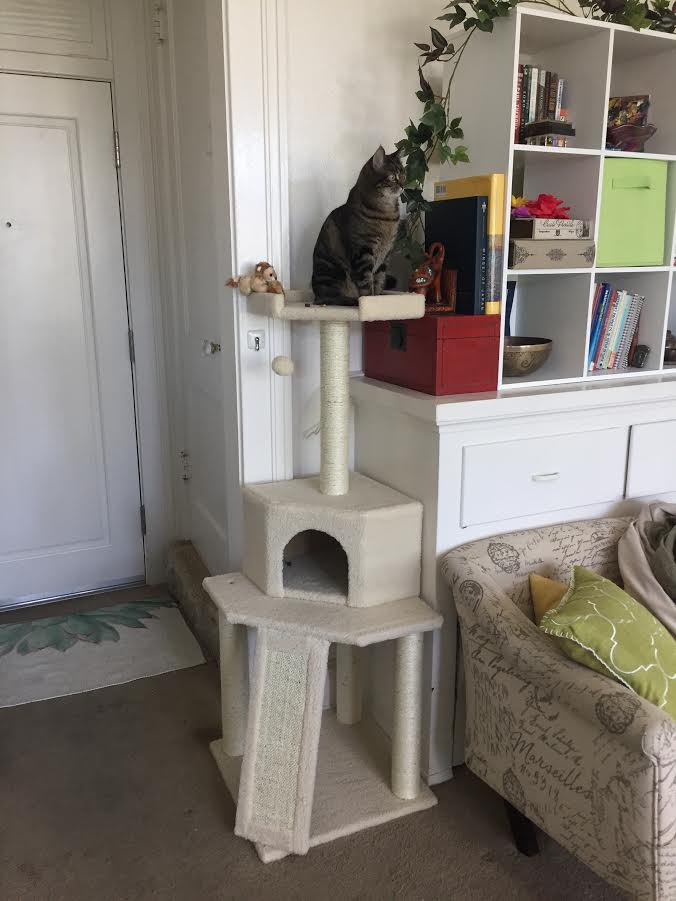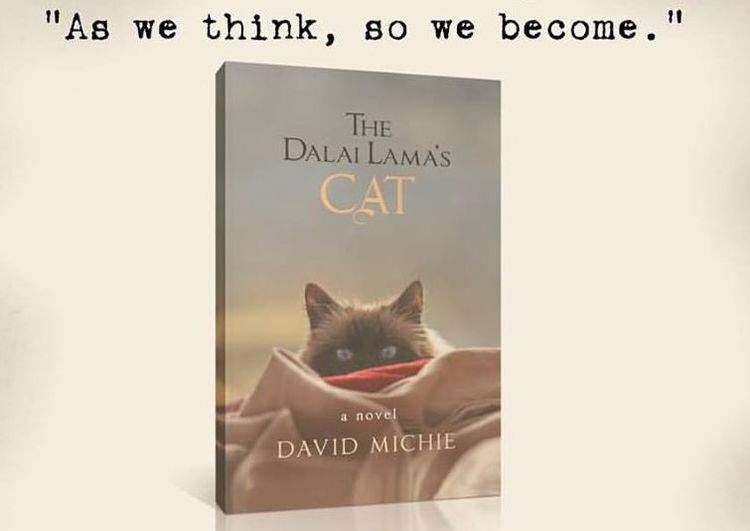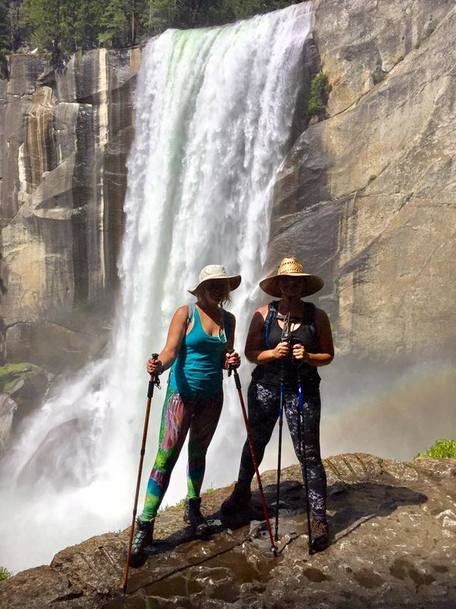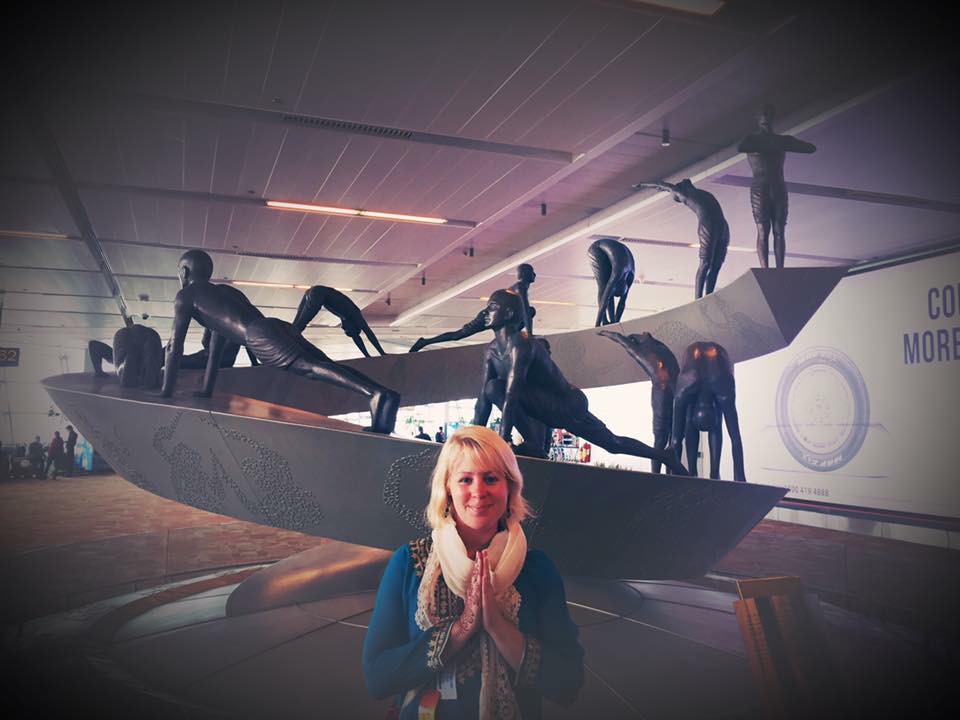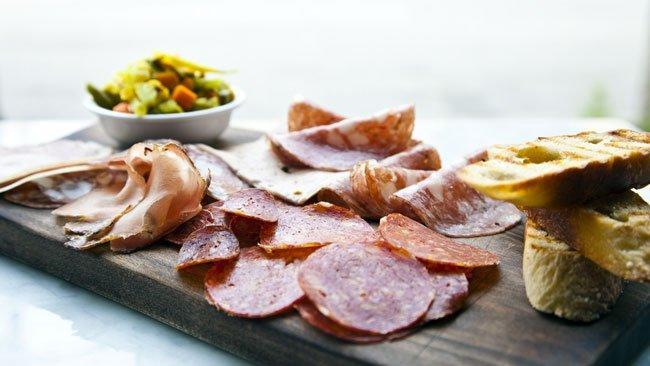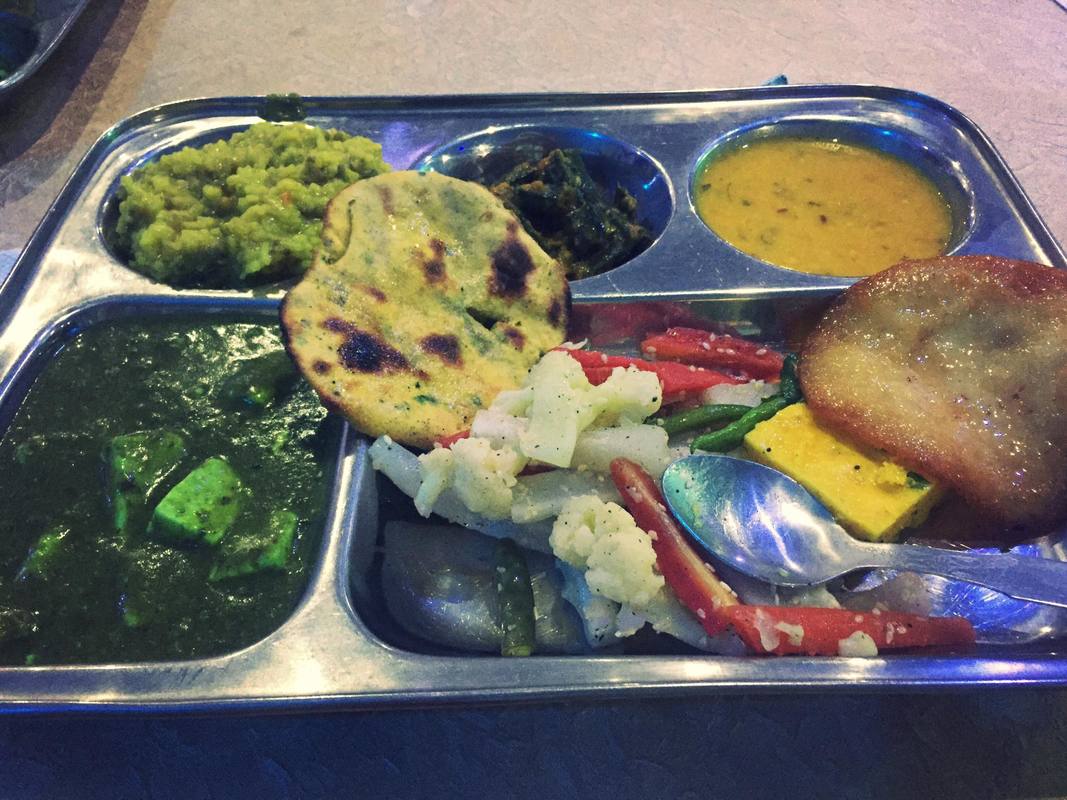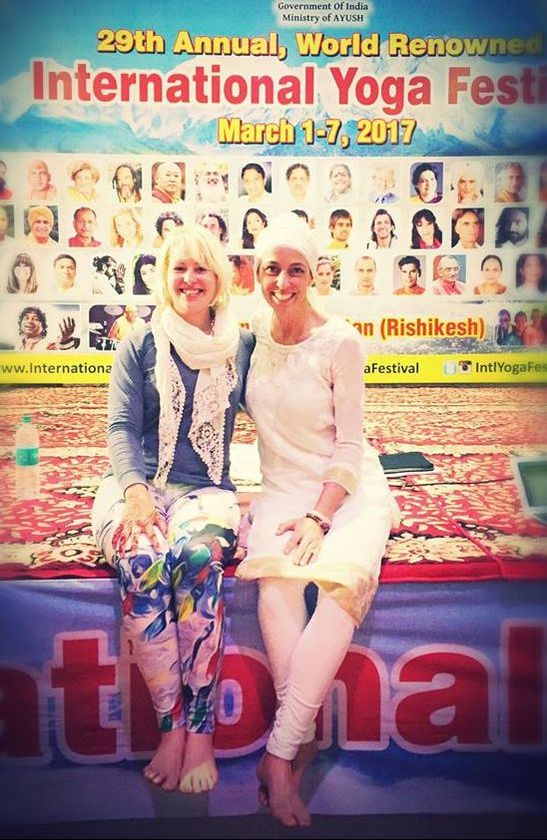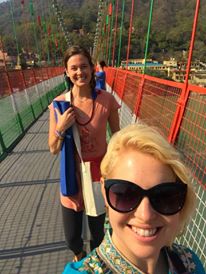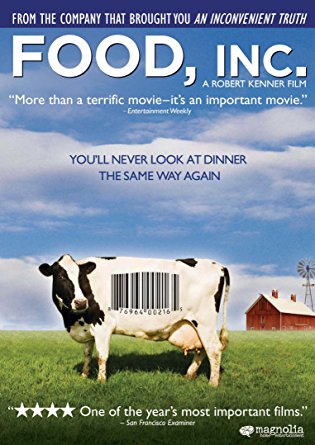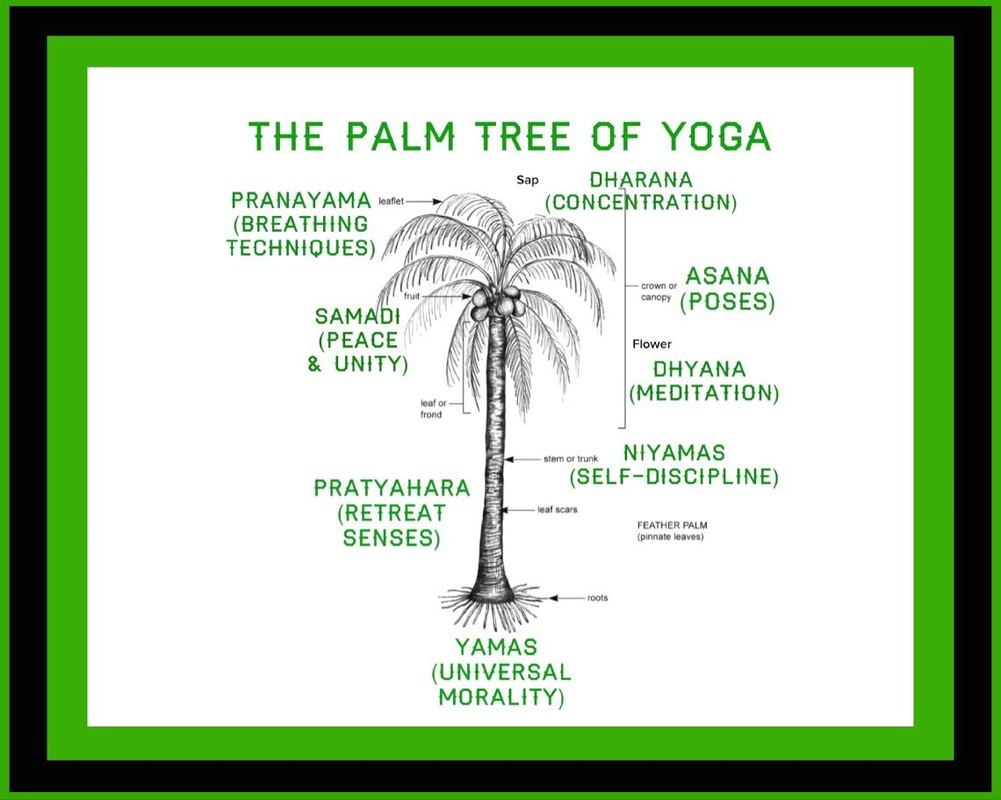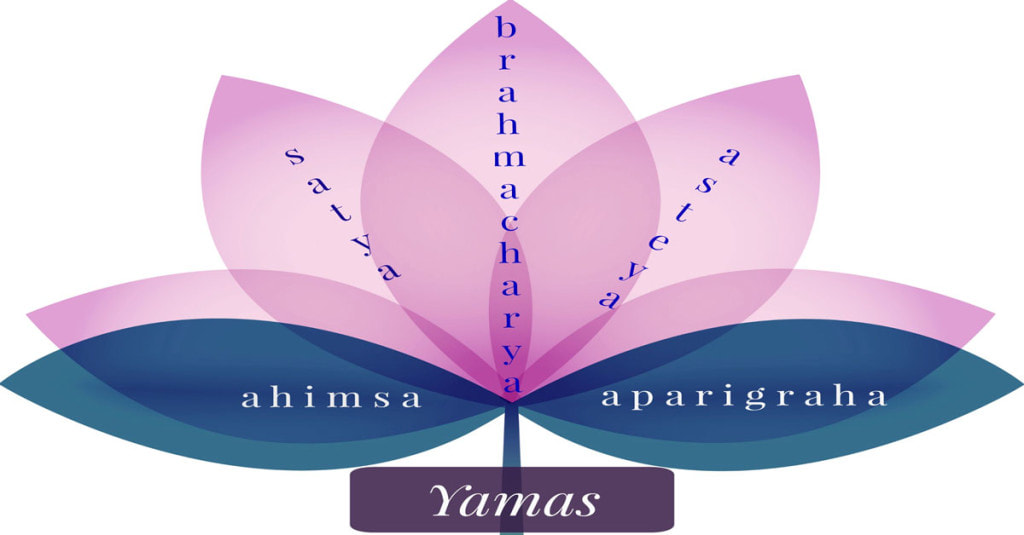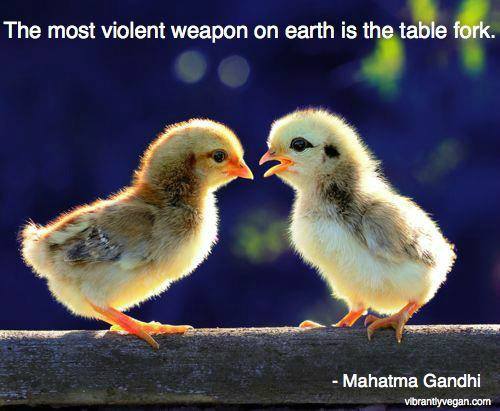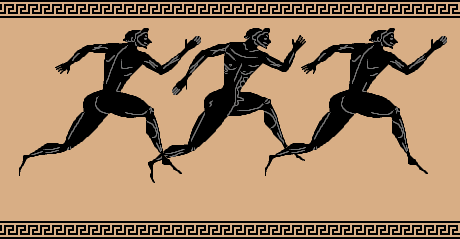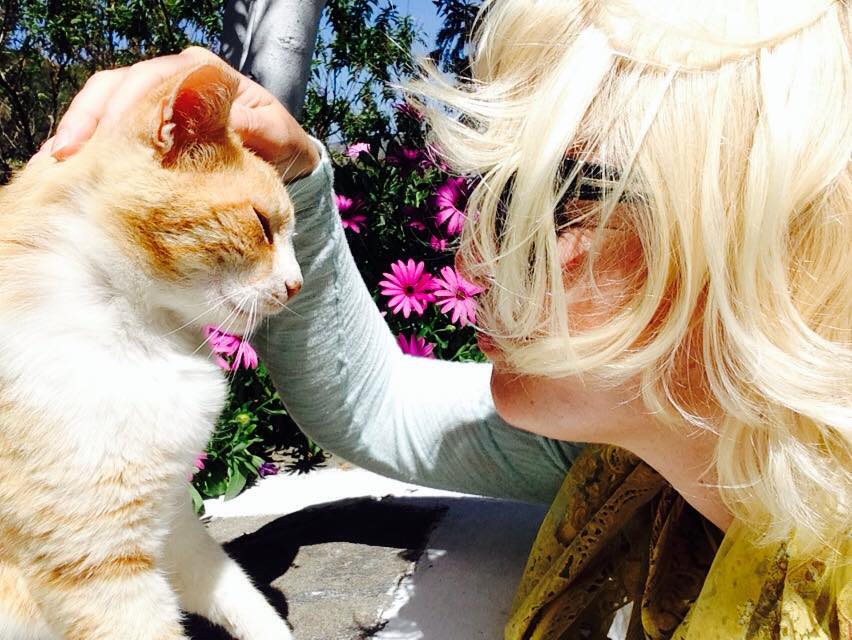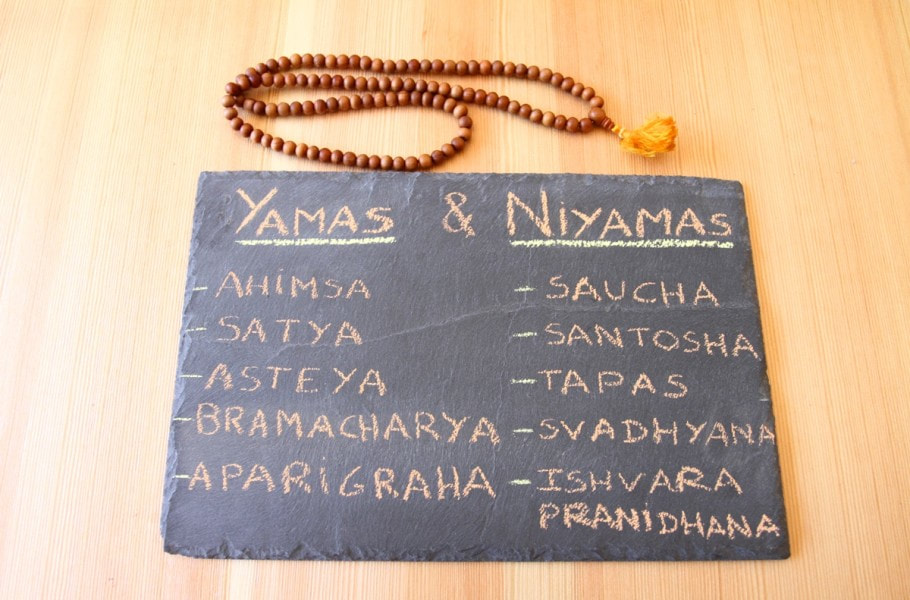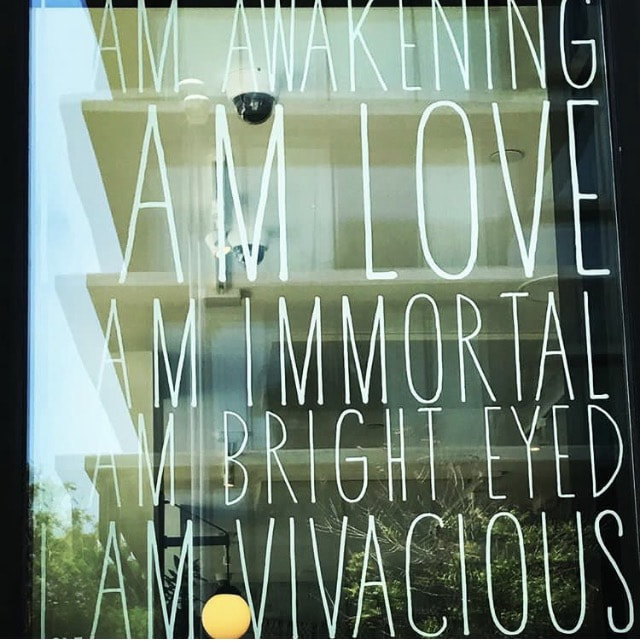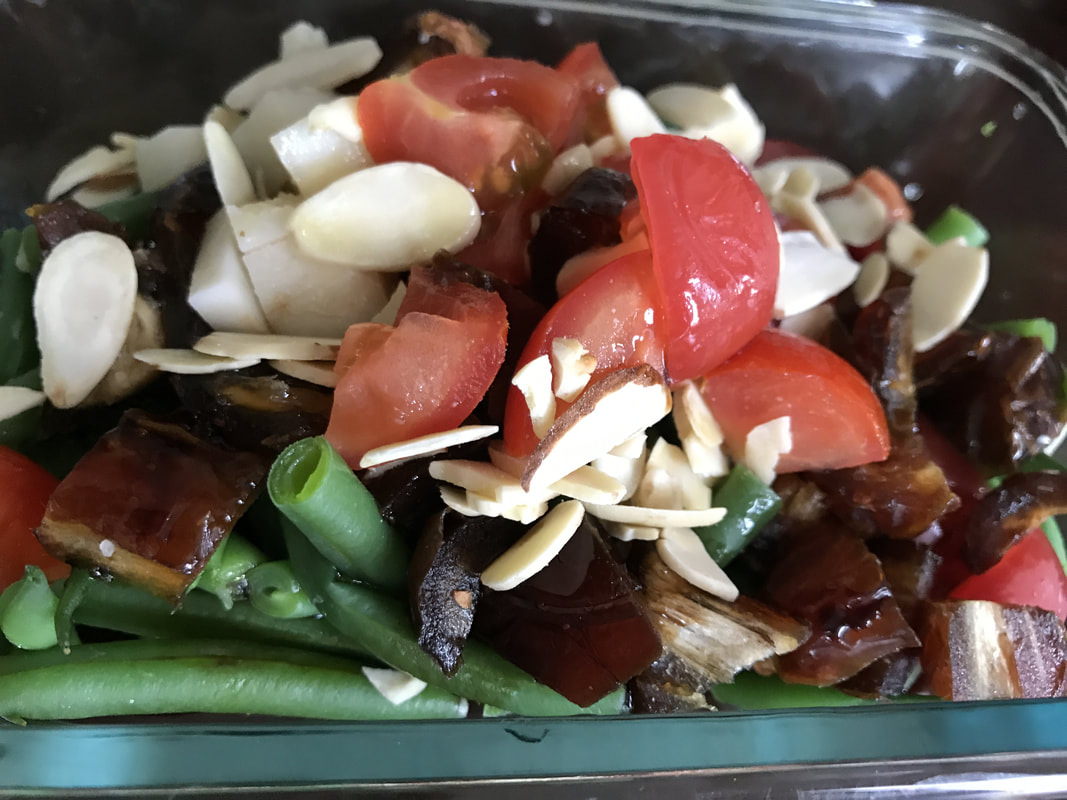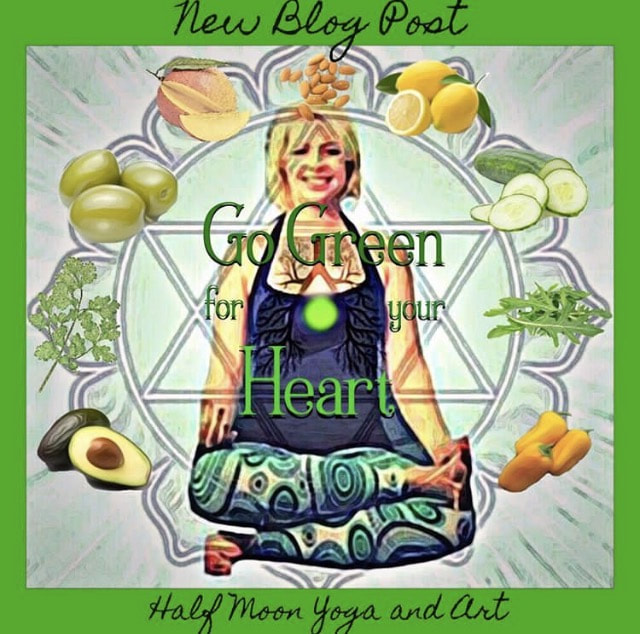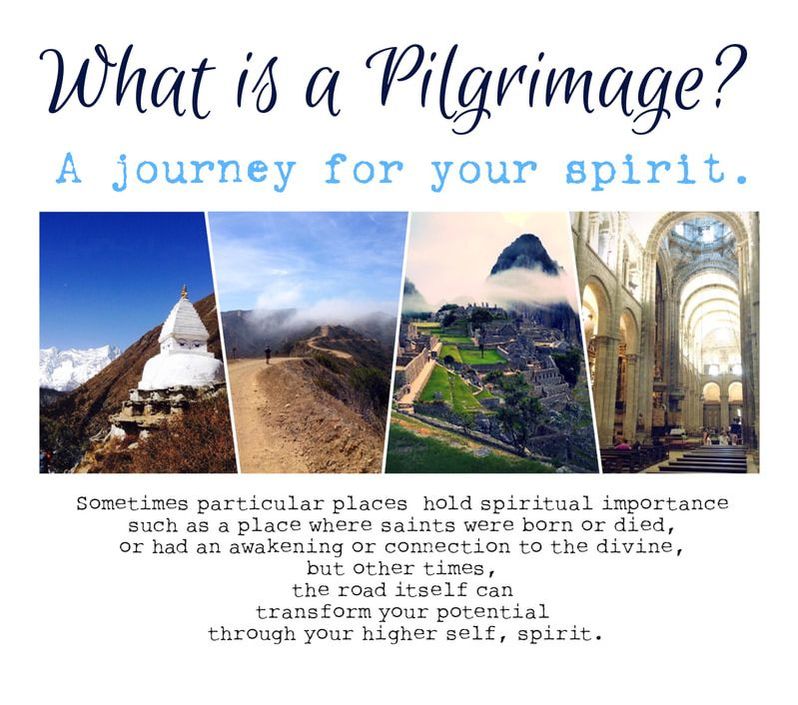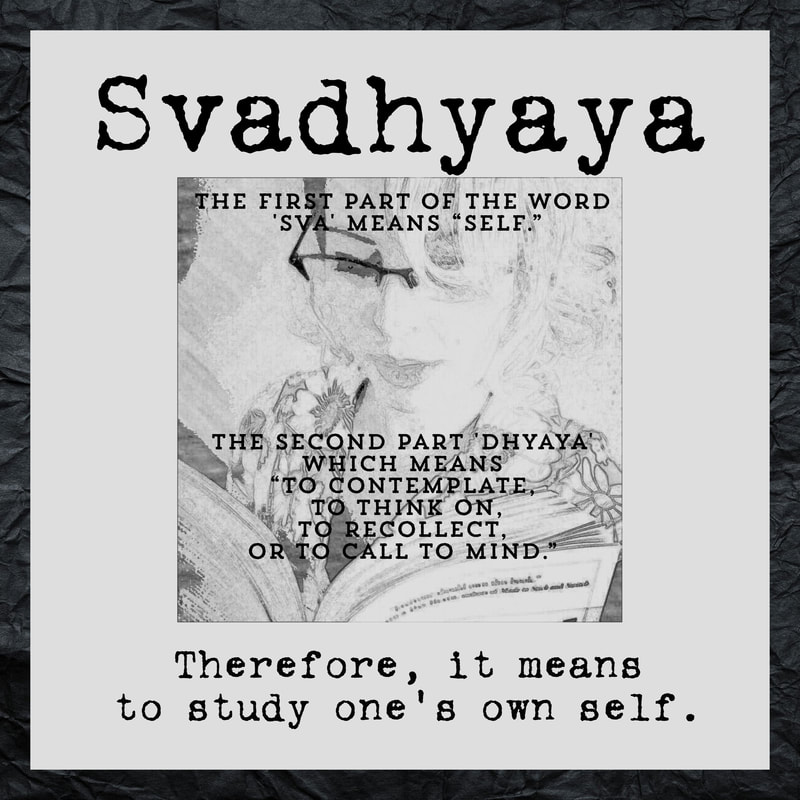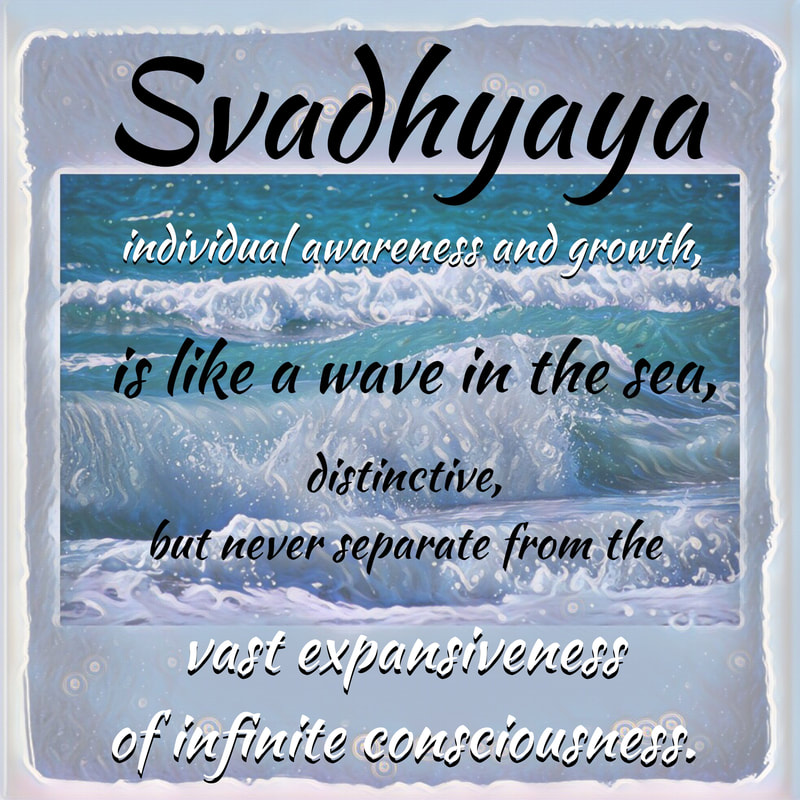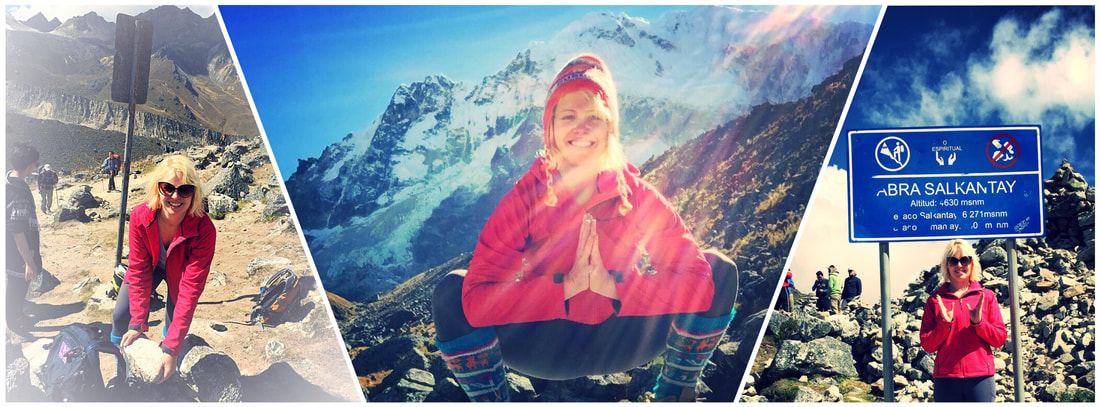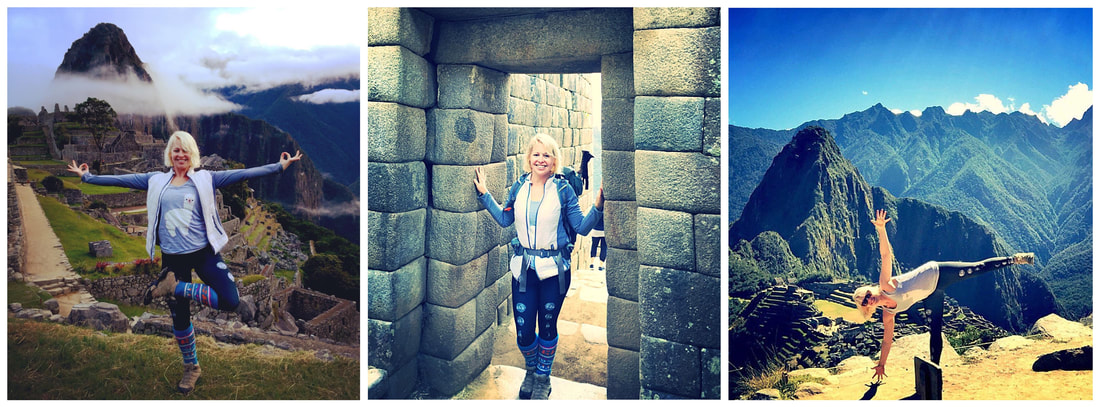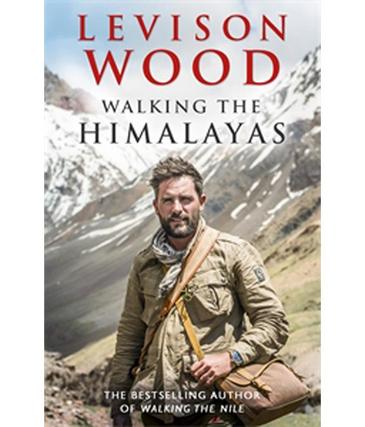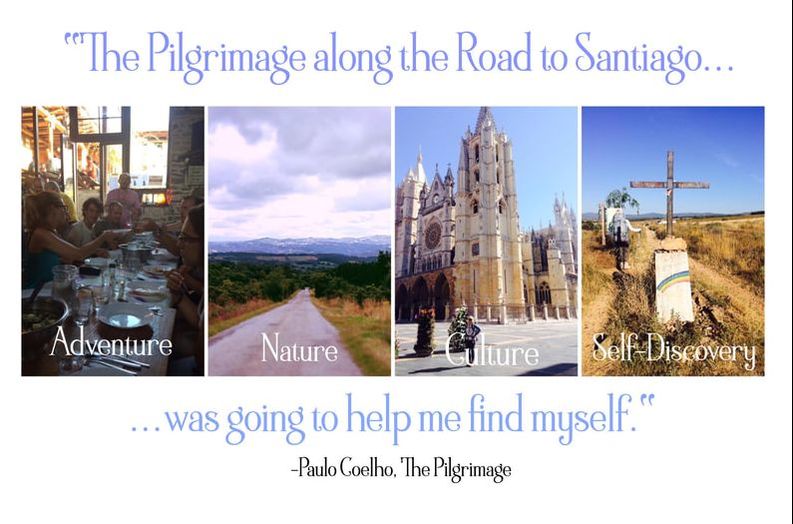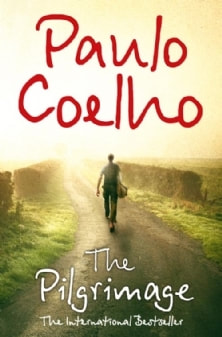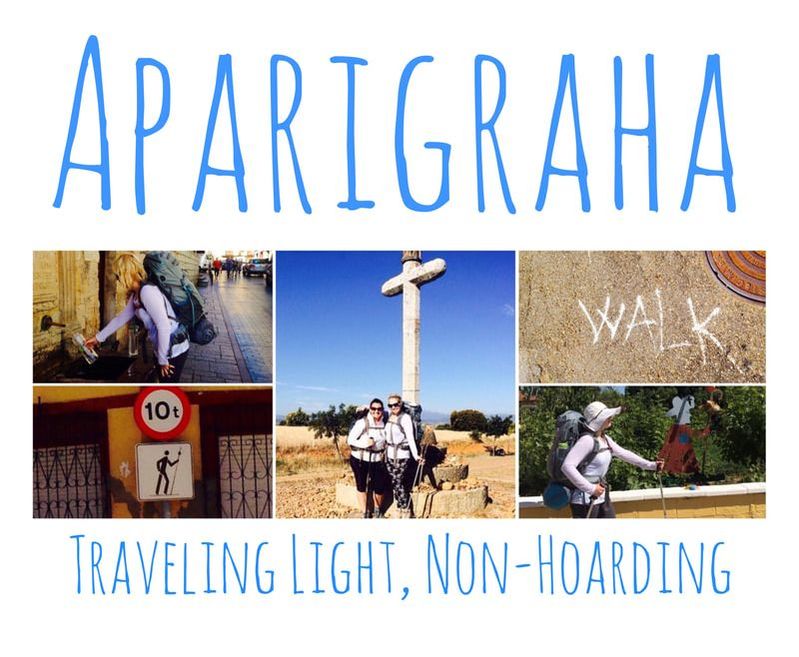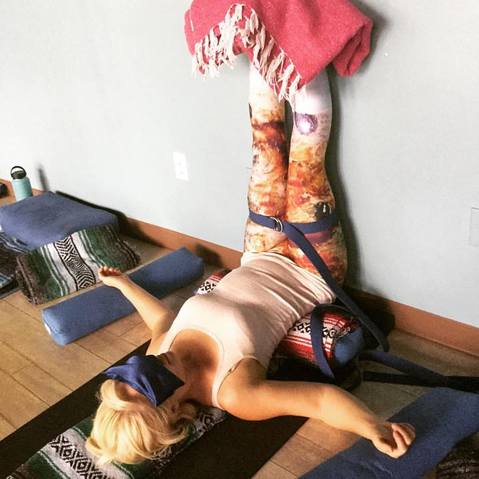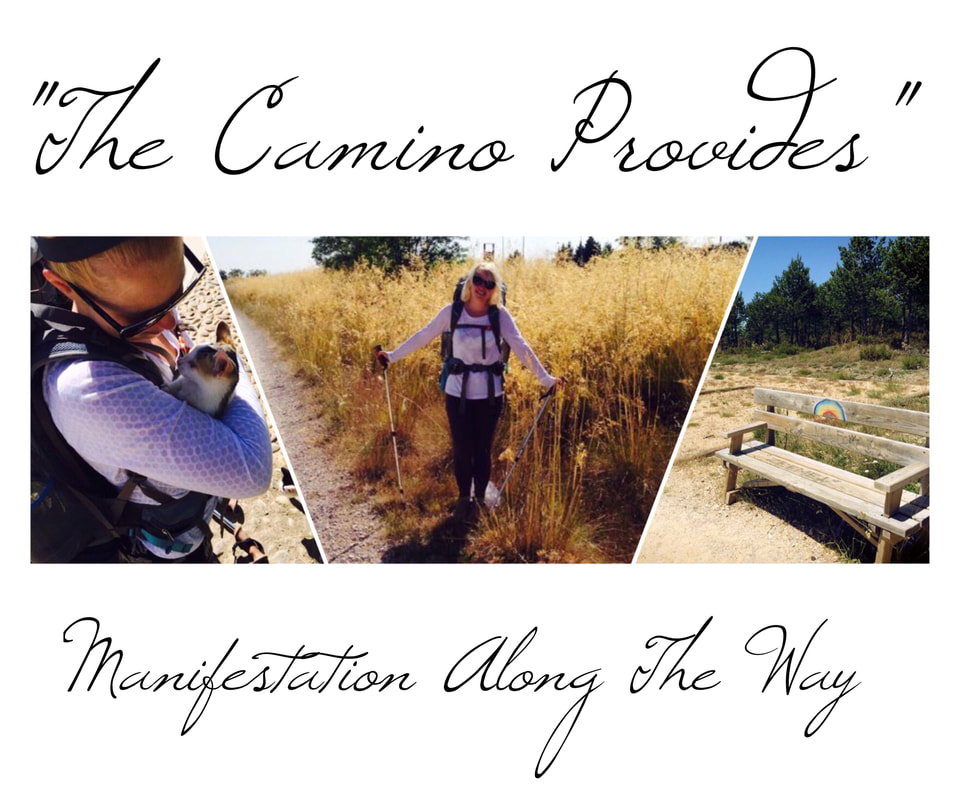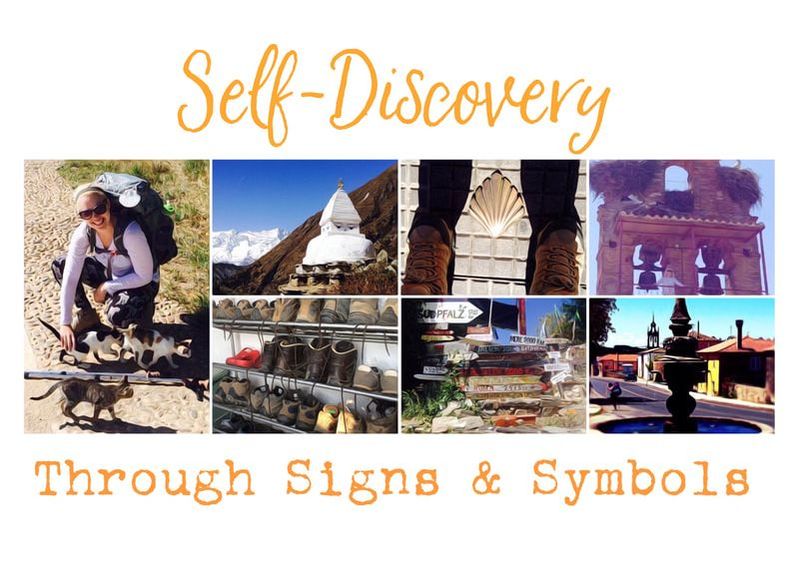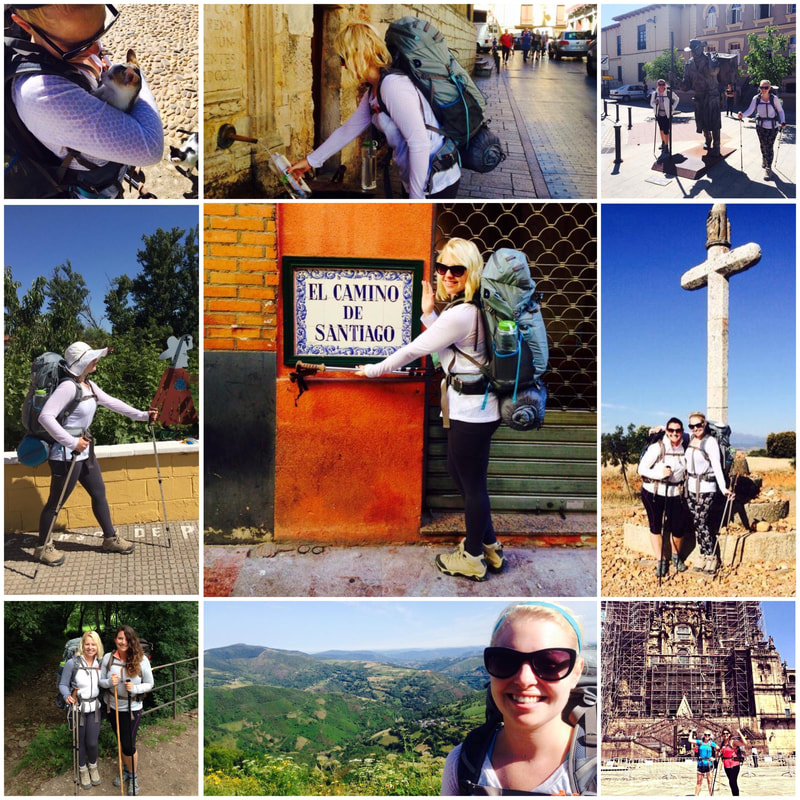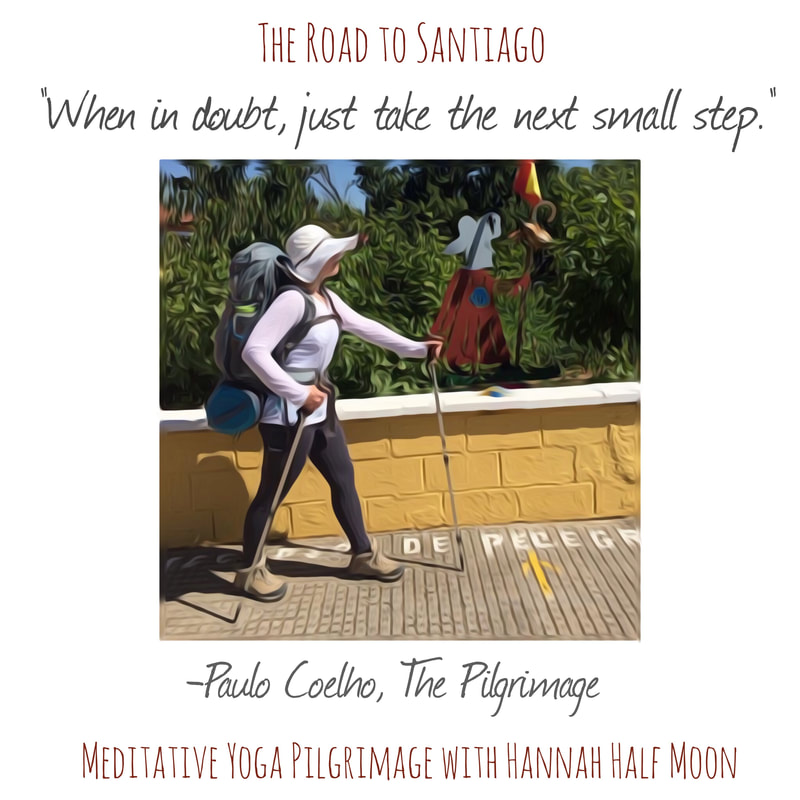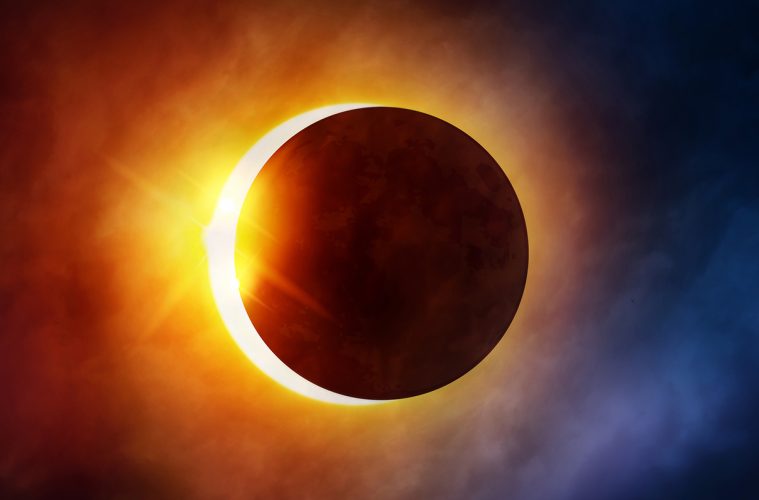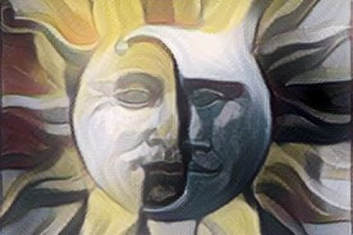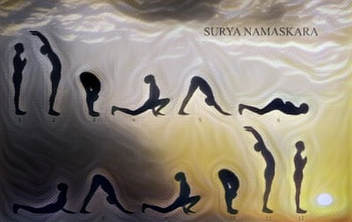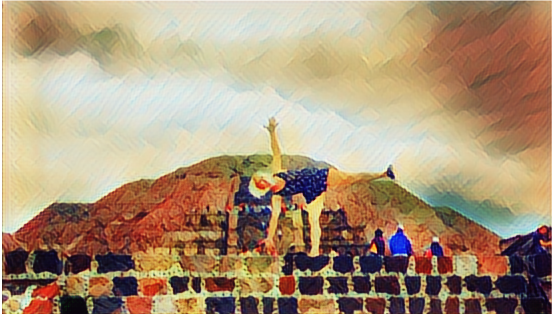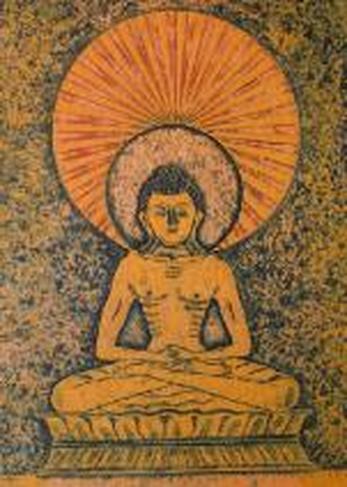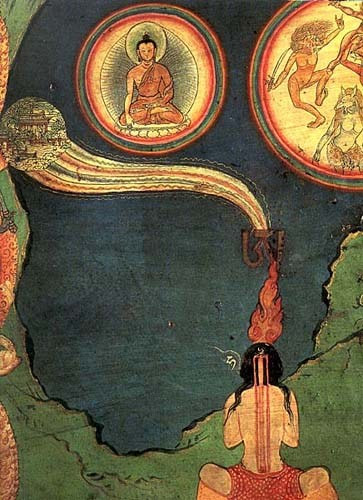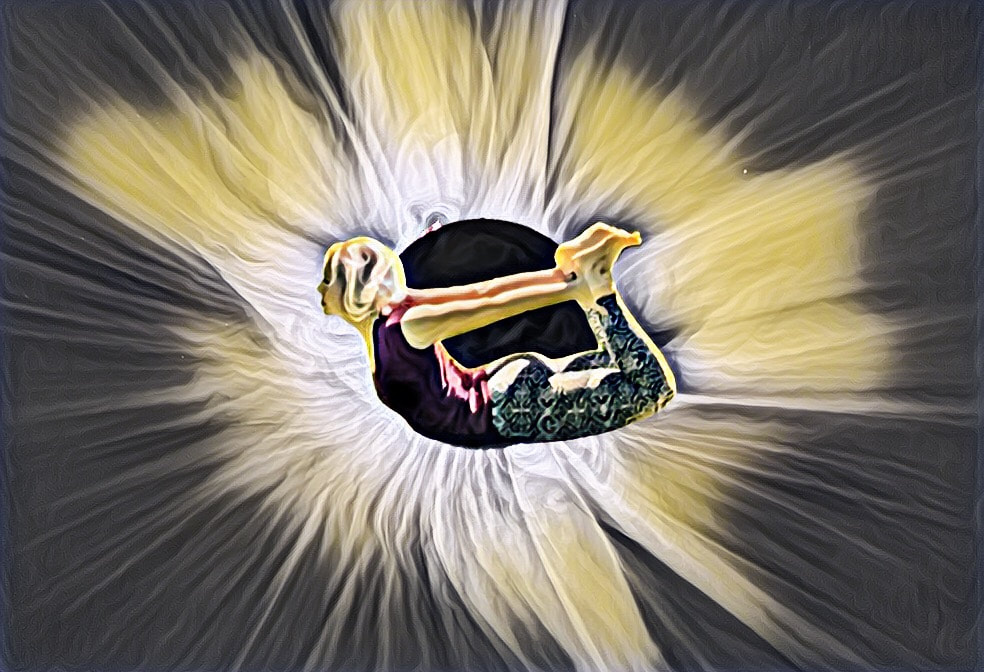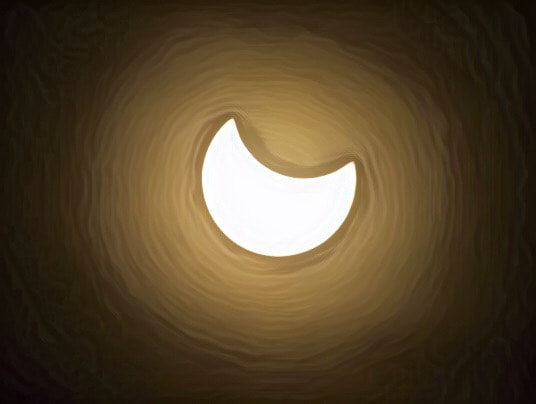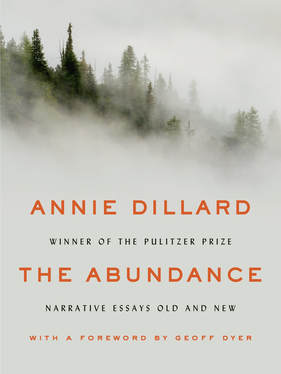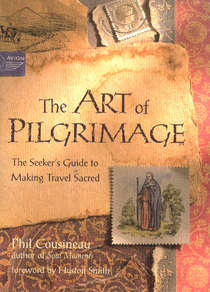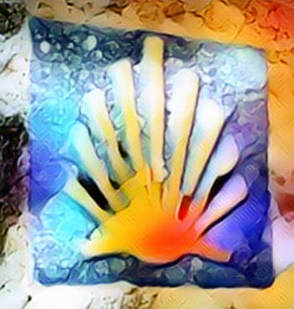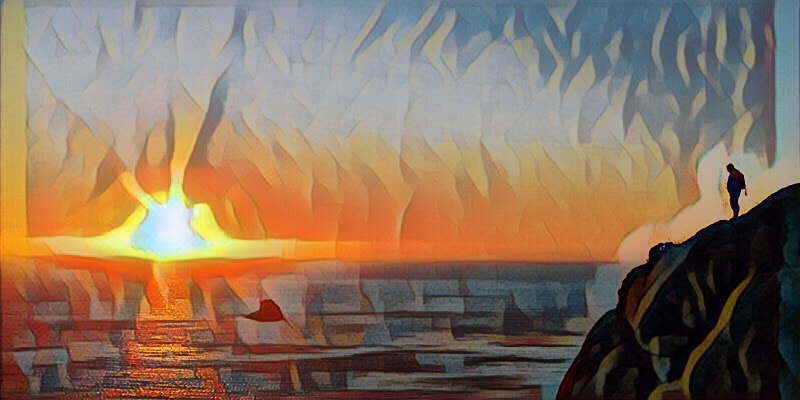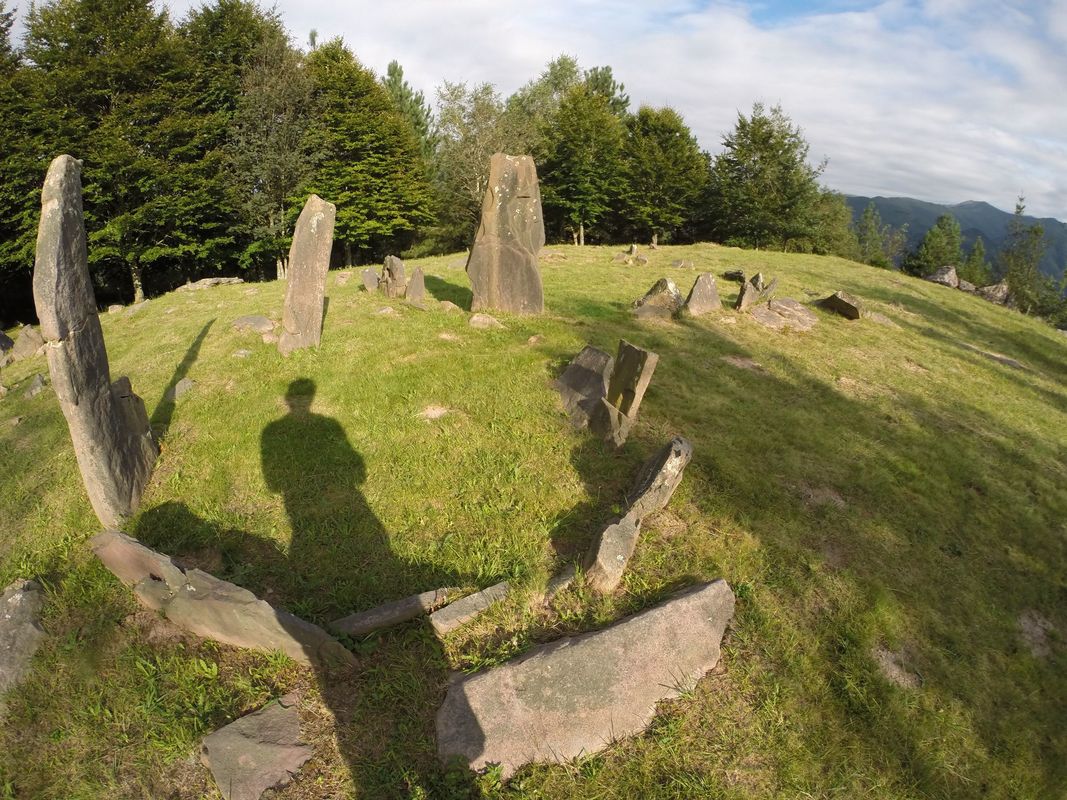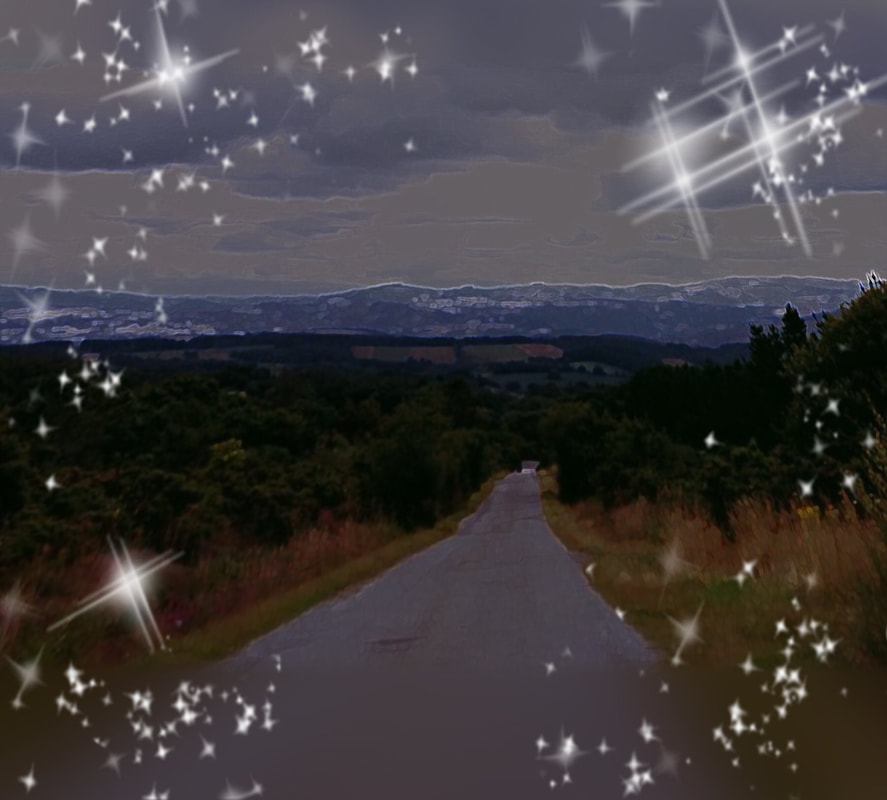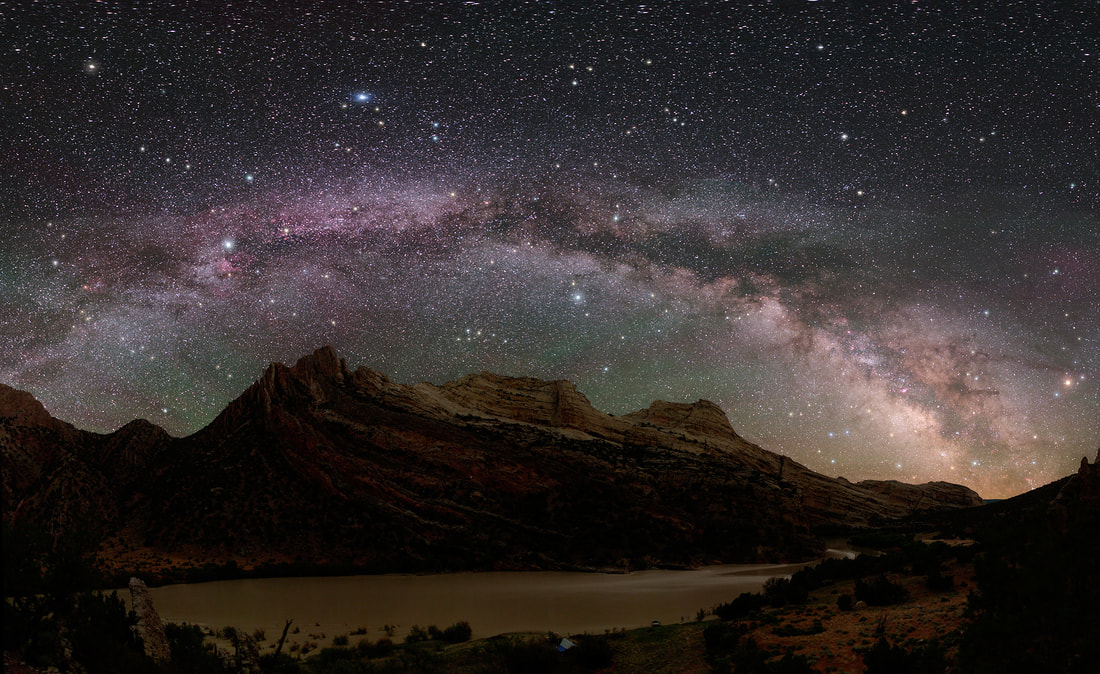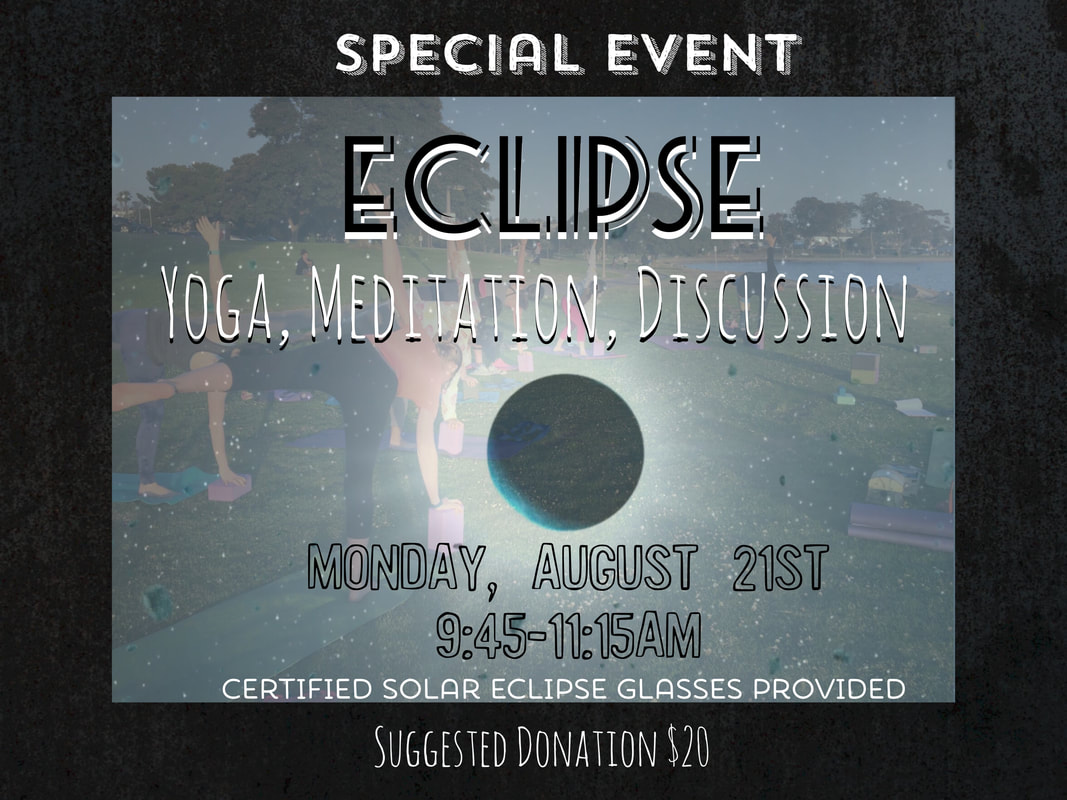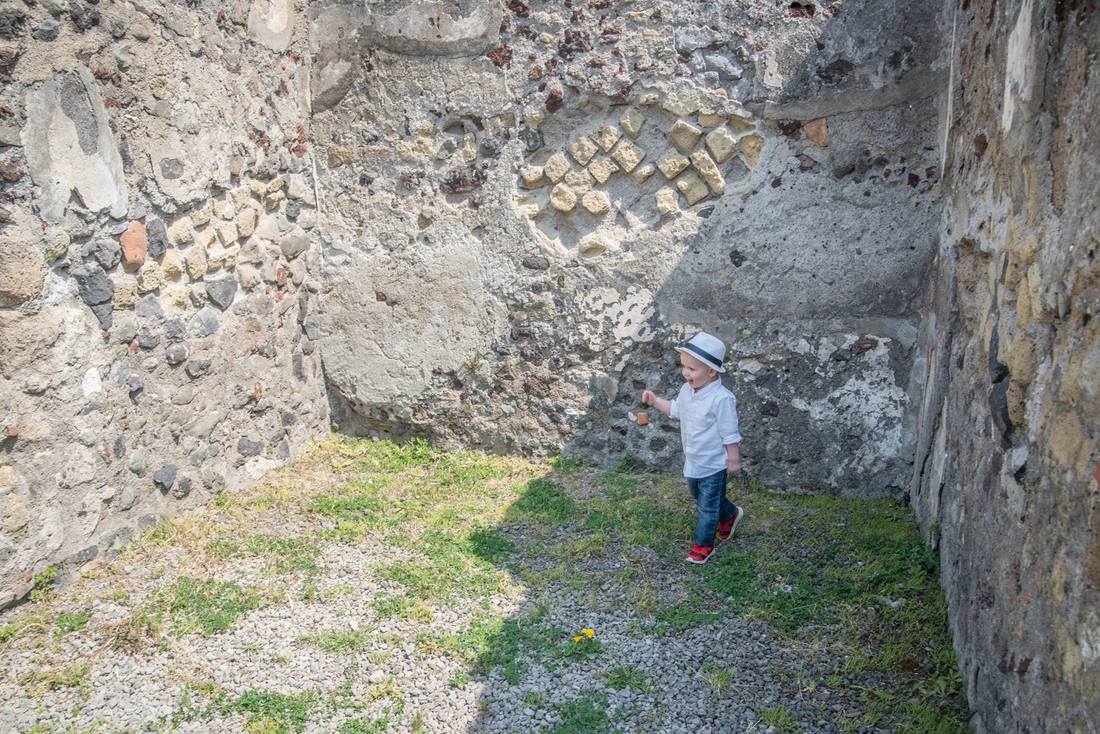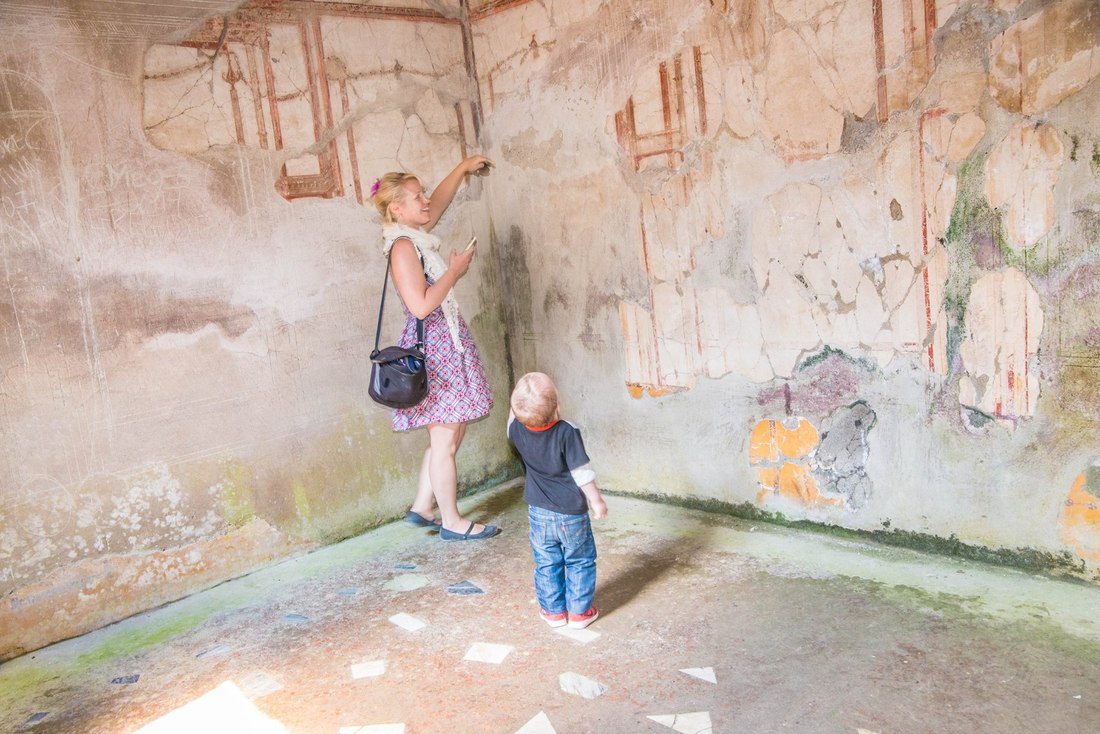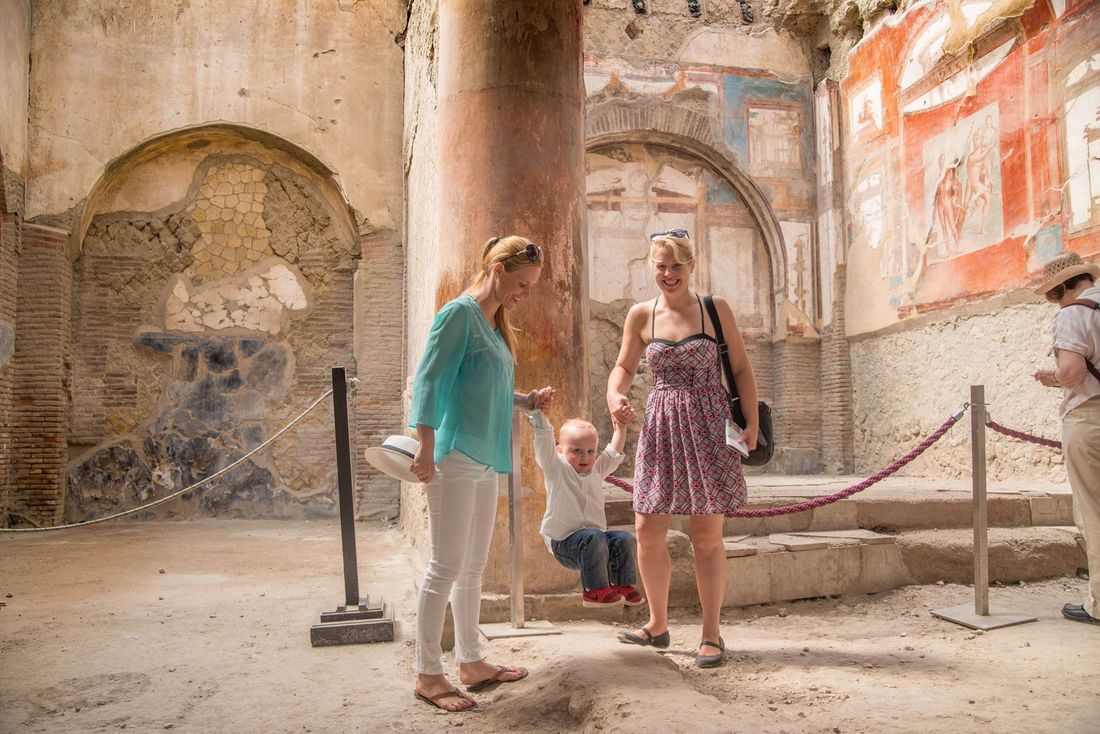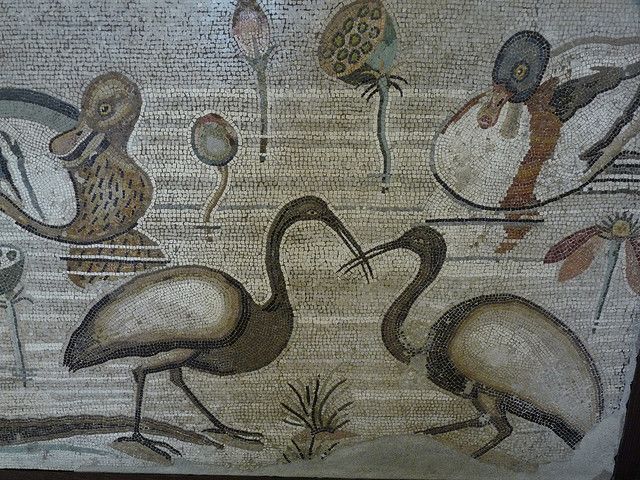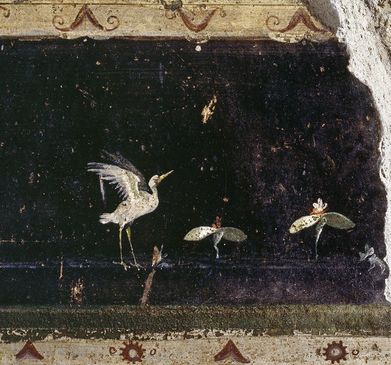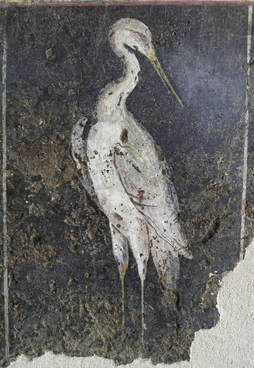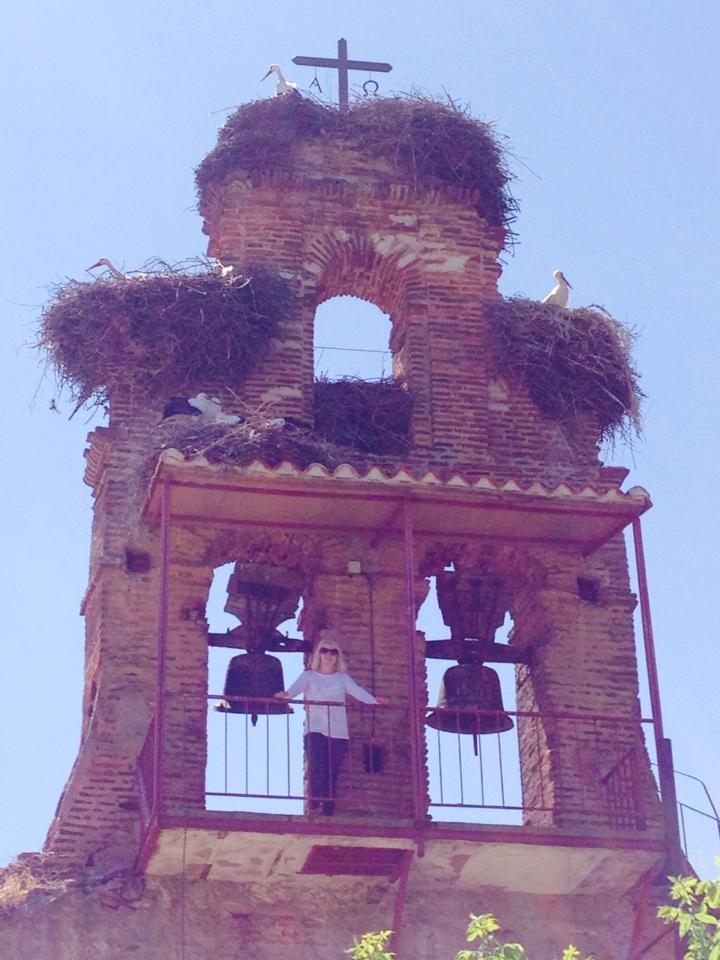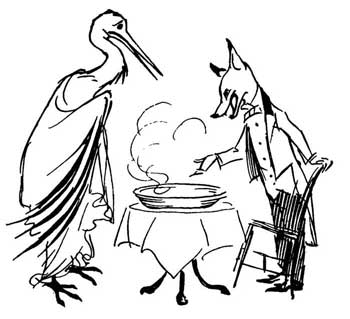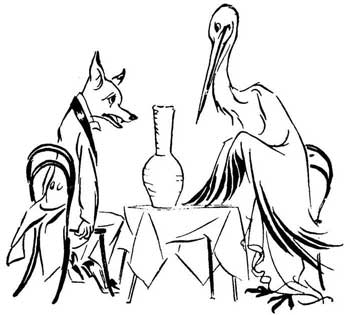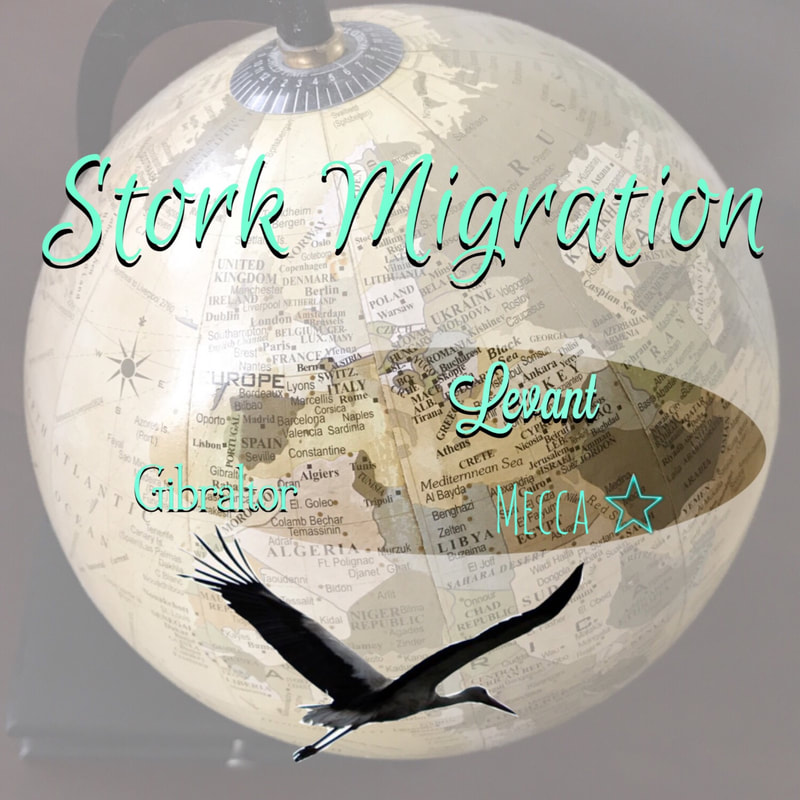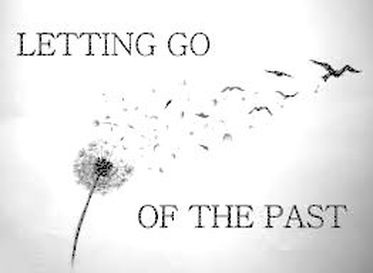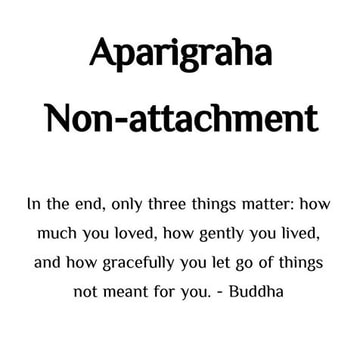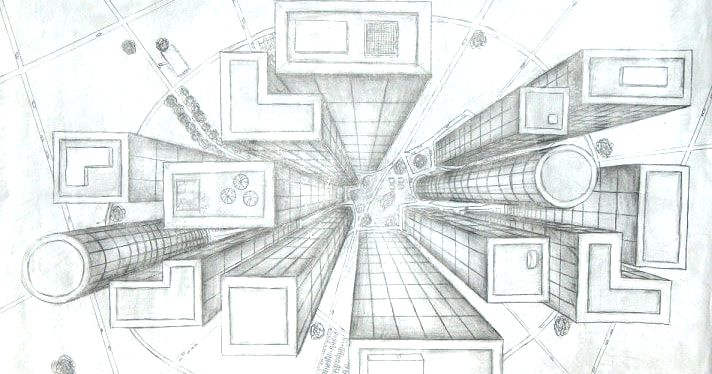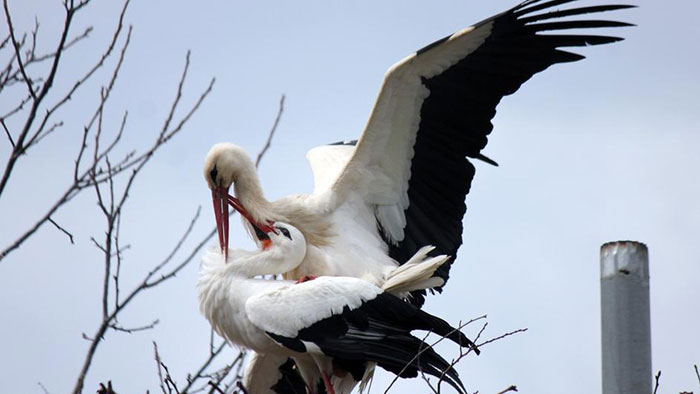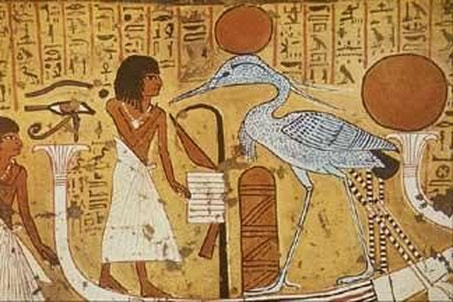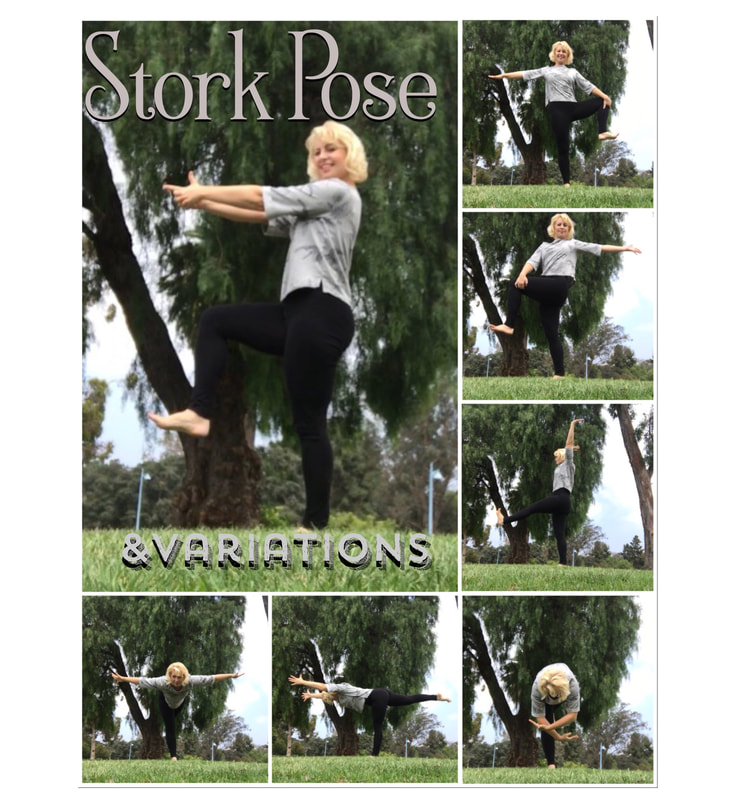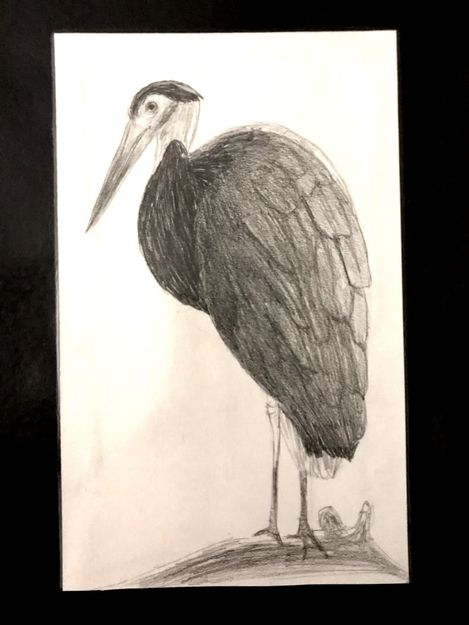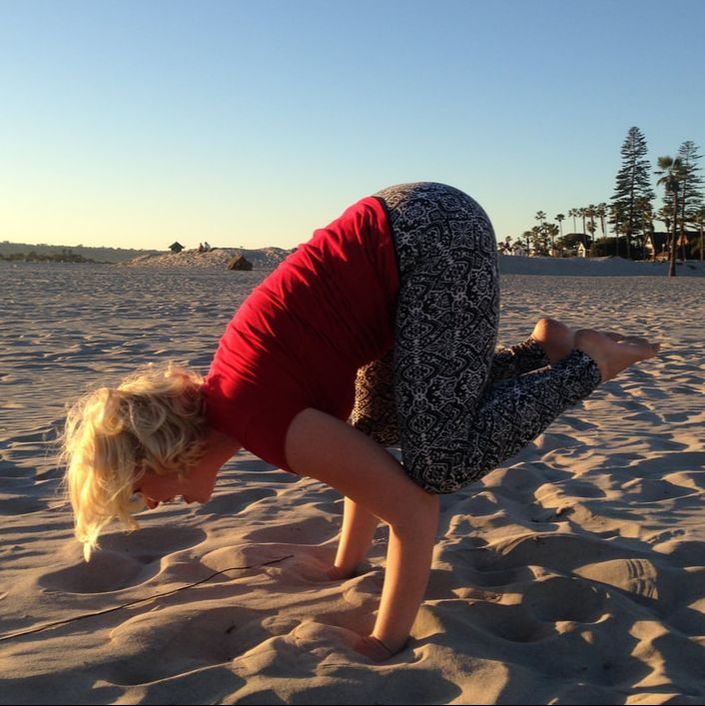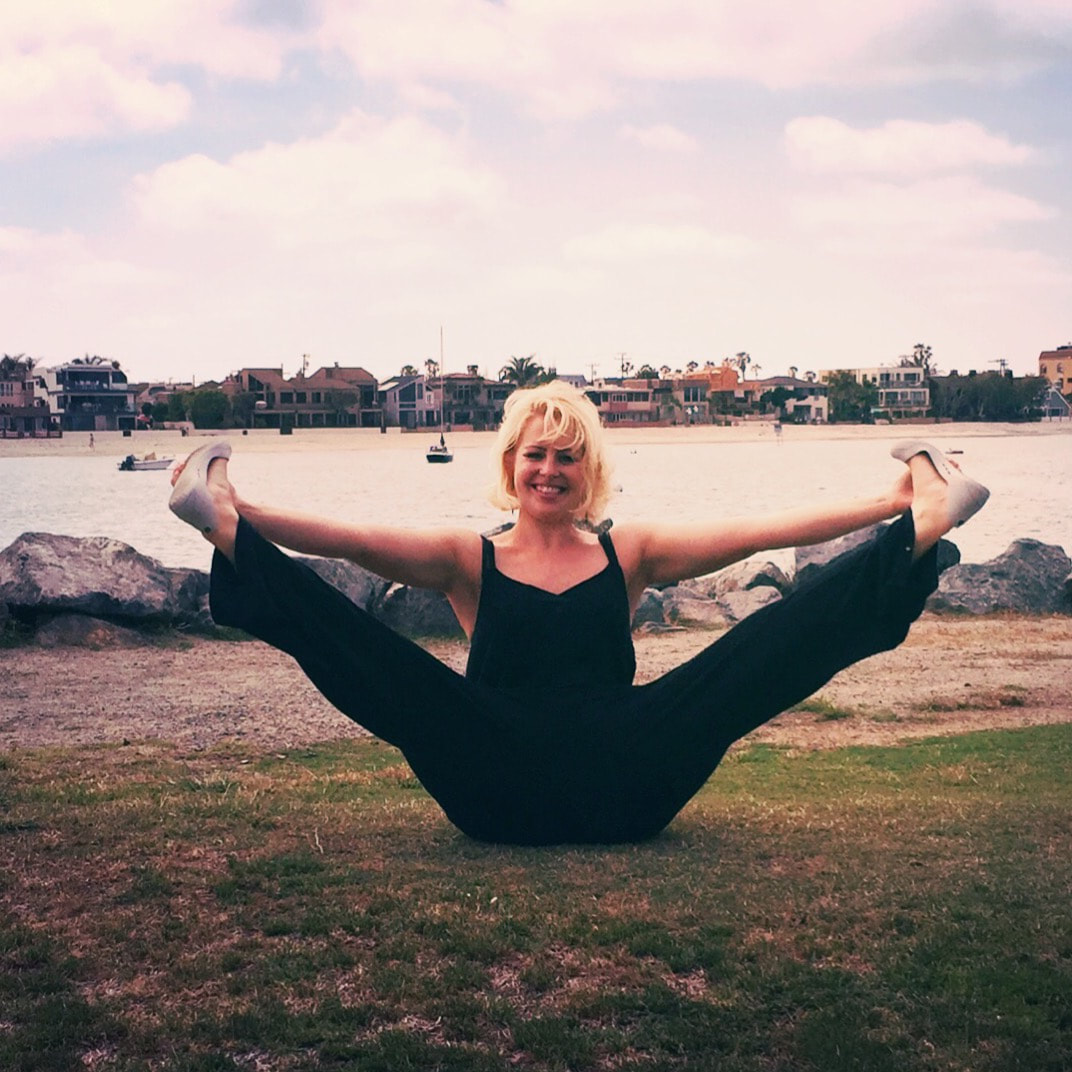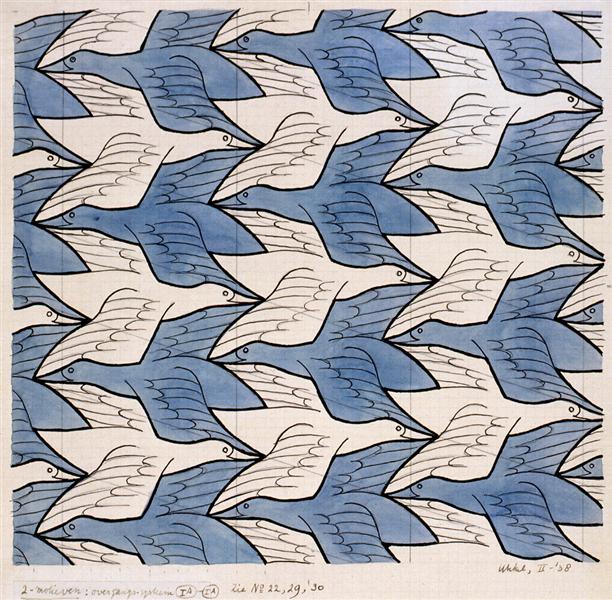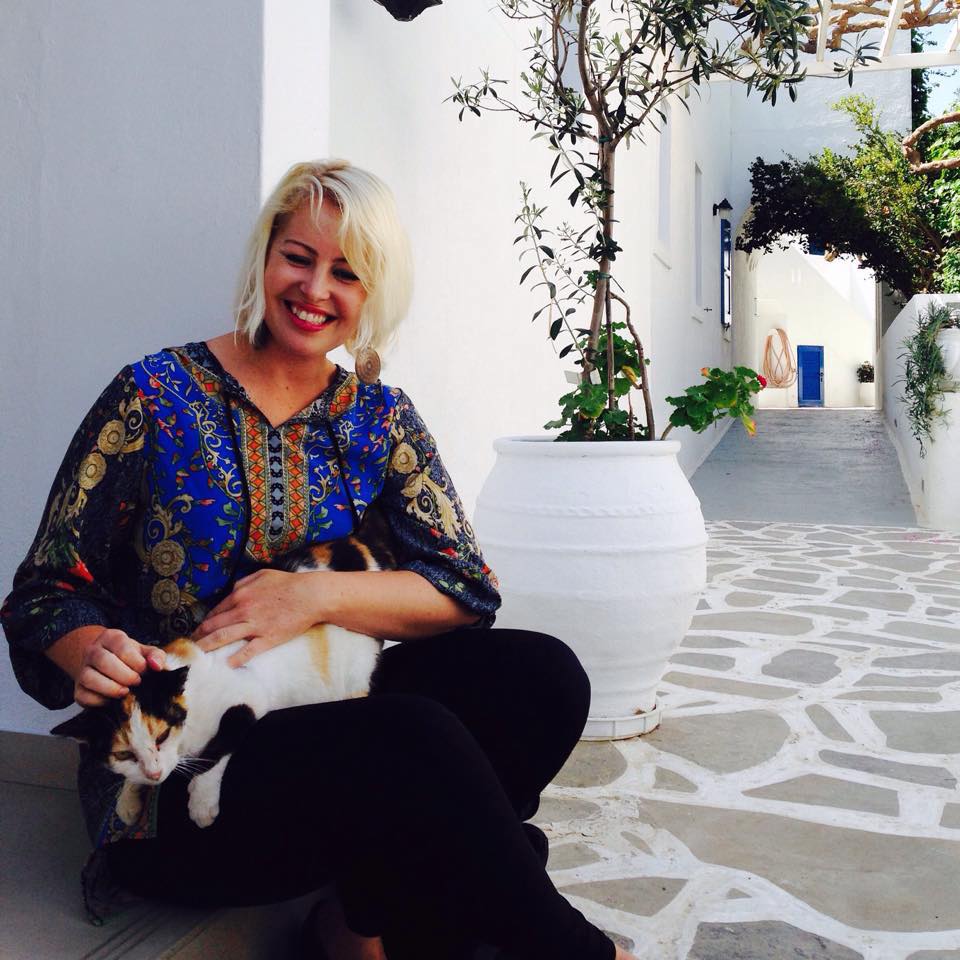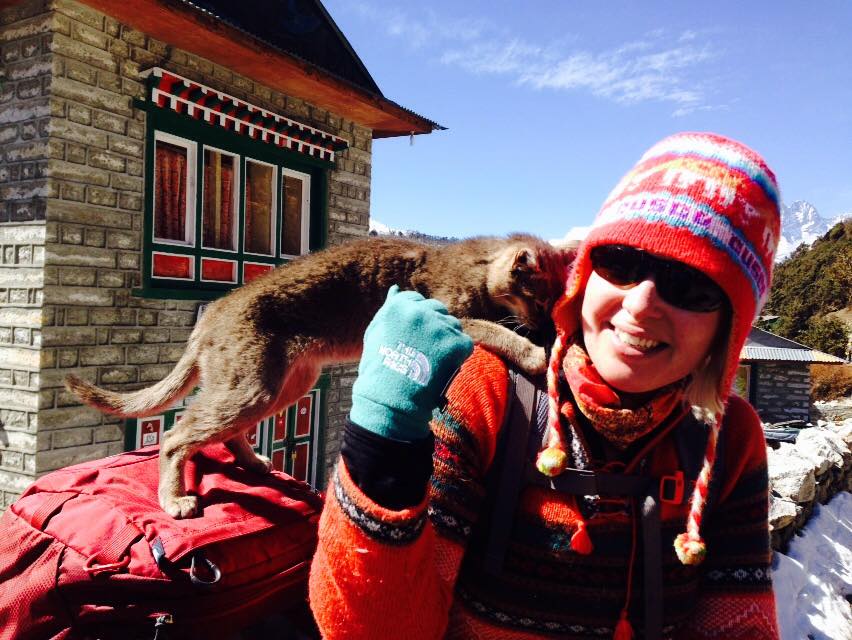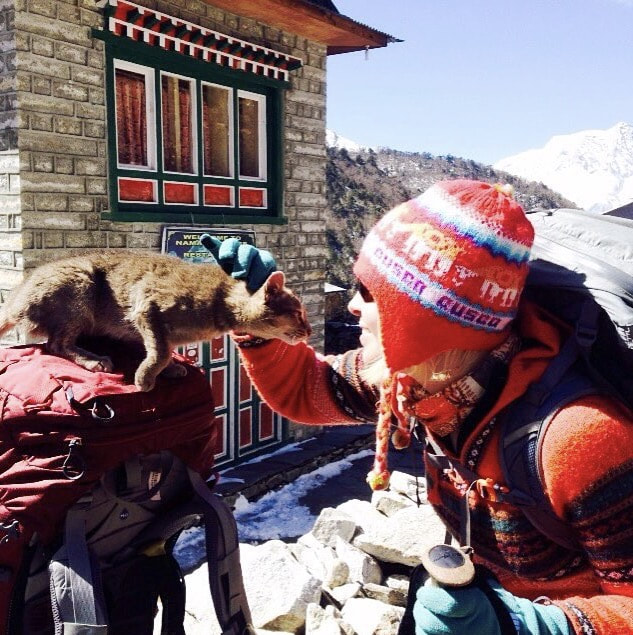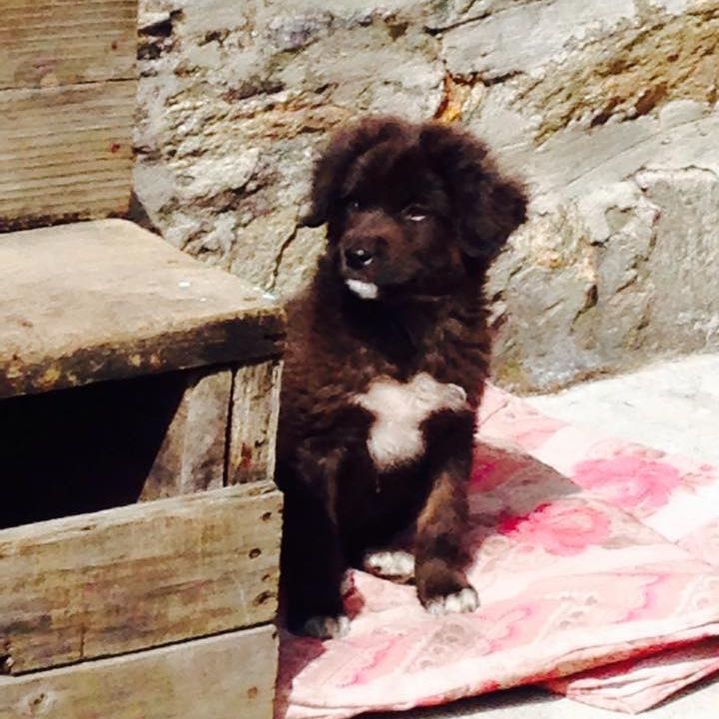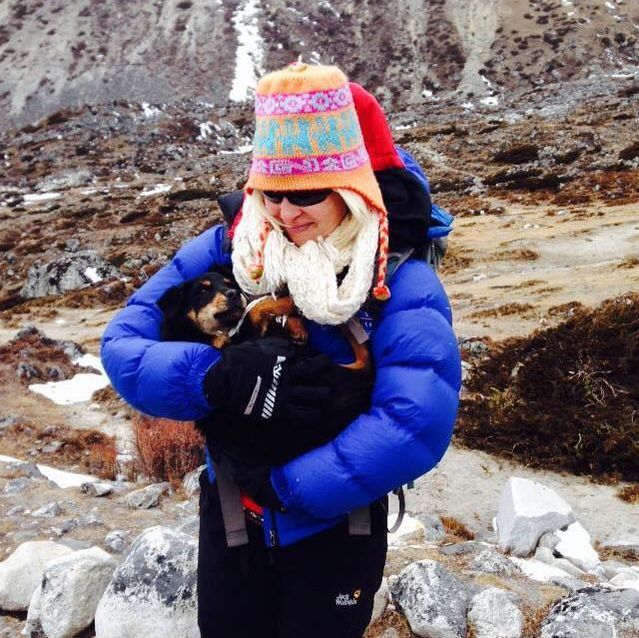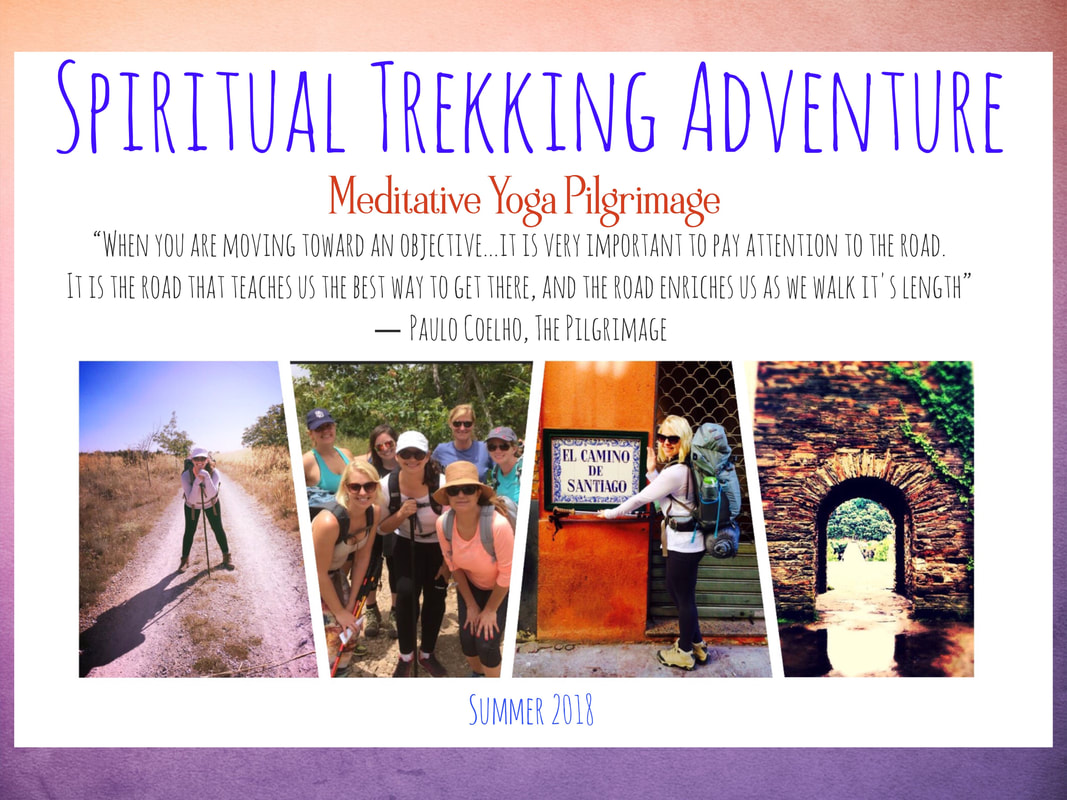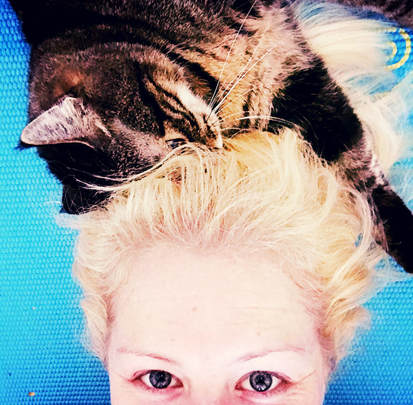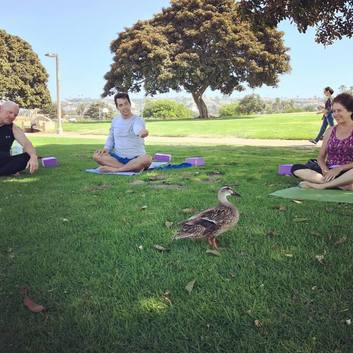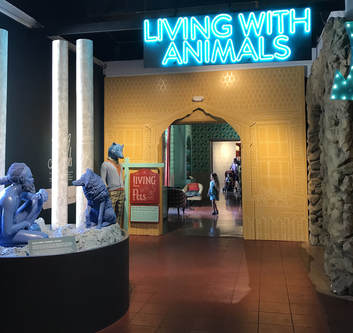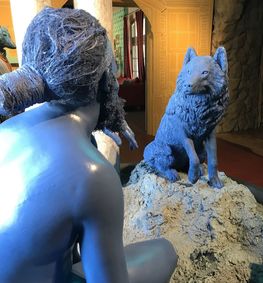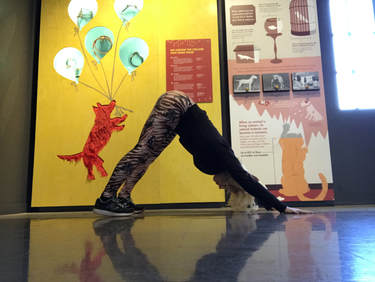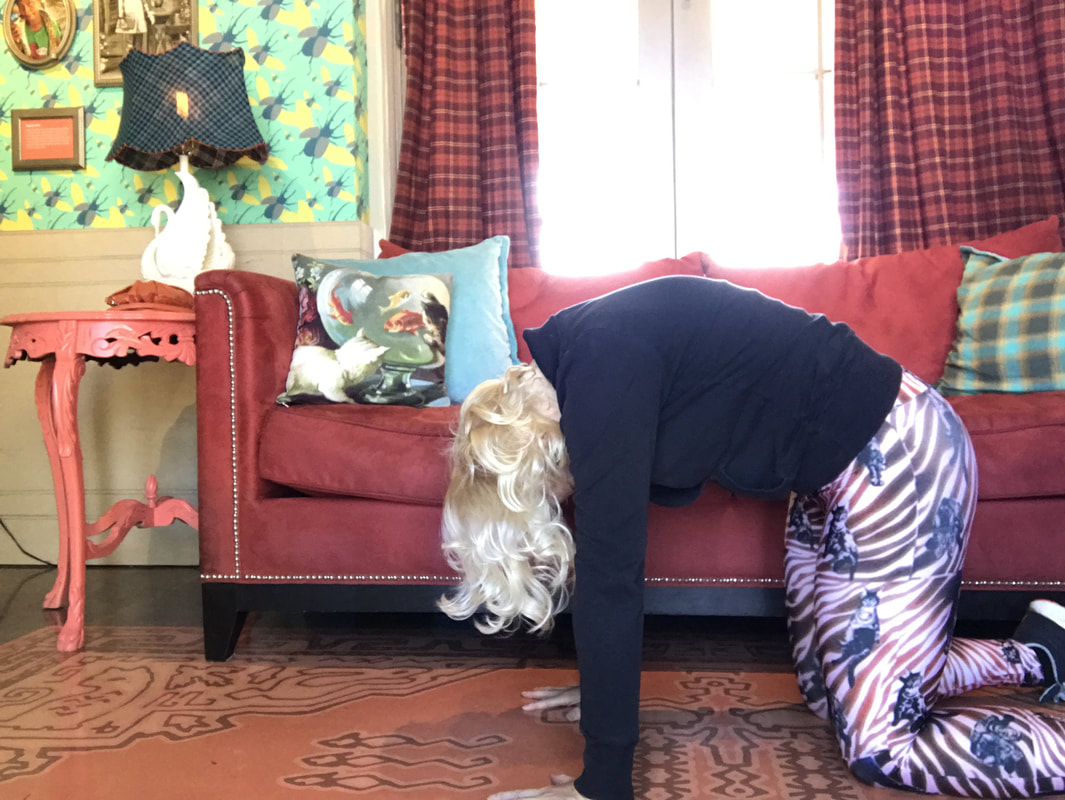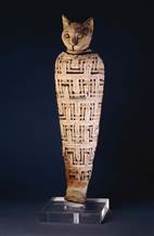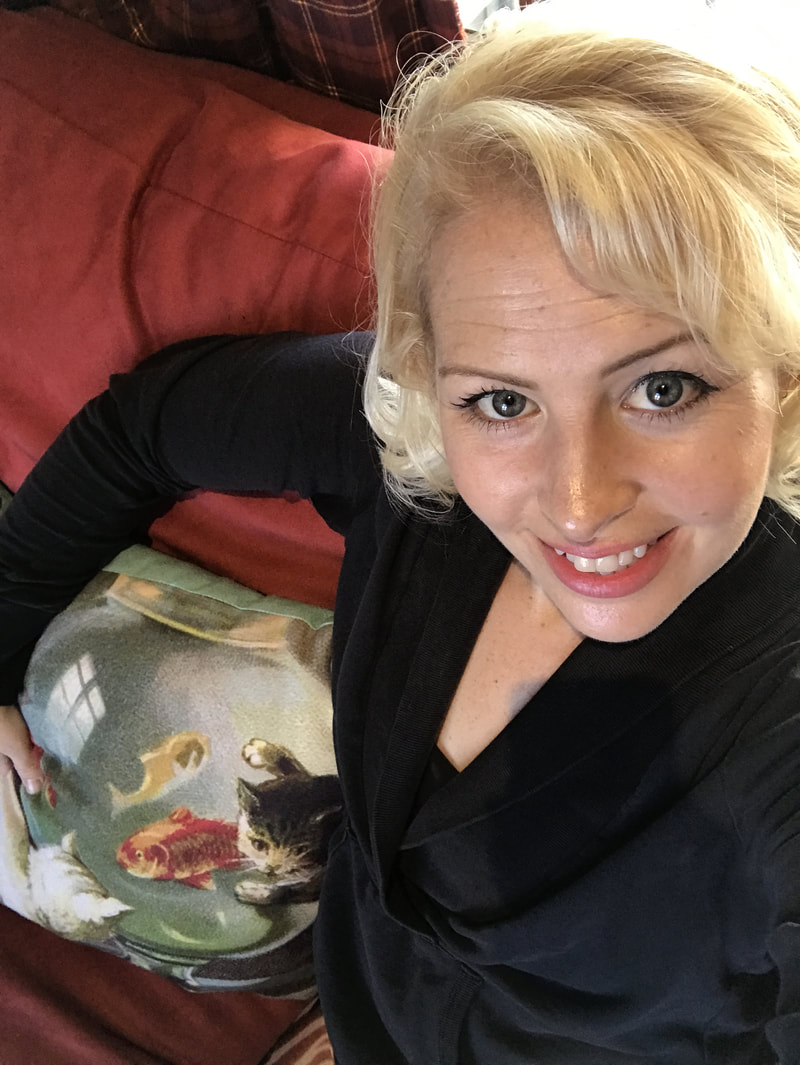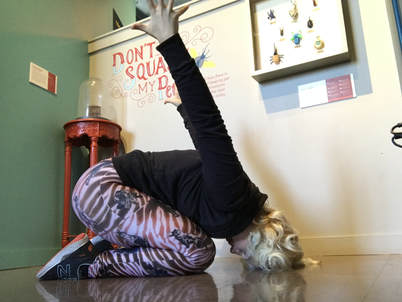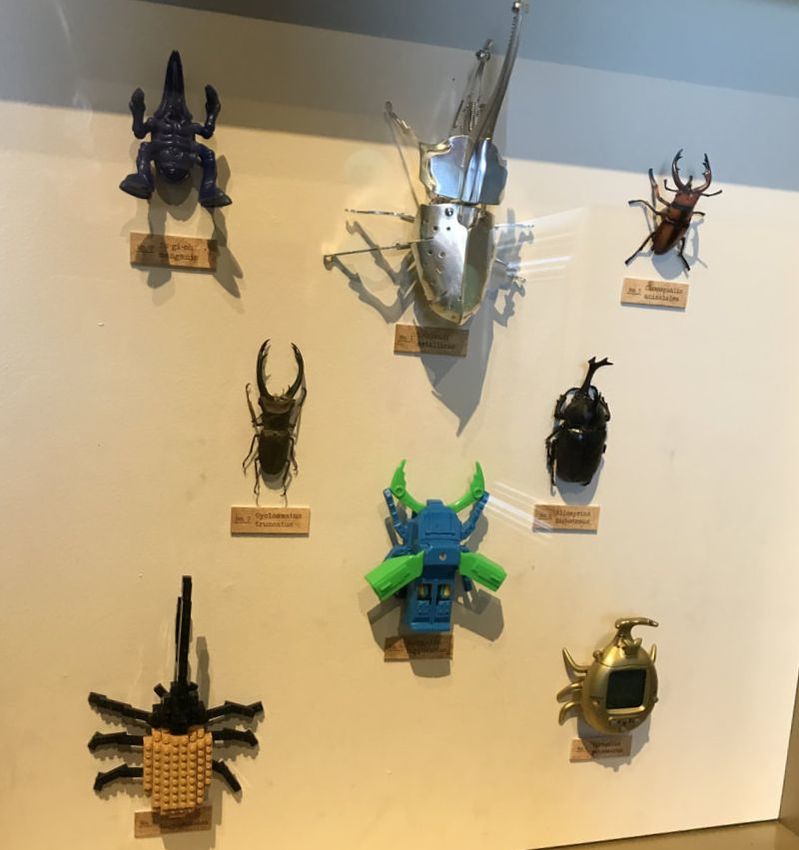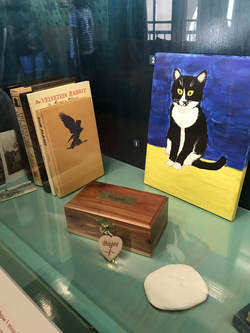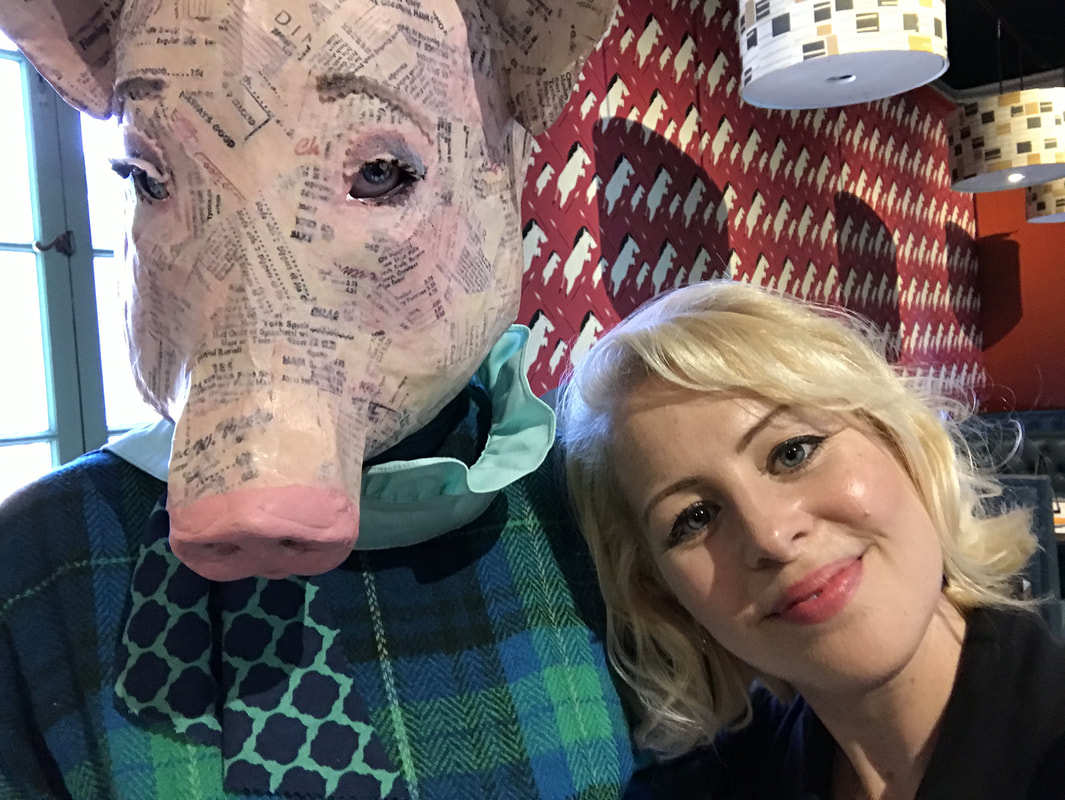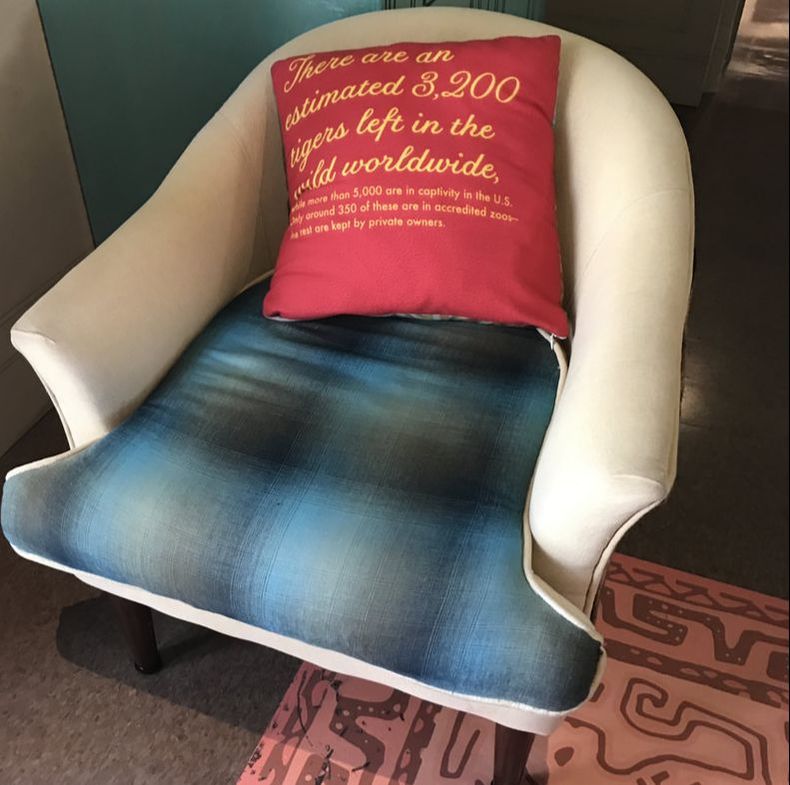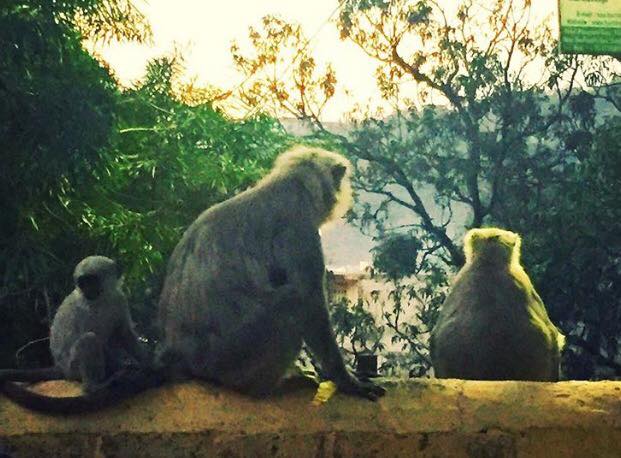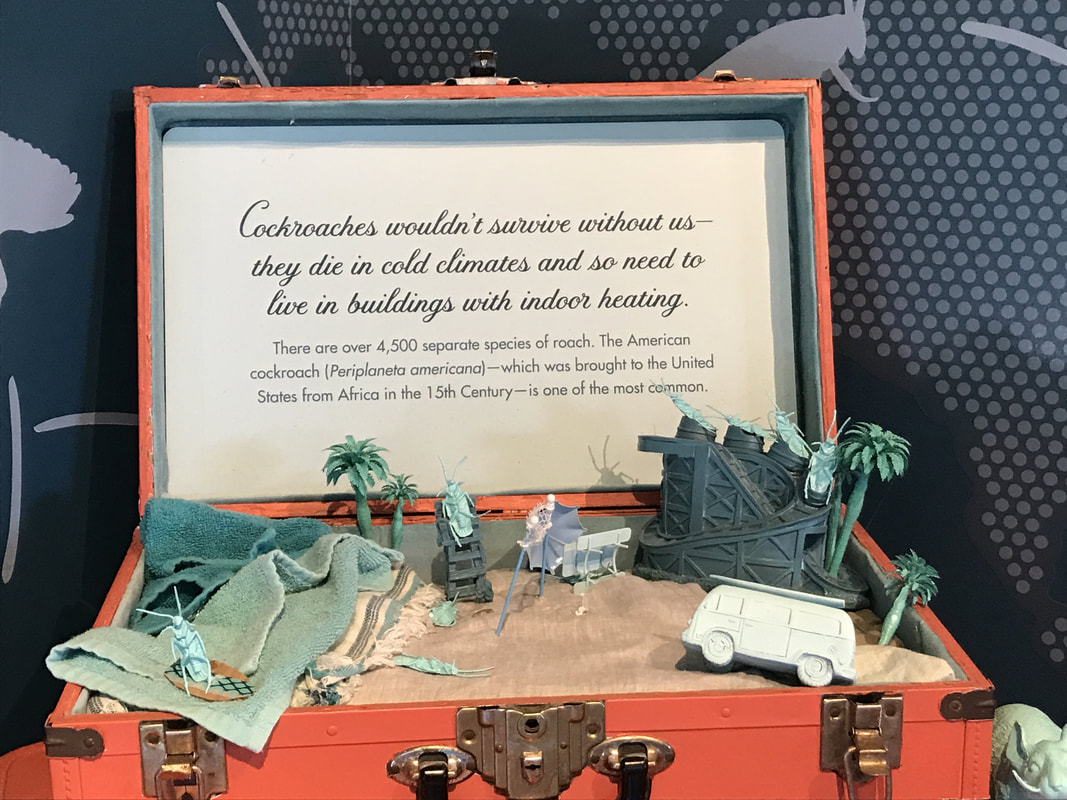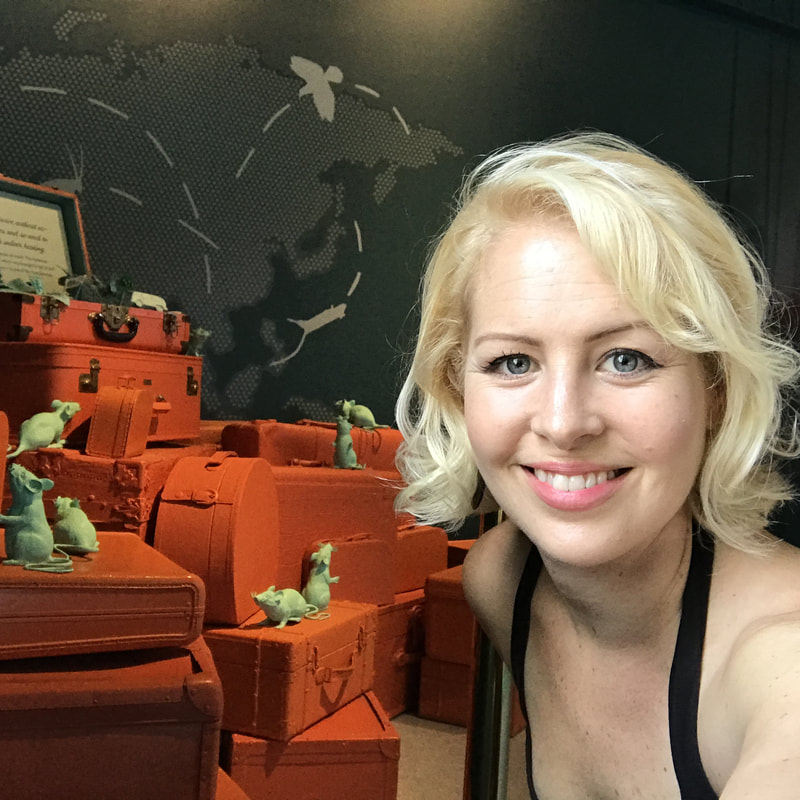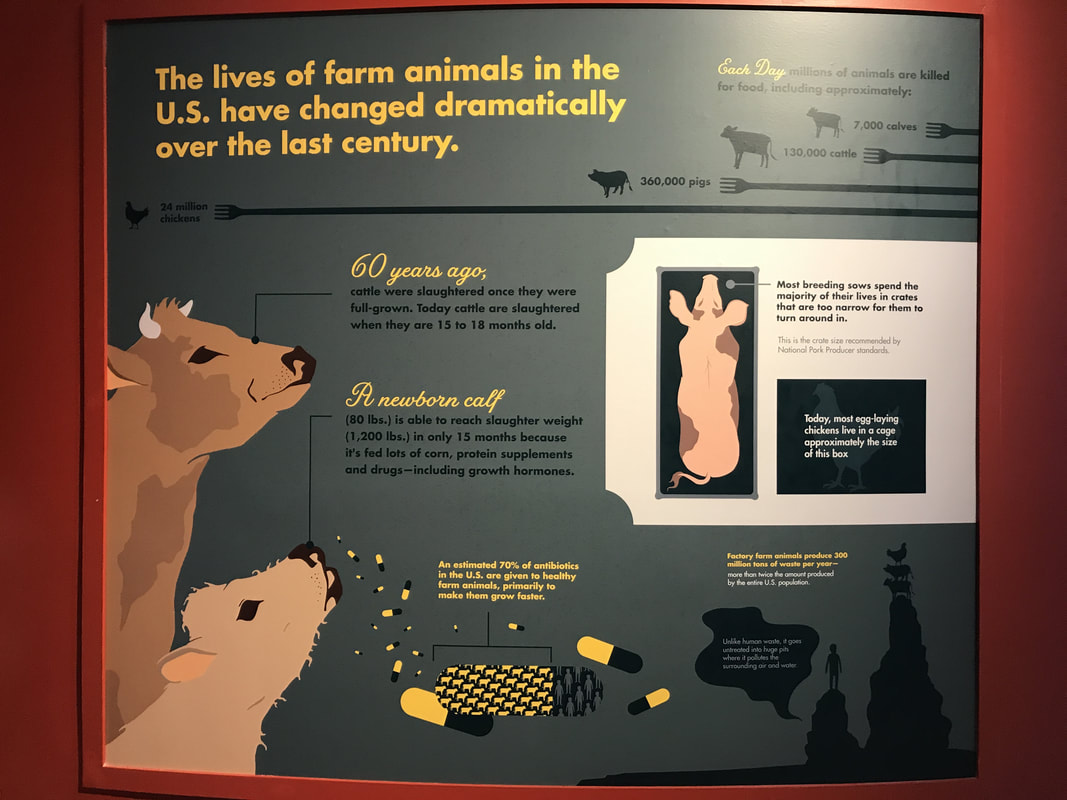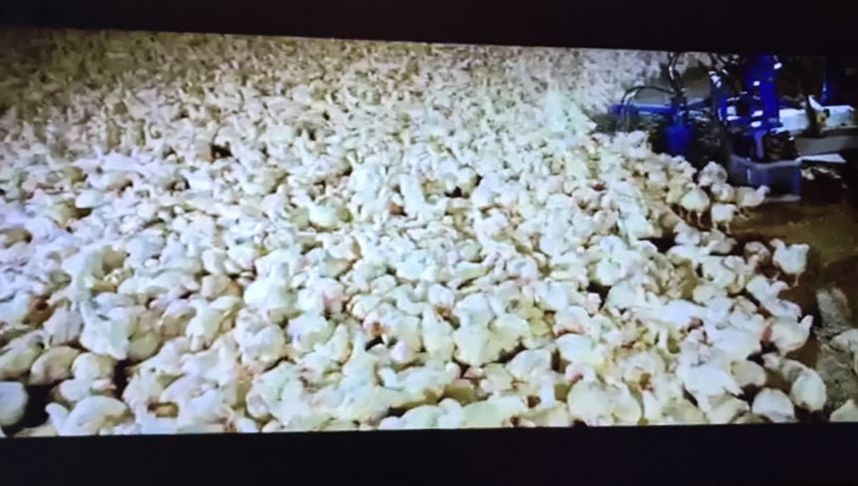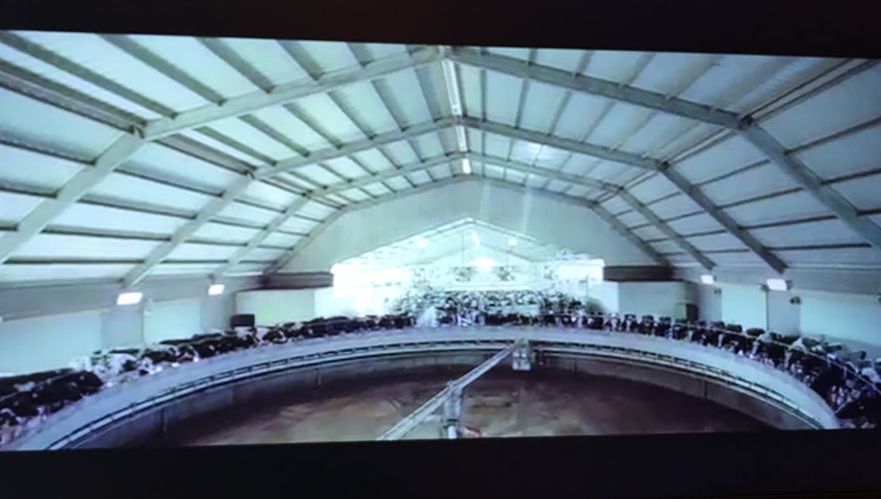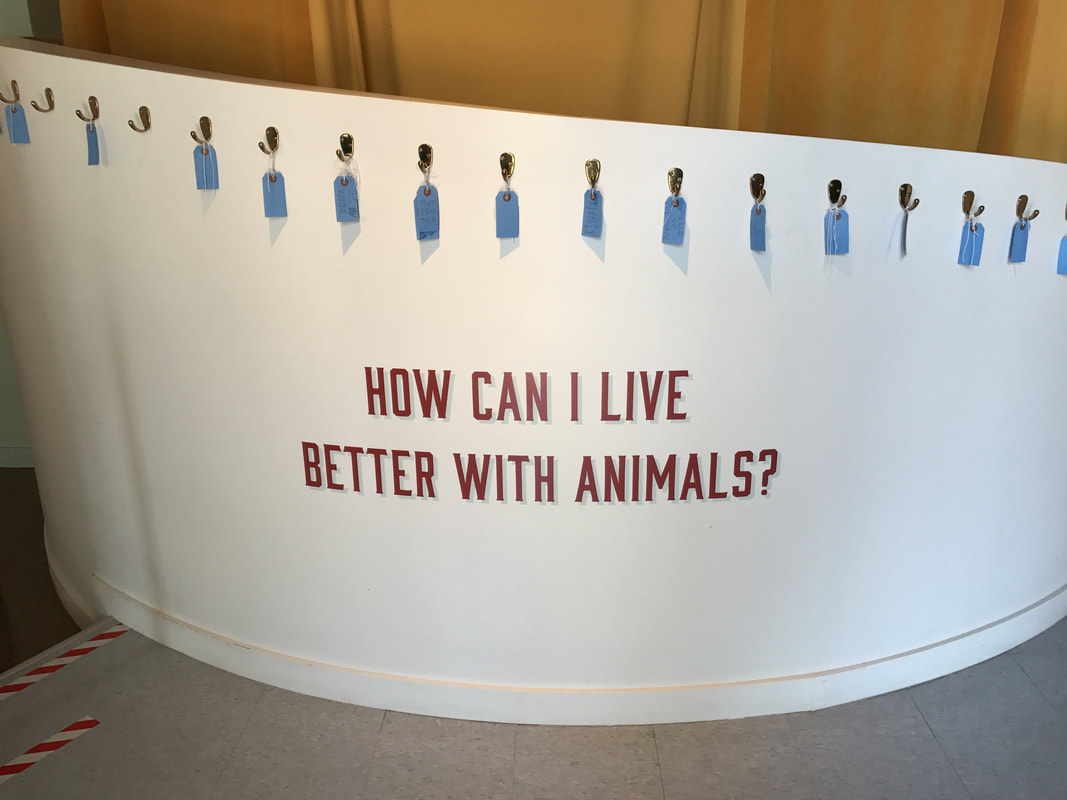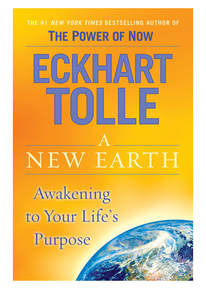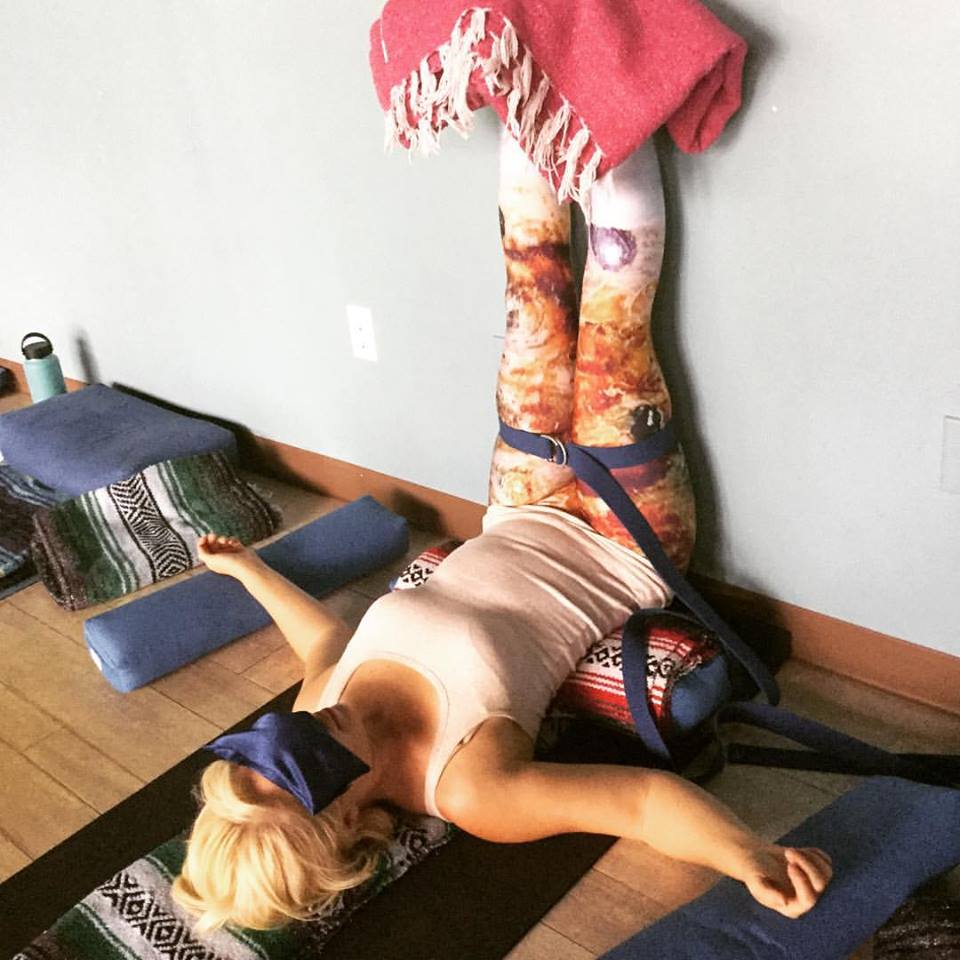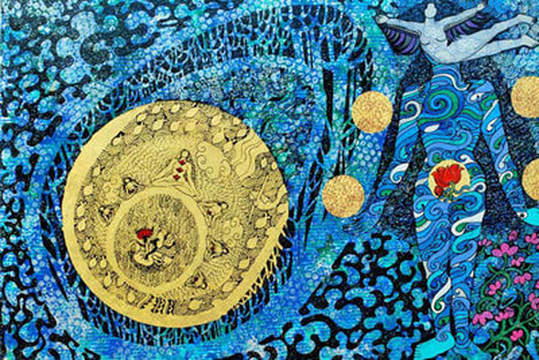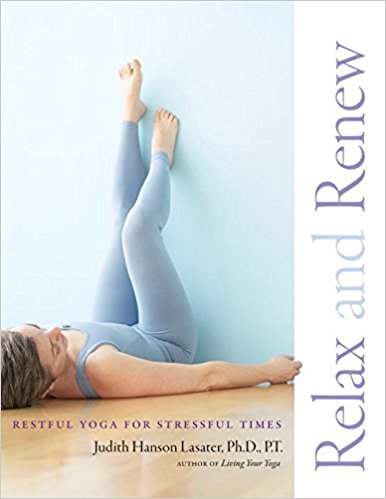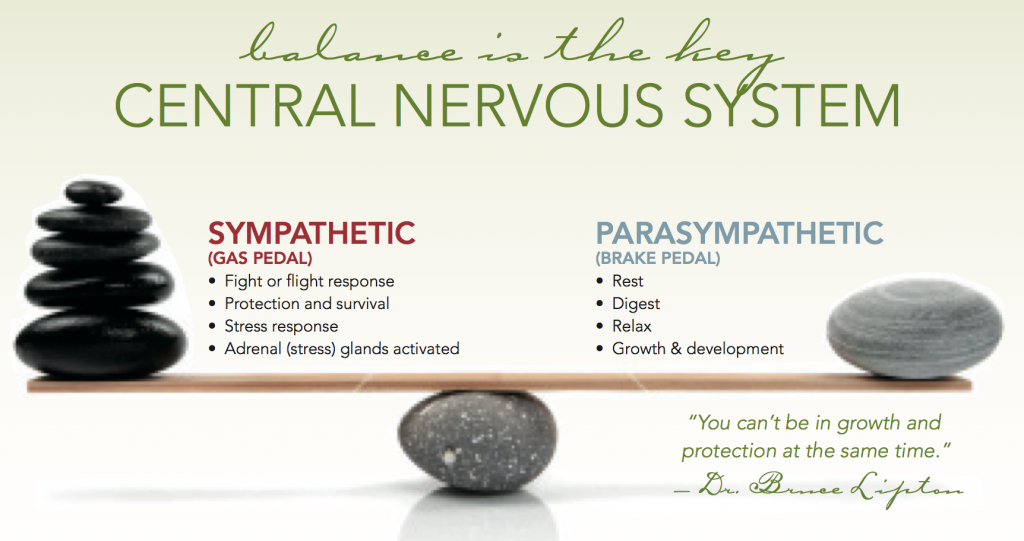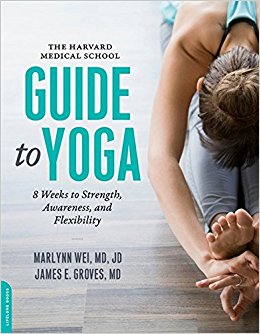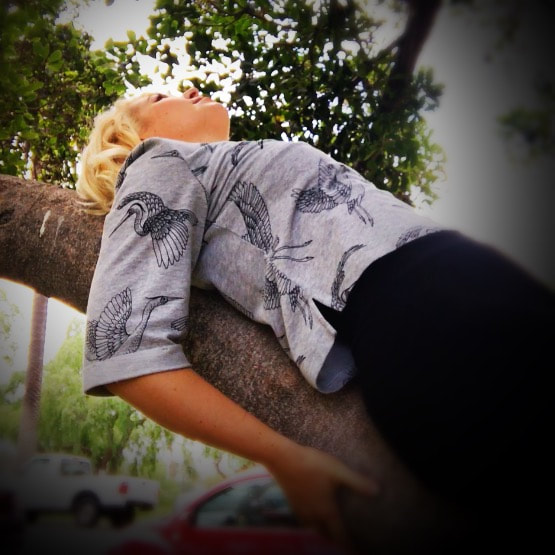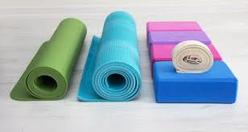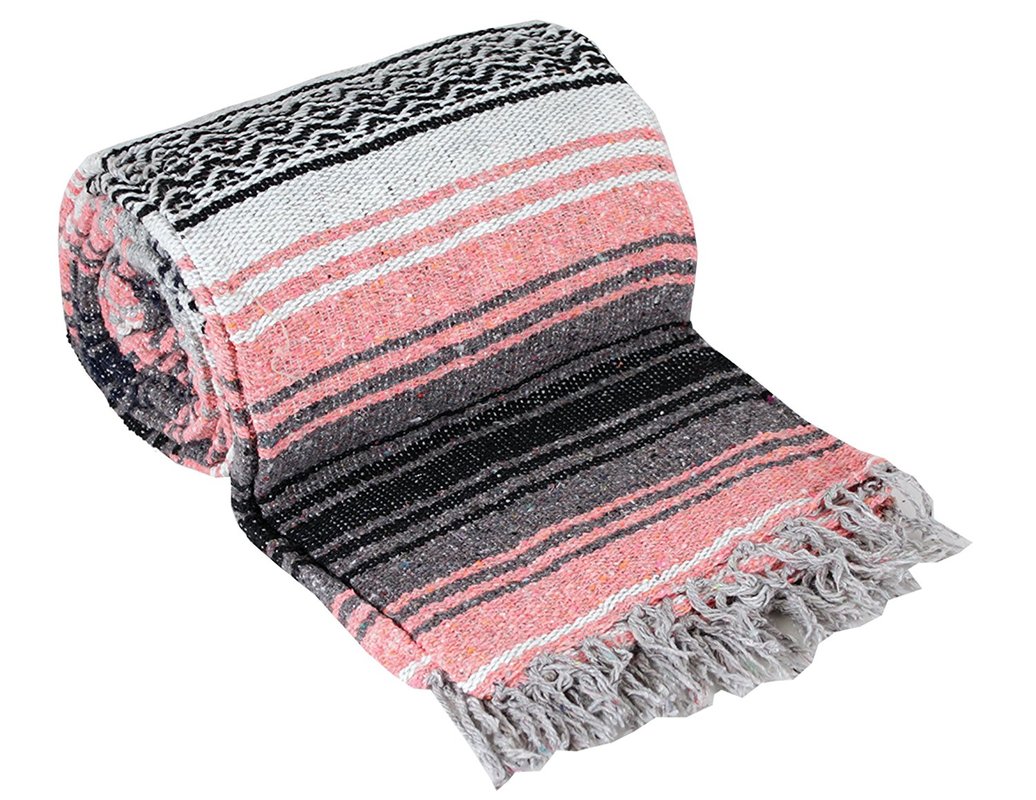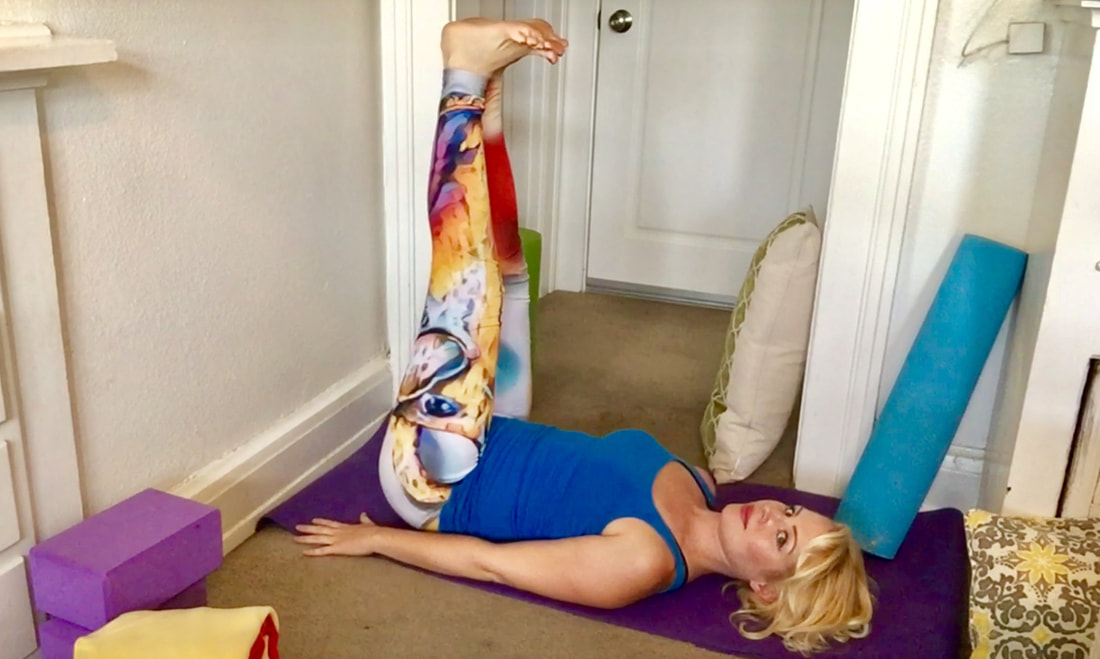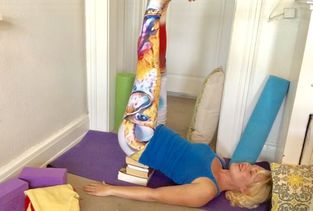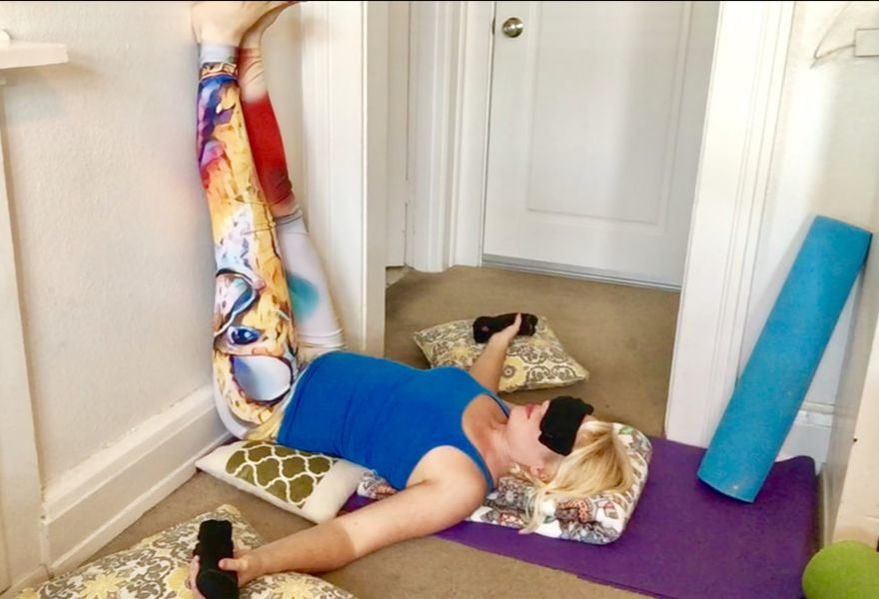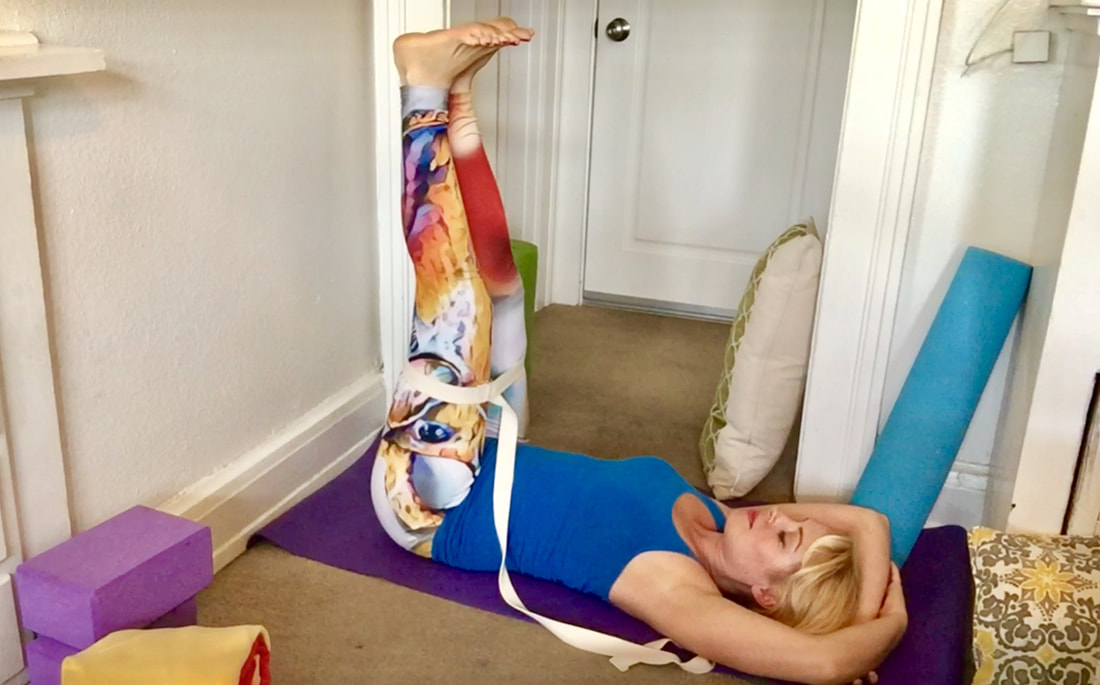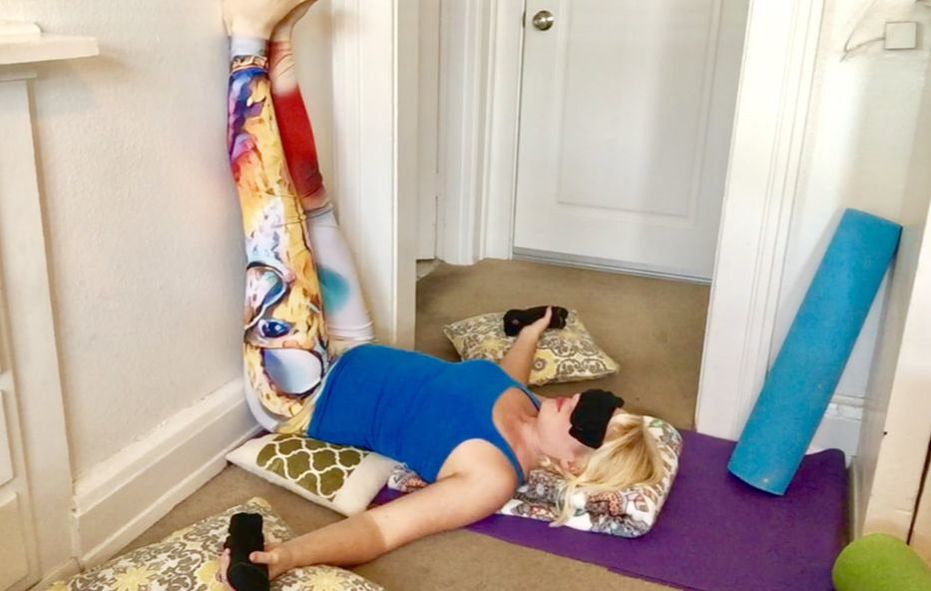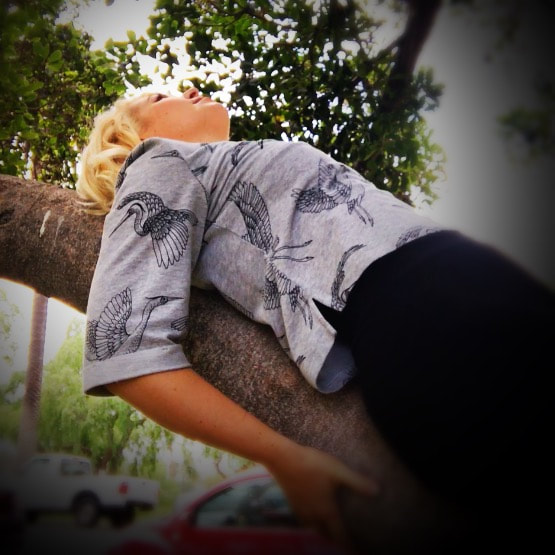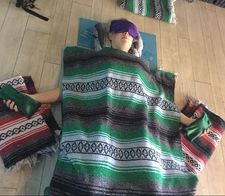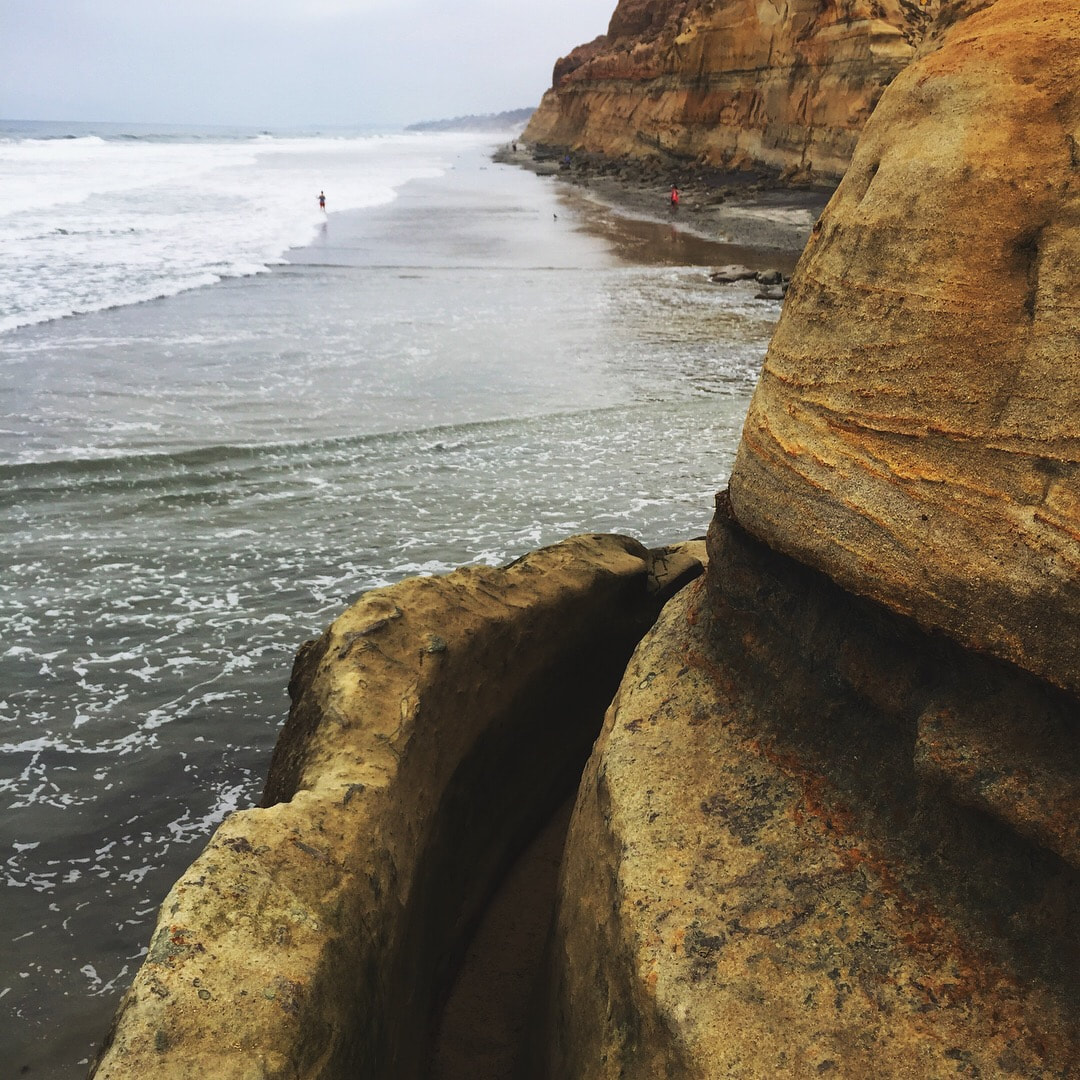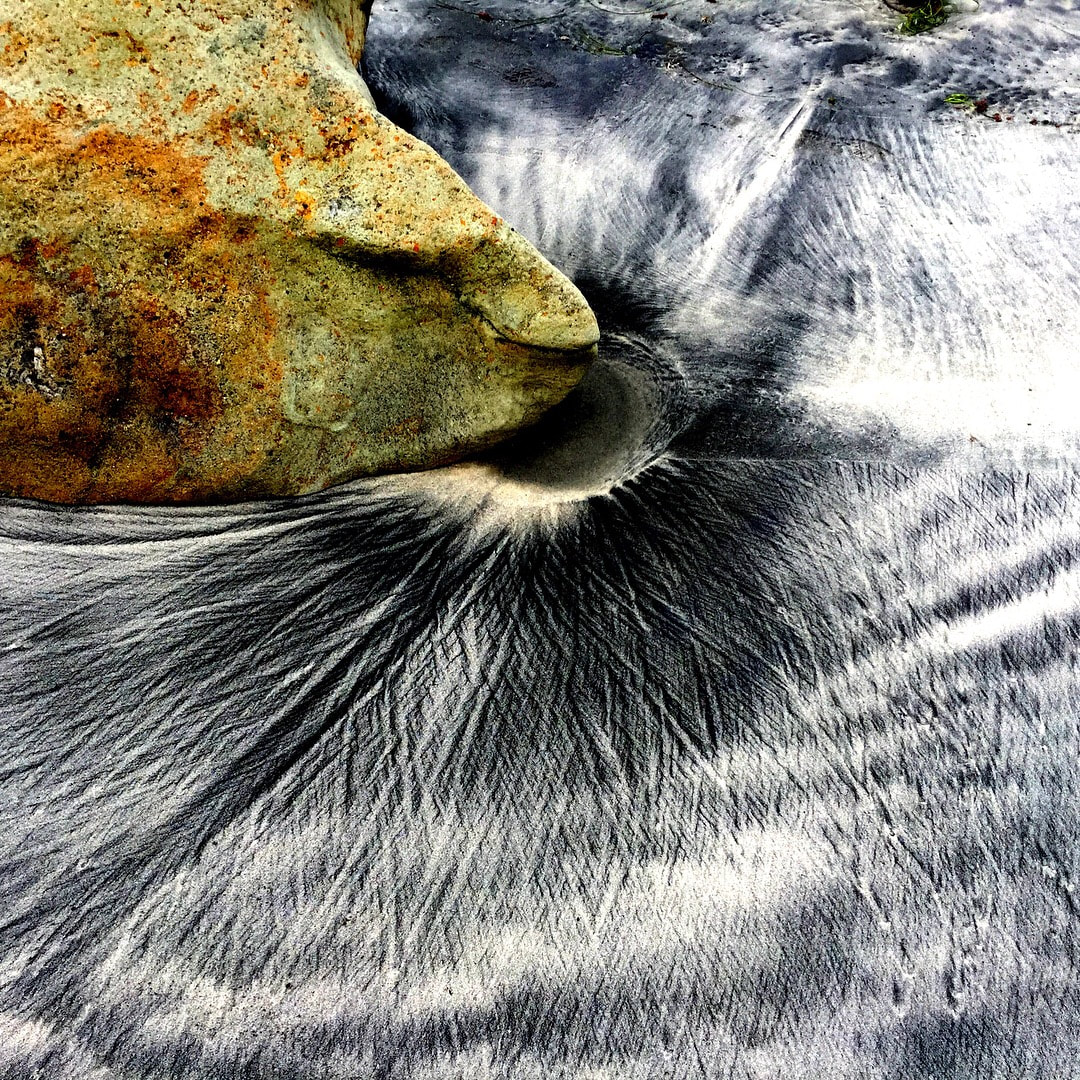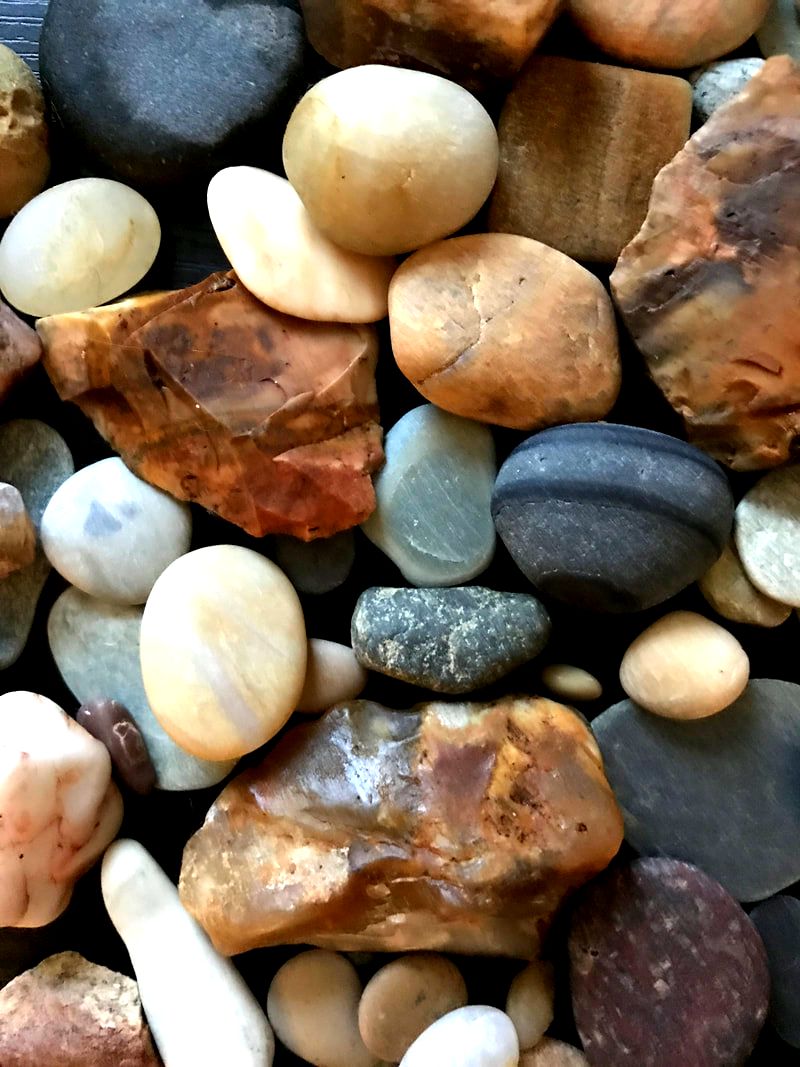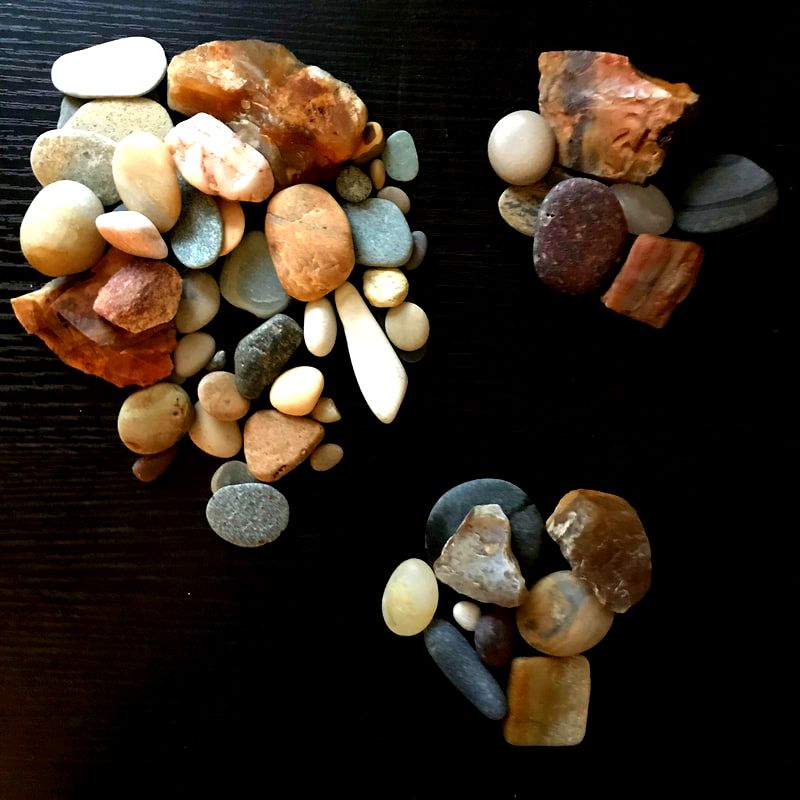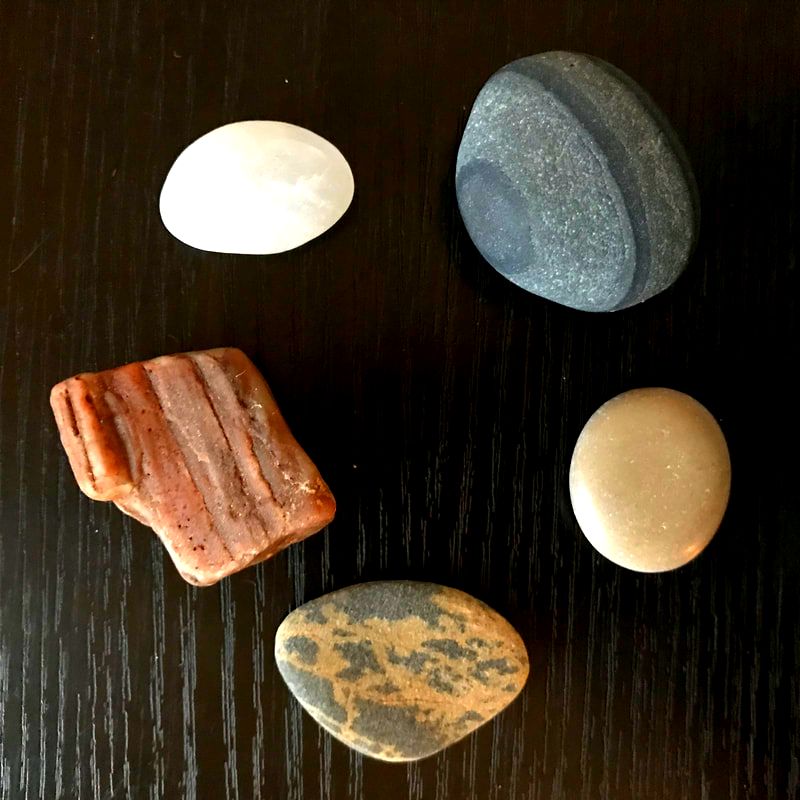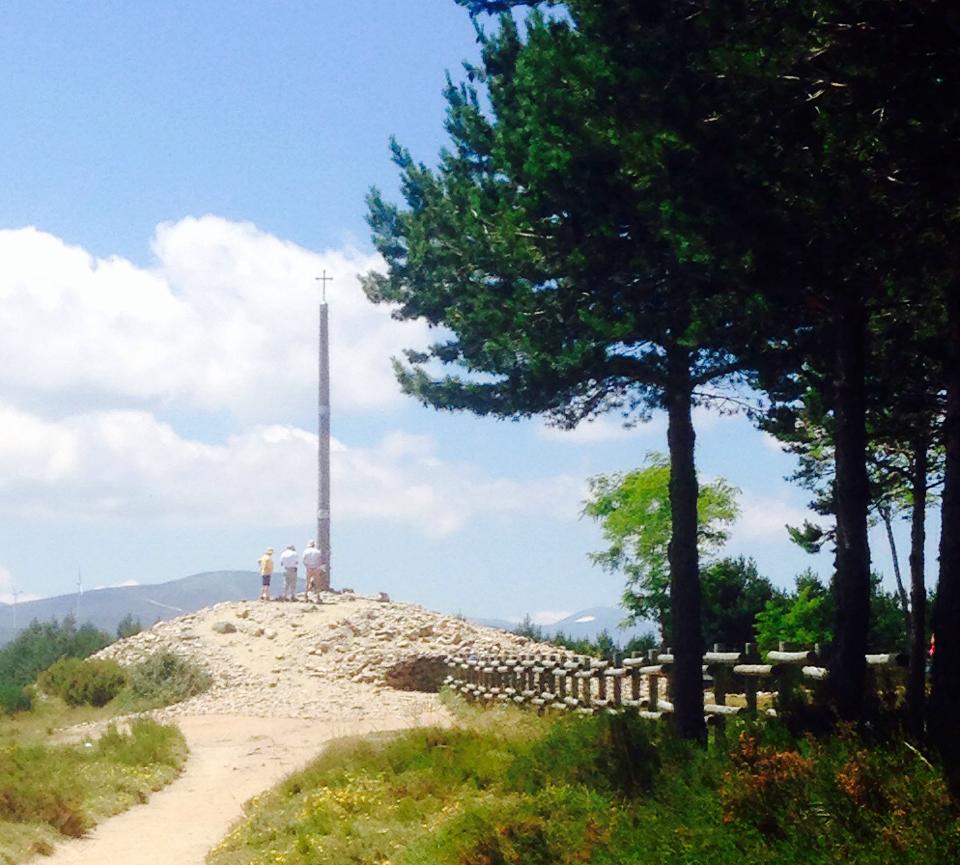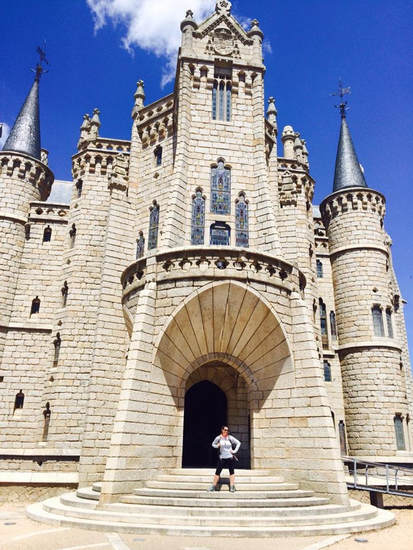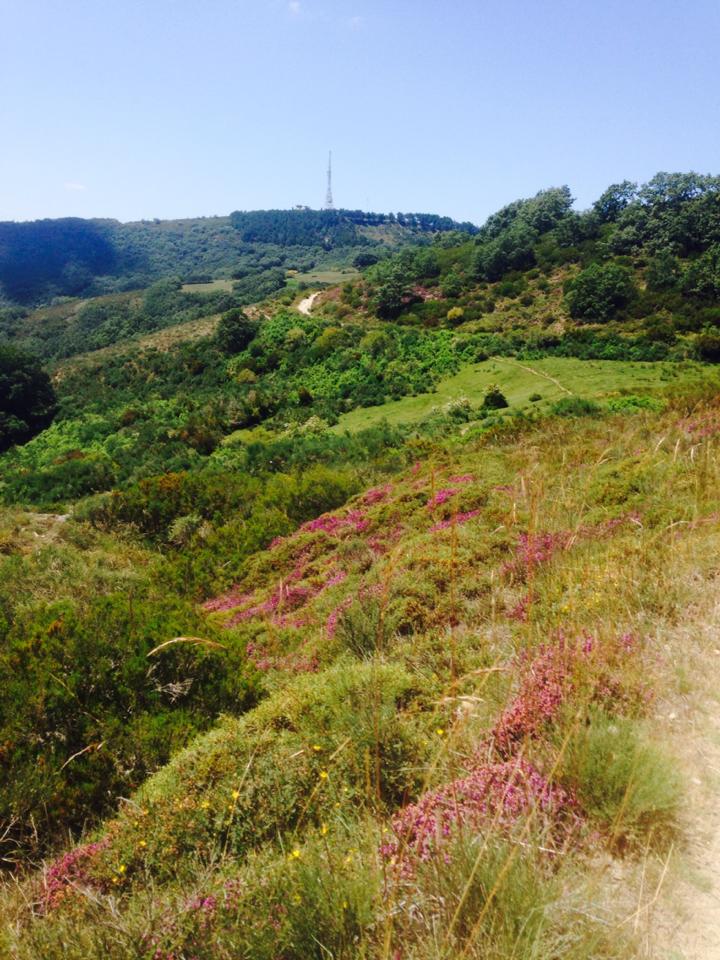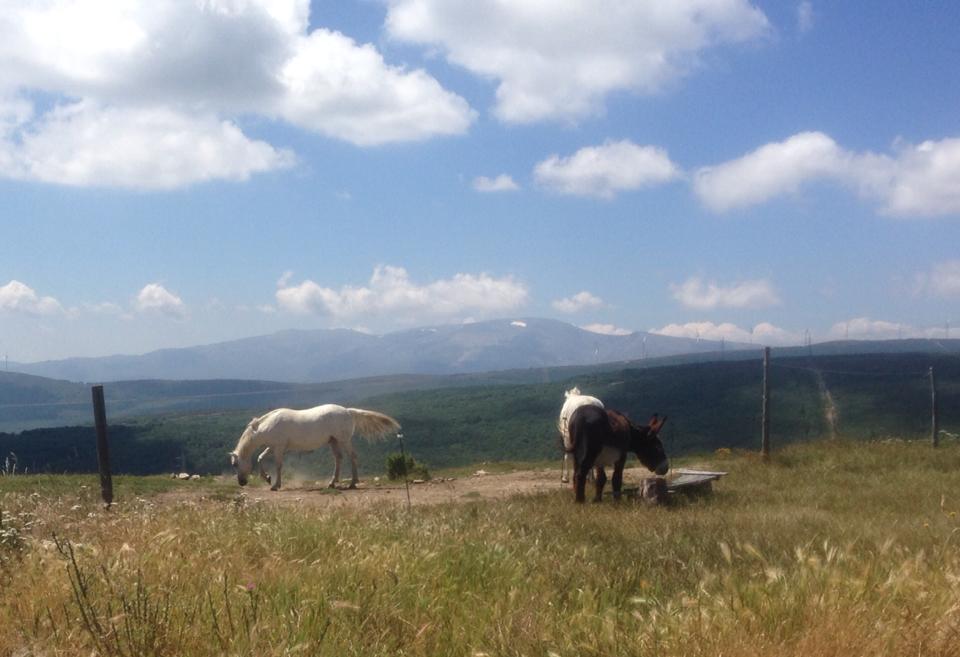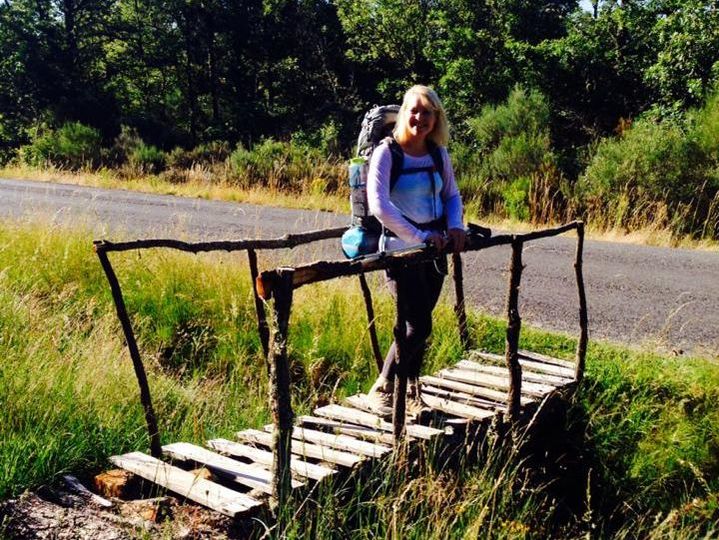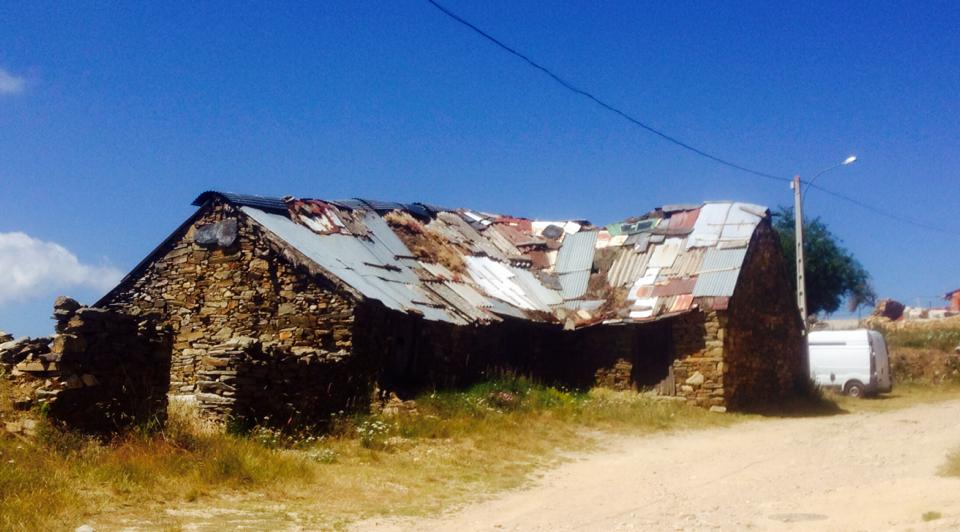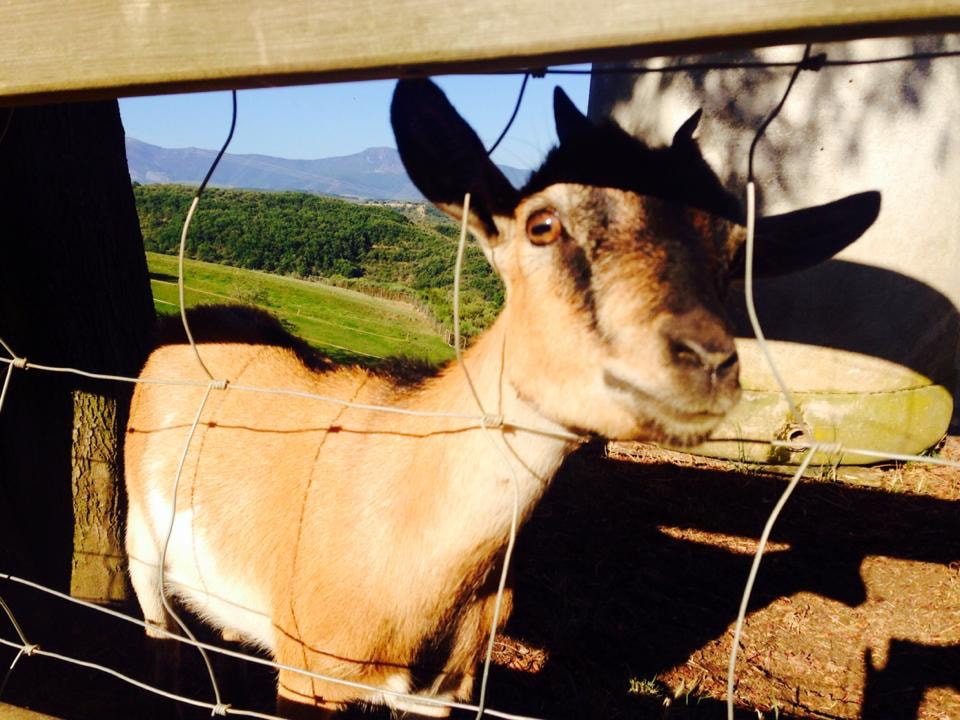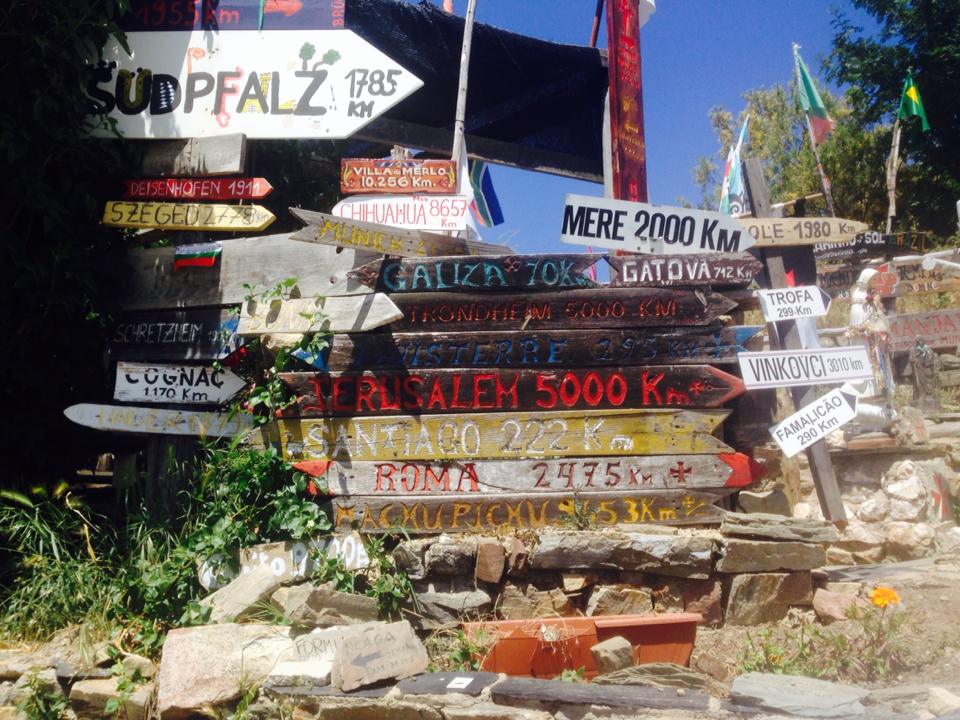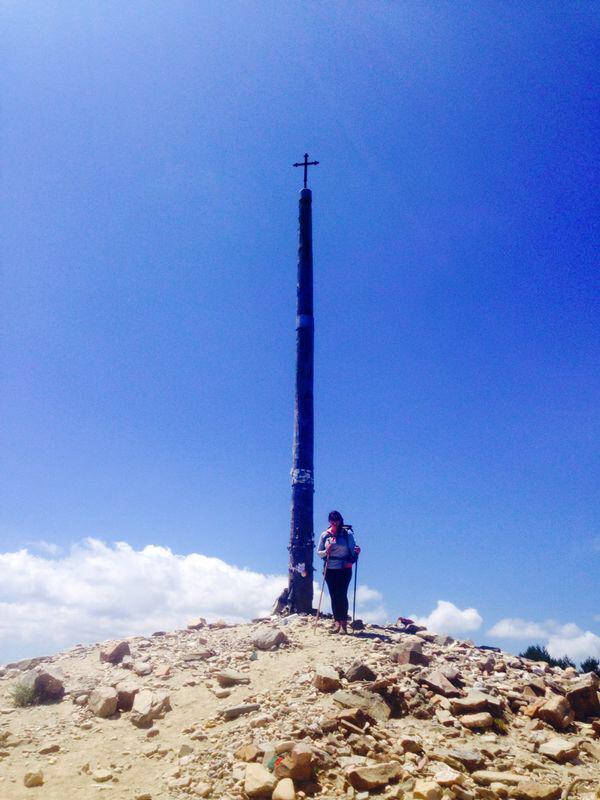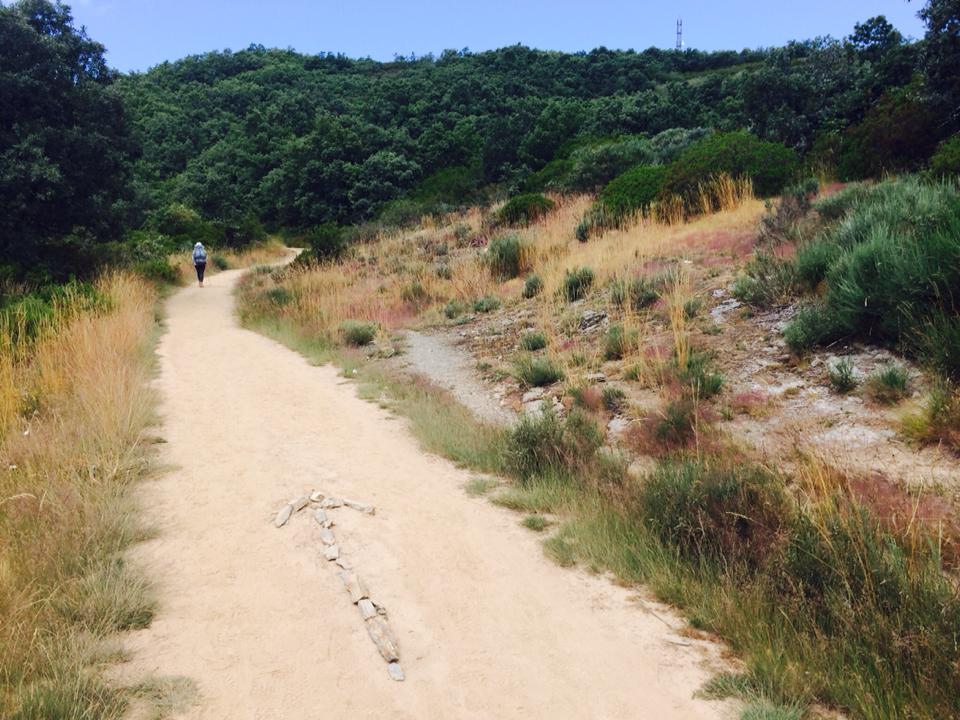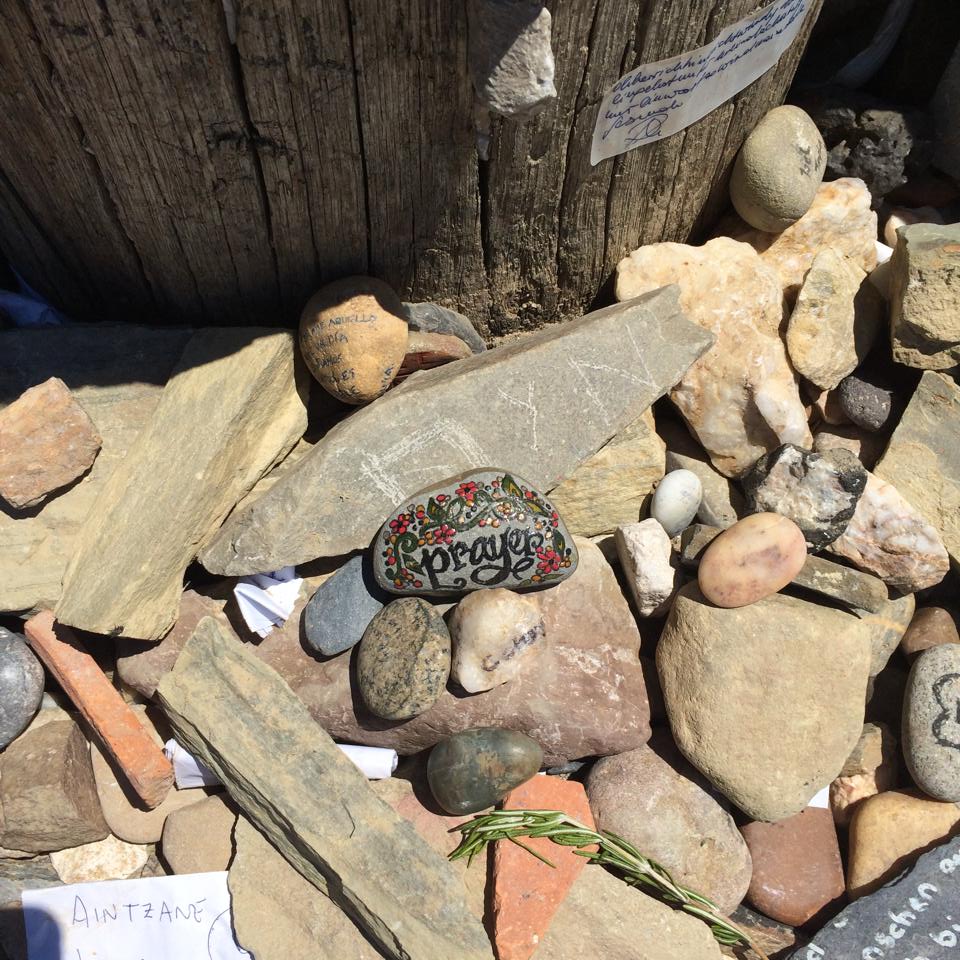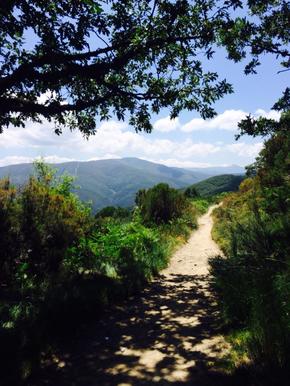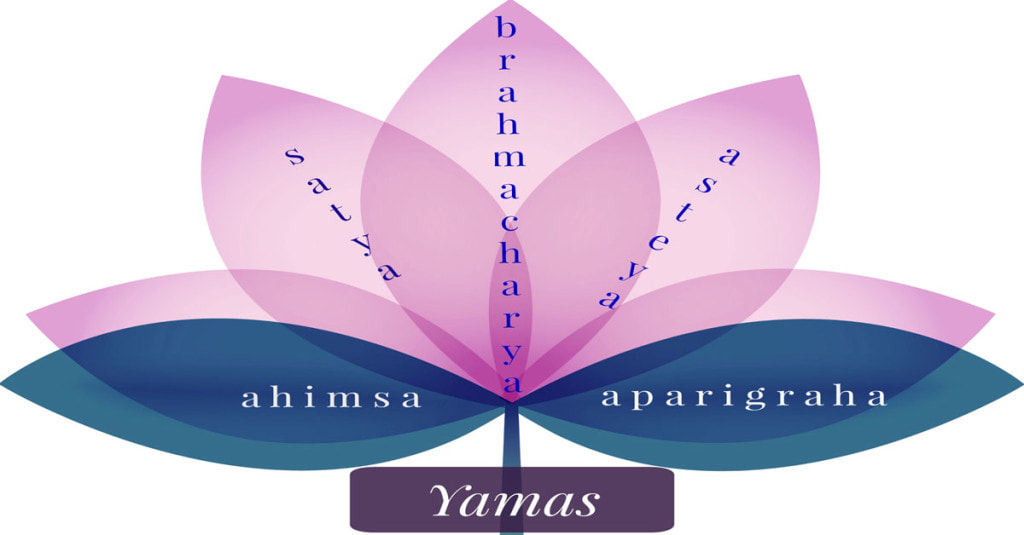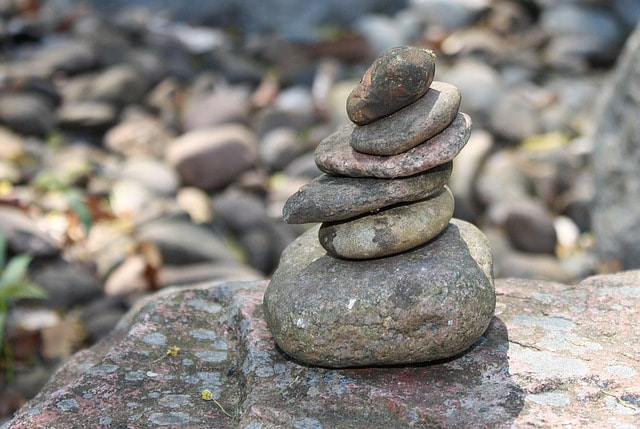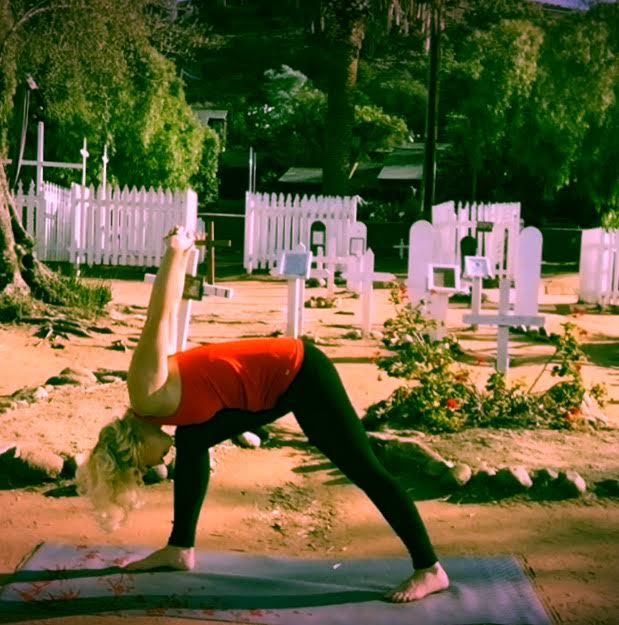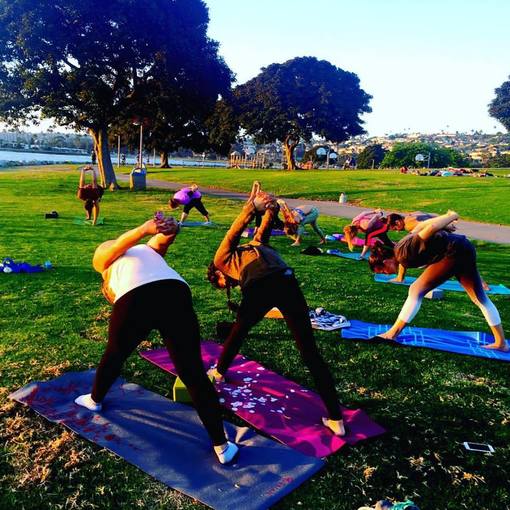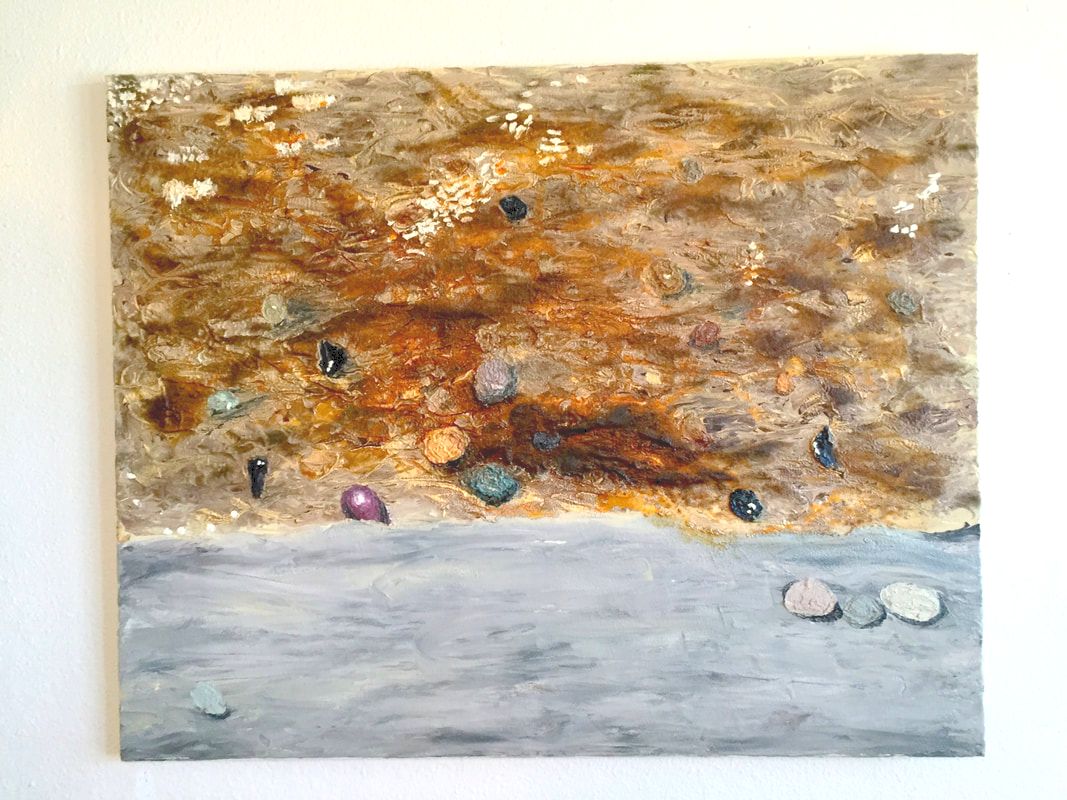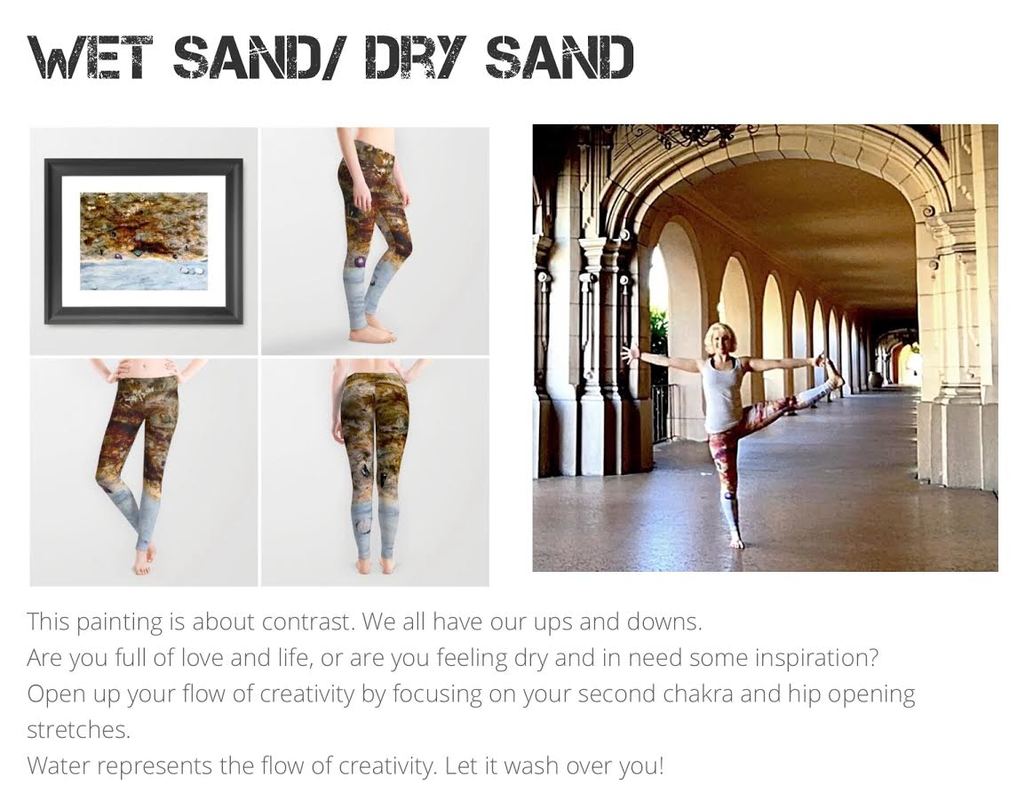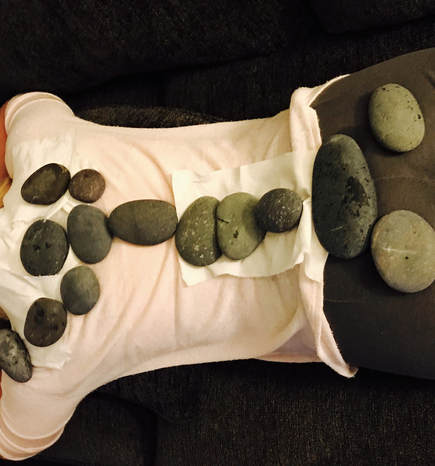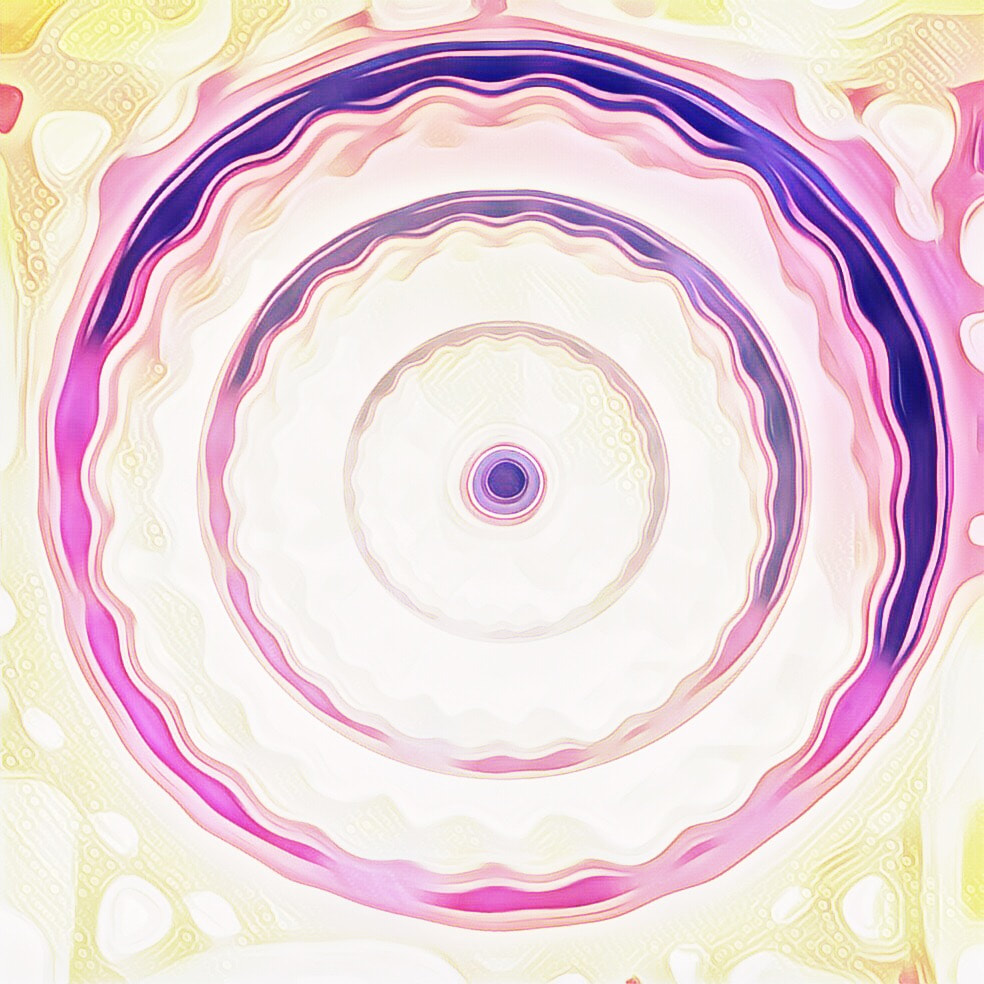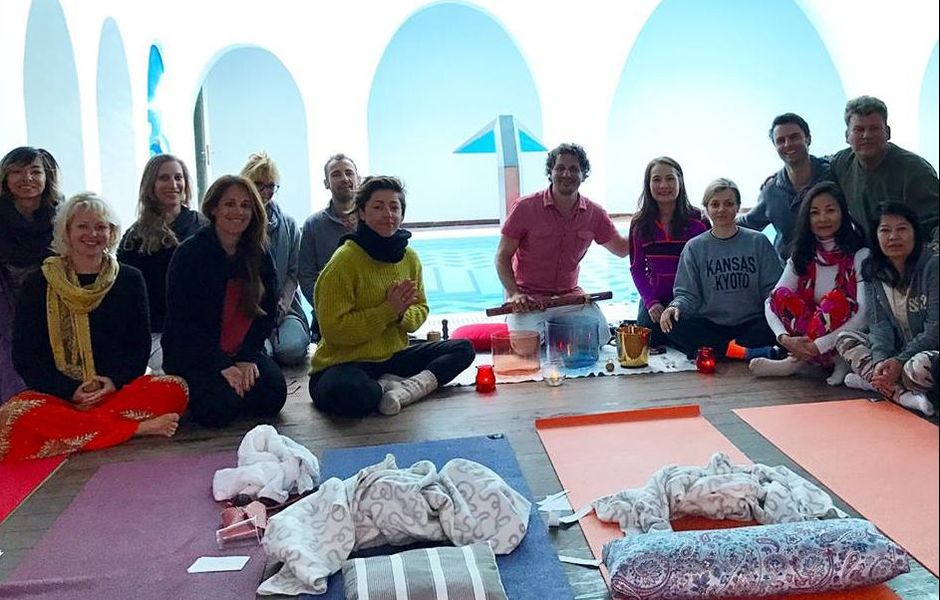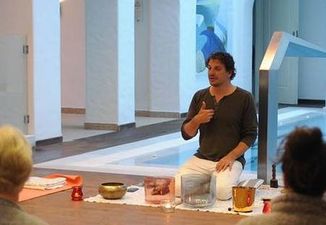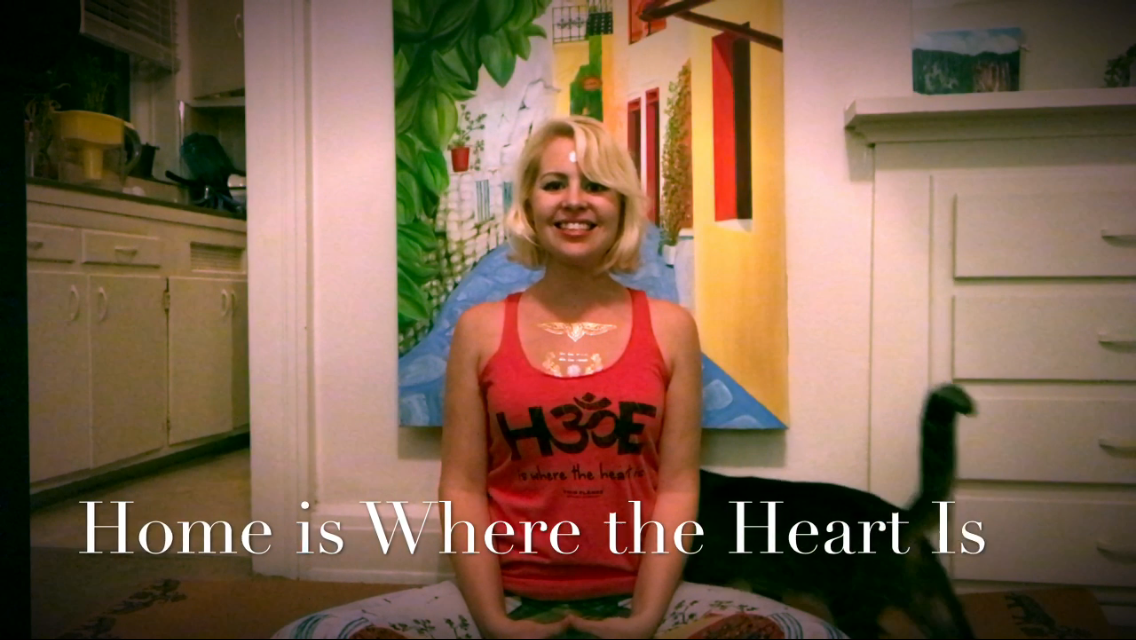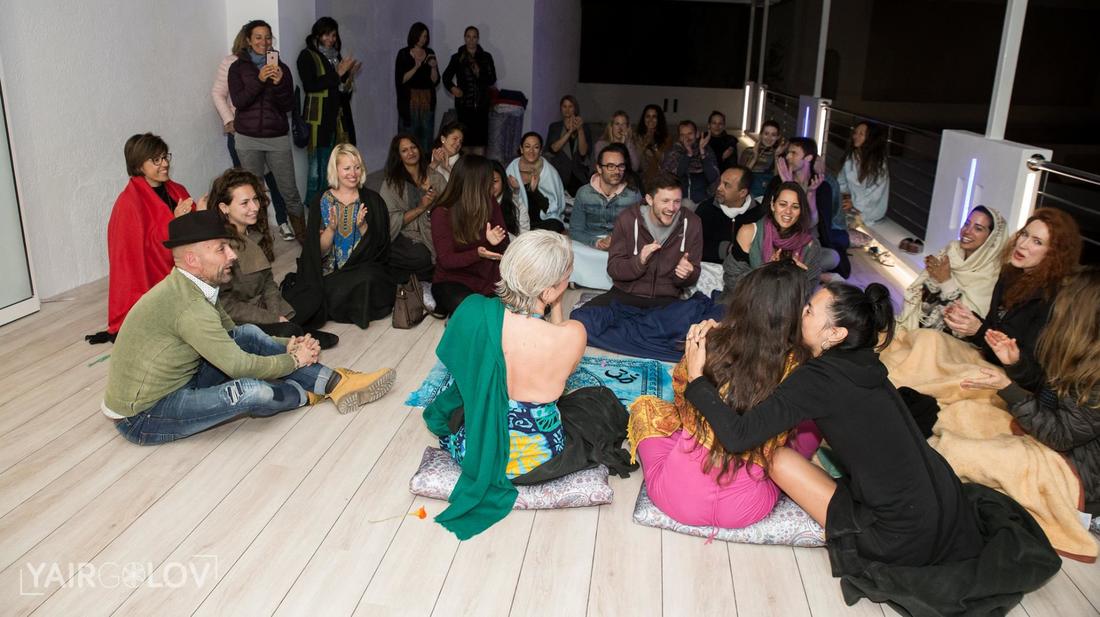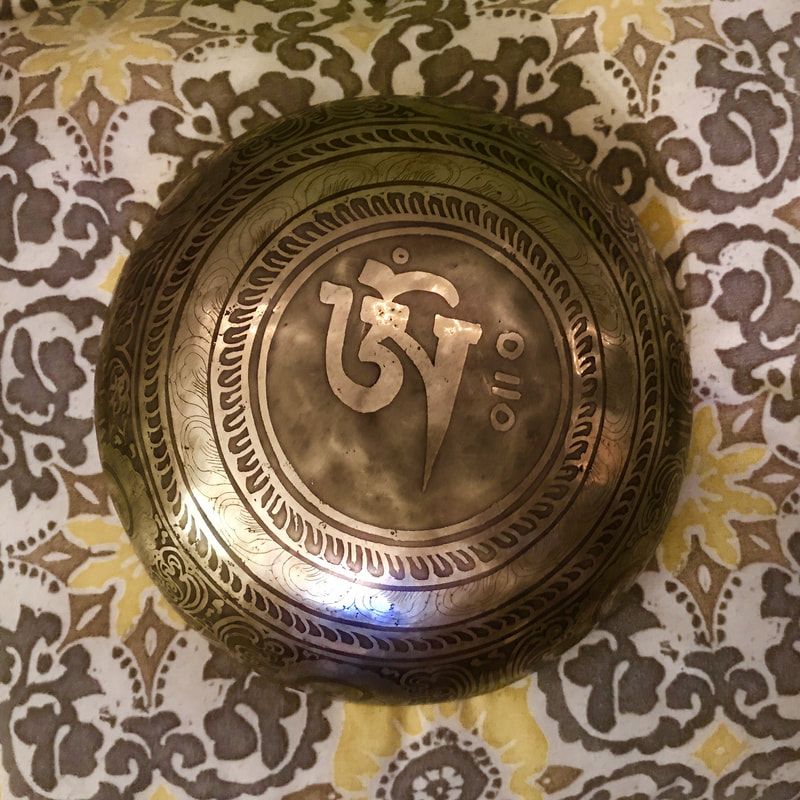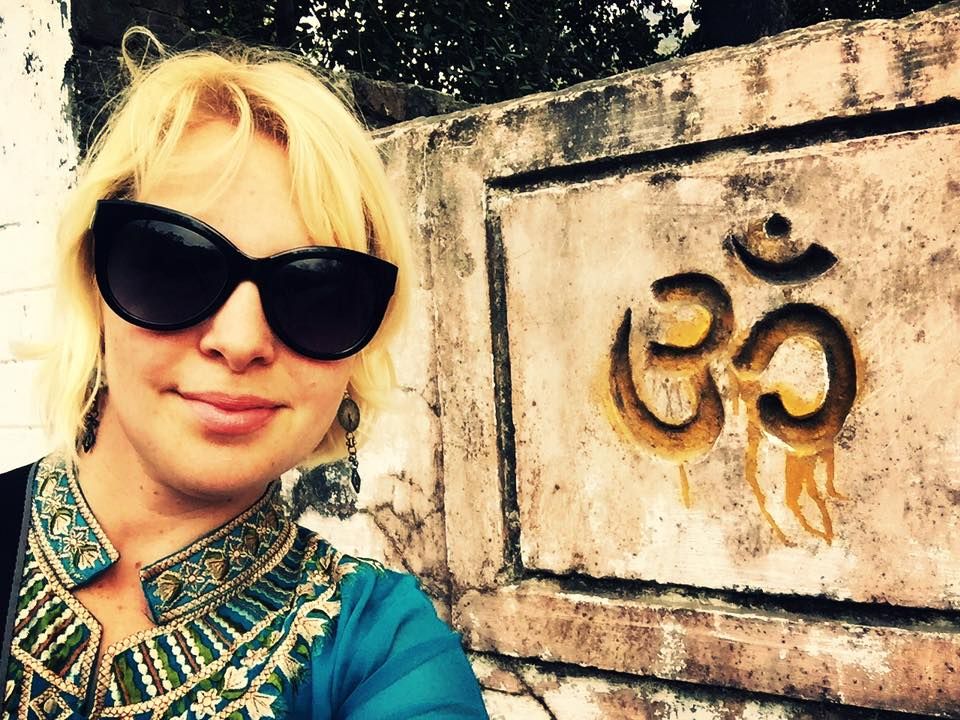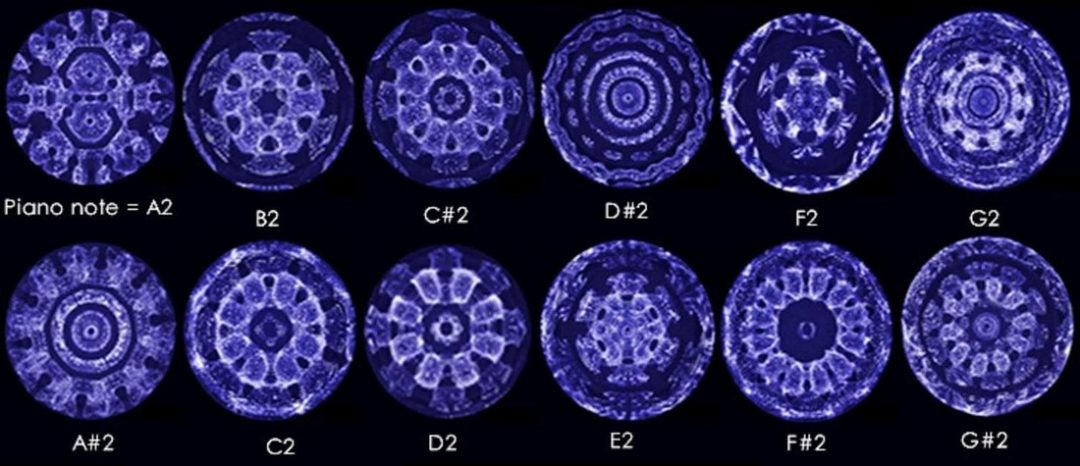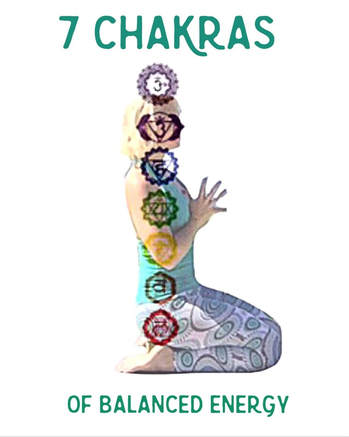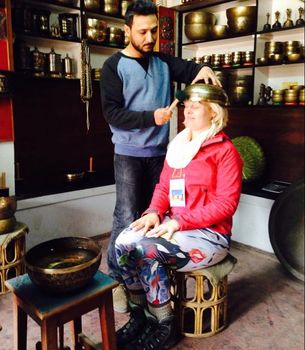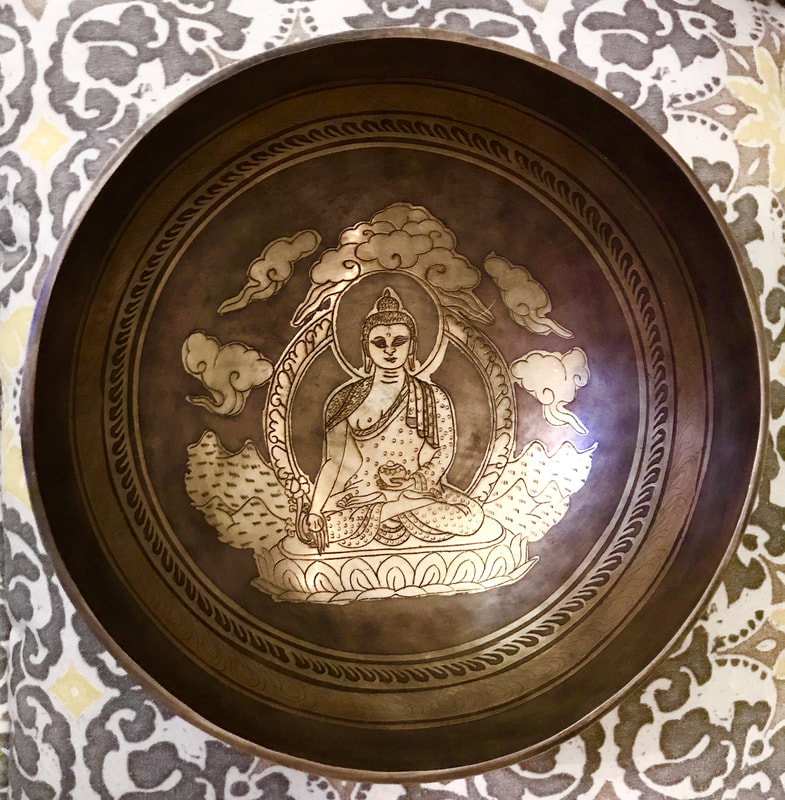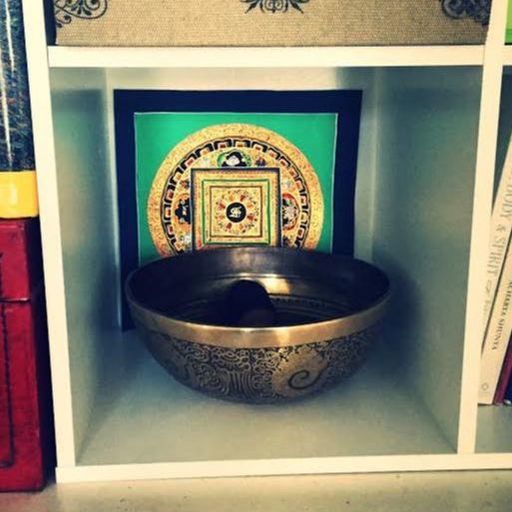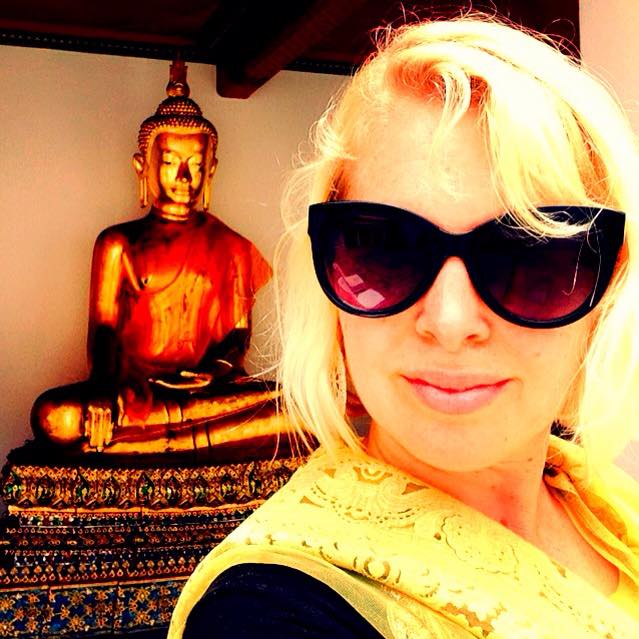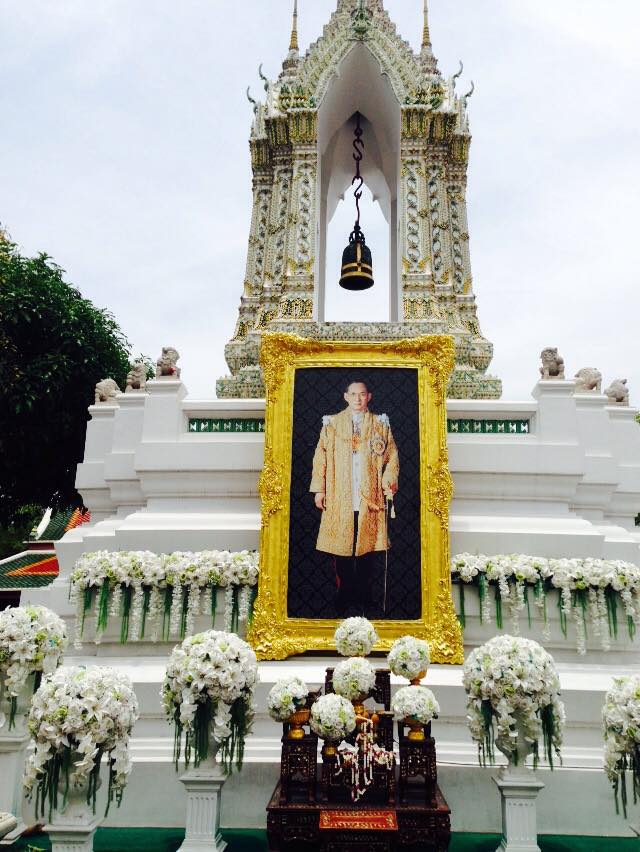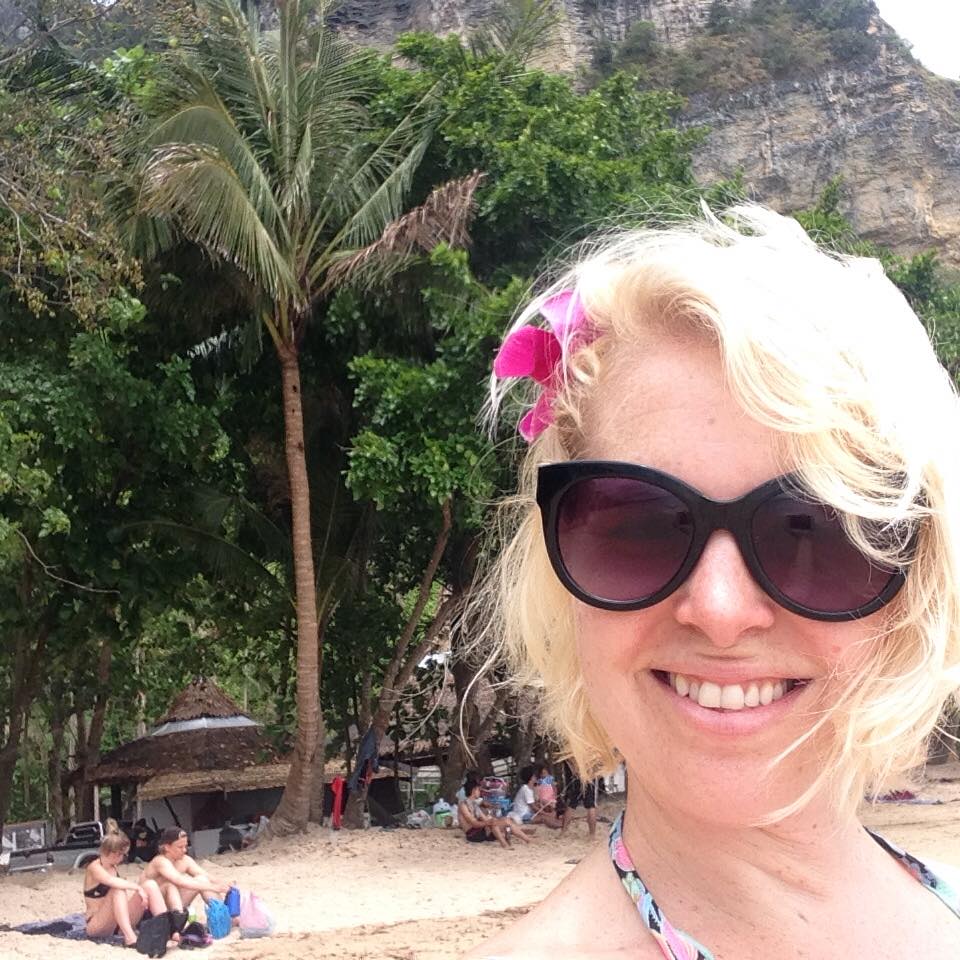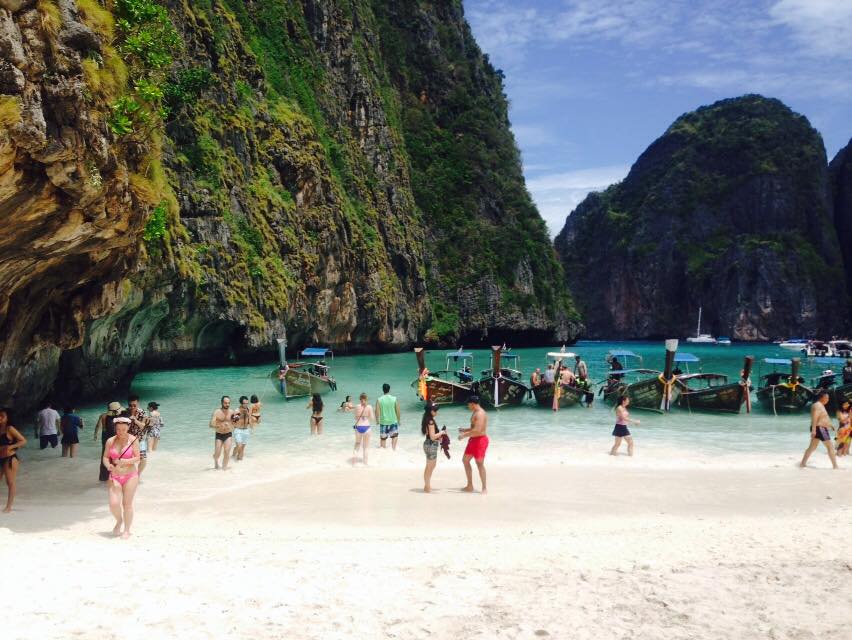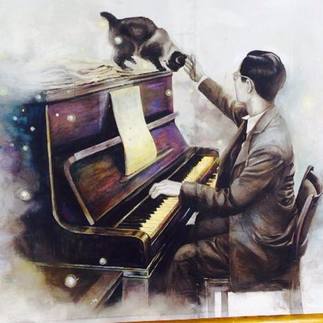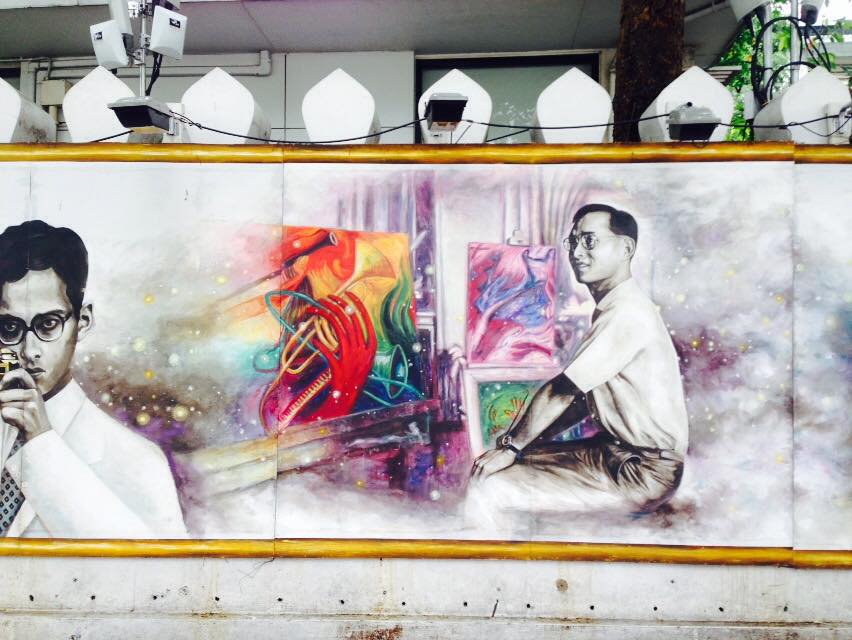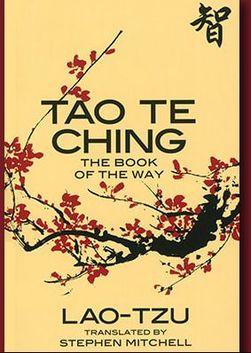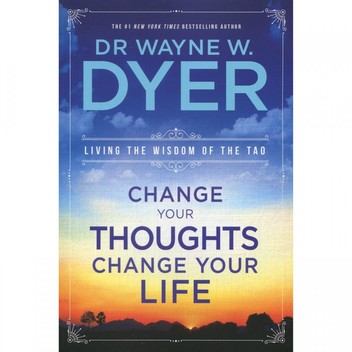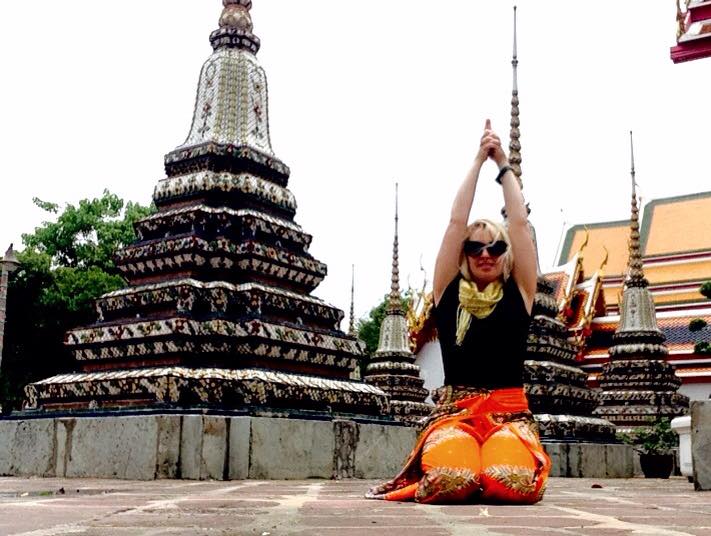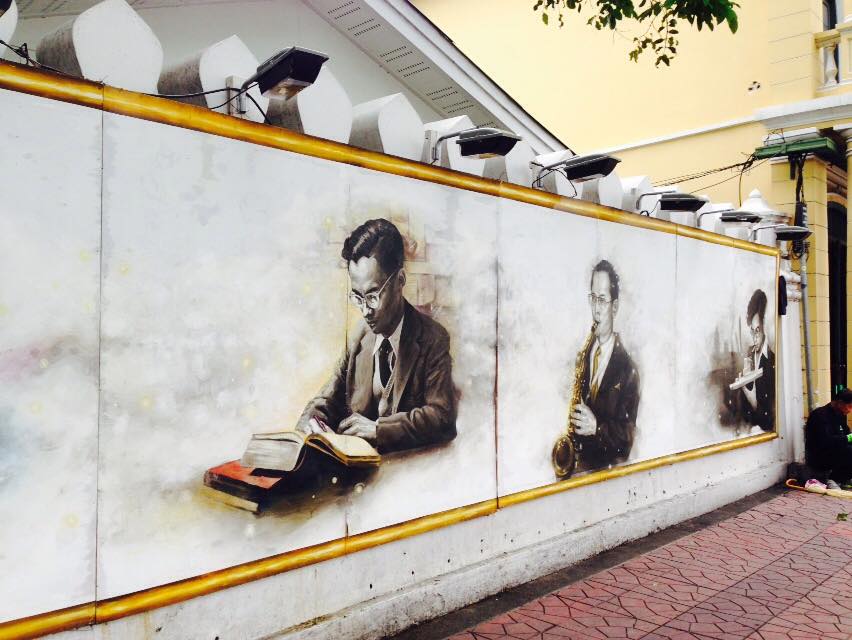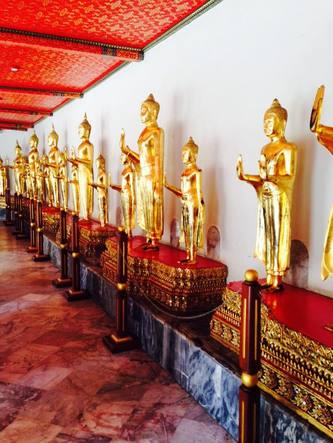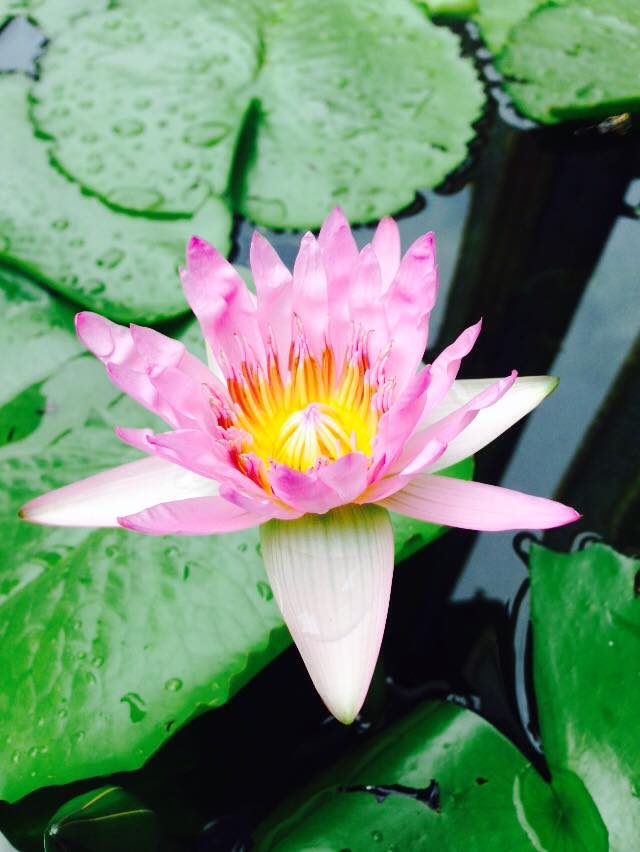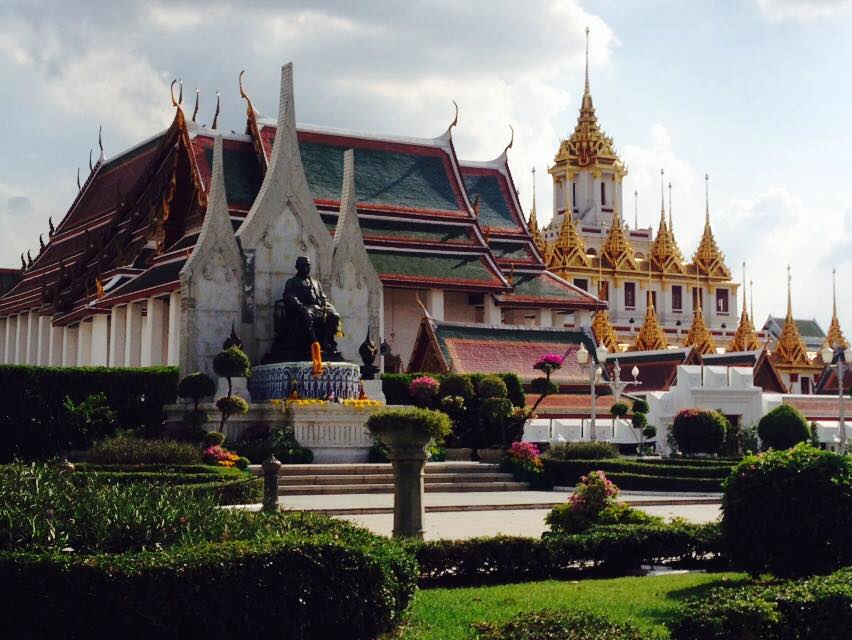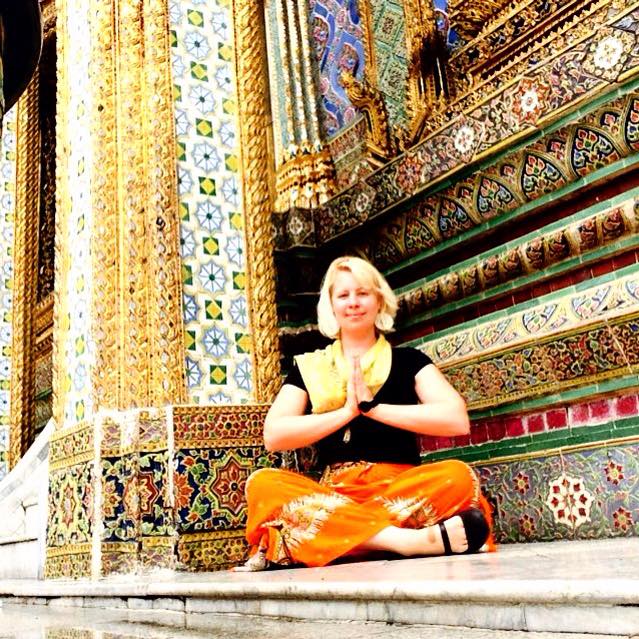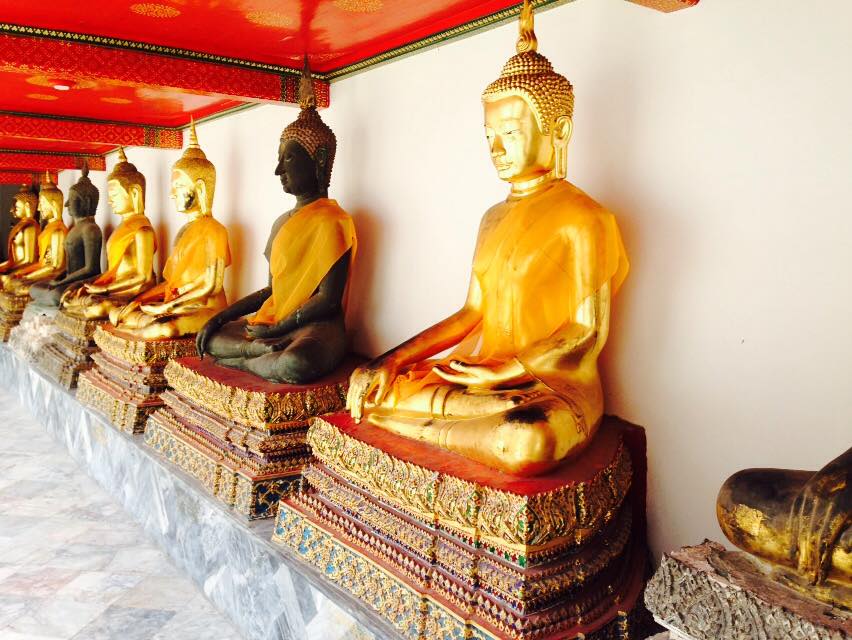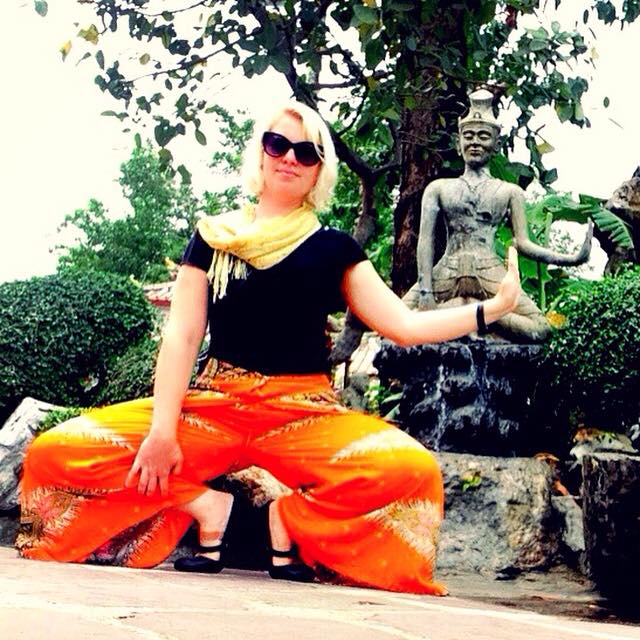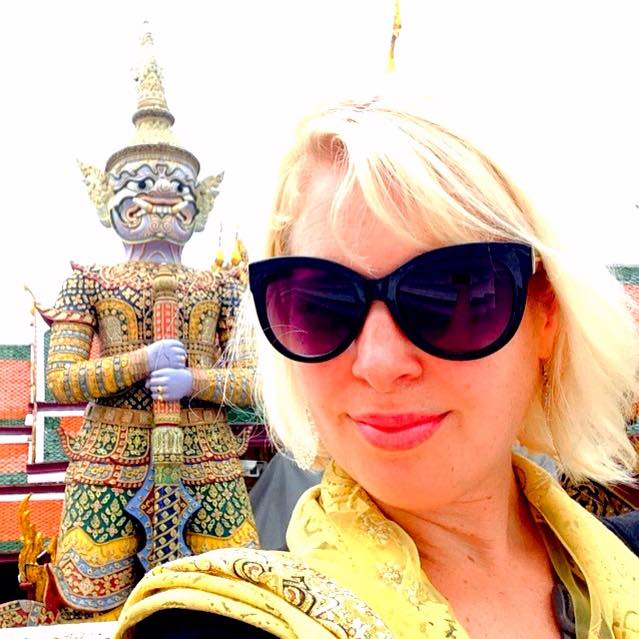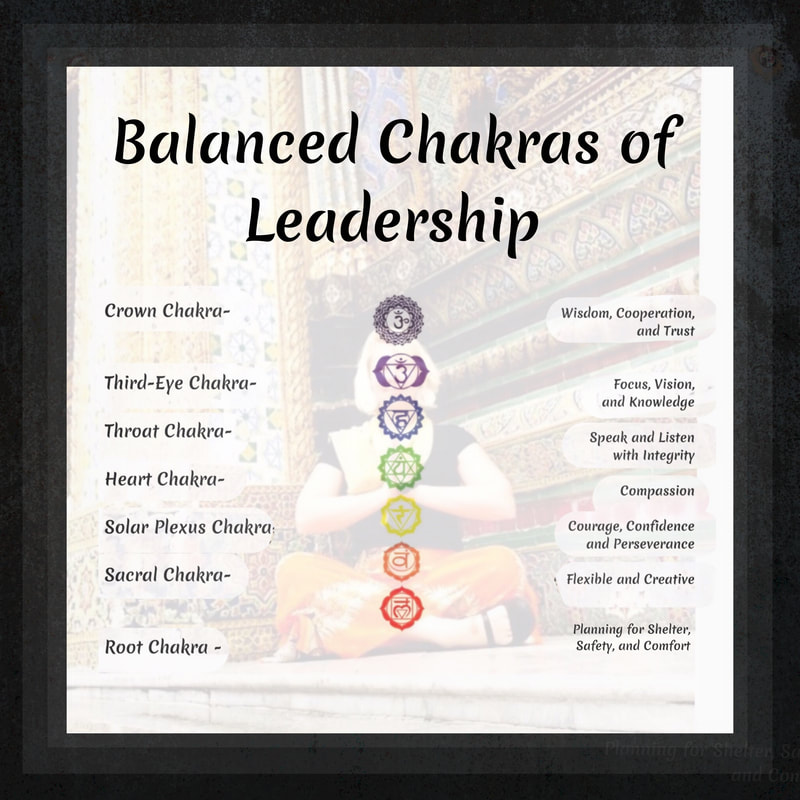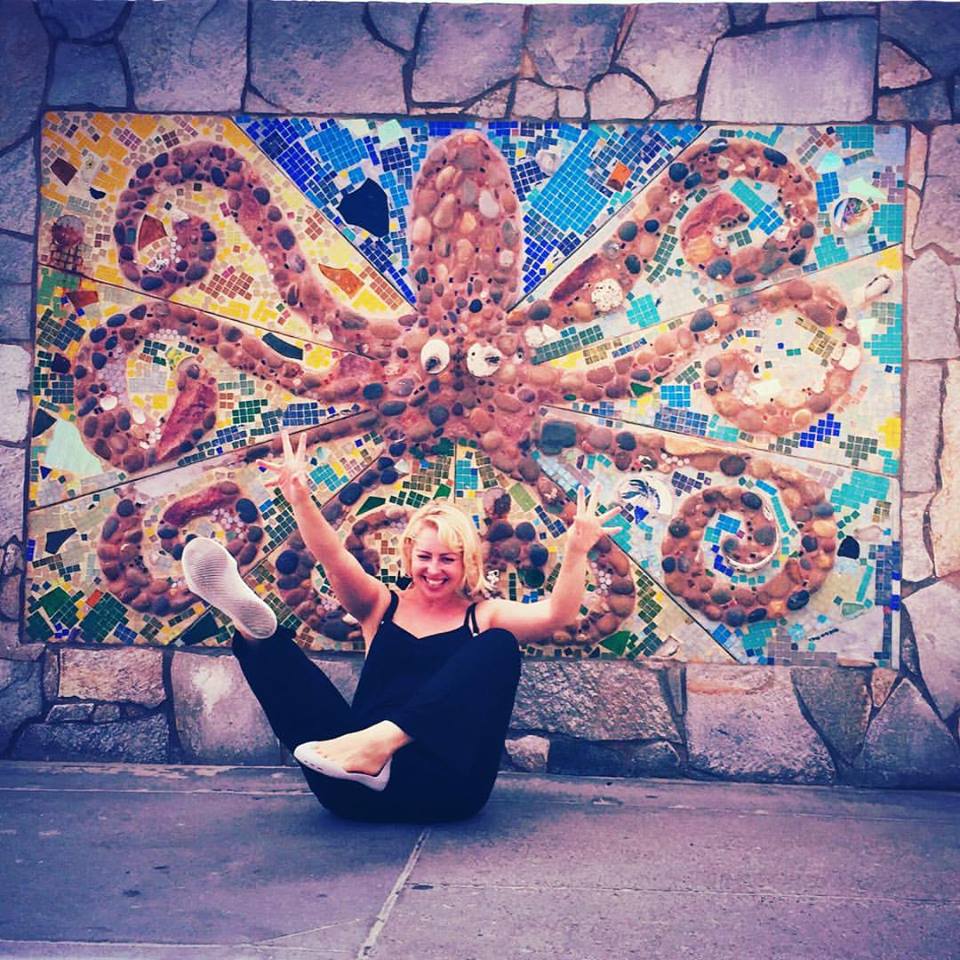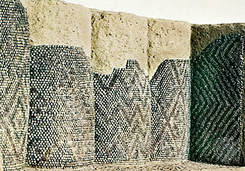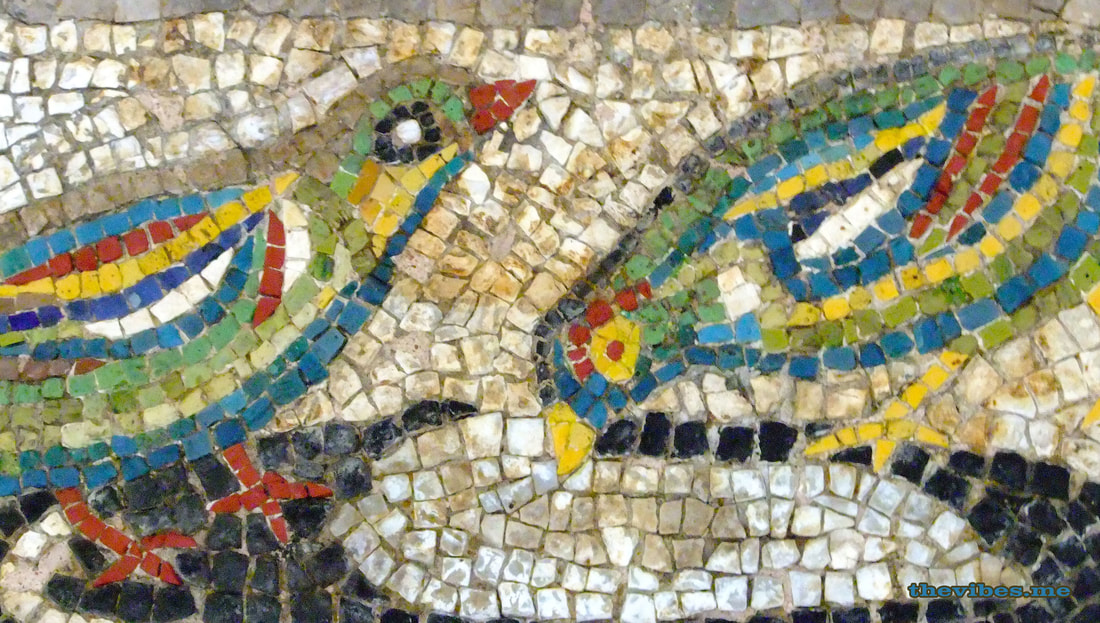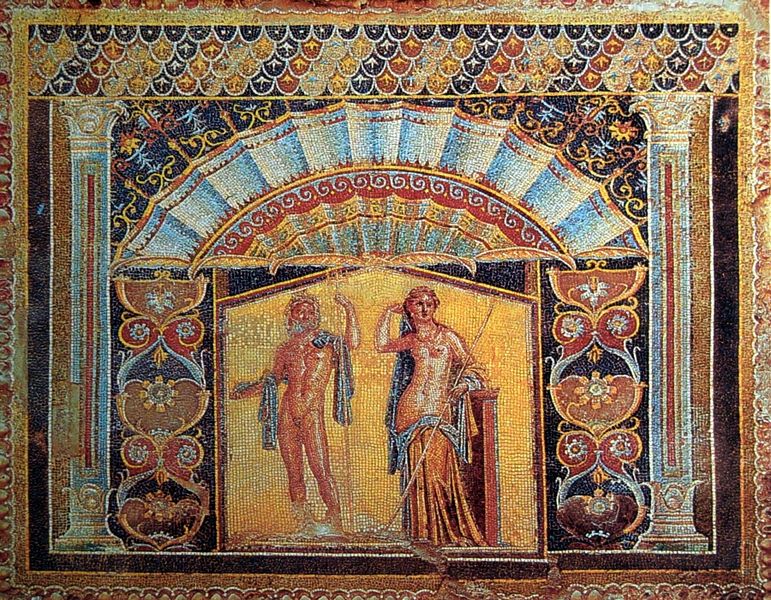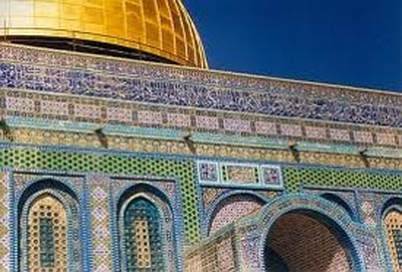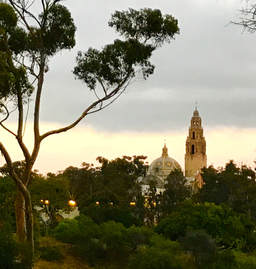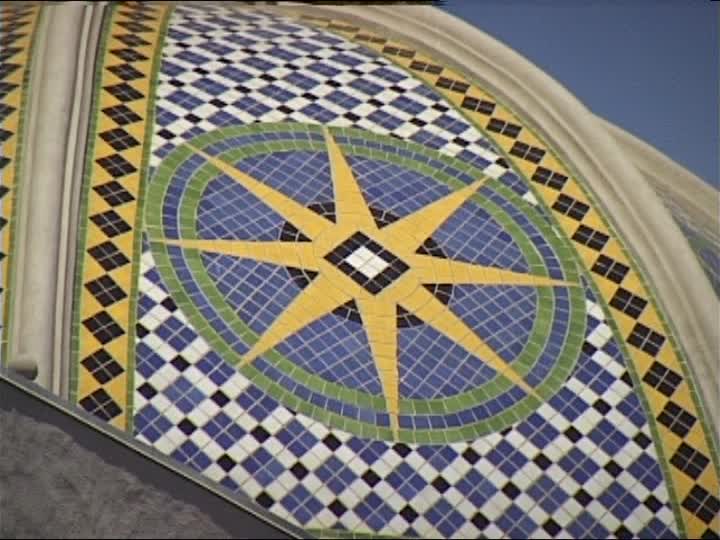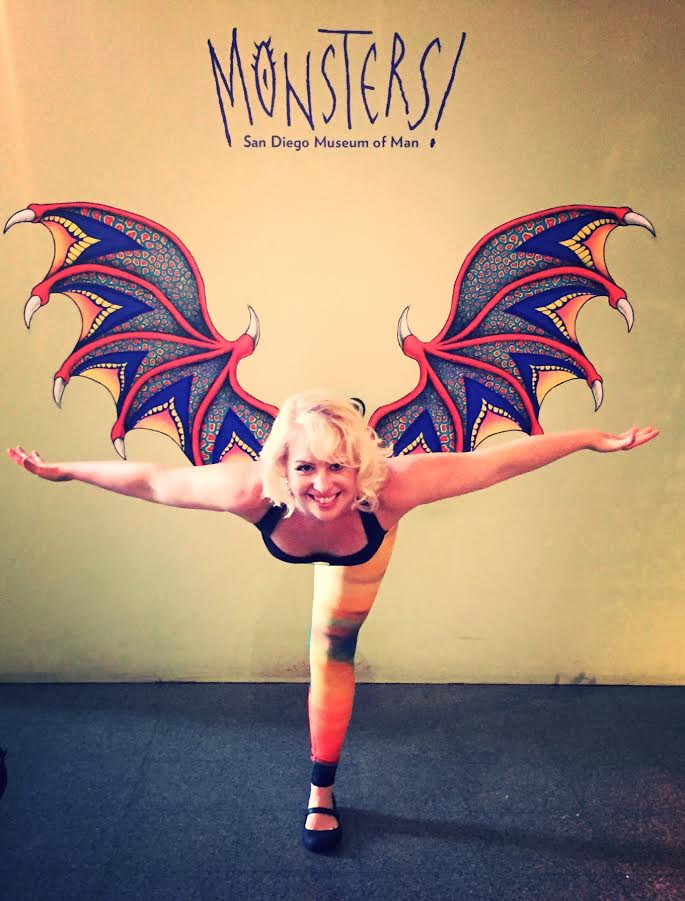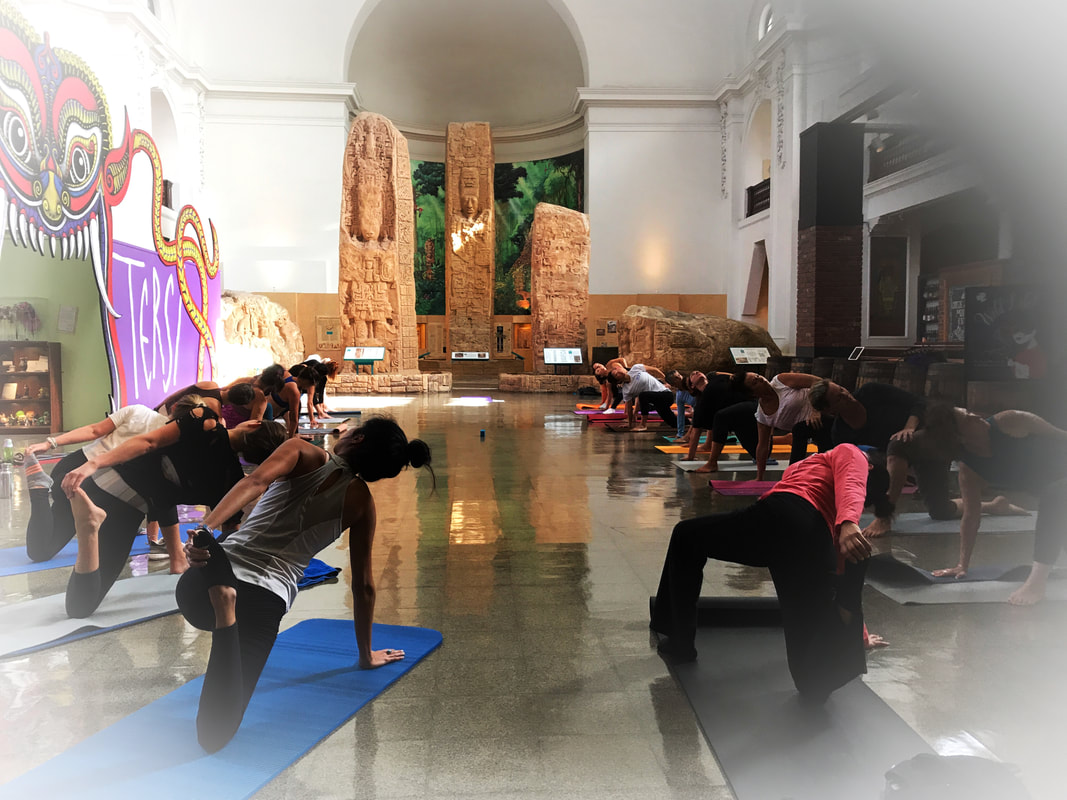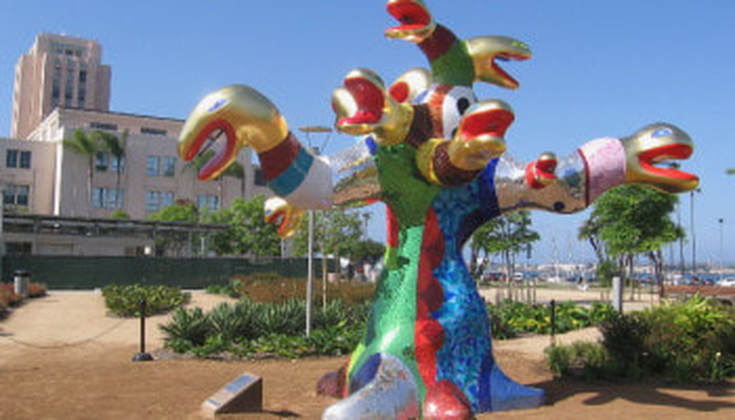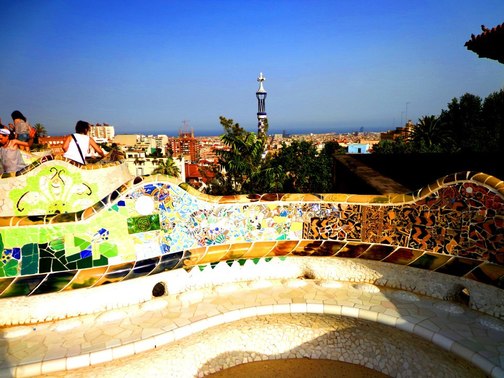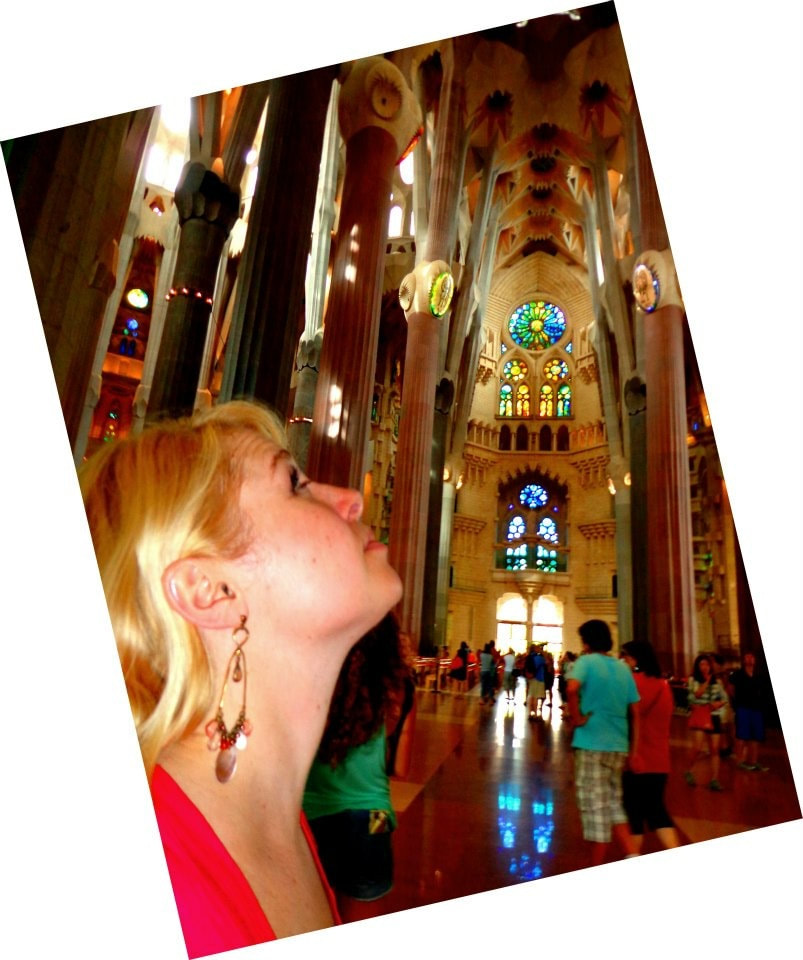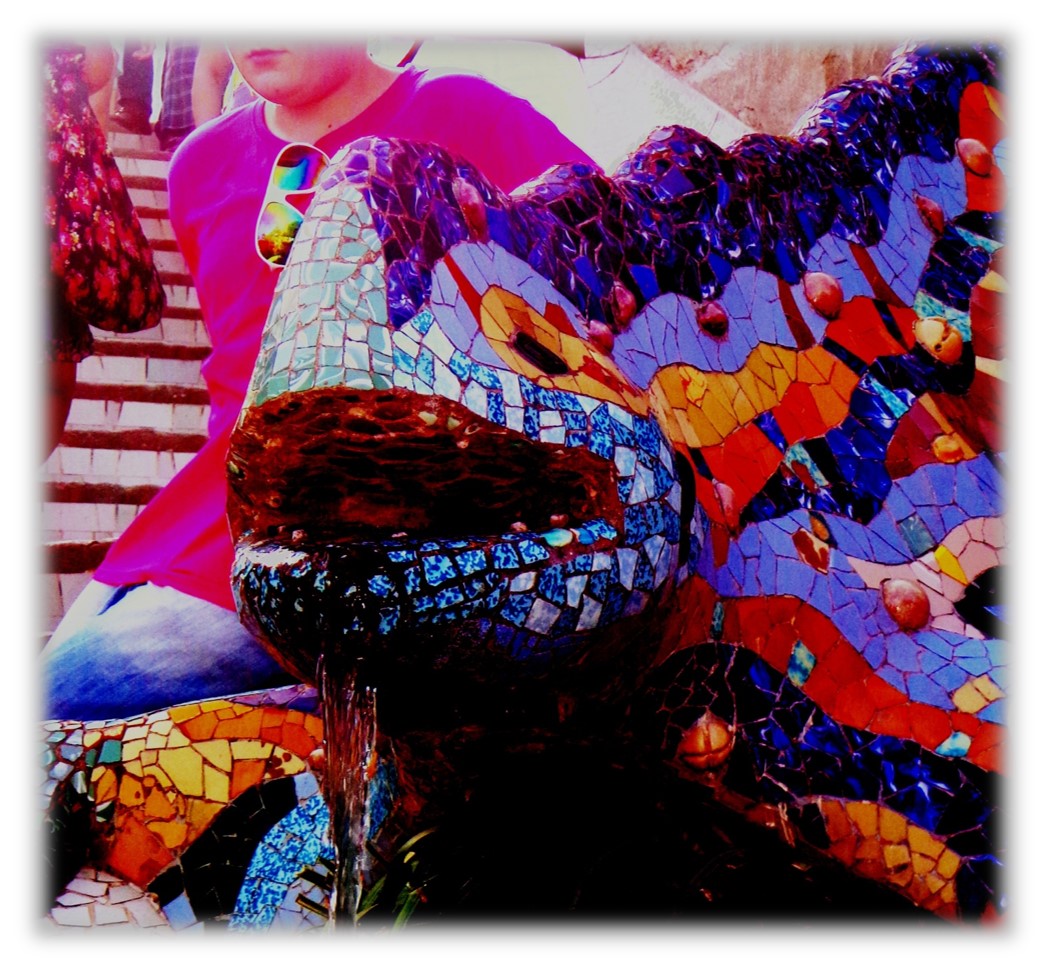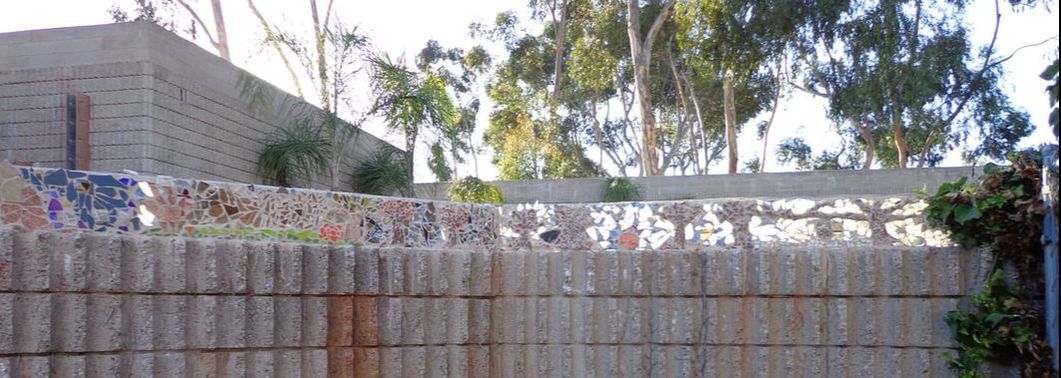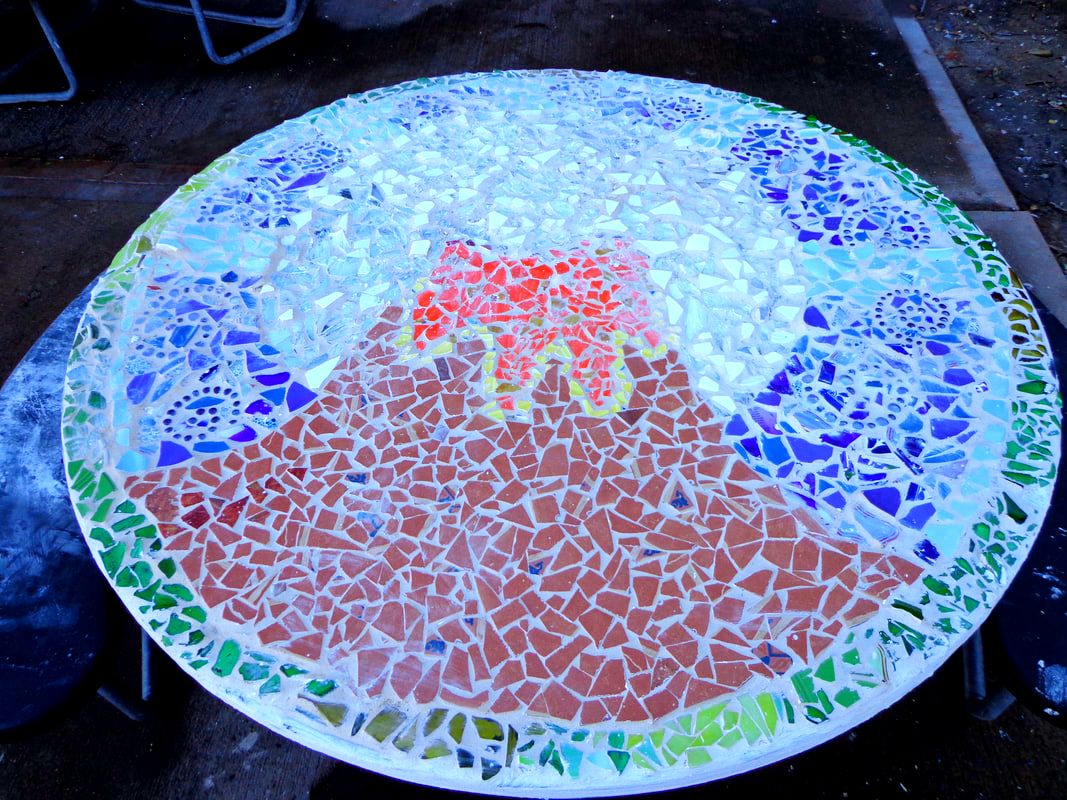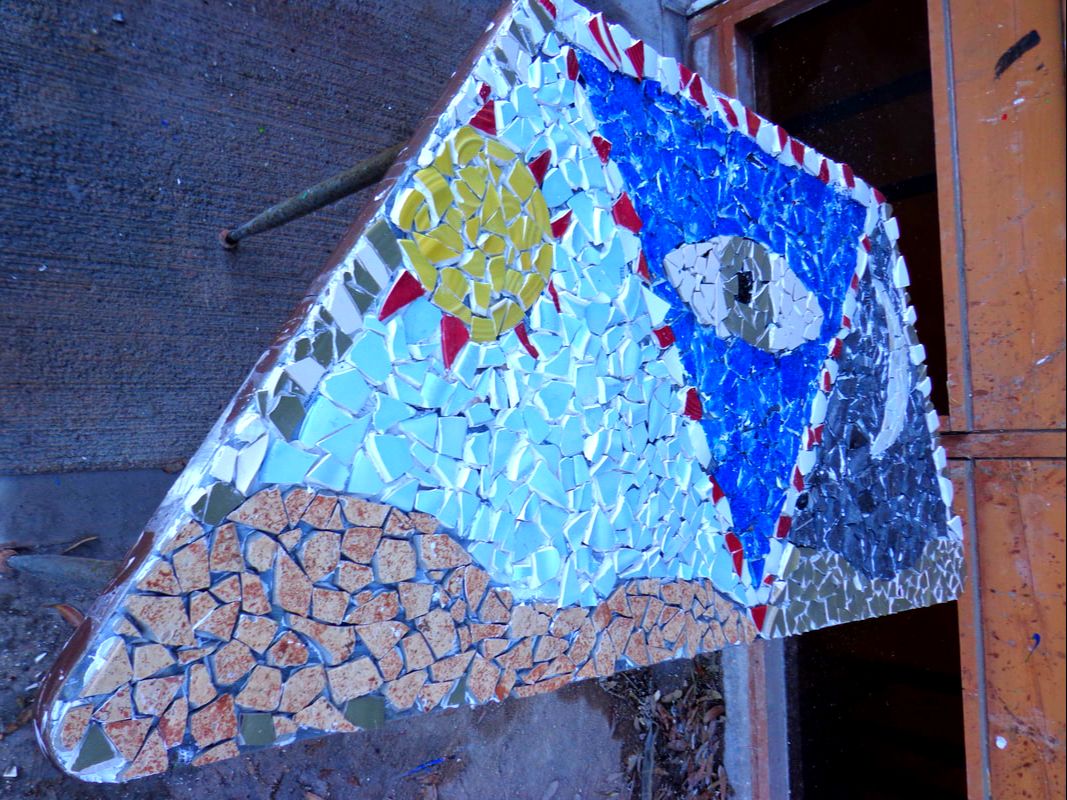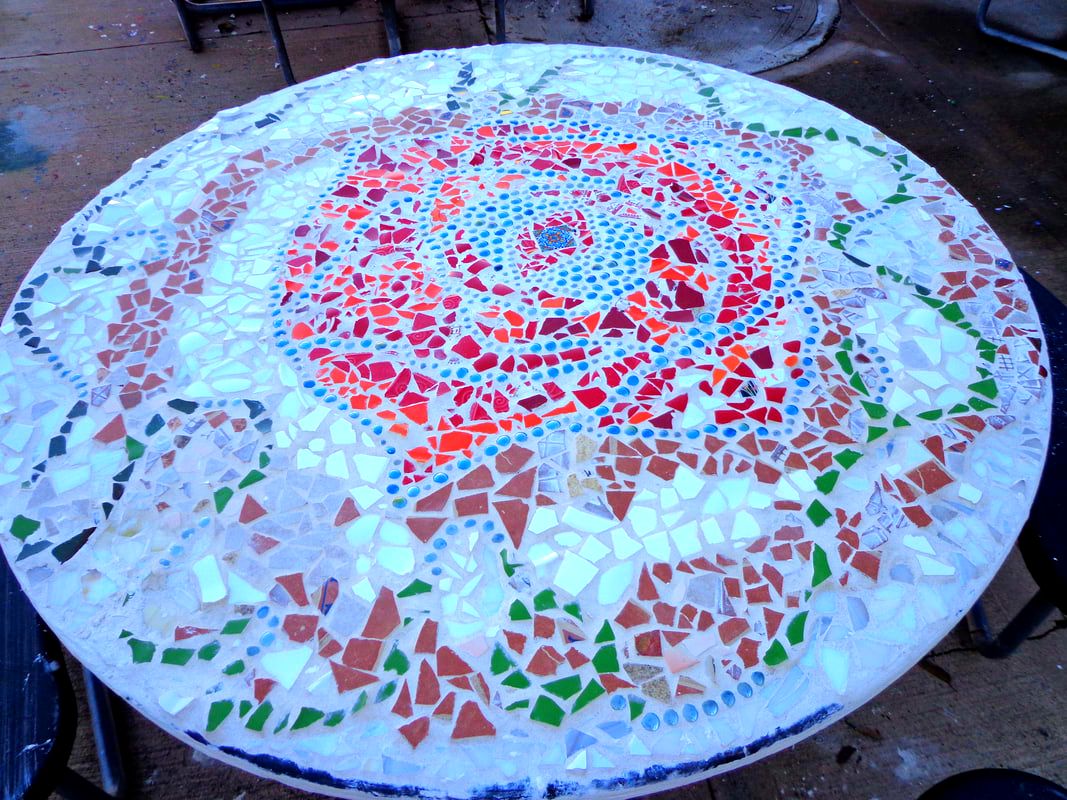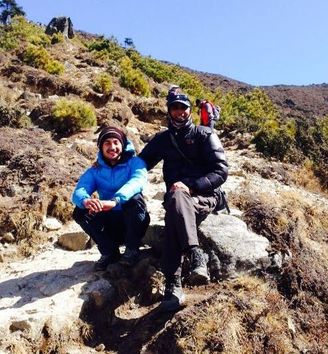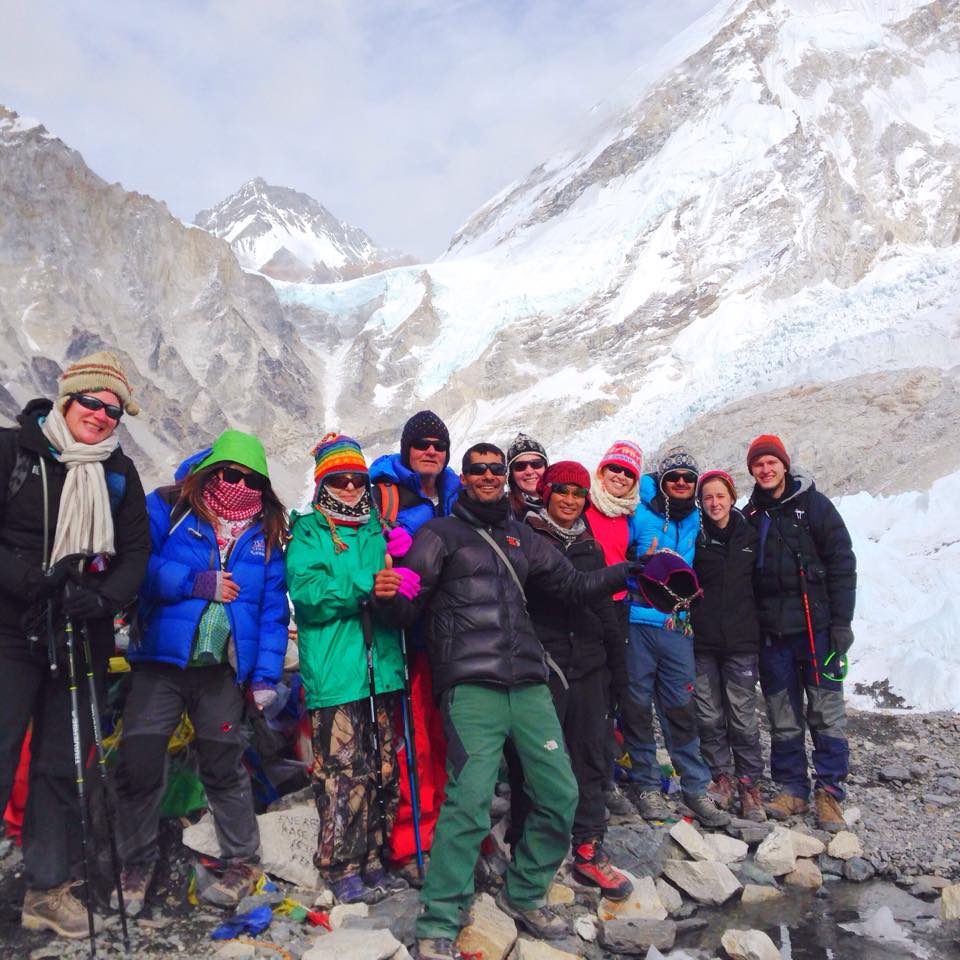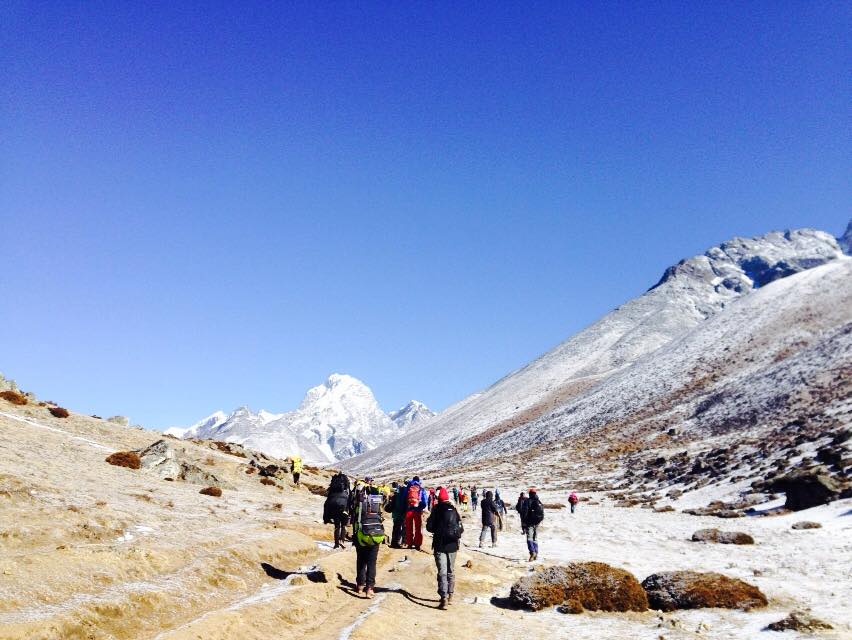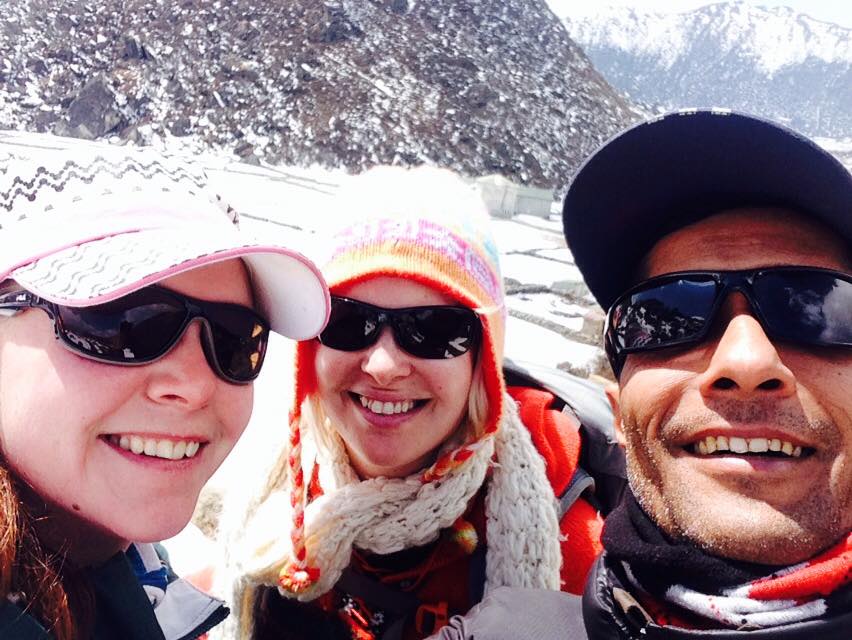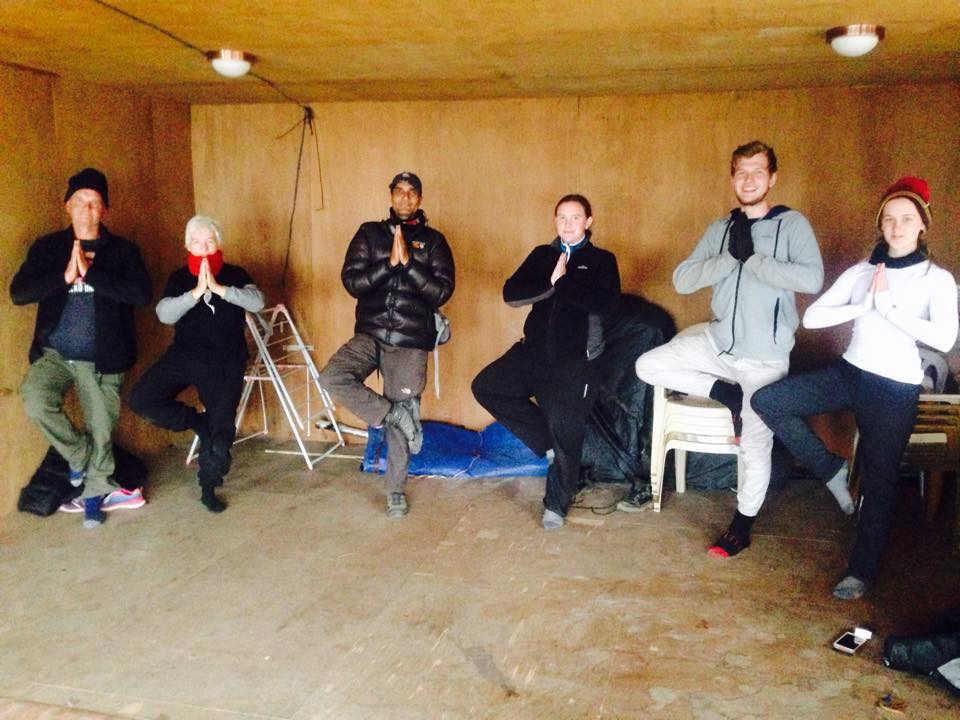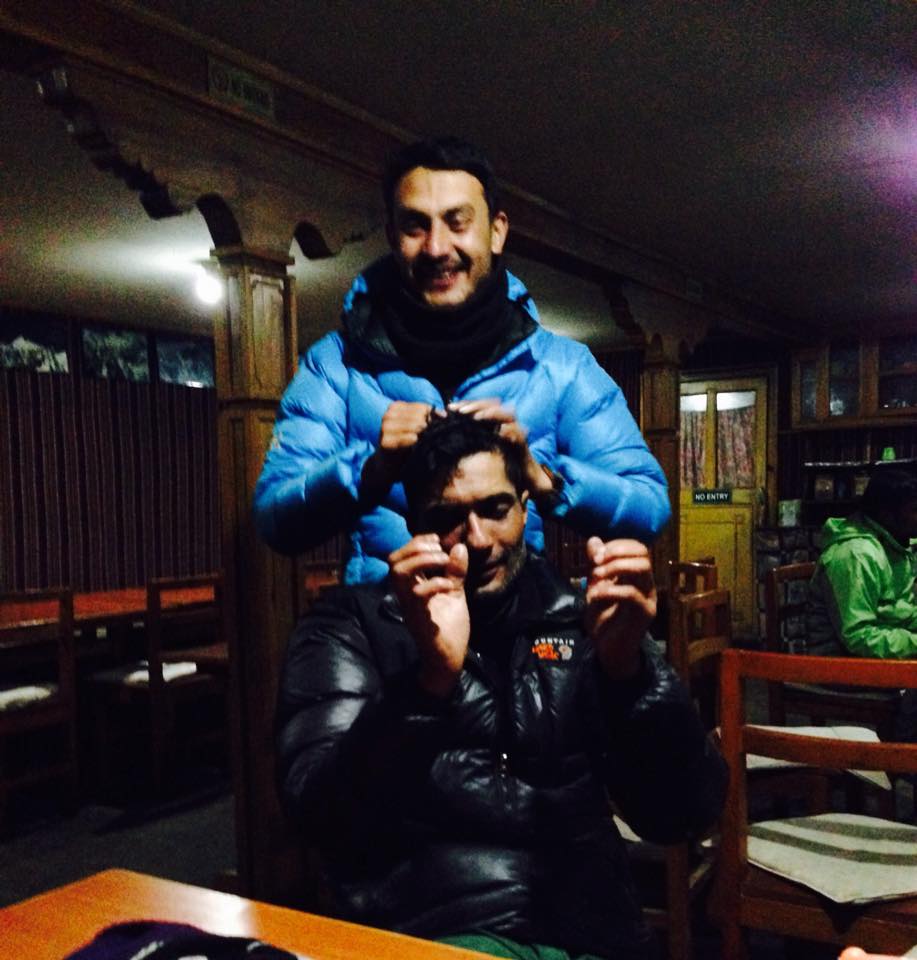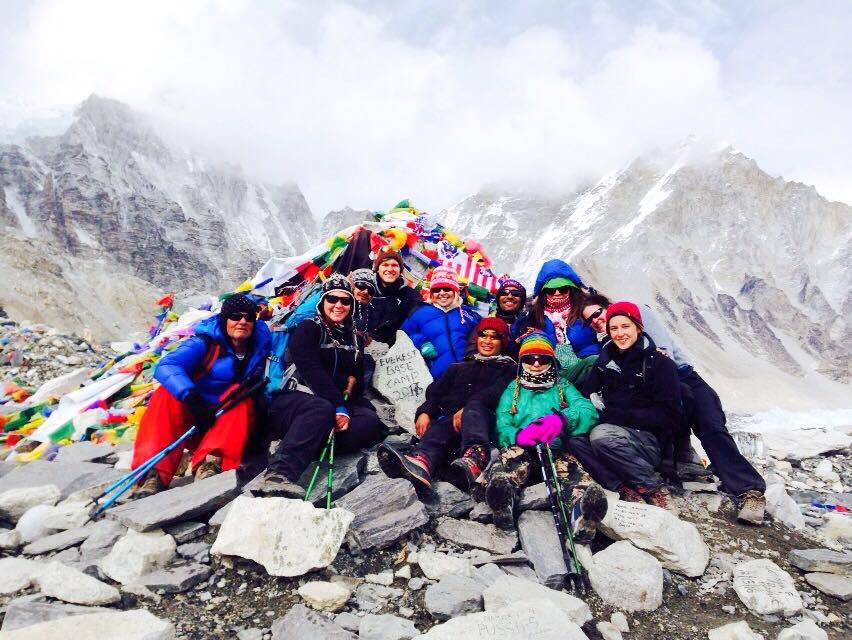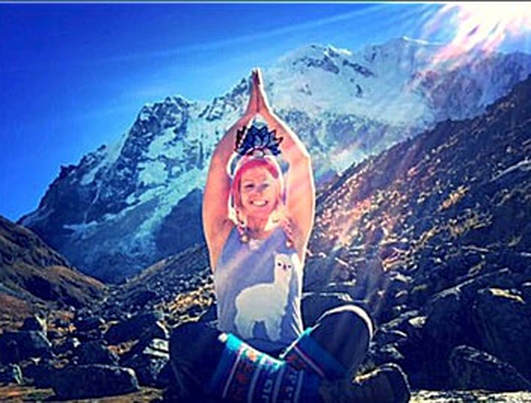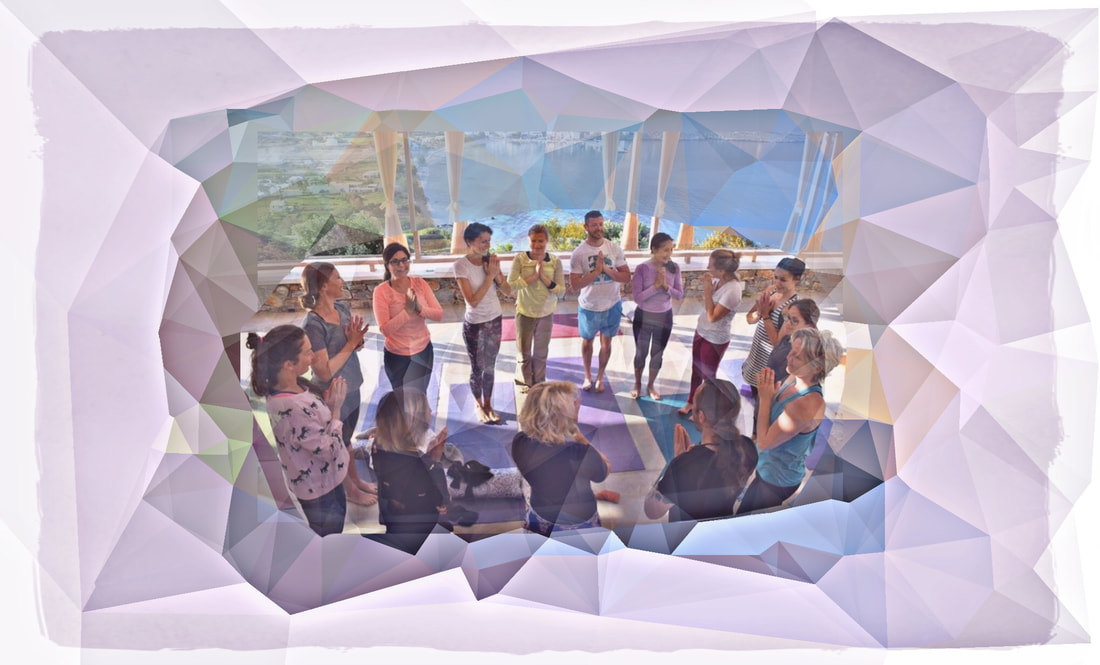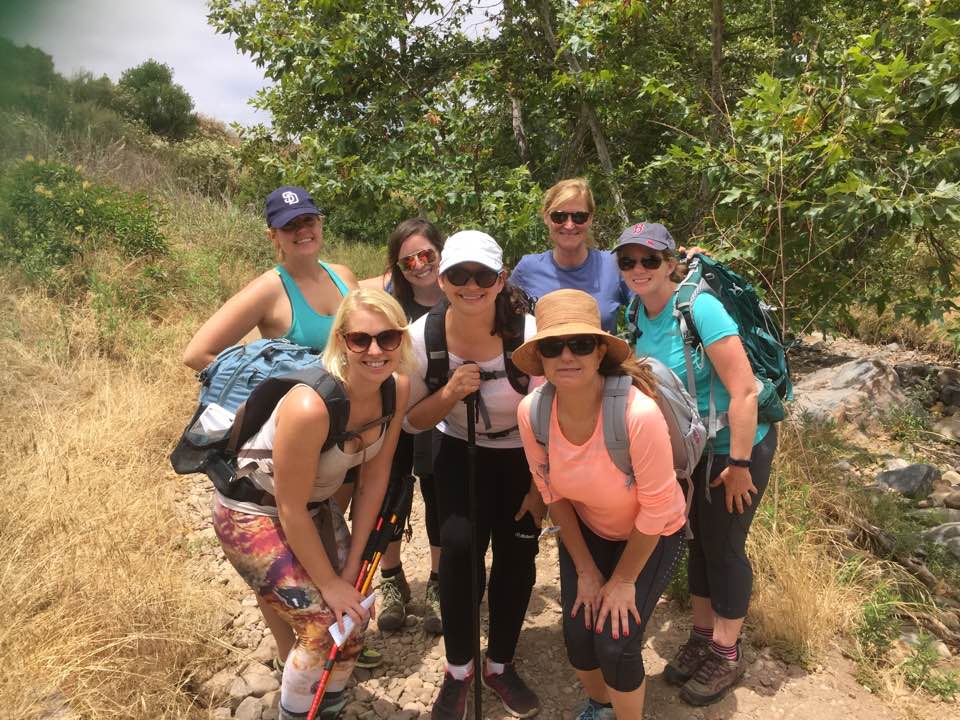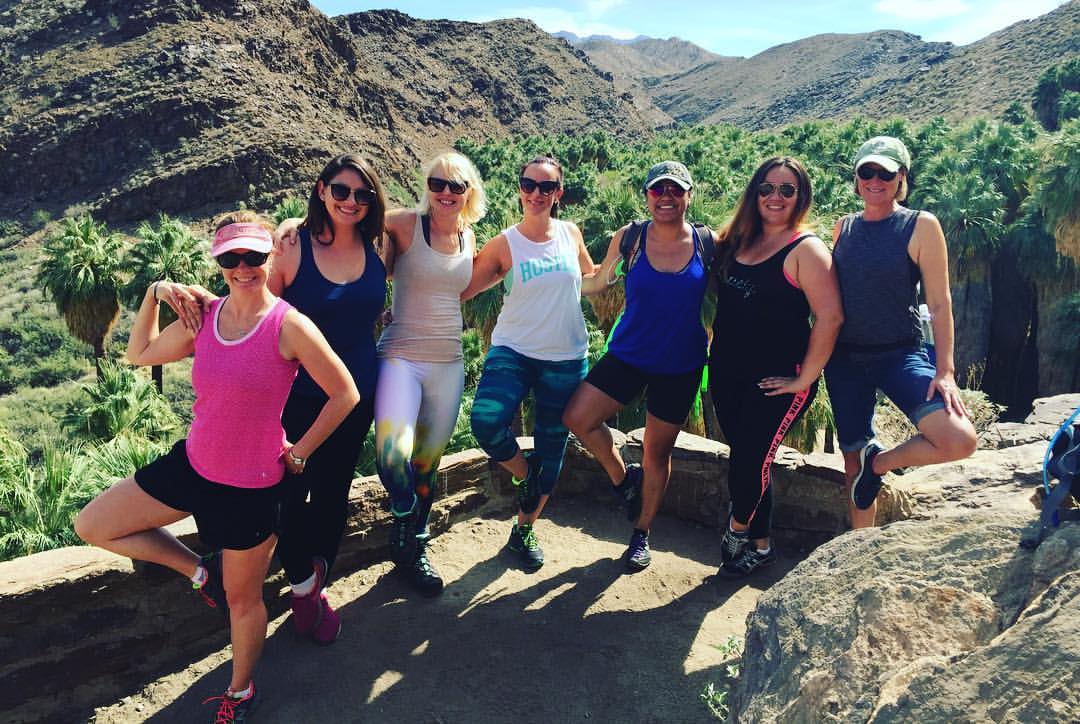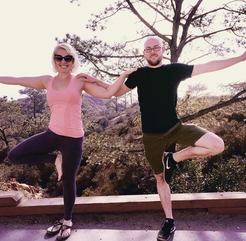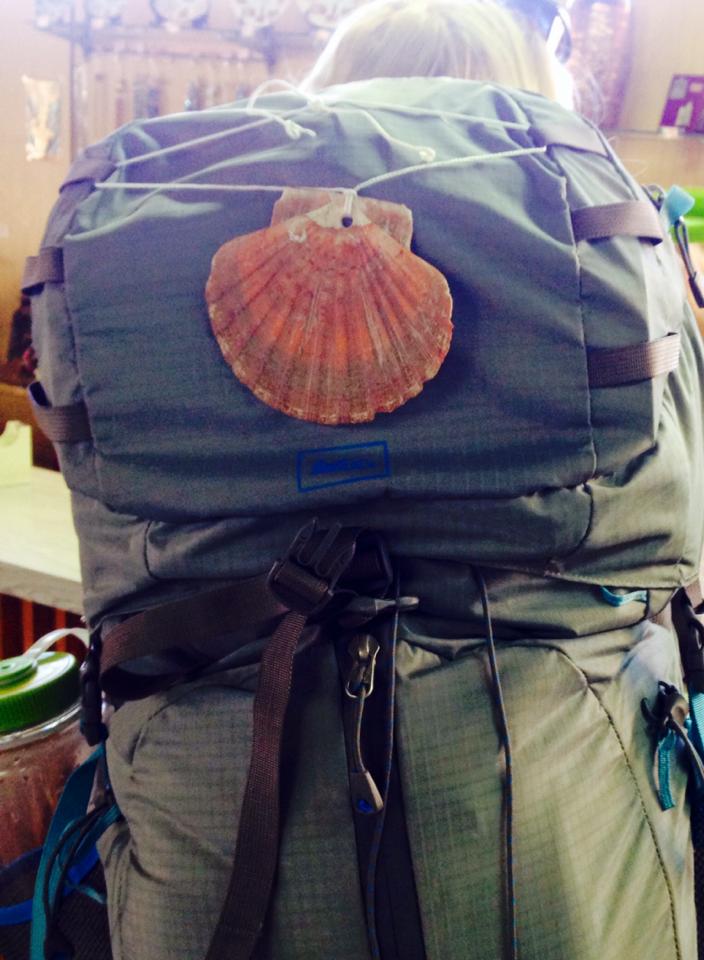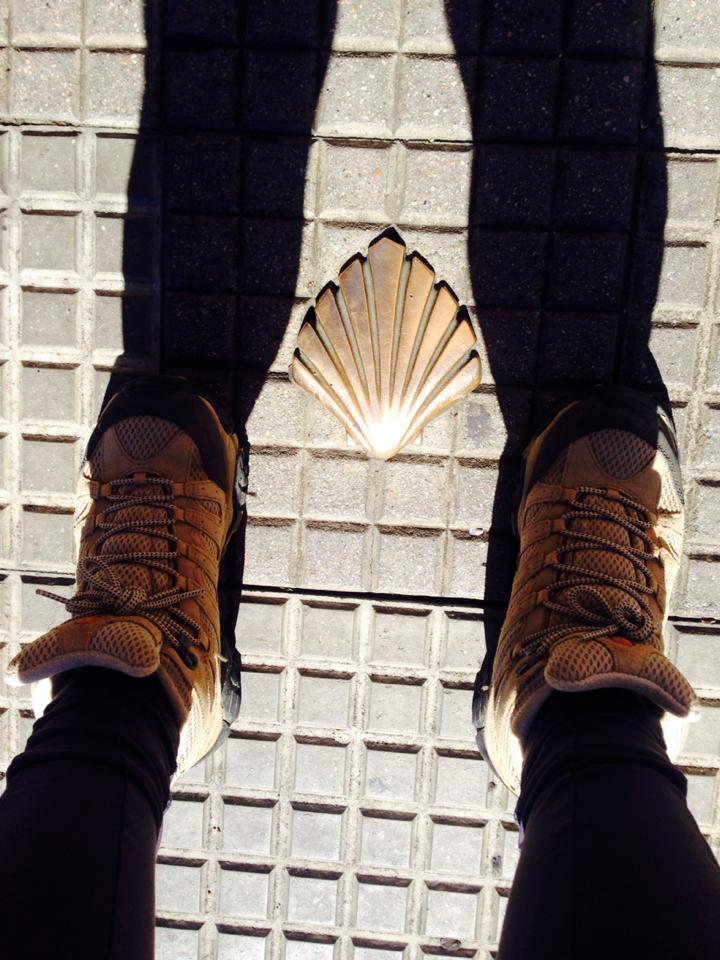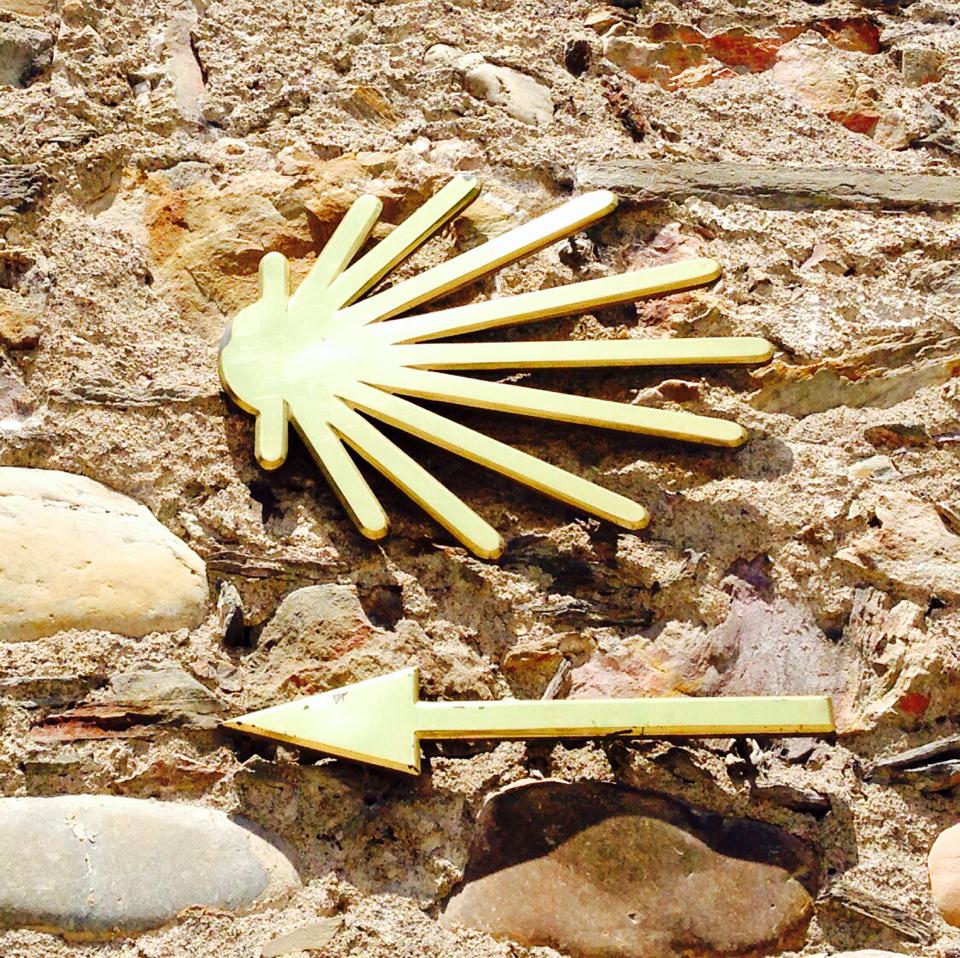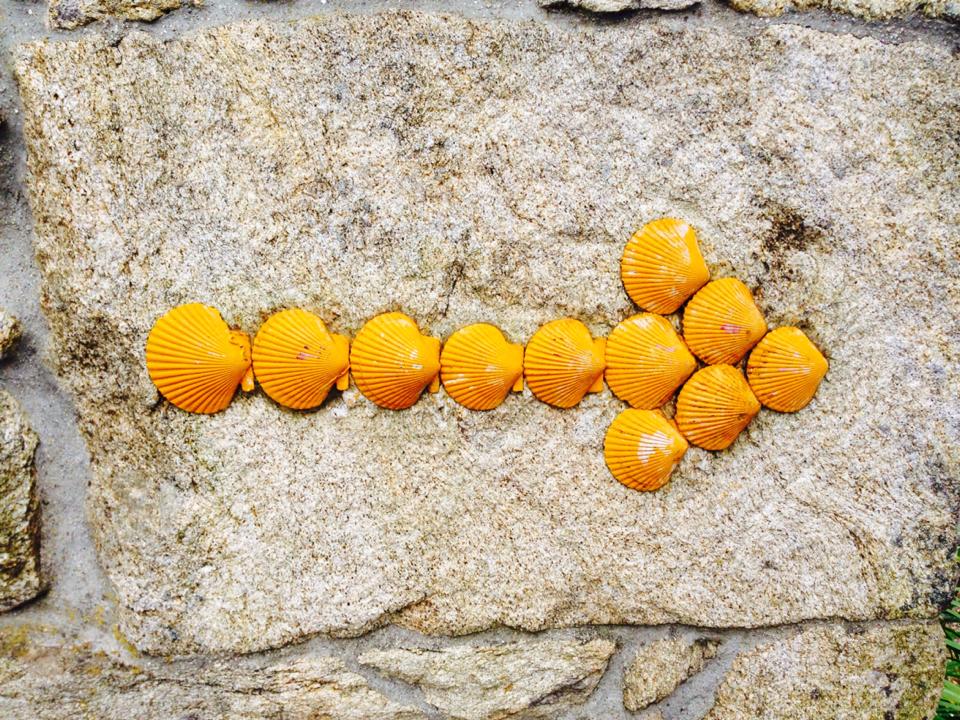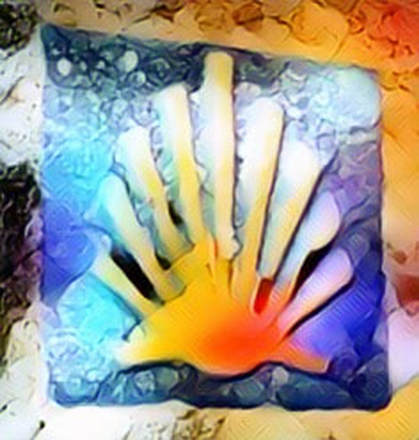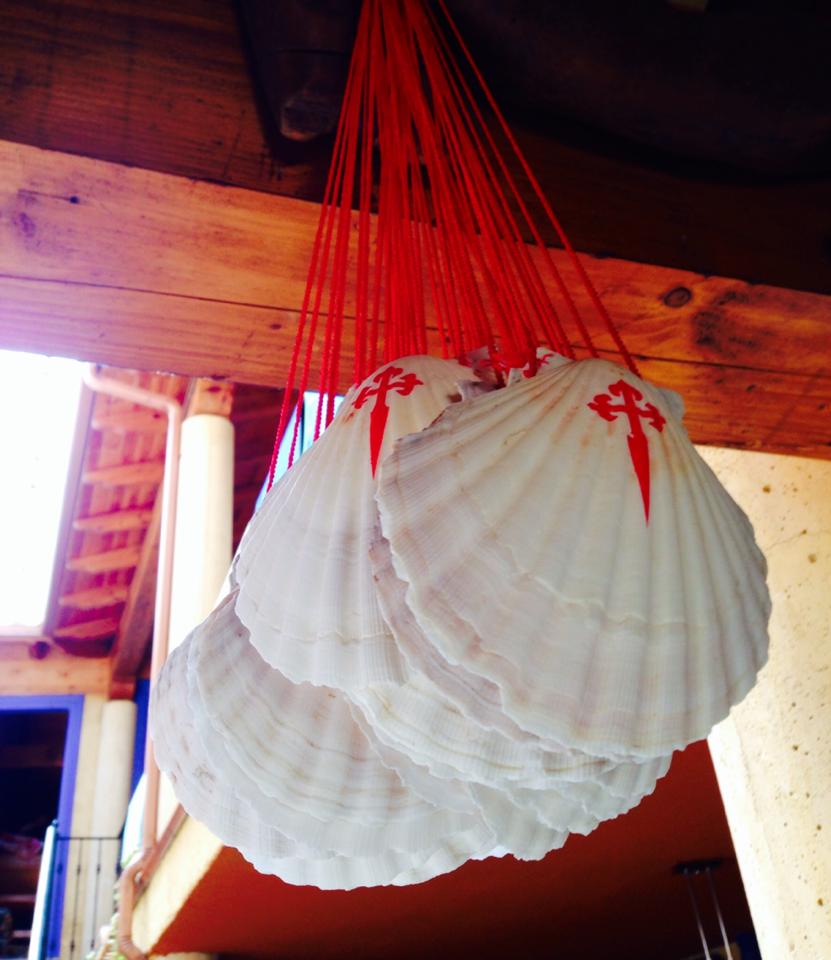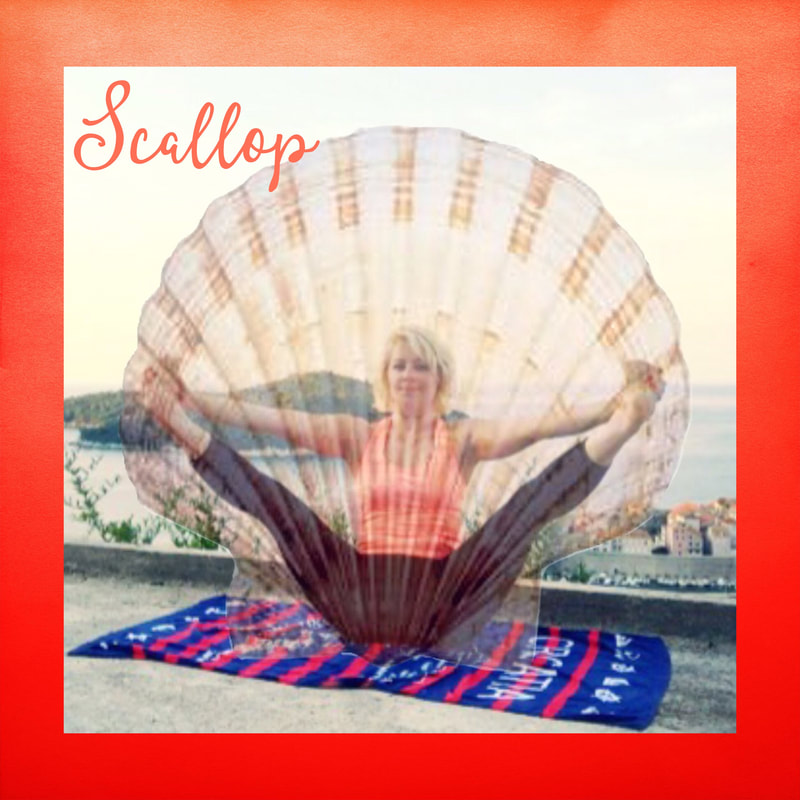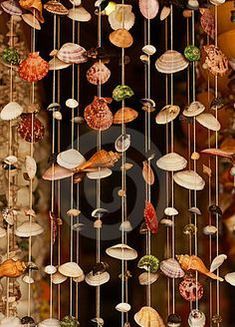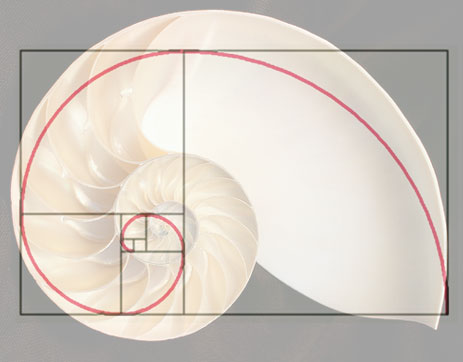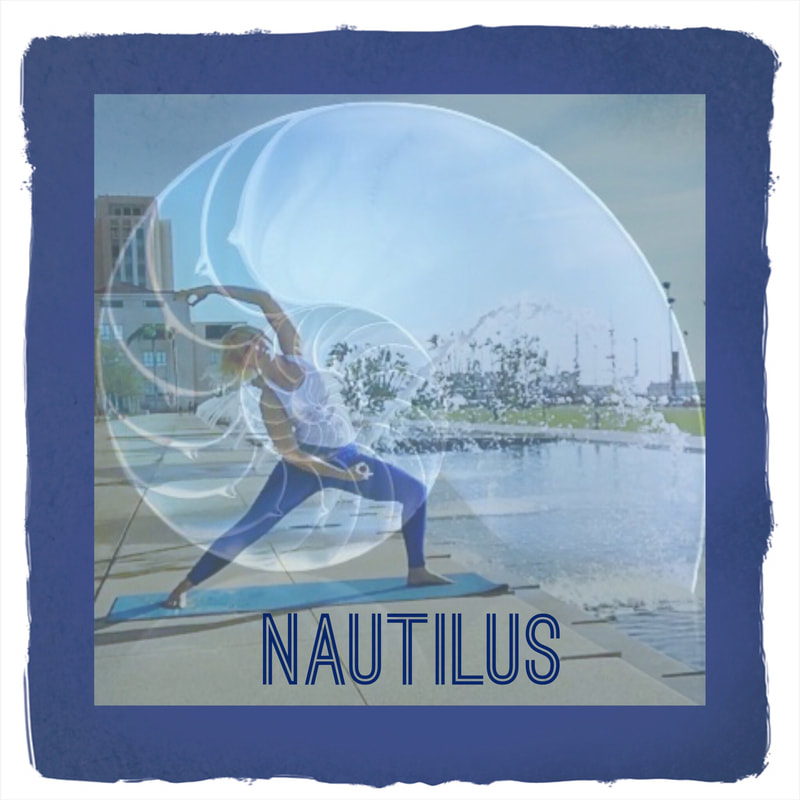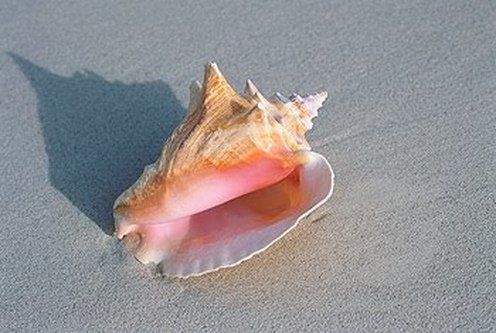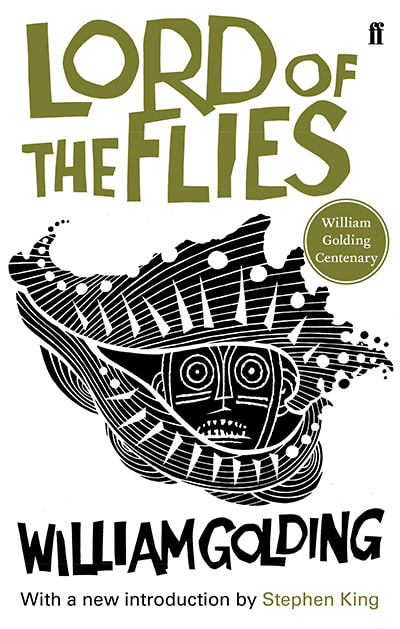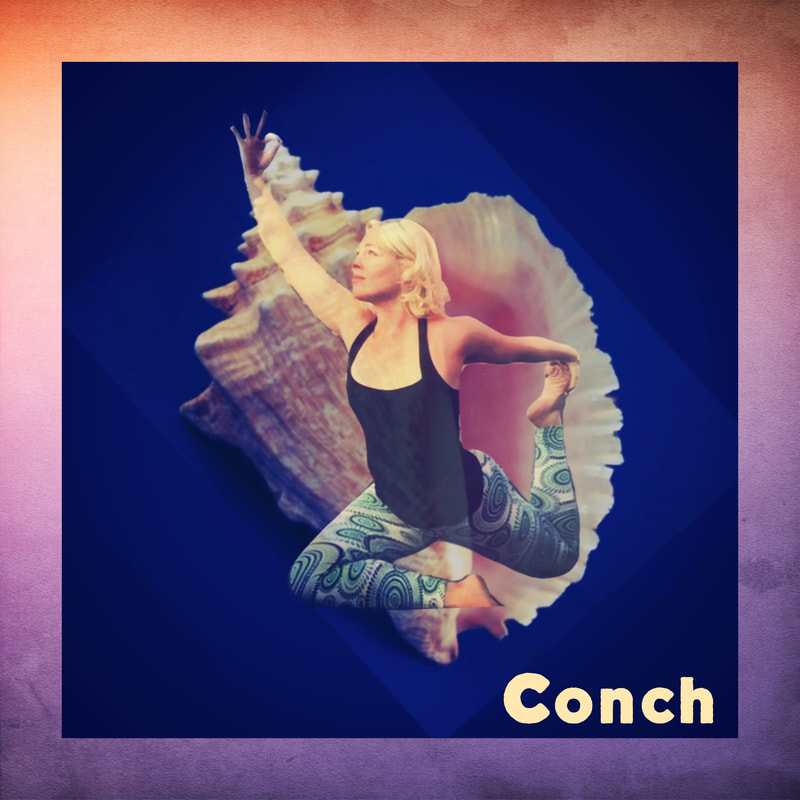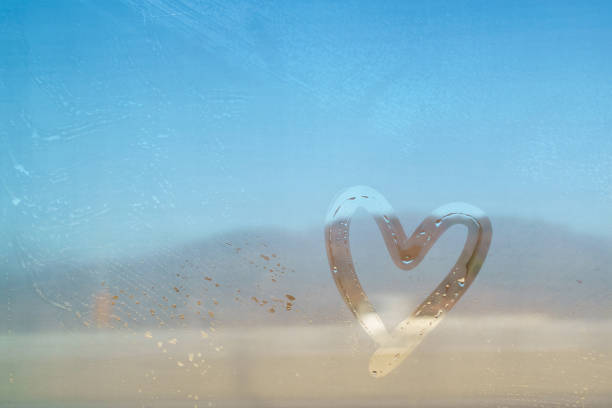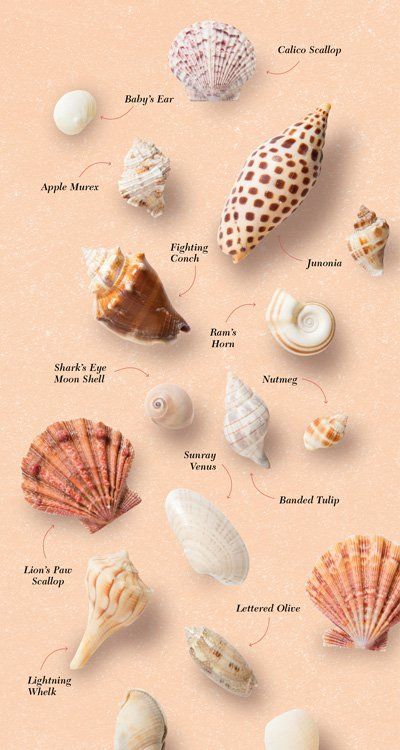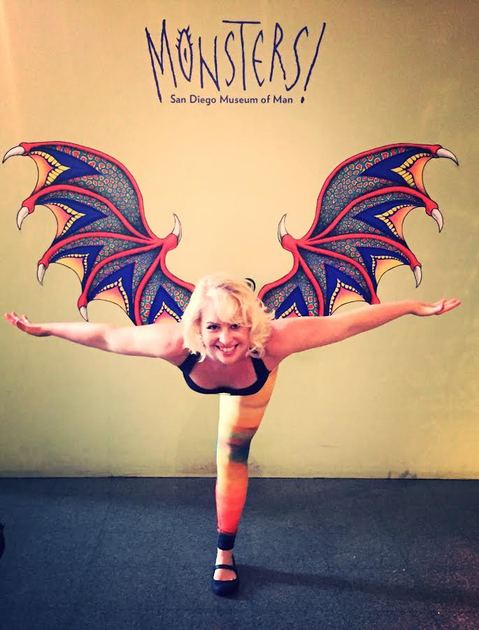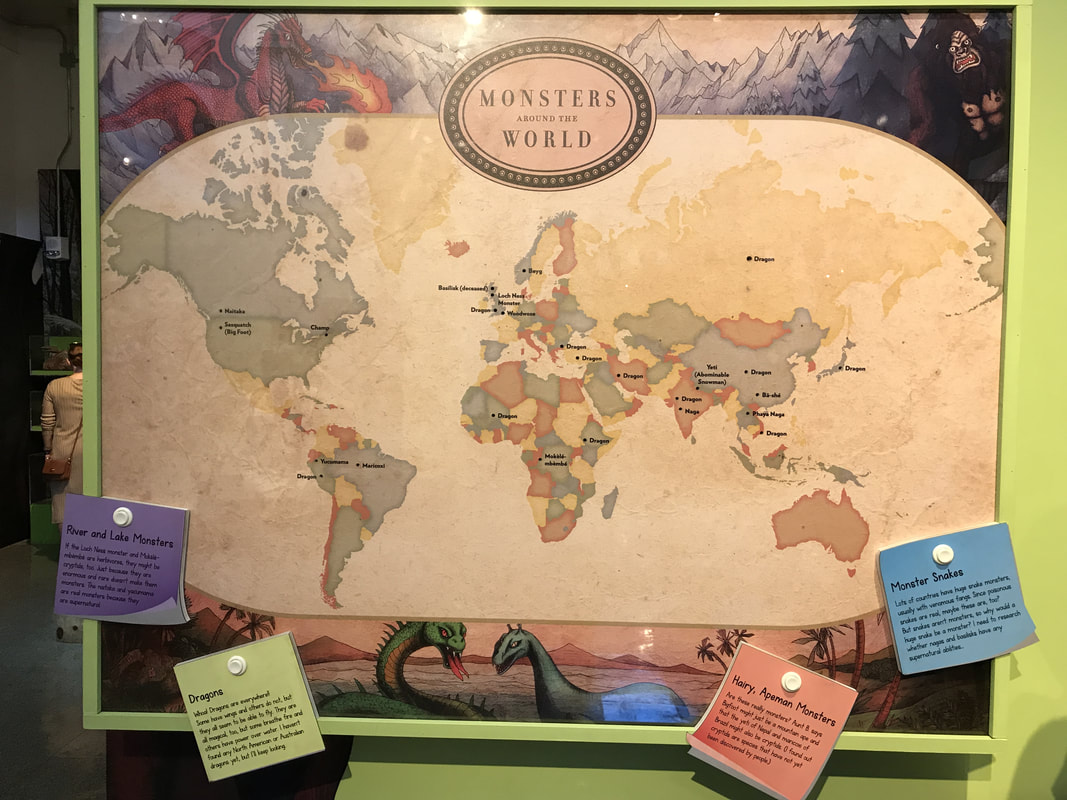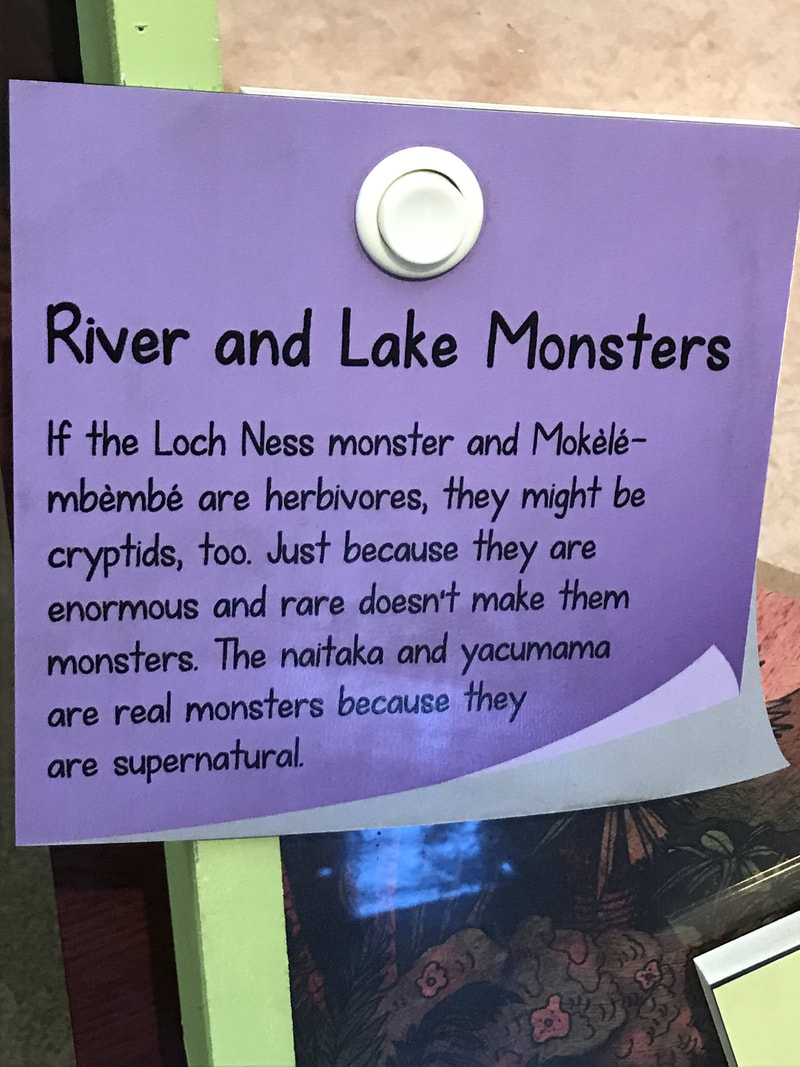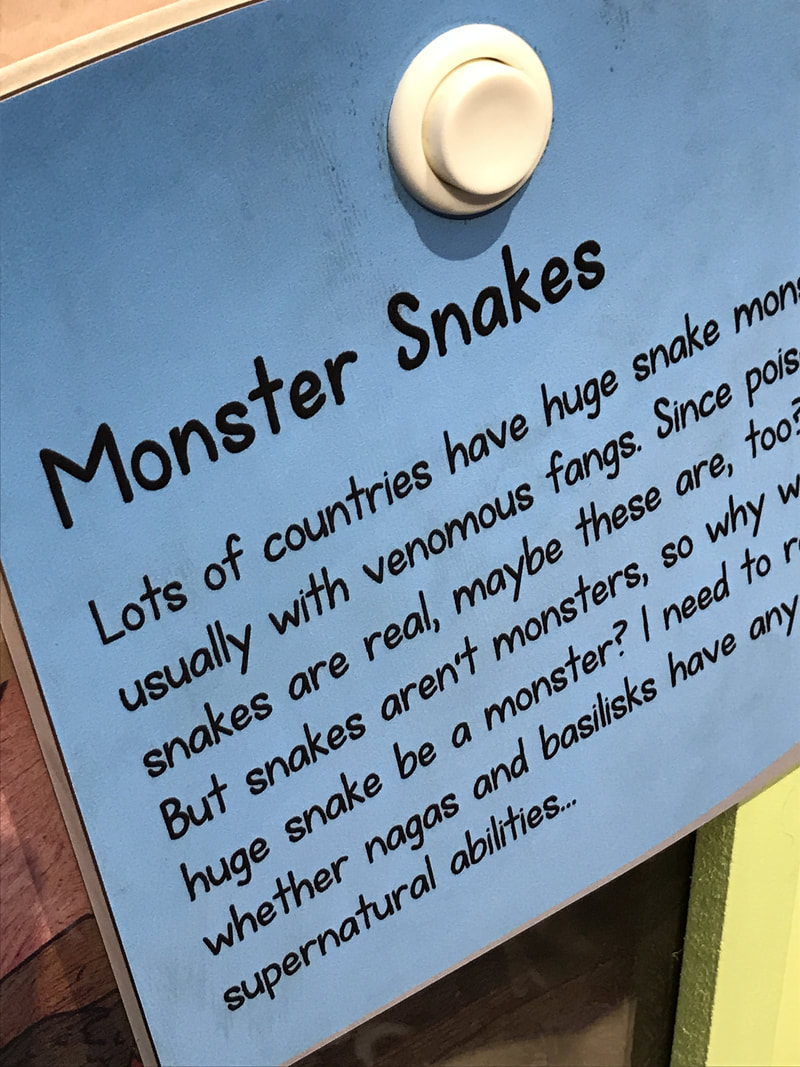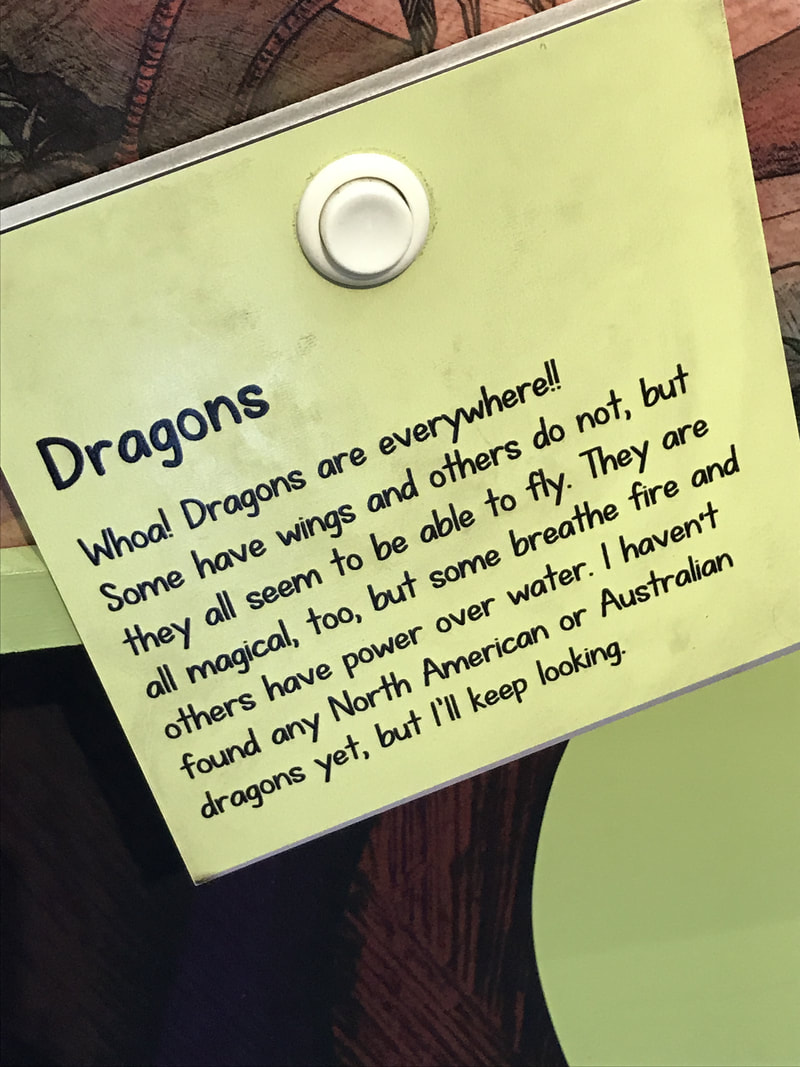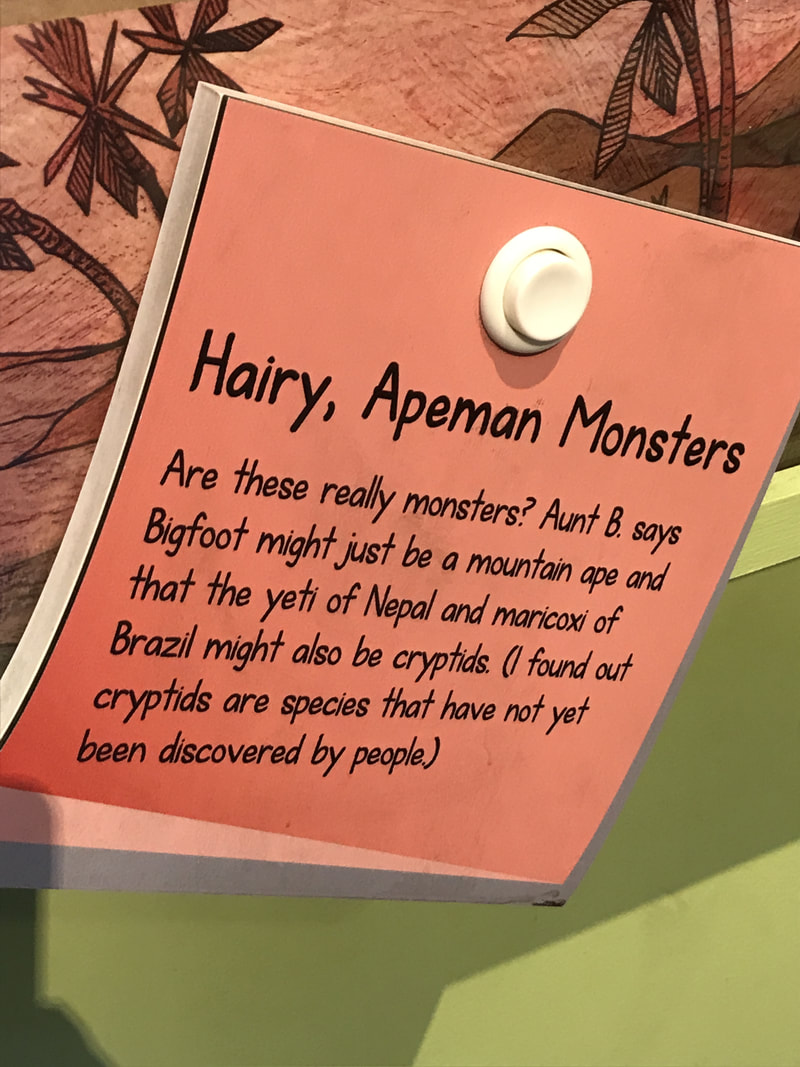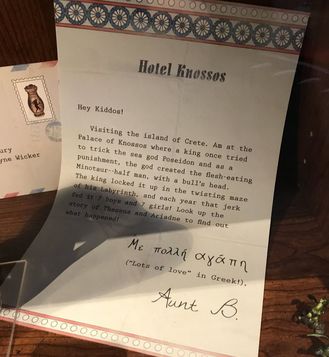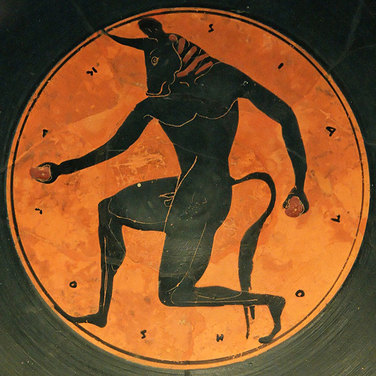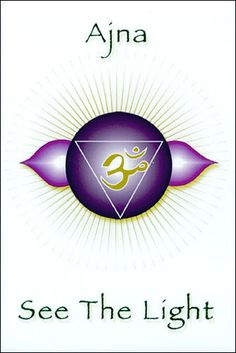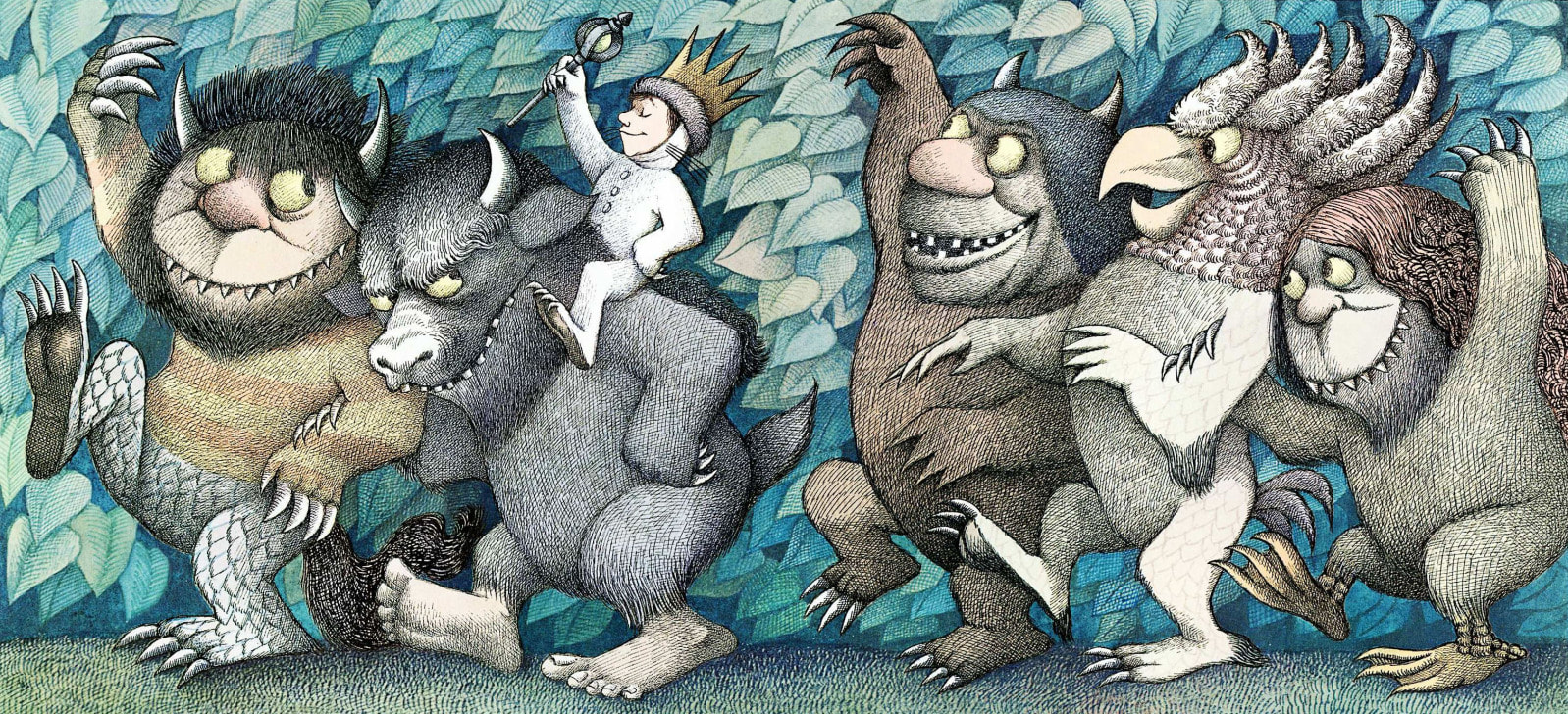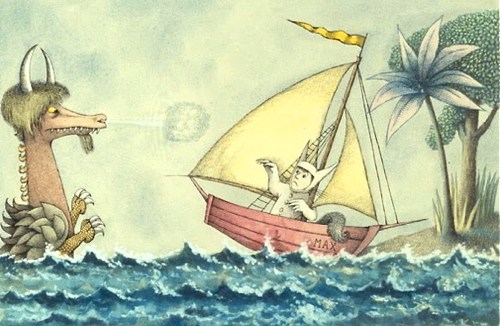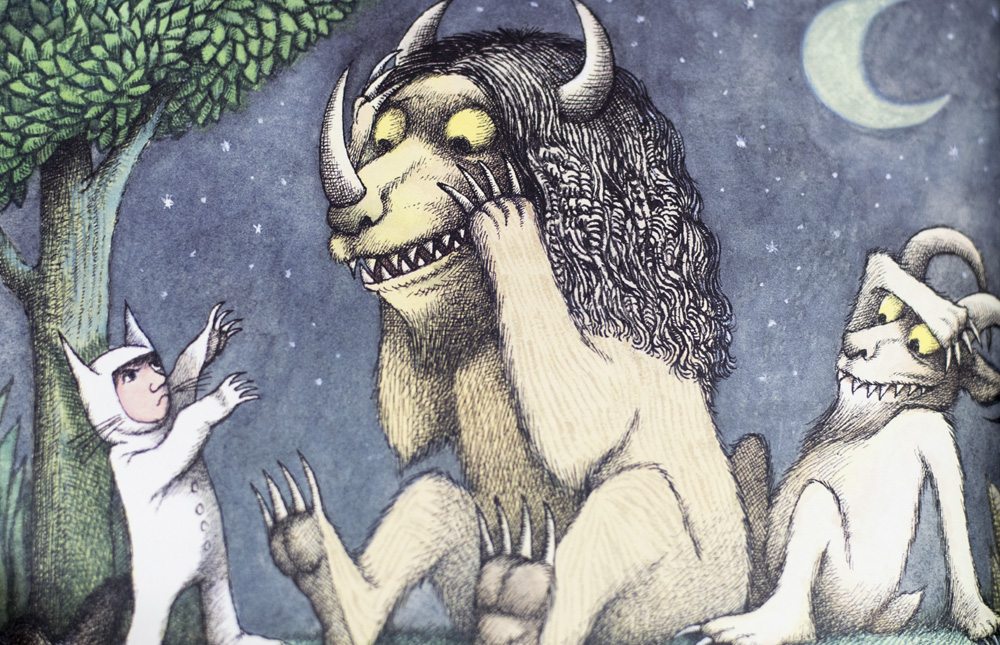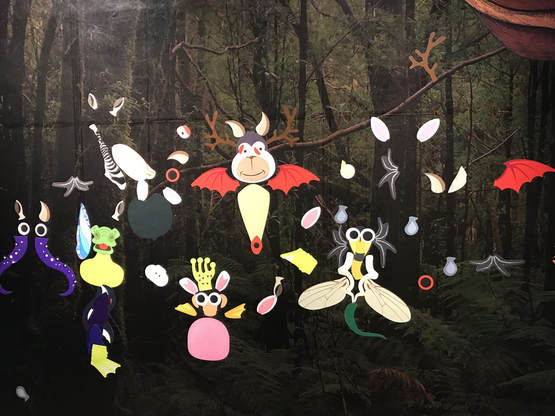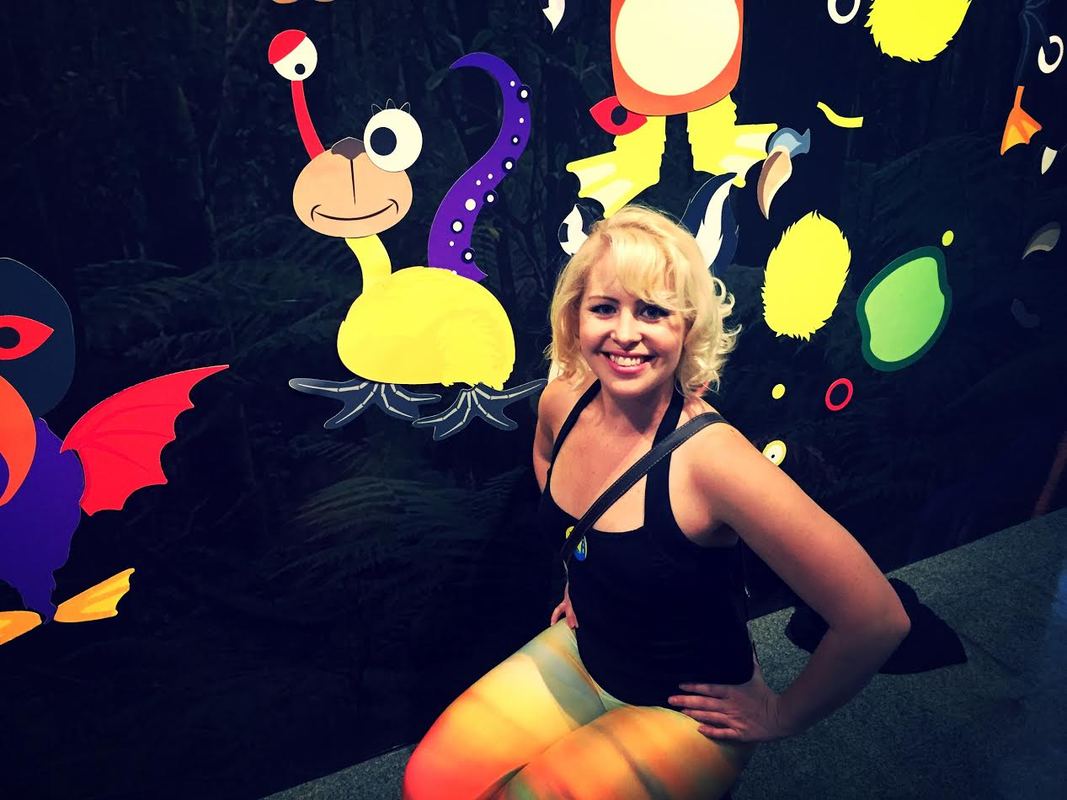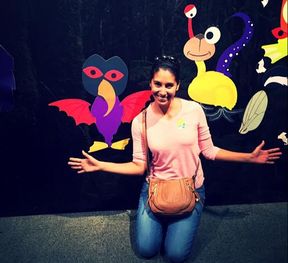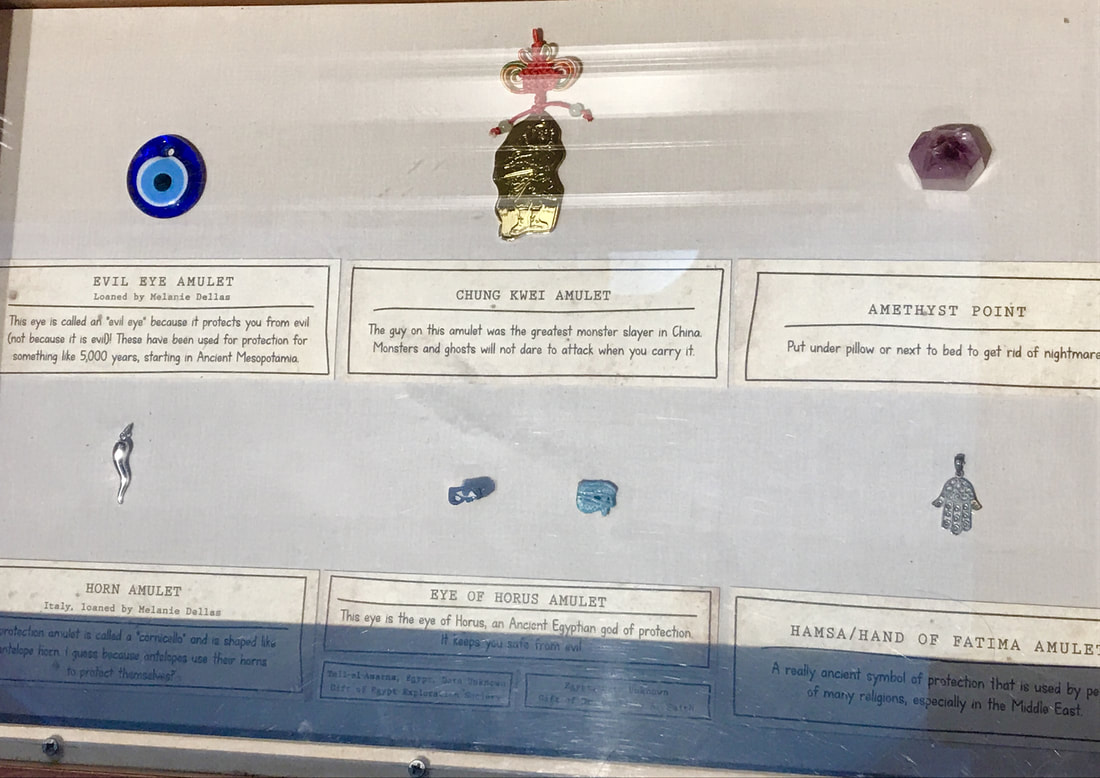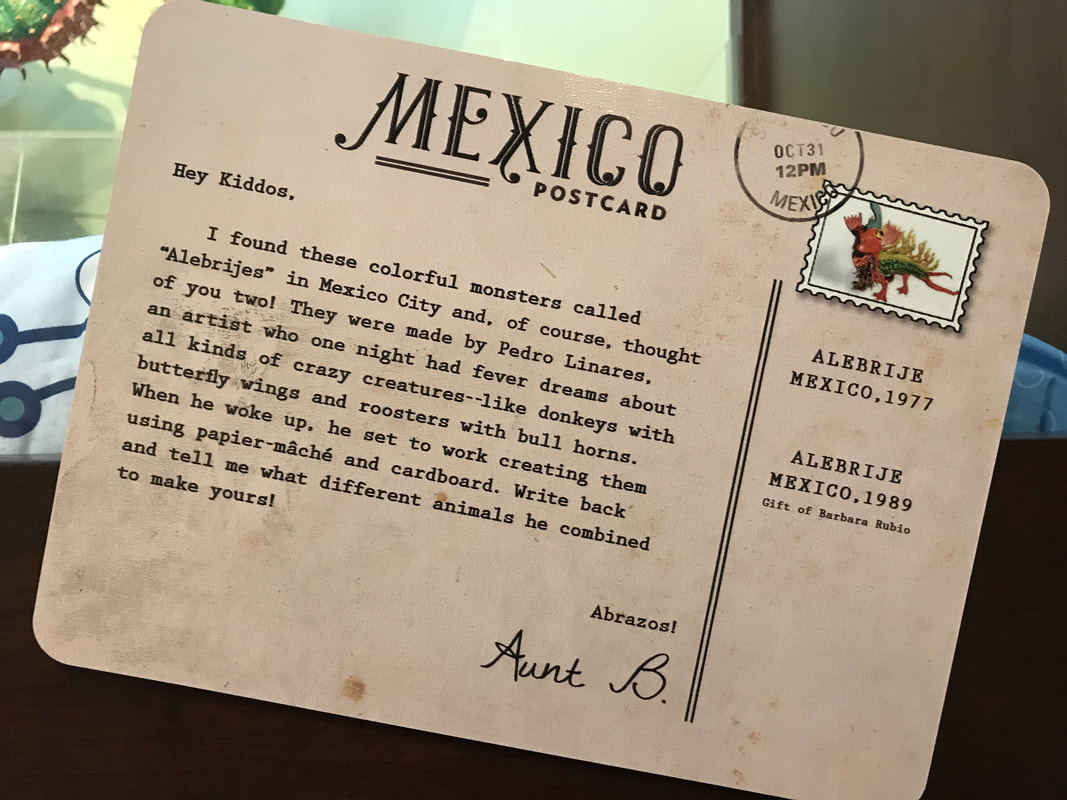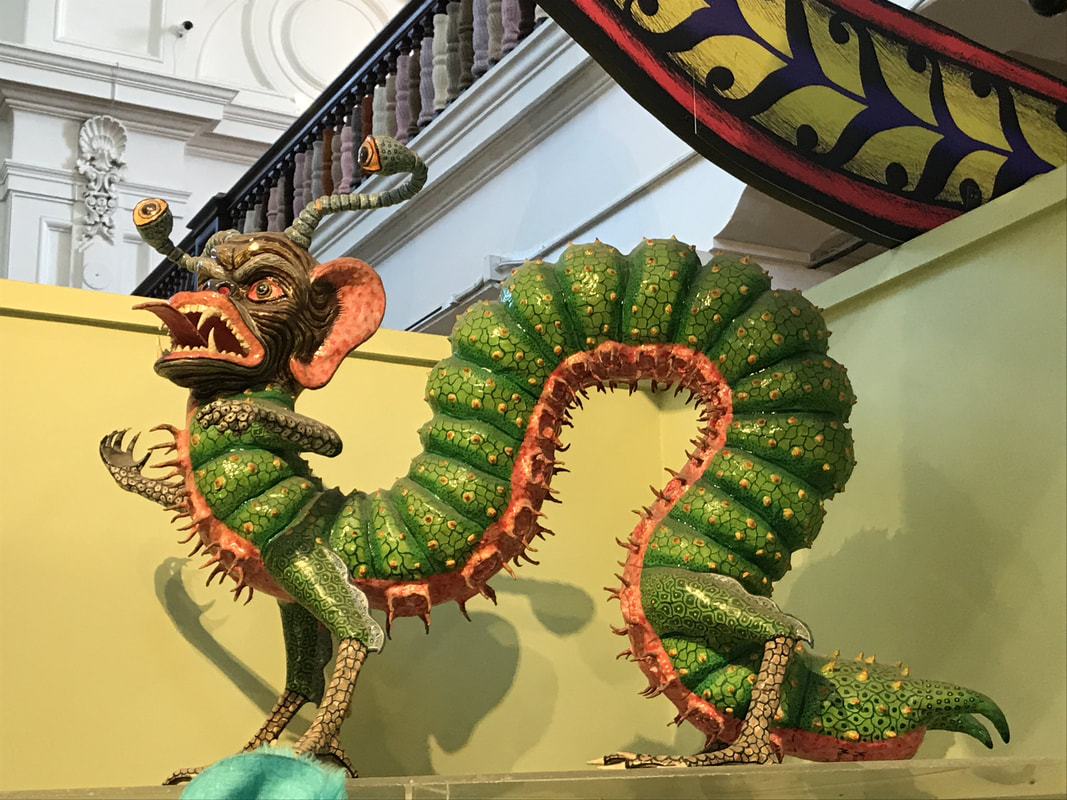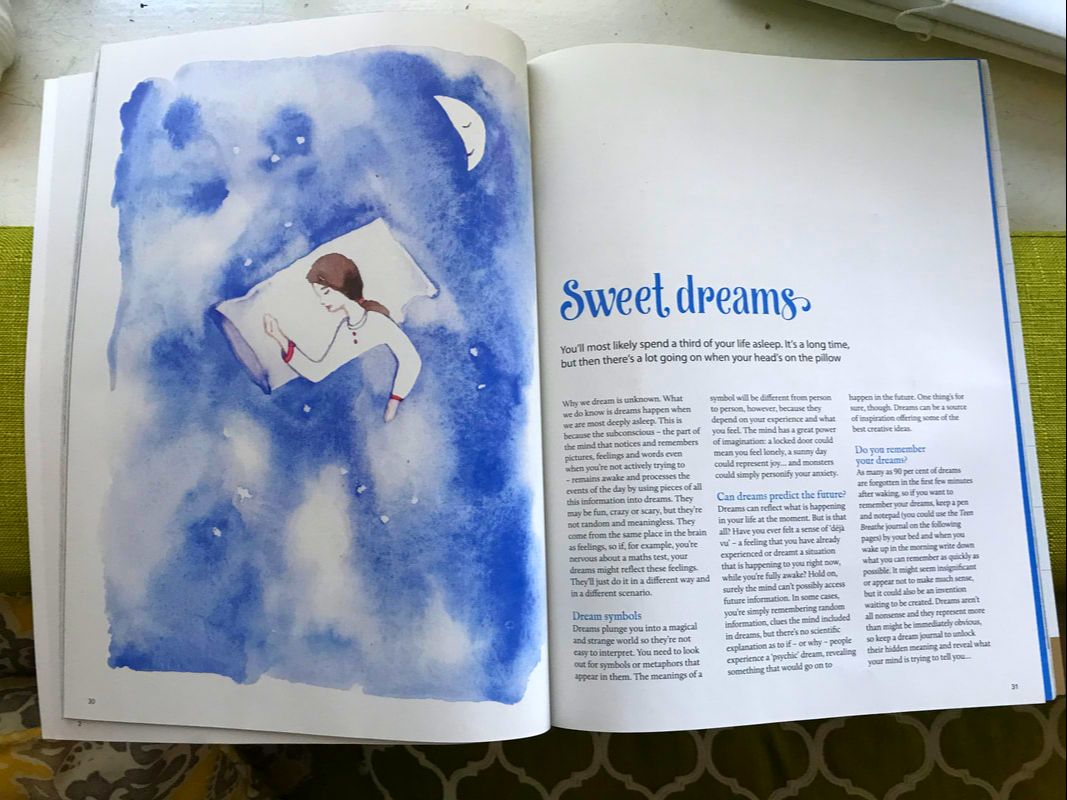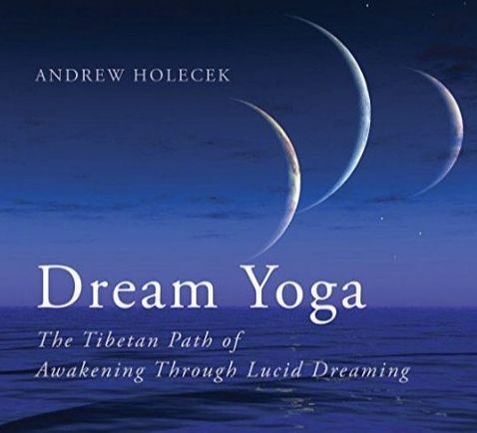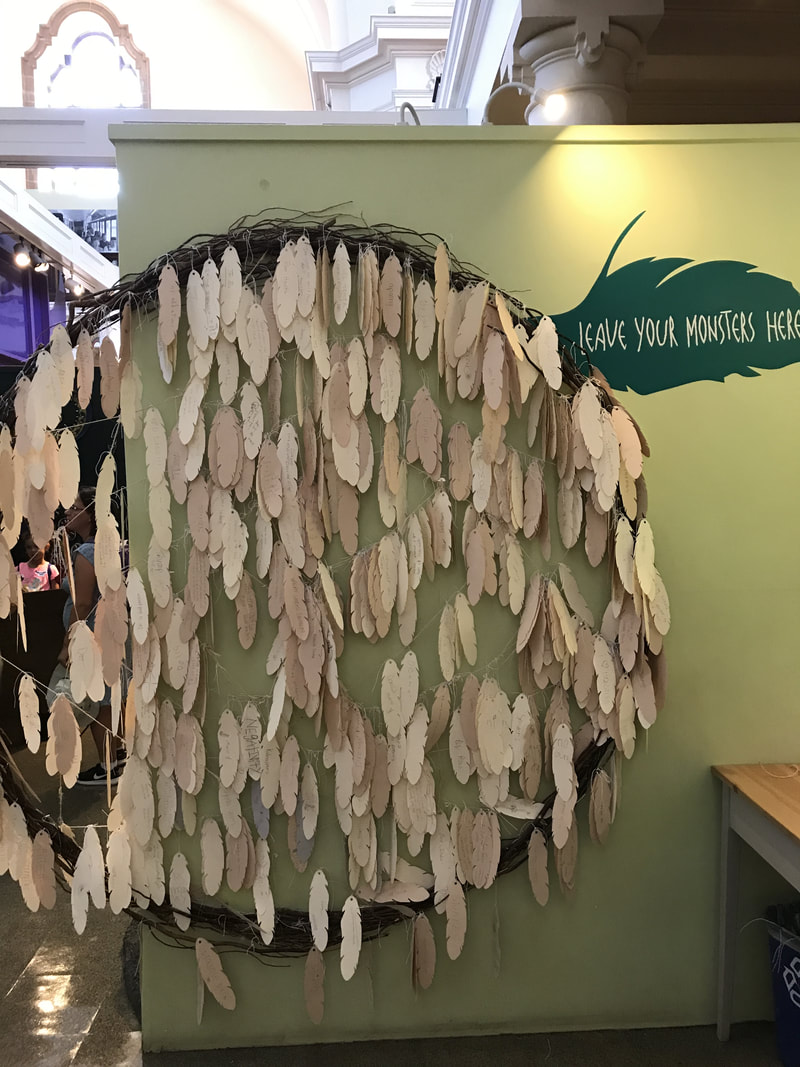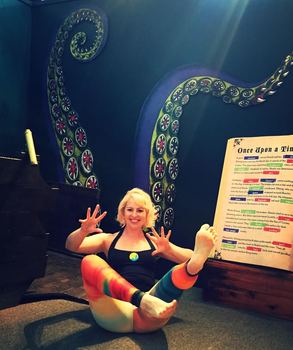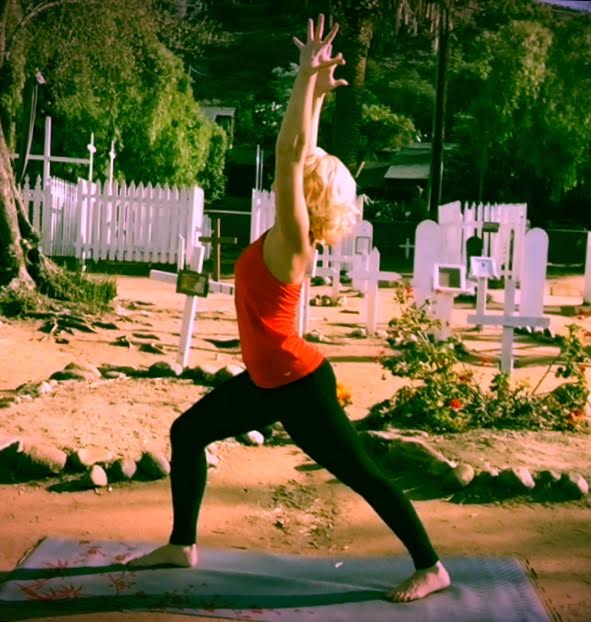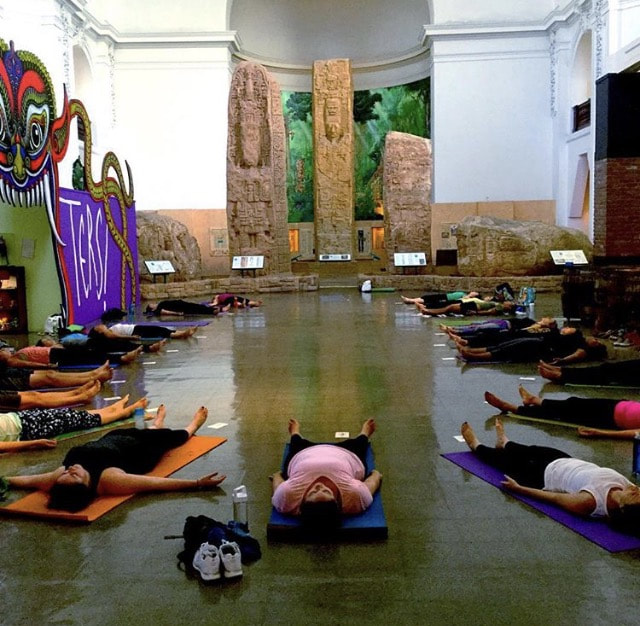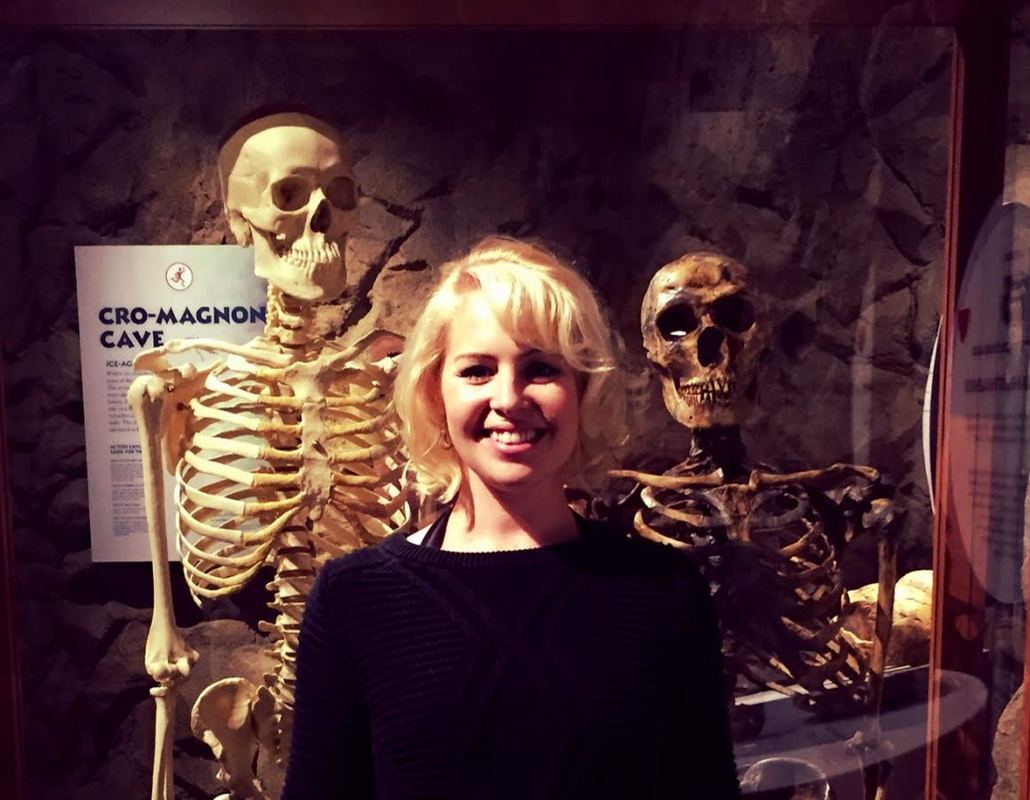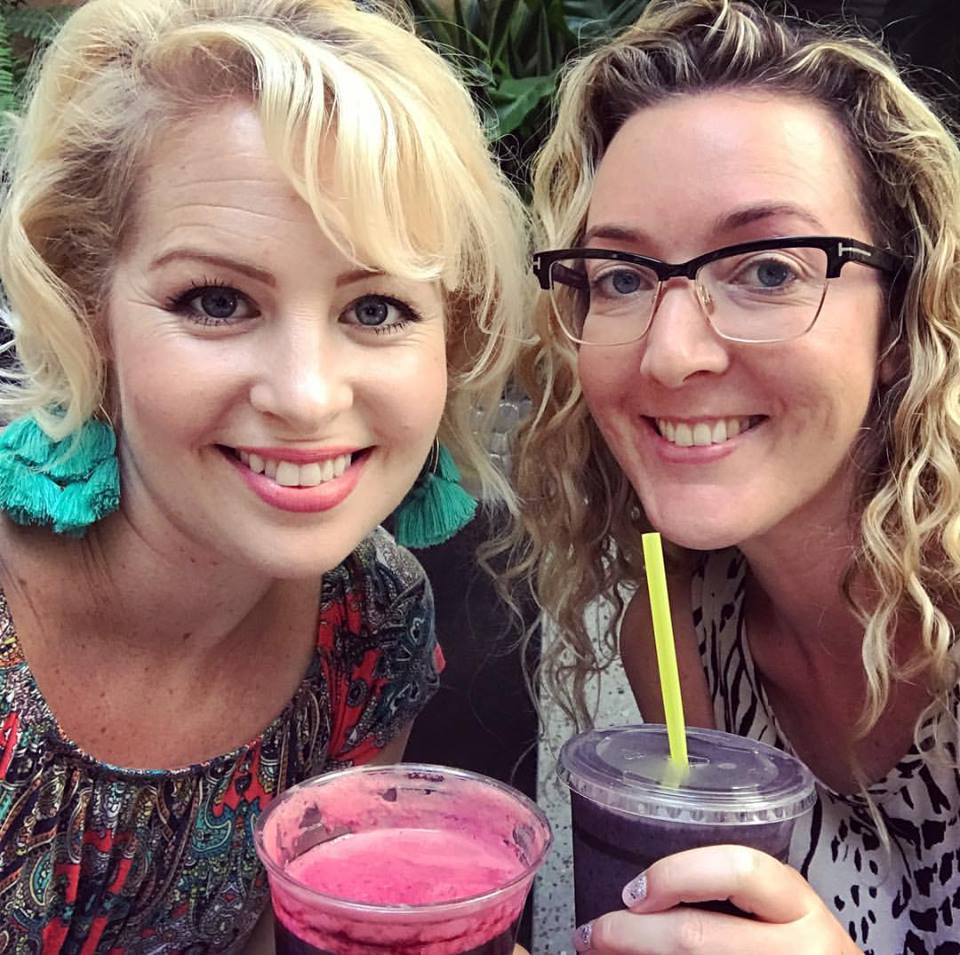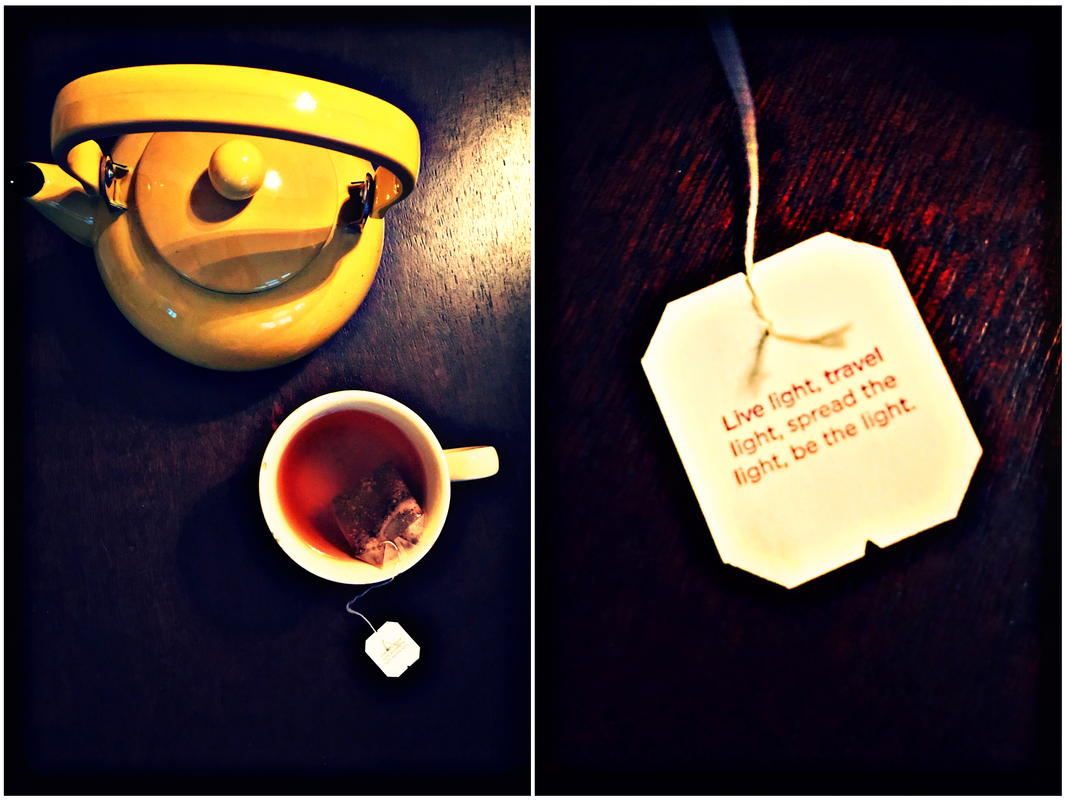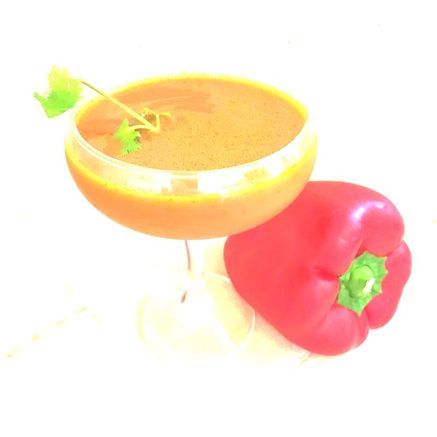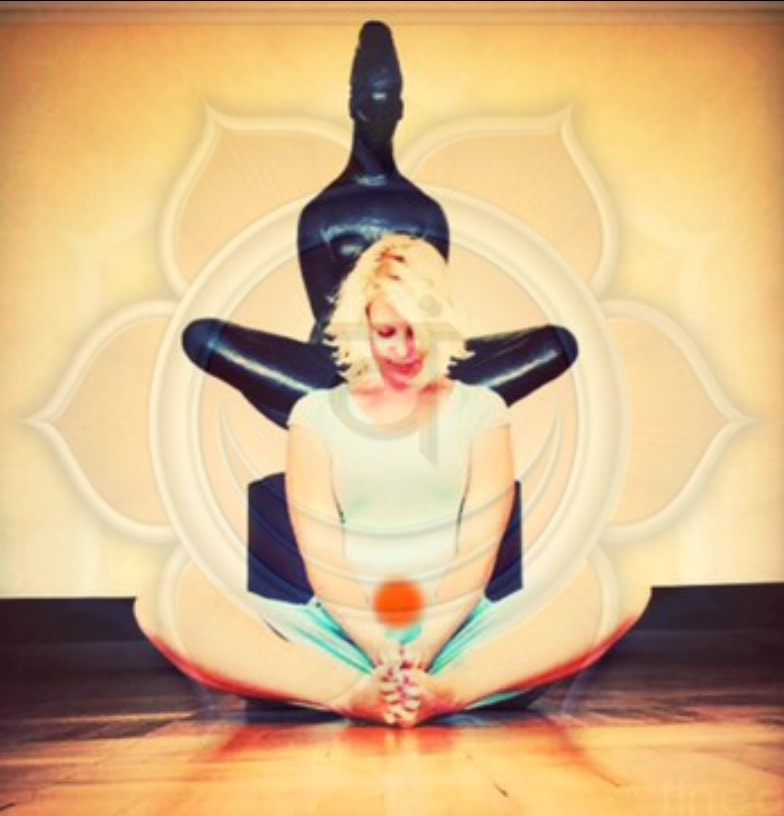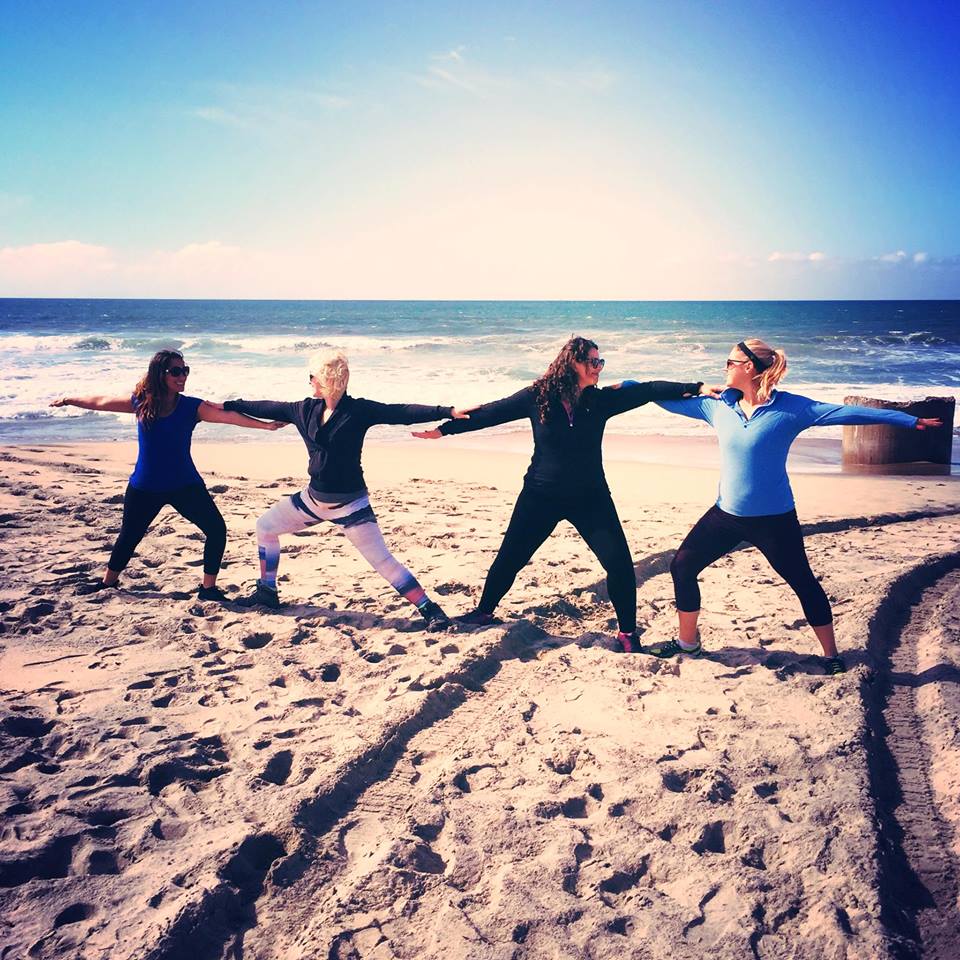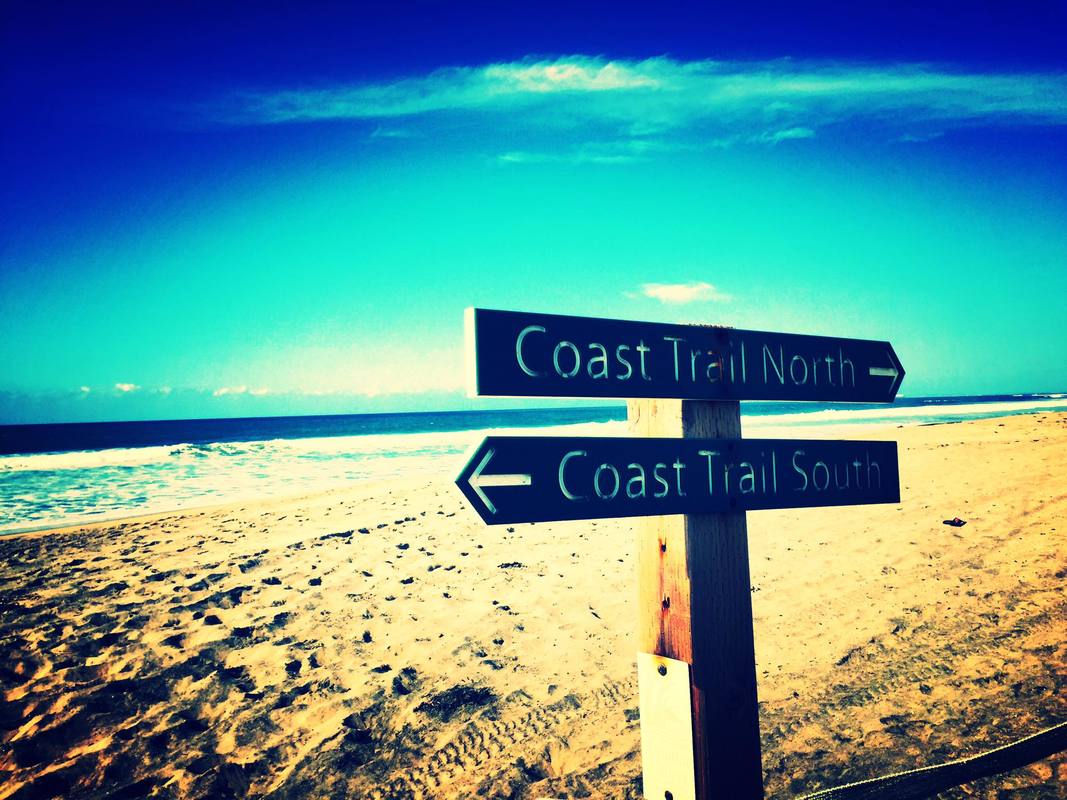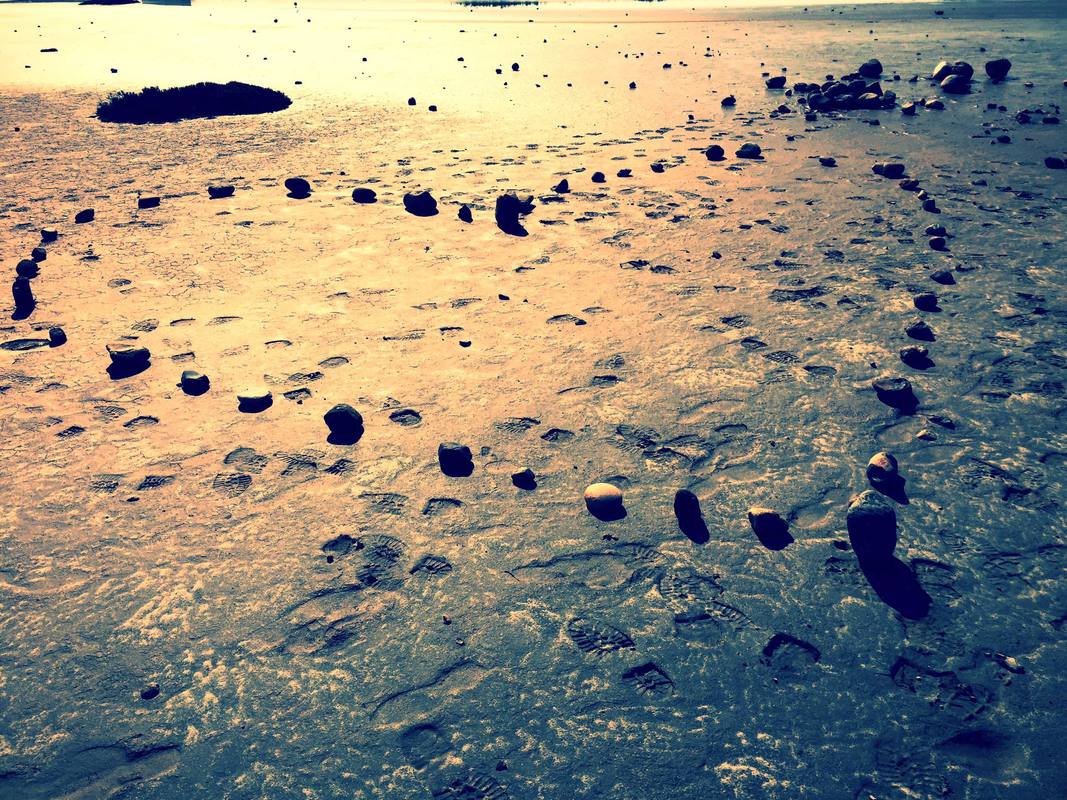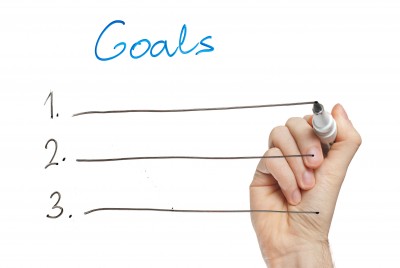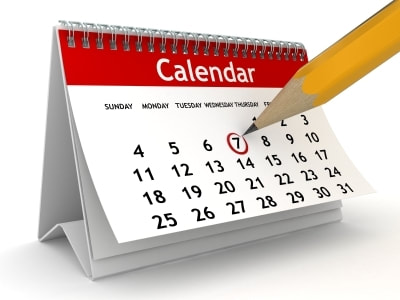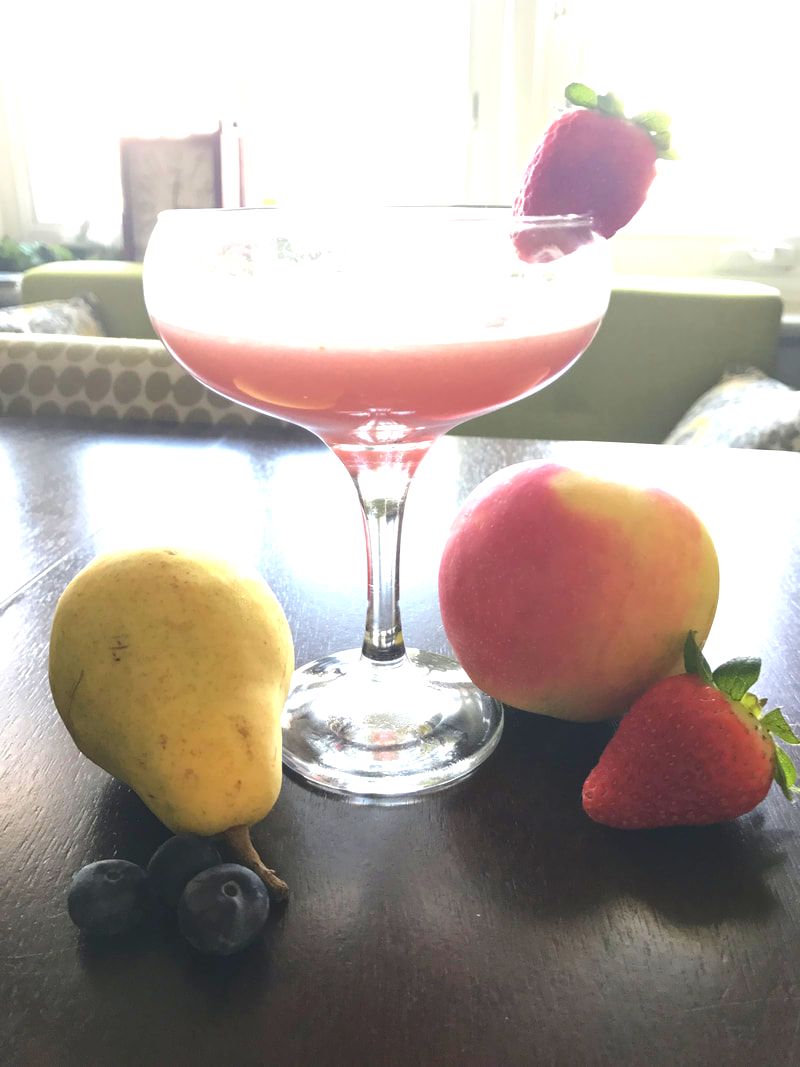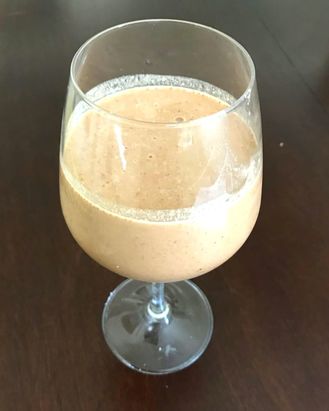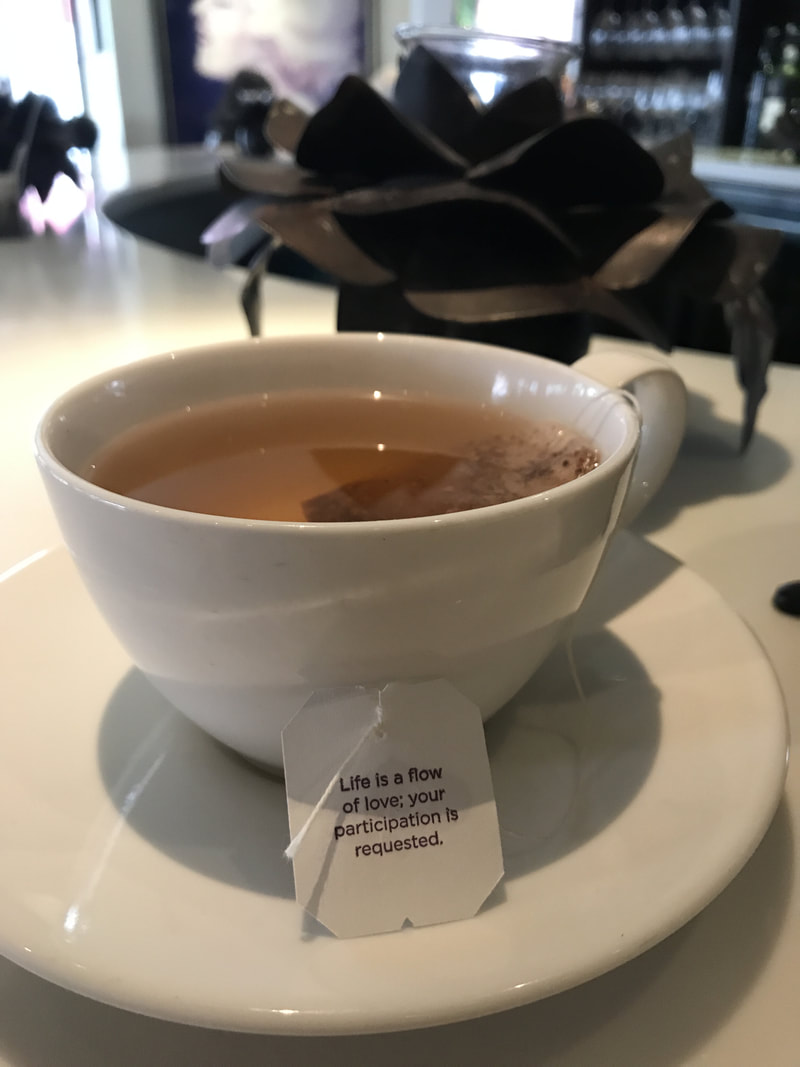Connecting with external elements, like stones, helps us to internalize positive energies and eliminate negative ones.
When we arrived at 1:44am on April 6th by ferry onto the island of Amorgos, Greece, we were greeted warmly with hugs by Mat Turner, the concierge and one of the founding organizers within the Elysia Yoga Convention team. Yogis and spiritual seekers from around the world were gathered here for the first international yoga convention in all of Greece.
After a short bus ride up to the 5-star Aegialis Hotel and Spa, we were welcomed further by the CEO, Irene Giannakopoulos, with tastes of the local wine and pastries. Excitement was in the air. Mat explained to us that we were in a very special place. This island has been famous for its positive energy since antiquity.
I was now on the sixth week of my adventure around the world, I had been sharing rooms in hostels, ashrams, and tea houses through five countries, and I still had another 2 weeks of traveling ahead of me. I met so many amazing people, places, and ideas. My mind was spinning with inspiration, but I officially missed home and the comfort of quiet relaxation. I needed some time to regain composure and develop more stability. I quickly realized that Aegialis Hotel and Spa is the perfect setting for grounding and feeling at home.
After a short bus ride up to the 5-star Aegialis Hotel and Spa, we were welcomed further by the CEO, Irene Giannakopoulos, with tastes of the local wine and pastries. Excitement was in the air. Mat explained to us that we were in a very special place. This island has been famous for its positive energy since antiquity.
I was now on the sixth week of my adventure around the world, I had been sharing rooms in hostels, ashrams, and tea houses through five countries, and I still had another 2 weeks of traveling ahead of me. I met so many amazing people, places, and ideas. My mind was spinning with inspiration, but I officially missed home and the comfort of quiet relaxation. I needed some time to regain composure and develop more stability. I quickly realized that Aegialis Hotel and Spa is the perfect setting for grounding and feeling at home.
Upon entering our room, Kelly Trifilo and I noticed an angular rock sitting on our beds. What’s this? This orangish-brown crystal fit comfortably in the palm of my hand. I’ve heard about crystals having special powers or energies, but since I hadn’t experienced or tuned into an experience with them before, I wasn’t sure what to do with it. A small rectangular piece of paper rested underneath the stone explaining its importance and ability to protect and ground one physically and spiritually. These Smoky Quartz crystals were hand collected by the Elysia team from the steep mountains of Amorgos island!
After a brief four hours of excited sleep, I jumped out of bed and pulled the curtains back. Indeed, a room with a view! I stood breathlessly captivated for minutes, trying to soak up this incredible beauty. The beach below had the most incredible visibility, beyond the clarity depths of any bay that I had seen before.
According to the book, Healing with Form, Energy, and Light: The Five Elements, “Many of us live out of touch with the power of the natural world, knowing it as something fenced in parks and tamed in gardens…but, if we relate to the natural world as alive, full of spirits and elemental beings, the natural world speaks to us.”
Outside of Amorgos, our modern world is an obstruction on the spiritual path and when we become consumed in it, it’s easy to lose the sense of the sacred. When we see and accept pure natural beauty, our life-force is enhanced as our whole body responds for healing and regeneration.
According to the book, Healing with Form, Energy, and Light: The Five Elements, “Many of us live out of touch with the power of the natural world, knowing it as something fenced in parks and tamed in gardens…but, if we relate to the natural world as alive, full of spirits and elemental beings, the natural world speaks to us.”
Outside of Amorgos, our modern world is an obstruction on the spiritual path and when we become consumed in it, it’s easy to lose the sense of the sacred. When we see and accept pure natural beauty, our life-force is enhanced as our whole body responds for healing and regeneration.
Untouched by modern technology until about 35 years ago, Amorgos meets the description as an ideal location for natural connection and balance. This physical environment includes a land where the earth is fertile and healthy, the water plentiful and pure, the air clean and fresh, and the temperature moderate. The elements are ideally balanced. In a place like Amorgos, we can live happily in nature with little material wealth and few friends, yet remain stable, centered, and flexible.
Because of the sparse ferry schedule, many tourists are deterred from the 8-hours ride into the night to visit this island. But when we consciously decide to arrive here, our concern for the world environment is also stimulated. We realize how the natural world should look and how we have abused our resources.
The smoky quartz is also known for inspiring ecological solutions as this mineral honors connection with Mother Earth. Correspondingly, each year, the hotel hosts the International Convention on Sustainable Tourism and Culture YPERIA.
Further, these crystals are believed to offer protection and retreat. Aegialis Hotel and Spa was built on and around these smoky quartz. These walls offered a protection and retreat from the winds and storms of the seas as well as the fiery heat of midday sun. The bed was the most comfortable that I have ever experienced. The white comforter matched the white walls, white villages, white sheep and white clouds!
Because of the sparse ferry schedule, many tourists are deterred from the 8-hours ride into the night to visit this island. But when we consciously decide to arrive here, our concern for the world environment is also stimulated. We realize how the natural world should look and how we have abused our resources.
The smoky quartz is also known for inspiring ecological solutions as this mineral honors connection with Mother Earth. Correspondingly, each year, the hotel hosts the International Convention on Sustainable Tourism and Culture YPERIA.
Further, these crystals are believed to offer protection and retreat. Aegialis Hotel and Spa was built on and around these smoky quartz. These walls offered a protection and retreat from the winds and storms of the seas as well as the fiery heat of midday sun. The bed was the most comfortable that I have ever experienced. The white comforter matched the white walls, white villages, white sheep and white clouds!
White is the color (or combined colors) of our crown chakra. The crown chakra is our source of connectivity with our divine and the divine in all things. White light shines through the smoky quartz just as white light illuminates through our crown chakra and all the way down our spinal energy system to the root chakra of grounding and earth. Therefore, the quartz allows us to attune to the light instead of being consumed by delusion of darkness.
During the opening speeches of the Elysia Yoga Convention, Mette Kolding, an actress and life coach from Mount Shasta and Denmark, shared with us the power of yoga in public speaking. She explained that we can transform fear of public humiliation with excitement to share what we know with others. We can take deep yogic breaths to transform any negative nervous fear energy into a calm and open space of compassion and positive energy.
Fear is a survival instinct related to our root chakra and earth element. We naturally want to stay alive and comfortable through earthly substances like food and shelter. Directing our fear into action is what helps us to materialize these substances. In the modern world, we work to make money to buy these basics. Therefore, if we feel nervous about something going wrong with our work, such as a public speaking engagement, our internal earthly element feels imbalanced.
Fear is a survival instinct related to our root chakra and earth element. We naturally want to stay alive and comfortable through earthly substances like food and shelter. Directing our fear into action is what helps us to materialize these substances. In the modern world, we work to make money to buy these basics. Therefore, if we feel nervous about something going wrong with our work, such as a public speaking engagement, our internal earthly element feels imbalanced.
Mette’s message was precisely the reminder that I needed to hear. A few months ago, I was contacted online and invited to teach a yoga class here at this first Elysia Yoga Convention. This would be my first-time teaching at an international event and I was quite nervous. I got to work immediately preparing a special message about greek art and philosophy as it relates to yoga philosophy and poses. I spent most of my time in Athens visiting these sculptures and trying to cram more facts into my mind.
Further, Mette preached through the wise words of one of my favorite authors, Elizabeth Gilbert, “Perfectionism is like fear.” Before we speak publicly, there is comfort is preparing our outline and notes, but when we don’t leave room for sleep or balance, our true light has trouble shining through. Instead, we can find a place of “enough” to share and find an innocence that we don’t have to invent or know everything. When fear creeps up through nervousness, we can prepare ourselves with ahimsa or kindness, one of the yamas in yoga philosophy (Pantajali’s 8 Limbed Path of Enlightenment), by acknowledging, accepting, then acting through deep breathing (pranayama).
Later that day, in the comfort and retreat of my room at the Aegialis Hotel, I acknowledged that I was afraid of forgetting some facts or not knowing enough. With the smoky quartz sitting in front of me, I picked up my ipad and researched its meaning. I learned that it is associated with our root chakra and earth element in reaching personal and business goals.
Bringing our focus to the qualities and symbolism involved in our earth energy assists in manifesting dreams and ideas into reality by promoting rational, pragmatic thought processes and improving organization. I realized that I had already done enough thought preparation and organization for my upcoming class. I also accepted that I do not know everything and I decided to stop spending all moments of my free time trying to cram extra information into my brain. I accepted that teaching at this festival was a wonderful and exciting opportunity to share the beauty of connection. I was well prepared and now I needed to leave room to enjoy this present moment in Amorgos. I took a few more deep breaths to let these positive mantras seep in.
As I held the crystal in my hand, I released the negative perfectionist fear energy down into the earth. I cultivated the positive dream of reception and connectivity. When we catch ourselves in the middle of anxious fantasies, we can generate compassionate ones. We can cultivate the positive qualities of the pure elements, such as stability and joy.
Later that day, in the comfort and retreat of my room at the Aegialis Hotel, I acknowledged that I was afraid of forgetting some facts or not knowing enough. With the smoky quartz sitting in front of me, I picked up my ipad and researched its meaning. I learned that it is associated with our root chakra and earth element in reaching personal and business goals.
Bringing our focus to the qualities and symbolism involved in our earth energy assists in manifesting dreams and ideas into reality by promoting rational, pragmatic thought processes and improving organization. I realized that I had already done enough thought preparation and organization for my upcoming class. I also accepted that I do not know everything and I decided to stop spending all moments of my free time trying to cram extra information into my brain. I accepted that teaching at this festival was a wonderful and exciting opportunity to share the beauty of connection. I was well prepared and now I needed to leave room to enjoy this present moment in Amorgos. I took a few more deep breaths to let these positive mantras seep in.
As I held the crystal in my hand, I released the negative perfectionist fear energy down into the earth. I cultivated the positive dream of reception and connectivity. When we catch ourselves in the middle of anxious fantasies, we can generate compassionate ones. We can cultivate the positive qualities of the pure elements, such as stability and joy.
“The more balanced our internal elements, the greater our health, and the less balanced, the worse our health. This is true on every level: physical, emotional, psychological, energetic, and spiritual” Healing with Form, Energy, and Light: The Five Elements.
The next morning, I felt confident teaching with my inner joy and light shining through, just as the light shines through the murky orange of the Smoky Quartz. In the Namaste Shala, we soaked in the beauty of this mostly untouched natural landscape. Feeling at home in the yoga community, we took a grounded bow in namaste after imitating the ancient greek dancers sculpture.
After breakfast, we headed out for a hike through fields of wild flowers and encounters with wild creatures. When we are connected with our earth element, we feel a personal pride in walking the earth in human form.
On the last day of the convention, I scheduled a pedicure. I received the comfort and quiet relaxation that I needed. After backpacking for weeks, my feet, an extension of my root chakra energy, were in desperate need of some exfoliation and care. The spa was indeed an extension of home and shelter, helping me to reconnect to the earth element in my body.
On the last day of the convention, I scheduled a pedicure. I received the comfort and quiet relaxation that I needed. After backpacking for weeks, my feet, an extension of my root chakra energy, were in desperate need of some exfoliation and care. The spa was indeed an extension of home and shelter, helping me to reconnect to the earth element in my body.
The Smoky Quartz is believed to encourage growth, prompt new beginnings, enhance vitality, increase nourishment and inspire abundance. I grew in many ways throughout this spiritual journey and week-long festival. As I’m presented with new opportunities in the form of events, classes, and travel, I will also be sharing more about what I learned on this journey in upcoming blog posts. I felt completely nourished and comforted with the abundant and delicious food offered at Aegialis Hotel and Spa. I’m so grateful for the experience to learn, share, appreciate, and connect with nature, the spiritual, and other human beings.
Thank you Elysia, Aegialis, Amorgos, and all the wonderful people that I encountered on this journey and all of you that are reading this now.
Thank you Elysia, Aegialis, Amorgos, and all the wonderful people that I encountered on this journey and all of you that are reading this now.
